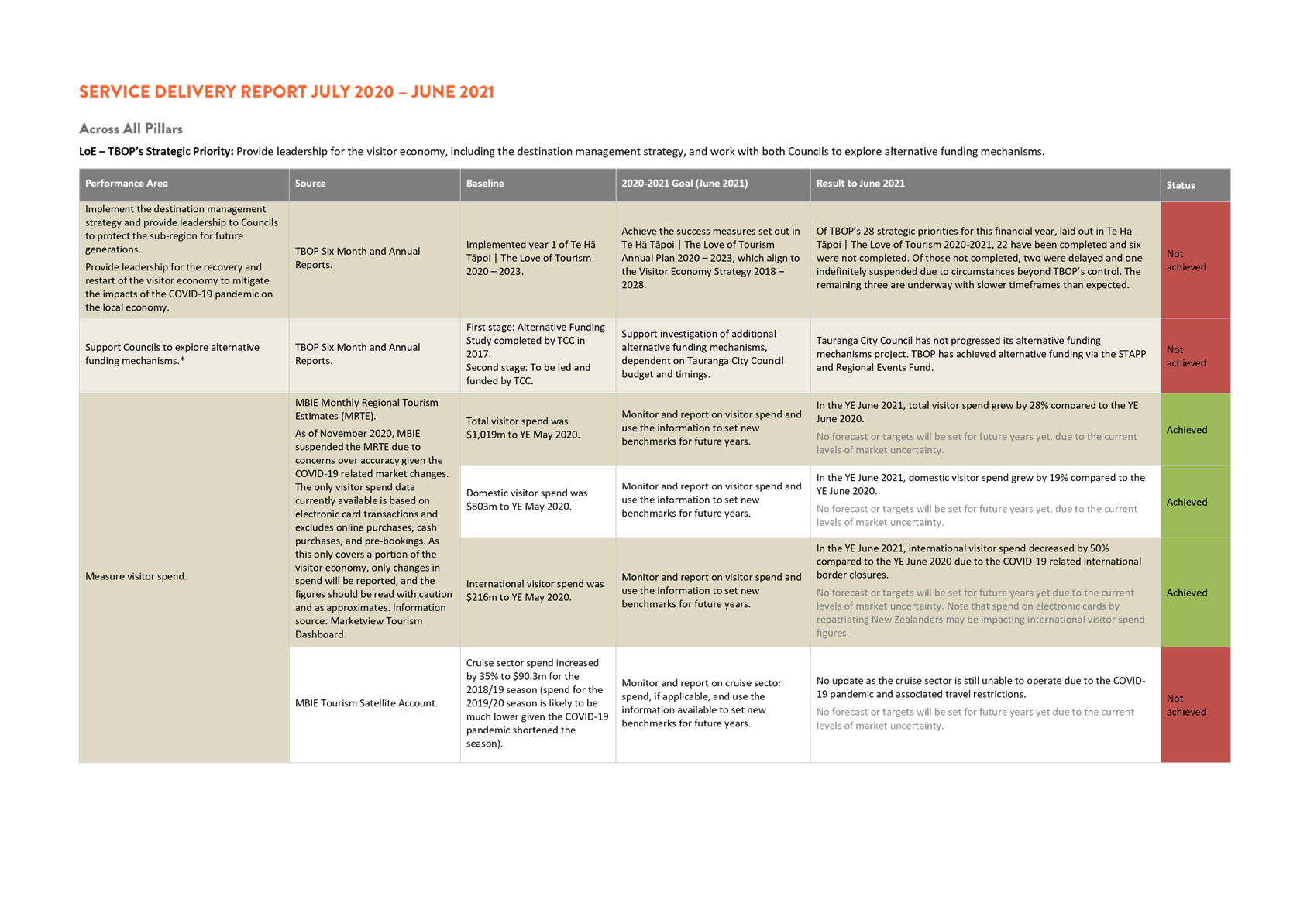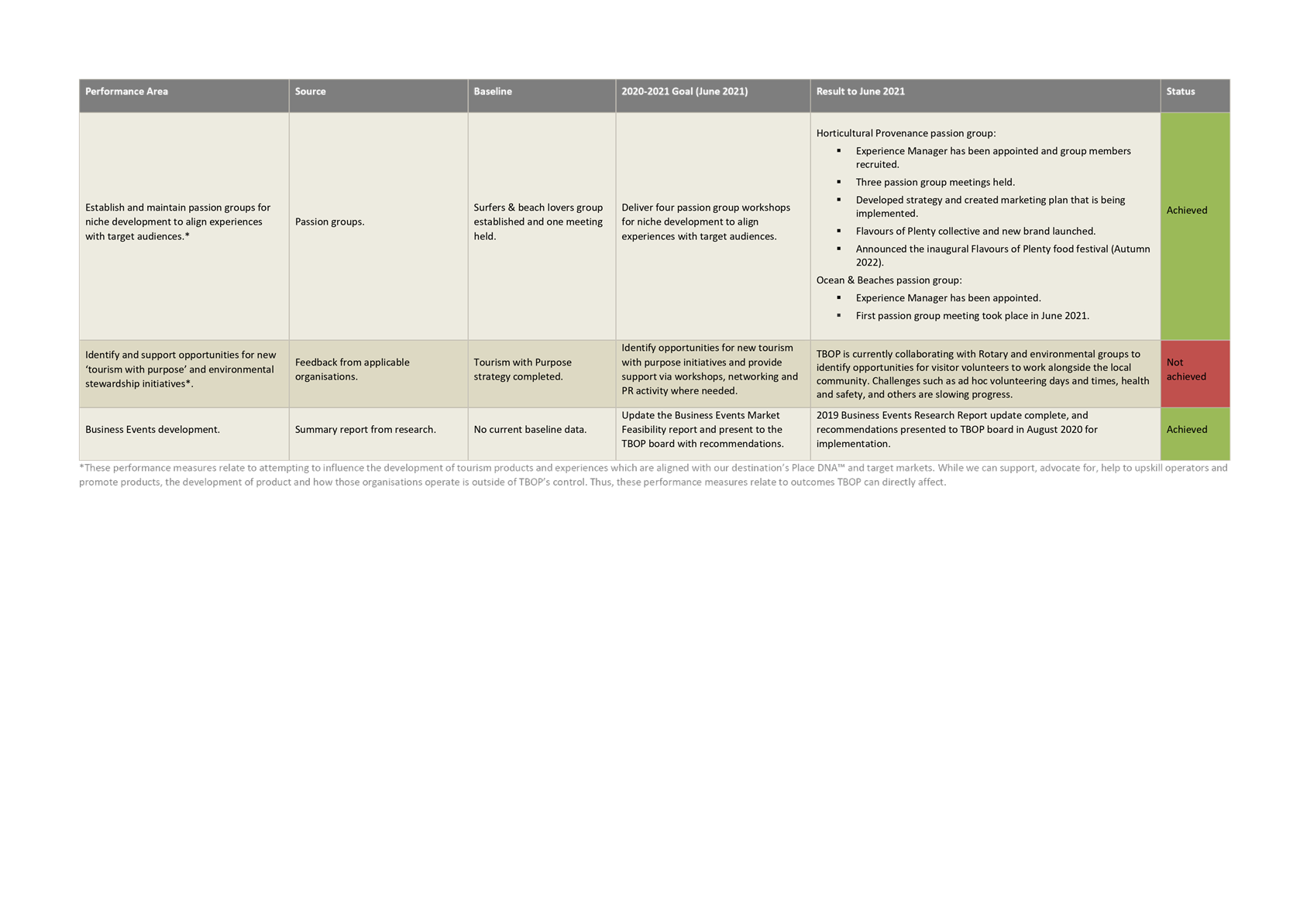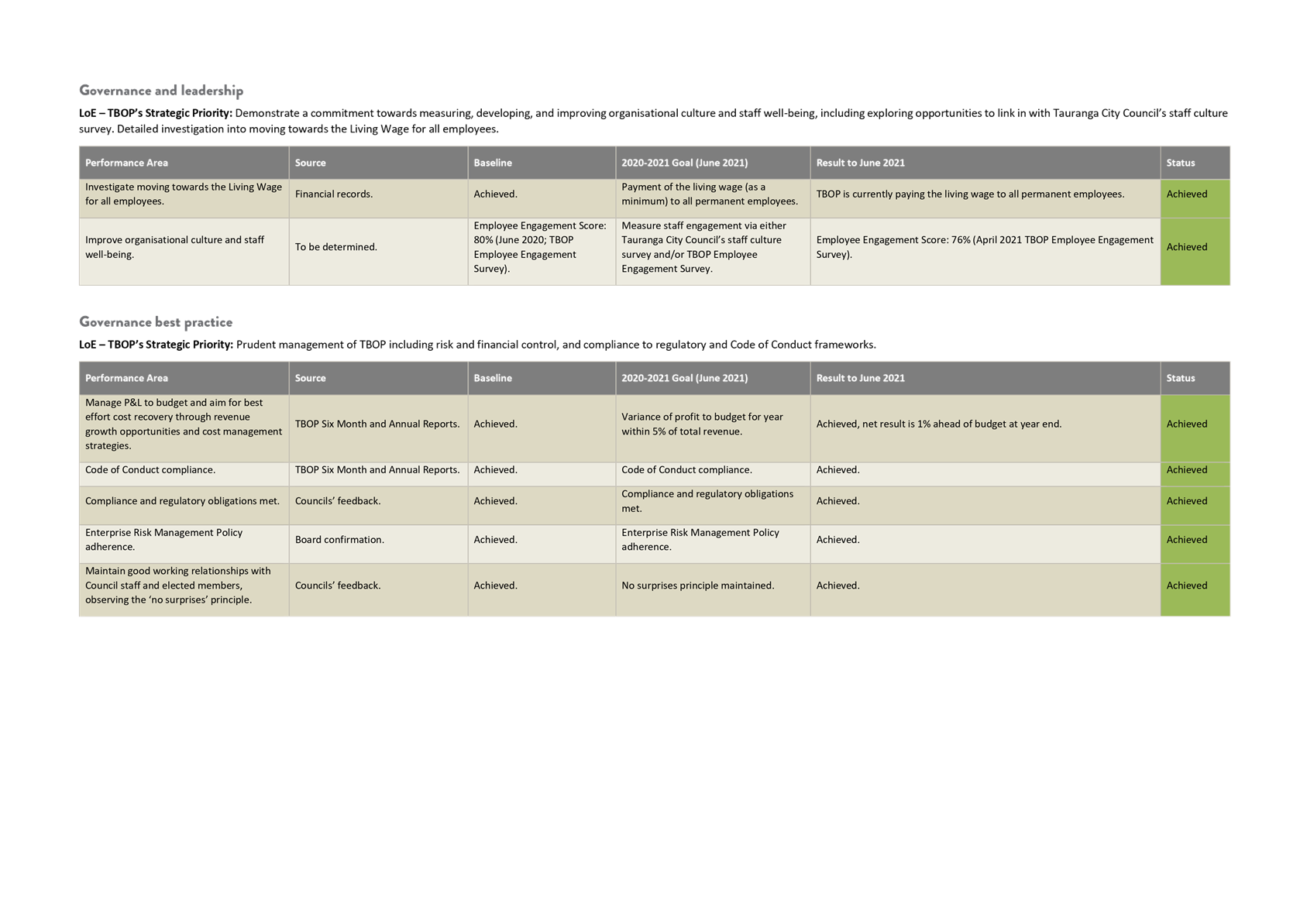|

|
|
AGENDA
Ordinary Council meeting
Monday, 4 October 2021
|
|
I hereby give notice that an Ordinary Meeting of
Council will be held on:
|
|
Date:
|
Monday, 4 October 2021
|
|
Time:
|
10.30am
|
|
Location:
|
Tauranga City Council
Council Chambers
91 Willow Street
Tauranga
|
|
Please
note that this meeting will be livestreamed and the recording will be
publicly available on Tauranga City Council's website: www.tauranga.govt.nz.
|
|
Marty Grenfell
Chief Executive
|
Membership
|
Chairperson
|
Commission Chair Anne Tolley
|
|
Members
|
|
|
Quorum
|
Half of the members physically present, where the
number of members (including vacancies) is even; and a majority
of the members physically present, where the number of members (including
vacancies) is odd.
|
|
Meeting
frequency
|
As required
|
Role
·
To ensure the effective and
efficient governance of the City
·
To enable leadership of the City
including advocacy and facilitation on behalf of the community.
Scope
·
Oversee the work of all
committees and subcommittees.
·
Exercise all non-delegable and
non-delegated functions and powers of the Council.
·
The powers Council is legally prohibited from delegating include:
o Power to make a
rate.
o Power to make a
bylaw.
o Power to borrow
money, or purchase or dispose of assets, other than in accordance with the
long-term plan.
o Power to adopt
a long-term plan, annual plan, or annual report
o Power to
appoint a chief executive.
o Power to adopt
policies required to be adopted and consulted on under the Local Government Act
2002 in association with the long-term plan or developed for the purpose of the
local governance statement.
o All final
decisions required to be made by resolution of the territorial
authority/Council pursuant to relevant legislation (for example: the approval
of the City Plan or City Plan changes as per section 34A Resource Management
Act 1991).
·
Council has chosen not to delegate the following:
o Power to
compulsorily acquire land under the Public Works Act 1981.
·
Make those decisions which are required by legislation to be made
by resolution of the local authority.
·
Authorise all expenditure not delegated to officers, Committees
or other subordinate decision-making bodies of Council.
·
Make appointments of members to the CCO Boards of
Directors/Trustees and representatives of Council to external organisations.
·
Consider any matters referred from any of the Standing or Special
Committees, Joint Committees, Chief Executive or General Managers.
Procedural matters
·
Delegation of Council powers to Council’s committees and
other subordinate decision-making bodies.
·
Adoption of Standing Orders.
·
Receipt of Joint Committee minutes.
·
Approval of Special Orders.
·
Employment of Chief Executive.
·
Other Delegations of Council’s powers, duties and
responsibilities.
Regulatory matters
Administration,
monitoring and enforcement of all regulatory matters that have not otherwise
been delegated or that are referred to Council for determination (by a
committee, subordinate decision-making body, Chief Executive or relevant
General Manager).
7 Confirmation
of Minutes
7.1 Minutes
of the Council meeting held on 13 September 2021
File
Number: A12916643
Author: Jenny
Teeuwen, Committee Advisor
Authoriser: Robyn
Garrett, Team Leader: Committee Support
|
Recommendations
That the Minutes of the Council meeting held on 13 September
2021 be confirmed as a true and correct record.
|
Attachments
1. Minutes of the Council
meeting held on 13 September 2021
|
 Ordinary
Council meeting Minutes Ordinary
Council meeting Minutes
|
13 September
2021
|
|

|
|
MINUTES
Ordinary Council meeting
Monday, 13 September 2021
|
Order of Business
1 Opening Karakia. 3
2 Apologies. 3
3 Public Forum.. 3
3.1 Te
Rangapū Mana Whenua o Tauranga Moana - Puhirake Ihaka and Whitiora McLeod
- Acquisitions and Disposals Policy. 3
4 Acceptance of
late items. 4
5 Confidential
business to be transferred into the open. 4
6 Change to the
order of business. 4
7 Confirmation of
Minutes. 4
7.1 Minutes
of the Council meeting held on 30 August 2021. 4
8 Declaration of
conflicts of interest 4
9 Deputations,
Presentations, Petitions. 5
Nil
10 Recommendations from Other
Committees. 5
Nil
11 Business. 5
11.1 Deliberations
on the draft Tauranga City Council Acquisitions and Disposals Policy. 5
11.2 Amendment
to to the Keeping of Animals Bylaw 2018. 6
11.3 Annual
Report on Dog Control Policy and Practices 2020/2021. 6
11.4 Strategic
Framework Refresh Project Update. 7
11.5 Tauranga's
Non-Compliance with National Policy Statement - Urban Development Capacity
Requirements. 7
12 Discussion of Late Items. 7
13 Public excluded session. 7
13.1 Public
Excluded Minutes of the Council meeting held on 30 August 2021. 8
13.2 Tauranga
Art Gallery Trust - Board Performance Review, 2021. 8
14 Closing Karakia. 8
MINUTES OF Tauranga City Council
Ordinary Council
meeting
HELD AT THE Tauranga
City Council, Council Chambers, 91 Willow Street, Tauranga
ON Monday, 13
September 2021 AT 10.30am
PRESENT: Commission
Chair Anne Tolley, Commissioner Shadrach Rolleston, Commissioner Stephen
Selwood (via video link) and Commissioner Bill Wasley
IN ATTENDANCE: Marty
Grenfell (Chief Executive), Christine Jones (General Manager: Strategy &
Growth), Barbara Dempsey (General Manager: Regulatory & Compliance), Anne
Payne (Strategic Advisor), Coral Hair (Manager: Democracy Services), Robyn
Garrett (Team Leader: Committee Support) and Jenny Teeuwen (Committee Advisor)
Via
video link - Susan Jamieson (General Manager: People & Engagement), Gareth
Wallis (General Manager: Community Services), Brigid McDonald (Manager: Strategic Investment &
Commercial Facilitation) and Ariell King
(Team Leader: Policy)
1 Opening
Karakia
Mr Puhirake
Ihaka opened the meeting with a Karakia.
2 Apologies
Nil
3 Public
Forum
|
3.1 Te
Rangapū Mana Whenua o Tauranga Moana - Puhirake Ihaka and Whitiora
McLeod - Acquisitions and Disposals Policy
|
|
Key
points
·
Tangata whenua had worked with Tauranga City Council (TCC) on
the review of the policy for around five to six years. The Tangata
Whenua Collective relationship with TCC had now been for 20 years.
·
The policy was important for tangata whenua and had always been
in the forefront of thinking.
·
The policy acknowledged Council’s honouring of the
principles of the Treaty of Waitangi, and was a sign of the good faith with
this, and previous, Councils.
·
Te Rangapū believed that TCC had consulted with tangata
whenua as much as they could have.
·
Te Rangapū were in favour of the right of first refusal
(RFR) as it gave tangata whenua the opportunity of fairly getting back the
land that TCC no longer needed, regardless of how the land had been acquired
originally.
·
Offering the land back at market value did not disadvantage
anyone.
·
Te Rangapū believed the need for two valuations was
unnecessary and a waste of ratepayer money.
·
The 60 day timeframe gave tangata whenua time to consult.
It would not always be possible to get everyone together in a shorter
timeframe.
In response to questions
·
Each hapū had their own list of council owned land that
they were interested in.
·
A market valuation did not take into account the tapu or
cultural value attached to the land for tangata whenua, so tangata whenua
needed to be able to provide their own valuation to provide balance.
·
Hapū could undertake assessments to determine whether
properties up for disposal had any cultural value or the value was commercial
only, but Council would need to provide a list of what properties were
available for disposal first so that hapū could identify which
properties they were interested in, and then carry out assessments for those
properties.
·
A Council list of properties up for disposal, and
pre-assessments undertaken by tangata whenua for properties they were
interested in, would provide a level of certainty that would enable shortened
timeframes when properties came up for disposal.
·
Experience from the past indicated that tangata whenua providing
a list of properties of interest to Council first had not always come to any
fruition.
The Commission Chair thanked Mr Ihaka and Mr McLeod for
their presentation.
|
4 Acceptance
of late items
Nil
5 Confidential
business to be transferred into the open
Nil
6 Change
to the order of business
Nil
7 Confirmation
of Minutes
8 Declaration
of conflicts of interest
Nil
9 Deputations,
Presentations, Petitions
Nil
10 Recommendations
from Other Committees
Nil
11 Business
|
11.1 Deliberations
on the draft Tauranga City Council Acquisitions and Disposals Policy
|
|
Staff Christine
Jones, General Manager: Strategy & Growth
Brigid McDonald, Manager: Strategic Investment &
Commercial Facilitation
Ariell King, Team Leader: Policy
In
response to questions
·
The process to classify property for the purposes of disposal,
Section 5.6 of the Policy, needed to be made clearer about what was staff
process and what was formal process i.e. Council decision required.
This also needed to be made more explicit in the flowchart in Attachment A.
·
Decisions about whether land was up for disposal would be made
by Council.
·
A transparent list of properties up for disposal was needed so
that hapū could research those they were interested in. This would
provide an ‘early line of sight’ and reduce timeframes when
properties come up for disposal.
·
Council’s list of properties up for disposal was not
currently publicly available. A number of the properties had
constraints and these would need to identified in any list that was made
public. The list of properties up for disposal did not always align
with the Long Term Plan or Annual Plan process.
·
It had been agreed with tangata whenua in August 2020 that the
inclusion of an atypical properties category was unnecessary and was strongly
opposed, so the draft policy did not include the ‘atypical’
category and therefore, the views of the wider community were unknown
regarding the potential addition of this category.
·
The Zespri site on Maunganui Road was an example of an atypical
property as the site was large and unique with a range of potential
development opportunities. These types of properties were reasonably
rare.
·
Council had not previously used bright-line tests.
Conditions were usually managed through the sale and purchase agreement.
·
The proposed 45 working day timeframe (nine weeks) for the RFR
and resolving disputes processes allowed for the tikanga process to take
place. If an ‘early line of sight’ was built in to the RFR
process, and there was the provision for exceptions in the resolving disputes
process, tangata whenua would be comfortable with a 30 working days (six
weeks) timeframe. The timeframes could be looked at again in two
years’ time when the policy was reviewed.
·
When the market value of a property was not agreed, the agreed
scope for that valuation between iwi/hapū and Council would be dealt
with on a case by case basis. This needed to be better defined in
Attachment A.
·
If the price offered for a property on the open market was 10%
less than the value determined by an independent valuer, then what happened
with the property needed to come back to Council for a decision.
·
A definition of ‘working days’ needed to be
included in Section 3: Definitions of the policy.
|
|
Resolution
CO17/21/2
Moved: Commissioner
Stephen Selwood
Seconded: Commissioner
Bill Wasley
That the Council:
(a)
Receives the Deliberations on the draft
Tauranga City Council Acquisitions and Disposals Policy report.
(b)
Requests that staff report back to the next Council meeting with a
revised policy incorporating amendments as discussed at this meeting
including:
(i)
Proposed amendments in red, with the exception of 45 working days to
be changed to 30 working days.
(ii)
Inclusion of the ‘atypical’ property category as
highlighted in orange in Attachment 1.
(iii)
Removal of the offer back requirements and replace with a decision to
be made by Council.
(iv)
Various clarifications to Attachment A.
Carried
|
|
11.2 Amendment to to the Keeping
of Animals Bylaw 2018
|
|
Staff Barbara
Dempsey, General Manager: Regulatory & Compliance
|
|
Resolution CO17/21/3
Moved: Commissioner Bill
Wasley
Seconded: Commissioner
Shadrach Rolleston
That the Council:
(a) Amends the Keeping of Animals
Bylaw 2018 to provide for the issuing of formal notices under the Bylaw.
Carried
|
|
11.3 Annual Report on Dog
Control Policy and Practices 2020/2021
|
|
Staff Barbara
Dempsey, General Manager: Regulatory & Compliance
The Commission
Chair thanked staff for their work in this area.
|
|
Resolution CO17/21/4
Moved: Commissioner Bill
Wasley
Seconded: Commissioner
Shadrach Rolleston
That the Council:
(a) Receives the Annual Report on
Dog Control Policy and Practice 2020/2021 report; and
(b) Pursuant to Section 10A of
the Dog Control Act 1996, adopts the Tauranga City Council Report on Dog
Control Policy and Practices for 2020/2021.
Carried
|
|
11.4 Strategic
Framework Refresh Project Update
|
|
Staff Christine
Jones, General Manager: Strategy & Growth
Anne Payne, Strategic Advisor
|
|
Resolution CO17/21/5
Moved: Commissioner Bill
Wasley
Seconded: Commissioner
Shadrach Rolleston
That the Council:
(a) Receives
the Strategic Framework Refresh Project Update report; and
(b) Notes
that the Strategic Framework Refresh Project aims to be delivered by July
2022.
Carried
|
|
11.5 Tauranga's
Non-Compliance with National Policy Statement - Urban Development Capacity
Requirements
|
|
Staff Christine
Jones, General Manager: Strategy & Growth
Key
points
·
TCC would not be able to comply with the requirements of the
National Policy Statement for Urban Design (NPS-UD) and this would have huge consequences
for Tauranga’s population.
·
It was important that it was noted that there were significant
risks that were not all of Tauranga’s own making.
·
The letter was a political document that all Commissioners had
signed.
|
|
Resolution CO17/21/6
Moved: Commission Chair
Anne Tolley
Seconded: Commissioner
Bill Wasley
That the Council receives
the report “Tauranga’s Non-Compliance with National Policy
Statement – Urban Development Capacity Requirements”.
Carried
|
12 Discussion
of Late Items
Nil
13 Public
excluded session
RESOLUTION TO
EXCLUDE THE PUBLIC
|
Resolution CO17/21/7
Moved: Commissioner
Shadrach Rolleston
Seconded: Commissioner
Stephen Selwood
That the public be
excluded from the following parts of the proceedings of this meeting.
The general subject
matter of each matter to be considered while the public is excluded, the
reason for passing this resolution in relation to each matter, and the
specific grounds under section 48 of the Local Government Official
Information and Meetings Act 1987 for the passing of this resolution are as
follows:
|
General subject of each matter to be
considered
|
Reason for passing this resolution in
relation to each matter
|
Ground(s) under section 48 for the
passing of this resolution
|
|
13.1 - Public Excluded Minutes of the
Council meeting held on 30 August 2021
|
s6(b) - The making available of the information
would be likely to endanger the safety of any person
s7(2)(a) - The withholding of the information is
necessary to protect the privacy of natural persons, including that of
deceased natural persons
s7(2)(b)(i) - The withholding of the information
is necessary to protect information where the making available of the
information would disclose a trade secret
s7(2)(b)(ii) - The withholding of the information
is necessary to protect information where the making available of the
information would be likely unreasonably to prejudice the commercial
position of the person who supplied or who is the subject of the
information
s7(2)(h) - The withholding of the information is
necessary to enable Council to carry out, without prejudice or
disadvantage, commercial activities
s7(2)(i) - The withholding of the information is
necessary to enable Council to carry on, without prejudice or disadvantage,
negotiations (including commercial and industrial negotiations)
|
s48(1)(a) - the public conduct of the relevant
part of the proceedings of the meeting would be likely to result in the
disclosure of information for which good reason for withholding would exist
under section 6 or section 7
|
|
13.2 - Tauranga Art Gallery Trust -
Board Performance Review, 2021
|
s7(2)(a) - The withholding of the information is
necessary to protect the privacy of natural persons, including that of
deceased natural persons
|
s48(1)(a) - the public conduct of the relevant
part of the proceedings of the meeting would be likely to result in the
disclosure of information for which good reason for withholding would exist
under section 6 or section 7
|
Carried
|
At 12.47pm,
the meeting resumed in the Open session of Council.
14 Closing
Karakia
Commissioner
Shadrach Rolleston closed the meeting with a Karakia.
The meeting closed at 12.48pm.
The minutes of this meeting were confirmed as a true and
correct record at the Ordinary Council meeting held on 4 October 2021.
........................................................
CHAIRPERSON
7.2 Minutes
of the Council meeting held on 12 July 2021
File
Number: A12951887
Author: Robyn
Garrett, Team Leader: Committee Support
Authoriser: Robyn
Garrett, Team Leader: Committee Support
|
Recommendations
That the Minutes of the Council meeting held on 12 July 2021
be confirmed as a true and correct record.
|
Attachments
1. Minutes of the Council
meeting held on 12 July 2021
|
 Ordinary
Council Meeting Minutes Ordinary
Council Meeting Minutes
|
12 July 2021
|
|

|
|
MINUTES
Ordinary Council Meeting
Monday, 12 July 2021
|
Order of Business
1 Opening Karakia. 3
2 Apologies. 3
3 Public Forum.. 3
3.1 Mr Larry Baldock - Use of STV in local body elections. 3
4 Acceptance of late items. 4
5 Confidential business to be transferred into the open. 4
6 Change to the order of business. 4
7 Confirmation of Minutes. 4
7.1 Minutes of the Council meeting held on 21 June 2021. 4
8 Declaration of conflicts of interest 4
9 Deputations, Presentations, Petitions. 4
Nil
10 Recommendations from Other Committees. 4
10.1 Representation Review - Approve options for pre-engagement 4
11 Business. 5
11.1 Executive Report 5
11.2 Adoption of Community Funding Policy. 7
11.3 Extension of the 2020/21 User Fees and Charges Schedule. 8
12 Discussion of Late Items. 8
13 Public excluded session. 8
13.1 Public Excluded Minutes of the Council Meeting held on 21 June 2021. 9
13.2 Regulatory Hearings Panel - Appointment of Tangata Whenua
Representative. 9
14 Closing Karakia. 9
MINUTES OF Tauranga
City Council
Ordinary
Council Meeting
HELD AT THE Tauranga City Council, Council Chambers, 91 Willow Street, Tauranga
ON Monday,
12 July 2021 AT 10.30am
PRESENT: Commission Chair Anne Tolley, Commissioner Shadrach Rolleston,
Commissioner Stephen Selwood, Commissioner Bill Wasley
IN ATTENDANCE: Marty
Grenfell (Chief Executive), Paul Davidson (General Manager: Corporate
Services), Barbara Dempsey (General Manager: Regulatory & Compliance),
Susan Jamieson (General Manager: People & Engagement), Nic Johansson
(General Manager: Infrastructure), Christine Jones (General Manager: Strategy
& Growth), Gareth Wallis (General Manager: Community Services), Carlo Ellis
(Manager: Strategic Māori Engagement), Jeremy Boase (Manager: Strategy and
Corporate Planning), Anne Blakeway (Manager: Community Partnerships), Sam Fellows
(Manager: Sustainability and Waste), Emma Joyce (Policy Analyst), Coral Hair
(Manager: Democracy Services), Robyn Garrett (Team Leader: Committee Support),
Raj Naidu (Committee Advisor)
1 Opening
Karakia
Commissioner
Rolleston provided the opening karakia.
2 Apologies
Nil
3 Public Forum
|
3.1 Mr
Larry Baldock - Use of STV in local body elections
|
|
A copy
of the presentation for this item can be viewed on Tauranga City
Council’s website in the Minutes Attachments document for this meeting.
Key points
·
Mr Baldock expressed his reservations about
the use of the Single Transferable Vote (STV) voting system in local
government elections. While STV could be more unifying way of electing
representatives that the First Past the Post (FPP) voting system, and worked
well in one candidate elections e.g. a mayoral race, it did not operate well
in multi-member seats.
·
Provided examples from the 2019 Tauranga City
Council local body elections.
·
The treatment and distribution of second
preferences in a multi-member election was of concern. Voters indicated
their second choice of candidate with a “2” ranking; however, in
particular situations that second preference was not always
redistributed. While the STV calculation was correct, voters did not always
understand the way the STV algorithm worked and the impact of their 2nd
and further preferences.
·
Supported Option 4 - single member ward system
- for the representation review and considered that STV worked most
effectively in that situation.
|
|
Attachments
1 Public
Forum - Larry Baldock - STV Presentation
|
4 Acceptance
of late items
|
Resolution CO13/21/1
Moved: Commissioner Bill Wasley
Seconded: Commissioner
Shadrach Rolleston
That the Council:
Accepts the following late item for
consideration at the meeting:
• Extension
of the 2020/21 User Fees and Charges Schedule
The above item was not included in the
original agenda because it was not available at the time the agenda was
issued, and discussion cannot be delayed until the next scheduled meeting of
Council because a decision is required in regard to this item.
Carried
|
5 Confidential
business to be transferred into the open
Nil
6 Change to
the order of business
Nil
7 Confirmation
of Minutes
8 Declaration
of conflicts of interest
Nil
9 Deputations,
Presentations, Petitions
Nil
10 Recommendations from
Other Committees
|
10.1 Representation
Review - Approve options for pre-engagement
|
|
Staff Coral
Hair
Key points
·
This report was the start of the
representation review process. A number of options that provided a
range of representation arrangements would be presented to the public for
consideration.
·
Community boards were available with any of
the representation options.
·
Ward names were also open for consultation.
In response to questions
·
Maps and infographics would be available as
part of the pre-engagement. The advantages and disadvantages of each of
the four options would be included in the engagement material.
Discussion points raised
·
Commissioners would not be involved in the
community pre-engagement, which would be conducted by staff, as the
commissioners would be in the position of making the decisions further on in
the representation review process.
|
|
Resolution CO13/21/3
Moved: Commissioner
Bill Wasley
Seconded: Commissioner
Shadrach Rolleston
That the Council adopts the
recommendations of the Strategy, Finance and Risk Committee meetings of
21 and 28 June 2021 and:
(a) Adopts
the timeline for the Representation Review process as set out in Attachment
1.
(b) Agrees
to pre-engagement with the community for the period 16 July to 13 August 2021
(c) Approves
the following Options for pre-engagement with the community on the representation
arrangements for the 2022 election:
(i) Option
1 – Mixed model (wards and at large) with 10 Councillors
- 7 councillors from 3 general wards, 1 Māori ward councillor and 2 at large councillors
(ii) Option
2 – Two wards model with 10 Councillors - 1 general ward with 9
councillors and 1 Māori ward councillor
(iii) Option
3 – Wards only model with 12 councillors - 11 councillors from 6 wards
and 1 Māori ward councillor, subject to a change to the Wairakei ward
boundary to be consistent with Option 4.
(iv) Option 4 –
Wards only model – single member wards with 12 councillors
- 11 councillors from 11
wards and 1 Māori ward councillor.
Carried
|
11 Business
|
11.1 Executive
Report
|
|
Staff Marty
Grenfell, Chief Executive
Nic
Johansson, General Manager: Infrastructure Services
Susan Jamieson,
General Manager: People & Engagement
Barbara Dempsey,
General Manager: Regulatory & Compliance
Gareth Wallis,
General Manager: Community Services
Paul Davidson,
General Manager Corporate Services
Christine Jones,
General Manager: Strategy & Growth
Key points
·
Some teething issues experienced with the
rollout of kerbside collection on 1 July, but it had generally gone
smoothly. 150t of rubbish, 100t recycling, 48t food waste and 72t glass
were collected in the first week of operation. Utilisation was expected
to increase as people became more used to the service.
·
Following a request from the Waiāri Kaitiaki Advisory Group, staff
were investigating access to water and wastewater for iwi use and for marae;
including the cost of a percentage of Waiāri water take being provided to Tapuika.
·
Noted the waterline competition winners.
·
Governance training provided to tangata whenua
members of council committees had been well received. The involvement
of the customer services team in responding to kerbside queries and calls was
noted; there had been a good collaborative process with the kerbside project
and waste team.
·
The environmental health team had recently
been audited and came through very well, with only one audit finding.
·
Changes in civil defence structure were
explained. There had historically been a combined Western Emergency
Operations Centre (EOC); this was now split with TCC to operate their own EOC
while still continuing to work closely with Western Bay of Plenty District
Council. TCC was now in a position to respond if necessary;
strategically needed to be able to look after the city.
·
Recruitment was still challenging in the
regulatory area especially in the building services team. The
Development Contributions policy had influenced the number of applications
with increased numbers of building consents being lodged; the team was
working closely with the larger developers to manage the process as well as
possible.
·
The start of the new Bay Venues Limited Board
on 1 July was noted.
·
Places and Spaces developments included the
old trig station on top of Mauao being removed and replaced with a cultural
compass, as part of the Mauao implementation plan; the Elizabeth St
streetscaping was now well underway.
·
Noted that the Annual Report may be delayed
due to legislation.
In response to questions
·
In relation to the kerbside collection
service, there were strategy targets to achieve over time, such as the TCC
goal of 50% reduction in what goes to landfill. Short term goals were
measured by comparison with similar services in other cities; the first week
was roughly in line with what was expected in terms of what Hamilton City had
experienced.
·
Closure of Maleme St was on track.
Further public communication would be developed as required; staff would be
stationed at Maleme St to redirect people as the closure took effect.
·
The additional geotechnical and groundwater
investigations required at Te Maunga and the delay on desludging had been
included in the project risk analysis – one was a known risk; the other
unknown but covered by project contingency.
·
Consultation had been undertaken with
neighbours regarding vibration and noise; testing showed the vibration effect
was much as expected. Baseline surveys had been completed on some
neighbouring properties so damage could be compensated if needed.
·
Staff were engaging with Waka Kotahi on
Hewletts Rd, as it was part of the state highway network, and an update would
be provided to the commissioners once the meeting with Waka Kotahi had been
held.
·
In response to an increase of about 20% in
Land Information Memorandum report (LIMs) requests, an extra resource was
hired to deal with the increased demand. Customers paid a premium for
3-day LIMs over 10-day LIMs.
·
Suggested that the organisation proactively
participate in the Wednesday Challenge as an opportunity to show leadership
in the environmental sustainability space. The Corporate Sustainability
Strategy was currently under review with a new senior role within TCC being
investigated to manage this area e.g. sustainability strategy, organisational
carbon footprint.
·
Noted that a remuneration working group
including staff was looking at the bigger philosophy of remuneration e.g.
bands or grades; as the current remuneration strategy was not considered
transparent by staff. Key Performance Indicators (KPIs) were a separate
process not linked with remuneration.
·
Requests for further information (RFIs) by
councils were sometimes seen as a way for councils to prolong their consent
processing time frames. TCC RFI numbers were not significantly different to
other metros and it was not the council’s intention to use the RFI
process negatively. RFI numbers would be tracked and included as part of
continued reporting “dashboards”. There had been internal
training to ensure consistency between planners and best practice examples of
applications were being developed to be provided to applicants. Processing
staff needed to be firm at the beginning to ensure sub-standard applications
were rejected and the use of RFIs minimised.
·
The future state analysis for Blake
Park/Gordon Spratt Reserve/Alice Johnson Oval was planned to be completed
pre-Christmas, to provide good quality data to inform the Annual Plan.
·
In relation to Omanawa Falls, nothing that
council was looking at in terms of safety and safe access for people to view
the Falls would restrict the ability of a group to establish a more
tourist-focussed activity. A number of groups were involved with Omanawa
Falls; however, TCC was liable for safety. Consents required for access
were expected to be fully publicly notified.
·
The recent failure of the airport runway
lights was being investigated; it was not part of regular scheduled
maintenance.
|
|
Resolution CO13/21/4
Moved: Commissioner
Bill Wasley
Seconded: Commissioner
Stephen Selwood
That the Council receives the Executive Report.
Carried
|
|
11.2 Adoption
of Community Funding Policy
|
|
Staff Anne
Blakeway, Manager: Community Partnerships
Emma Joyce, Policy
Analyst
Key points
·
The report was a follow-up to the Long-term
Plan deliberations and the approval of the establishment of a Community
Grants Fund. The new policy would cover all forms of community grant
funding.
In response to questions
·
Applications for less than $10,000 went to the
match funding grant – applicants would need to come up with half of the
funds required. Larger applications over $10,000 did not necessarily
require any contributory funding. Match funding was intended as seed
funding to new innovative areas and applicants were required to have skin in
the game.
·
Noted there were a range of places that
organisations/smaller projects could apply for funding.
Discussion points raised
·
Deletion of clauses 5.3.3 and 5.3.4 of the
policy was discussed, with a possible problem with people not knowing which
fund to apply for. The match fund could be an option within the wider
framework of grant funding; match funding was helpful at any level, but match
funding would not necessarily be a required criterion for a particular level
of application.
·
Funding criteria could include the provision
of match funding by an applicant.
|
|
Resolution
CO13/21/5
Moved: Commissioner
Bill Wasley
Seconded: Commissioner
Shadrach Rolleston
That
the Council:
(a) Approves
the Community Funding Policy 2021, noting the following:
(i) that
the fund will be retained in house;
(ii) that
the maximum available grant for the contestable grant fund is $50,000;
(iii) that
partnership agreements may be for any amount (provided it is within the
overall amount allocated to the fund);
(iv) while
the fund will give consideration to the four well-beings, it is not required
to be apportioned equally across them;
(v) that
the funding criteria gives consideration to kaupapa Māori initiatives,
but no funding is ringfenced for kaupapa Māori initiatives;
(vi) that
schools, not-for-profit early childhood education providers and kura are able
to access the Community Grant Fund (for defined purposes);
(vii) that
social enterprises are unable to access the Community Grant Fund;
(viii) that
individuals are unable to access the Community Grant Fund; and
(b) Notes that
additional work will be undertaken to determine if all council funding
streams should come under the auspices of the Community Funding Policy,
including consideration of Council funding for community facilities.
Carried
|
|
Resolution CO13/21/6
Moved: Commissioner
Bill Wasley
Seconded: Commissioner
Shadrach Rolleston
That Recommendation (a) (ix) “that applicants to the
Community Grant Fund are not required to “match” any Council
funded amount with their own funds” is left to lie for further
consideration to be brought back to Council at the 26 July 2021 Council
meeting.
Carried
|
|
11.3 Extension
of the 2020/21 User Fees and Charges Schedule
|
|
Staff Paul
Davidson, General Manager: Corporate Services
Key points
·
This was a process issue to allow user fees to
be charged until the end of July.
|
|
Resolution
CO13/21/7
Moved: Commissioner
Stephen Selwood
Seconded: Commissioner
Bill Wasley
That
the Council:
(a) Adopts the recommendation to continue to use the User Fees and Charges Schedule 2020/21 from the period 1
July 2021 to 1 August 2021, which enables the current schedule to be
used until the new schedule is adopted.
lCarried
|
12 Discussion of Late
Items
Included as Business – Agenda Item
11.3.
13 Public excluded session
RESOLUTION
TO EXCLUDE THE PUBLIC
|
Resolution
CO13/21/8
Moved: Commissioner
Shadrach Rolleston
Seconded: Commission
Chair Anne Tolley
That
the public be excluded from the following parts of the proceedings of this
meeting.
The
general subject matter of each matter to be considered while the public is
excluded, the reason for passing this resolution in relation to each matter,
and the specific grounds under section 48 of the Local Government Official
Information and Meetings Act 1987 for the passing of this resolution are as
follows:
|
General subject of each matter to be
considered
|
Reason for passing this resolution in
relation to each matter
|
Ground(s) under section 48 for the
passing of this resolution
|
|
13.1 - Public Excluded Minutes of the
Council Meeting held on 21 June 2021
|
s7(2)(a) - the withholding of the information is
necessary to protect the privacy of natural persons, including that of
deceased natural persons
s7(2)(b)(ii) - the withholding of the information
is necessary to protect information where the making available of the
information would be likely unreasonably to prejudice the commercial
position of the person who supplied or who is the subject of the information
s7(2)(h) - the withholding of the information is
necessary to enable Council to carry out, without prejudice or
disadvantage, commercial activities
s7(2)(i) - the withholding of the information is
necessary to enable Council to carry on, without prejudice or disadvantage,
negotiations (including commercial and industrial negotiations)
|
s48(1)(a) - the public conduct of the relevant
part of the proceedings of the meeting would be likely to result in the
disclosure of information for which good reason for withholding would exist
under section 6 or section 7
|
|
13.2 - Regulatory Hearings Panel -
Appointment of Tangata Whenua Representative
|
s7(2)(a) - the withholding of the information is
necessary to protect the privacy of natural persons, including that of
deceased natural persons
|
s48(1)(a) - the public conduct of the relevant
part of the proceedings of the meeting would be likely to result in the
disclosure of information for which good reason for withholding would exist
under section 6 or section 7
|
Carried
|
14 Closing Karakia
Carlo Ellis, Manager: Strategic Māori
Engagement, provided the closing karakia.
The meeting closed at 12.29pm.
The minutes of this meeting were confirmed
as a true and correct record at the Ordinary Council meeting held on 4
October 2021.
.........................................................................
CHAIRPERSON
10 Recommendations
from Other Committees
10.1 Waiāri
Kaitiaki Advisory Group - recommendations on an updated Terms of Reference and
appointment of Co-Chair
File
Number: A12907928
Author: Coral
Hair, Manager: Democracy Services
Authoriser: Susan
Jamieson, General Manager: People & Engagement
Purpose
of the Report
1. To
approve the recommendations of the Waiāri Kaitiaki Advisory Group, adopt
the updated Terms of Reference and position description for the Co-Chairs, and
appoint a Co-Chair to represent the Tauranga City Council and Western Bay of
Plenty District Council.
|
Recommendations
That the Council:
(a) Receives the report
“Waiāri Kaitiaki Advisory Group – recommendations on an
updated Terms of Reference and appointment of Co-Chair”;
(b) Approves the recommendations
of the Waiāri Kaitiaki Advisory Group on 15 September 2021:
(i) Agrees
to a Co-Chairing arrangement for the Waiāri Kaitiaki Advisory Group.
(ii) Approves
the following Co-Chairs selection process to be included in the Terms of
Reference:
o Co-Chairs will be
appointed every three years in alignment with the local government election
cycle. The appointments will take place as soon as is reasonably practical
following local government elections.
o The Co-Chair
representing the consent holder will be appointed by the Tauranga City
Council and Western Bay District Council.
o The Co-Chair
representing iwi/hapū will be appointed by the iwi/hapū representatives.
(iii) Adopts
the updated Terms of Reference for the Waiāri Kaitiaki Advisory Group as
set out in Attachment 1, subject to amendments on how Co-Chairs are to be
selected and amendments to the quorum requirements as follows:
o Two
representatives from the consent holders and two representatives from
iwi/hapū including one of the Co-Chairs.
However, where a major decision is required, the quorum will be one
representative from each entity. The Bay of Plenty Regional Council representative
is not counted towards quorum.
(iv) Recommends
to the consent holders (Tauranga City Council and Western Bay of Plenty
District Council) that the updated Terms of Reference for the Waiāri
Kaitiaki Advisory Group be approved.
(v) Adopts
the position description for the Co-Chairs as set out in Attachment 2.
(vi) Notes
that a holistic conversation on the future governance of the Waiāri
Stream will be commenced.
(c) Appoints Commissioner
Shadrach Rolleston as the Co-Chair of the Waiāri Kaitiaki Advisory Group
representing the consent holders (Tauranga City Council and Western Bay of
Plenty District Council).
|
Discussion
2. The Waiāri Kaitiaki
Advisory Group (WKAG) at their meeting on 15 September 2021 adopted an amended
Terms of Reference for the WKAG, including appointing Co-Chairs. The WKAG
is recommending that these Terms of Reference and the position description for
the Co-Chairs be adopted by the consent holders (Tauranga City Council and
Western Bay of Plenty District Council).
3. It is recommended that
Commissioner Shadrach Rolleston be appointed as the Co-Chair representing the
consent holders on the WKAG.
4. An updated Terms of
Reference is set out in Attachment 1. The main changes include:
(a) establish Co-Chairs and
include a Co-Chair selection process.
(b) provide for iwi alternate
representatives.
(c) alternate meeting venues
between marae and council venues where possible.
(d) alternate meetings between
week and weekend days where possible.
(e) decision-making by consensus
where possible. Co-Chair who is chairing the meeting to have a casting vote
where there is an equal number of votes.
(f) add a Whakataukī.
(g) add a Background section.
(h) update Role and Scope
sections.
(i) amend reporting
requirements – WKAG will report to all entities who are members of the
group.
(j) provide advice and
recommendations to the consent holders on the future governance model of the Waiāri
Stream.
(k) provide recommendations to Te
Maru o Kaituna River Authority where required.
(l) updated Bay of Plenty
Regional Council staff titles.
5. The position description
for the Co-Chairs is set out in Attachment 2.
Next Steps
6. Tauranga City Council and
Western Bay of Plenty District Council appoint a Co-Chair.
7. Iwi/hapū
representatives appoint a Co-Chair.
8. The next WKAG meeting, scheduled
for the 24 November 2021 at Moko Marae, is chaired by the Co-Chair representing
the iwi/hapū
members and operates under the new Terms of Reference.
Attachments
1. Waiāri Kaitiaki
Advisory Group Terms of Reference - A12567519 ⇩ 
2. Waiāri Kaitiaki
Advisory Group Position Description for Co-Chair - A12567517 ⇩ 
|
Ordinary Council
meeting Agenda
|
4 October 2021
|




|
Ordinary Council meeting Agenda
|
4 October 2021
|




11 Business
11.1 Council-Controlled
Organisations' Draft and Final Annual Reports for 2020/2021
File Number: A12782688
Author: Josephine
Meuli, CCO Specialist
Anne Blakeway, Manager:
Community Partnerships
Authoriser: Gareth
Wallis, General Manager: Community Services
Purpose
of the Report
1. The
purpose of this report is for the council-controlled organisations to provide
their draft and final annual reports to Council regarding their financial and
non-financial performance for the year 2020/2021.
|
Recommendations
That the Council:
(a) Receives the council-controlled
organisations’ draft and final annual reports for 2020/2021.
|
Executive
Summary
2. Tauranga City Council
(TCC) has a number of council-controlled organisations who are required to
provide their audited annual reports to Council regarding their financial and
non-financial performance.
3. Due to the impact of
COVID-19 on public entities, Audit NZ have had to re-prioritise their audits
with several of the council-controlled organisation audits being delayed this
year. This means that draft annual reports for Bay Venues Limited (BVL), Bay of
Plenty Local Authority Shared Services Limited (BOPLASS), Tauranga Art Gallery
Trust (TAGT), and Tourism Bay of Plenty (TBOP) are provided at this time. An
audited annual report is provided for the Local Government Funding Agency
(LGFA).
4. A summary of each
council-controlled organisation’s performance against the financial and
non-financial measures in their individual Statements of Intent is provided for
BVL, BOPLASS, TAGT, TBOP and the LGFA.
5. TBOP’s annual
report will also be provided to Western Bay of Plenty District Council as joint
shareholder at their meeting on 4 November 2021.
Background
Requirement to report
6. In accordance with their
Statements of Intent, BVL, TAGT, TBOP, and the LGFA are required to draft
annual reports to Council within two months of the end of the financial year.
The final audited annual reports are due to be provided to Council within three
months of the end of the financial year (30 September 2021).
7. In accordance with its
Statement of Intent and the Local Government Act (2002), BOPLASS is required to
provide an audited annual report to Council within three months of the end of
the financial year.
8. BVL, TAGT, TBOP and
BOPLASS are audited by Audit New Zealand and the LGFA is audited by KPMG.
9. Due to the impact of
COVID-19 on public entities, Audit New Zealand have had to re-prioritise,
leading to the council-controlled organisation audits being delayed this year.
10. A legislative change on 5 August 2020
provides for council-controlled organisations, with a 30 June balance date, to
extend their statutory reporting timeframe until 30 November.
11. The table below
outlines the date of receipt for the draft and final (audited) Annual Reports
for TCC’s council-controlled organisations:
|
Council-controlled organisation
|
Draft Annual Report received
|
Final (audited) report due
|
Reference
|
|
BVL
Draft, unaudited Annual
Report
|
31 August 2021
|
October
|
Attachment 1
|
|
BOPLASS
Draft, unaudited Annual
Report
|
31 August 2021
|
October
|
Attachment 2
|
|
TAGT
Draft, unaudited Annual
Report
|
31 August 2021
|
November
|
Attachment 3
|
|
TBOP
Draft, unaudited Annual
Report
|
31 August 2021
|
October
|
Attachment 4
|
|
LGFA
Fina, audited Annual Report
|
-
|
31 August 2021
|
Attachment 5
|
12. Annual
reports are provided by the council-controlled organisations to Council as part
of its role to ensure the council-controlled organisation’s performance
is consistent with their Statements of Intent and other accountability
documents.
13. As TBOP is a joint
council-controlled organisation with Western Bay of Plenty District Council
(WBOPDC), TBOP’s draft annual report will be provided to their Council
meeting for discussion on 4 November 2021.
14. Specifically, the Statements of
Intent require that the annual reports include:
(i) Statement
of Financial Performance (balance sheet);
(ii) Statement
of Comprehensive Income (income statement);
(iii) Statement
of Movements in Equity;
(iv) Statement
of Cash Flows;
(v) Disclosure
of related party transactions;
(vi) Notes
to the Financial Statements; and
(vii) Such
other statements as may be necessary to fairly reflect the financial position
of the Company and its subsidiaries, the resources available to the Company and
its subsidiaries and the financial results, of the operations of the Company
and its subsidiaries.
15. The board of each council-controlled
organisation is also required to provide a board report, including a summary of
the financial results, a report of the operations, and a comparison of
performance in relation to objectives.
16. All five draft and final Annual
Reports have met the legislative and Statement of Intent requirements. Final
copies of audited Annual Reports will be provided for each of the
council-controlled organisations once received back from Audit New Zealand.
Bay Venues Limited (based on draft, unaudited
report)
17. The draft unaudited Annual Report is
provided at Attachment 1.
Summary of
financials
18. BVL reported an EBITDA surplus of
$1.14 million ($2.6 million ahead of budget) and an after-tax deficit of $0.3
million. This was against a budgeted EBITDA deficit of $1.5 million.
19. This was based on actual revenue of
$22.8 million against a budgeted revenue of $17.25 million. A number of factors
have driven the stronger than expected revenue, including participation across
the facilities rebounding post the first COVID-19 lockdown period, stronger
than expected numbers of visitors from domestic tourism, and the $1 million
wage subsidy programme, which have all provided surety of staff retention
during this time.
20. Note 27 of the financial statements
(page 28 of Attachment 1) addresses the major variations against budget.
Operating revenue was ahead of budget due to the additional revenue stream from
Healthy School Lunches, which also incurred higher than budgeted expenditure.
21. TCC’s renewals funding to BVL
was lower than budget due to the Greerton Renewal project being delayed until
FY22.
22. Note 31 to the financial statements
(page 30 of Attachment 1) updates Council on the impact of COVID-19 on visitor
numbers to the Bay of Plenty during August/September 2020.
23. BVL enforced stronger social
distancing practices during Alert Level 2 and noted lowered patronage at
swimming pools, and decreased usage of community halls (including Trustpower
Arena). With enforced limits on gatherings during this time, the number of
larger gatherings reduced accordingly, although this did not materially affect
the amount of user charges collected.
Summary of Statement of Intent Performance
24. A balanced scorecard table outlining
the targets and providing commentary on BVL’s performance against each of
them has been provided on page 32 (non-financial) and page 33 (financial) of
the Annual Report. Six of the seven targets in BVL’s Statement
of Intent 2020/2021 have been achieved, or 90% based on the percentage
weighting, which is higher than the 70% achieved in the previous year.
25. The
staff engagement survey performance measure is recorded as being currently off
track but likely to be on target at year end. BVL note 13 themes within the
survey are lower by a small margin and note the reduction is likely related to
zero pay increases and restricted training due to COVID-19. BVL’s action
plan includes:
· reviewing
remuneration levels;
· reforming
BVL’s people strategy; and
· implementing
a minimum wage across staff, commencing with lifeguards in April 2021.
26. Other employee remuneration expenses
(staff exceeding $100,000 at June 2021) are made available at note 29.
27. BVL has completed all 13 of the community
output actions/activities identified within Schedule A of BVL’s Statement
of Intent.
28. FYE 2021 has seen a declining trend
in the number of facility-related Health and Safety incidents from the previous
year, when adjusted for COVID related facility closures.
29. BVL’s customer experience
survey received a 90% rating of satisfied/very satisfied from its customers, 1%
up on last year’s result. The survey was sent to 12,910 customers across
a range of facilities, receiving 1,398 responses, or 10.8%. BVL advise that
future surveys will use a customer sentiment tool that will provide real time
customer feedback.
Other Comments
30. Pages 3-8 of the Annual Report
contain a summary of the year’s results noting BVL’s 24 facilities
were used by 2.2 million people during the year, compared to 1.8 million last
year.
31. A snapshot of ‘Stories of the
Year’ is provided on page 8, including a record total of 758,000 visitors
to the five aquatic facilities in the BVL network, or a 7.7% increase on the
three-yearly average. BVL have utilised profits from the Healthy School Kai
business to subsidise the 24 community facilities, keeping entry prices low so
that everyone in the community can afford to enjoy them.
32. ‘A Year in Review’
(pages 5-8) is a combined report by BVL’s incoming Chair and the Chief
Executive. Acknowledgement is made to the significant contribution from
previous acting CEO, Justine Brennan, the outgoing Board, and the BVL
management team.
33. The report highlights a strong year
of event activity including 66 major sporting and aquatic tournaments across
Tauranga’s facilities. The iconic Bay Dreams festival was most
successful, attracting 16,500 attendees.
34. The Healthy School lunches programme
has created new opportunities for BVL, including creating 33 new jobs in the
local community, and achieving additional revenue that has been used to
subsidise upgrades to Taranga’s community facilities.
35. A notable inclusion in the combined
report is the re-set in the relationship with TCC, including working to
position BVL and the public perception of this council-controlled organisation
as an integral part of Council’s business-as-usual operations.
36. Additional
operational highlights from the Chair and Chief Executive include the upgrade
of the Mount Hot Pools. The upgrade benefits are noted below:
· being
completed under budget and under the estimated time of 12 weeks (10 weeks);
· saves
30 cubic metres of water per day;
· included
resurfacing the concourse with non-slip flooring which will reduce the
frequency of slips and any potential injuries; and
· includes
a unique cultural element which, will soon be revealed to the public.
BOPLASS (based on draft, unaudited report)
37. The draft, unaudited Annual Report
is provided at Attachment 2.
Summary of
financials
38. BOPLASS has finished the 2020/21
year with $15,970 surplus (compared to a $15,223 deficit in 2019/20).
39. Despite a lower than anticipated
project revenue, total revenue was higher than budget by $25,162 and expenses
were also lower by $268,908. Note 25 to the financial statements (page 42 of
Attachment 2) provides explanations of major variances against budget.
Summary of
Statement of Intent performance
40. BOPLASS’s Annual Report states
all Statement of Intent targets have been achieved (6 out of 6, or 100%). A
table outlining the targets and providing commentary on BOPLASS’s
performance against each item is provided on pages 7-13 of the draft Annual
Report.
41. BOPLASS has increased inter-regional
collaboration, which will add incremental savings and value through the
joined-up approaches and shared coordination. Notable highlights include:
· An
increase in collaboration across other LASS and councils outside the BOPLASS
region (MW LASS, WLASS) achieved very good outcomes in a number of shared
initiatives and projects, in particular the BOPLASS insurance programme, which
included:
o what
types of cover council will council’s need to purchase in the future;
o what
will be insured, and levels of cover; and
o levels
of deductibles.
· BOPLASS
led the development of council scorecards to help councils assess the quality
of their information and any areas that can be improved.
· BOPLASS
and WLASS are collaborating to establish a waste contractor management and reporting
platform across both regions. Given the size of the opportunity, strong
interest from potential vendors and other councils is noted, which could mean
inclusion of new interest groups, or a service developed to allow other
councils to join after its establishment.
· The
MahiTahi LG Collaboration Portal provides a collaborative workspace for local
government to better share and coordinate information and activities and has
continued to expand in the last 12 months showing an increase of 71% in new members.
Tauranga Art Gallery Trust (based on draft, unaudited
report)
42. The draft unaudited TAGT Annual
Report 2020/21 is provided at Attachment 3.
Summary of
financials
43. TAGT has finished the 2020/21 year
with a deficit of $19,028 after expenses (and depreciation). Total revenue of
$1,292,988 is $177,003 (or 12%) less than overall revenue in 2019/21 of
$1,469,991. Expenses of $1,312,116 are lower than 2019/20 expenses of
$1,382,663.
44. It is worth noting that TAGT is in a
strong financial position, with the ownership of its gallery, other assets and
minimal liabilities, net worth is $11,097,537.
45. Note 18 on page 51 of the TAGT
Annual Report (Attachment 3) addresses the variances to the budget, including a
total decrease in revenue of $100,238 from non-government grants, sponsorship
and donations as the continued impact of COVID-19 continues to trend down. This
was a result of unstable sponsorship, which decreased by $75,000. Admission
fees, general donations, Art Bus and Friends of Tauranga Art Gallery donations
also decreased on the previous year by $26,000.
46. By comparison, other revenue has
increased by $32,000 as a result of a combination of education, touring income,
retail sales, venue hire and sundry income.
47. Some of
TAGT’s expenses were higher than budgeted:
· consultants
and legal expenses increased due to employment-related fees (recruitment and HR
costs);
· total
event and exhibition expenses higher than budget by 28%; and
· building
and maintenance expenses higher than budget by 24.5%.
48. While TAGT’s current value of
property, plant has decreased in overall value, 2020/21 notes an increase in
equipment by 11.45% ($1,035,534).
Summary of
Statement of Intent performance
49. Highlights include a total of 42,019
visitors through the Gallery, including 7,585 students from 56 schools. A total
of 6,620 students (from 46 different schools) used the Art Bus to get to the
gallery and attend TAGT’s education programmes.
50. 18,099 visitors attended
TAGT’s signature event Tauranga Moana exhibition.
51. Despite being faced with periods of
closure and interruption over 2020/21, TAGT has successfully delivered 24
exhibitions, an increase of eight exhibitions compared to 2019/20.
52. TAGT’s customer satisfaction
survey response showed 80% of 1,541 surveyed visitors were either extremely or
highly satisfied, compared to 86% of 2,425 surveyed responses in 2019/20. It is
worth noting that the number of surveyed responses has decreased over the past
2 to 3 years (in 2018/19 6,204 responses were received).
Other comments
53. TAGT
presented a major commission by Christina Pataialii – Proximity and
Distance, which received significant international exposure with some
paintings soon appearing in the prestigious New Museum Triennial in New York in
October 2021, carrying TAGT’s reputation as a southern hemisphere art
institution.
54. Despite
interruptions resulting from the ongoing impacts of COVID-19, TAGT has stayed
focused and increased the number of exhibitions and school programmes to local
students, while presenting unique art offerings across Tauranga and the wider
Western Bay of Plenty region.
Tourism Bay of Plenty (based on draft, unaudited
report)
55. The draft unaudited Annual Report is
provided at Attachment 4.
Summary of
financials
56. The financial summary shows an
overall positive return of $36,352, with revenue achieving a net result
increase of 1% ahead of budget.
57. Pages 30-32 of the Annual Report
(Attachment 5) addresses major variances to the budget, including significantly
increased income as a result of funding provided by the Strategic Tourism
Assets Protection Programme (STAPP) and Regional Events Fund.
58. The trust has an increase in its
cash position from the previous year, with $1,012,031 in cash and cash
equivalents, compared to $190,683 in 2019/2020. A significant increase in total
assets (through cash and cash equivalents), combined with an increase in in
total liabilities has contributed to a slight increase in the Trust’s
total equity to $461,288 (from $424,935 in 2019/20).
Summary of
Statement of Intent performance
59. The Chairperson’s report on
pages 2 and 3 notes that through collaboration of iwi, stakeholders, industry
and community, Te Hā Tāpoi | The Love of Tourism
strategy is the ideal long-term plan, which will assist in building a
robust and resilient tourism sector, leaving the TBOP rohe better than it was
before.
60. An additional $700,000 of STAPP
funding from the Government enabled TBOP to move quickly with building
capacity, fast-tracking projects, contracting passionate locals to lead new
activity, including developing new products and creating domestic marketing
campaigns.
61. Of the 48 strategic and business
plan objectives and performance measures used to track Tourism BOP’s
progress, 32 were achieved, eight were not achieved, seven are on hold or were
delayed due to the cruise sector being unable to operate or due to other
delays. The one remaining measure has been indefinitely suspended due to
funding limitations.
Other comments
62. TBOP’s continued focus from
2019/20 has been the domestic market and, despite the ongoing impacts of
lockdown, there has been a 12% increase on spend in the region, 19% coming
through the domestic market.
63. Most industries have benefitted from
the domestic market spend, particularly accommodation, arts, recreation, food
and retail businesses. Travel and cruise tour operators are significantly
impacted with 70% decrease in spend.
64. 86% of New Zealanders are satisfied
or very satisfied with their visit to the Western Bay of Plenty.
65. TBOP launched Te Whānau
Tāpoi Māori ō Tauranga Moana, a Māori tourism operator
collective in Tauranga, delivering Māori cultural tourism.
66. TBOP’s media family programme
has achieved at least one programme (38,000) in a major New Zealand publication
each month.
67. The Sure to Make you Smile
marketing campaign, targeting domestic visitors, achieved 3,471,396 impressions
and 320,428 video plays. The campaign includes videos and marketing, with an
infusion of Te Ao Māori guided by a cultural advisor.
68. The establishment of the Leadership
Advisory Group undertook its first hui with representatives from Priority One,
Tauranga Chamber of Commerce, Ngāti Te Rangi, Ngāti Te Ranginui,
Department of Conservation, MBIE, EnviroHub, Zespri, Bay Trust and
others.
69. TBOP’s
Annual Report will also be presented to WBOPDC at their Council meeting on 4
November 2021.
Local
Government Funding Agency (based on final, audited report)
70. The audited Local Government Funding
Agency (LGFA) Annual Report 2020/21 is provided as Attachment 5, with a cover
letter to shareholders provided as Attachment 6.
Summary of Financials
71. LGFA has delivered an increased Net
Operating Profit of $12 million for the year ending 30 June 2021 (compared to
$10.6 million in 2019/20) and shareholder equity now at $94.7 million. 72 out
of a total of 78 councils are now approved borrowers.
72. LGFA bonds on issue as at 30 June
2021 were $13.68 billion across maturities from 2022 to 2037.
73. Lending to councils during the
2020/21 year was at a record $2.86 billion.
74. LGFA declared a dividend of 3.426%
(previous year 3.51%). This represents a pay payment of $63,928 to Council,
which was received on 3 September 2021.
Summary of Performance
75. Key performance indicators required
LGFA to provide interest cost savings relative to alternative sources of
financing. LGFA has continued to borrow at very competitive interest rates
relative to its market equivalent borrowers:

Source: LGFA (SSA are AAA
rated Supranational, Sovereign and Agency)
76. In February 2021, Standard and
Poor’s upgraded LGFA’s ratings to AA+ foreign currency and AAA local
currency. Both ratings are on ‘stable’ outlook and the same as the
New Zealand Government.
77. One
performance target was missed:
· Achieve
85% market share of all council borrowing in New Zealand ~ achieved 79%.
This generally is dependent on the level of lending to Auckland Council.
Strategic / Statutory
Context
78. The Local Government Act 2002
requires council-controlled organisations to provide audited annual reports to
their shareholders. The annual reports are helpful when developing
Council’s Letters of Expectation for its council-controlled organisations
for the following year.
79. Council’s partnerships with
its council-controlled organisations help deliver our community outcomes and
facilitate improved quality of life, quality of economy and sound city
foundations.
Options Analysis
80. There are no options as Council is
only receiving the 2020/21 draft and final Annual Reports for the
council-controlled organisations.
Financial Considerations
81. The
financial considerations are outlined in the main body of the report and
attachments.
Legal Implications /
Risks
82. The Annual Reports meet the
legislative requirements for the council-controlled organisations to provide
Council with an overview of performance against their Statements of Intent on
both financial and non-financial measures.
Consultation /
Engagement
83. No
consultation or engagement is required or planned.
Significance
84. The Local Government Act 2002
requires an assessment of the significance of matters, issues, proposals and
decisions in this report against Council’s Significance
and Engagement Policy. Council acknowledges that in some
instances a matter, issue, proposal or decision may have a high degree of
importance to individuals, groups, or agencies affected by the report.
85. In
making this assessment, consideration has been given to the likely impact, and
likely consequences for:
(a) the
current and future social, economic, environmental, or cultural
well-being of the district or region;
(b) any persons who are
likely to be particularly affected by, or interested in, the matter; and
(c) the
capacity of the local authority to perform its role, and the financial and
other costs of doing so.
86. In accordance with the
considerations above, criteria and thresholds in the policy, it is considered
that the decision is of low significance.
ENGAGEMENT
87. Taking
into consideration the above assessment, that the issue is of low significance,
officers are of the opinion that no further engagement is required prior to
Council making a decision.
Next Steps
88. The council-controlled organisations
will be informed of Council’s consideration of this paper.
89. Final copies of audited Annual
Reports will be provided by BVL, BOPLASS, TAGT and TBOP by the extended statutory
reporting timeframe of 30 November 2020.
90. Any issues raised will be considered
during the upcoming development of the annual Letters of Expectation for the
2022-2025 Statements of Intent, which will be presented to Council for approval
in December 2020.
Attachments
1. BVL Draft Annual Report
and Financial Statements 2020/2021 - A12906063 ⇩ 
2. BOPLASS Draft Annual
Report and Financial Statements 2020/2021 - A12906041 ⇩ 
3. TAGT Draft Annual Report
and Financial Statements 2020/2021 - A12906032 ⇩ 
4. TBOP Draft Annual
Report and Financial Statements 2020/2021 - A12906074 ⇩ 
5. LGFA Final Annual
Report and Financial Statements 2020/2021 - A12906202 ⇩ 
6. LGFA Letter to
Shareholders for Annual Report 2020/21 - A12906524 ⇩ 
|
Ordinary Council
meeting Agenda
|
4 October 2021
|

|
Ordinary Council
meeting Agenda
|
4 October 2021
|
















































|
Ordinary Council meeting Agenda
|
4 October 2021
|
































|
Ordinary Council meeting Agenda
|
4 October 2021
|
































|
Ordinary Council meeting Agenda
|
4 October 2021
|
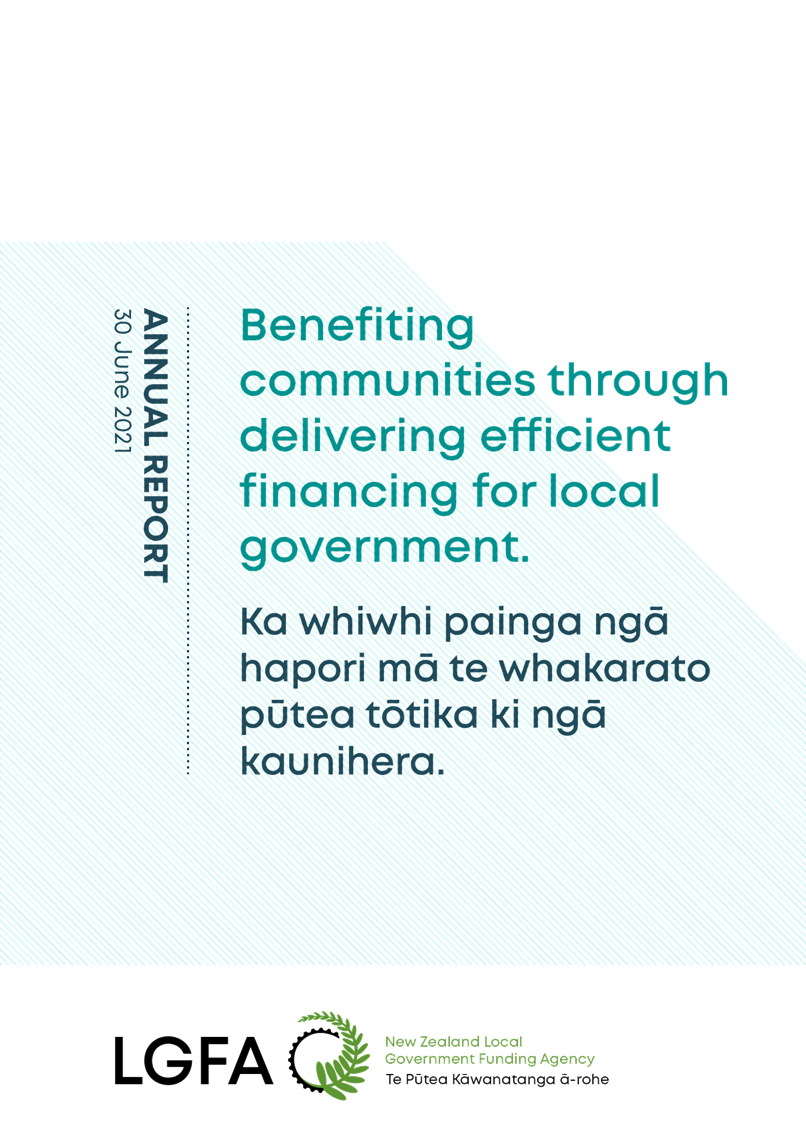
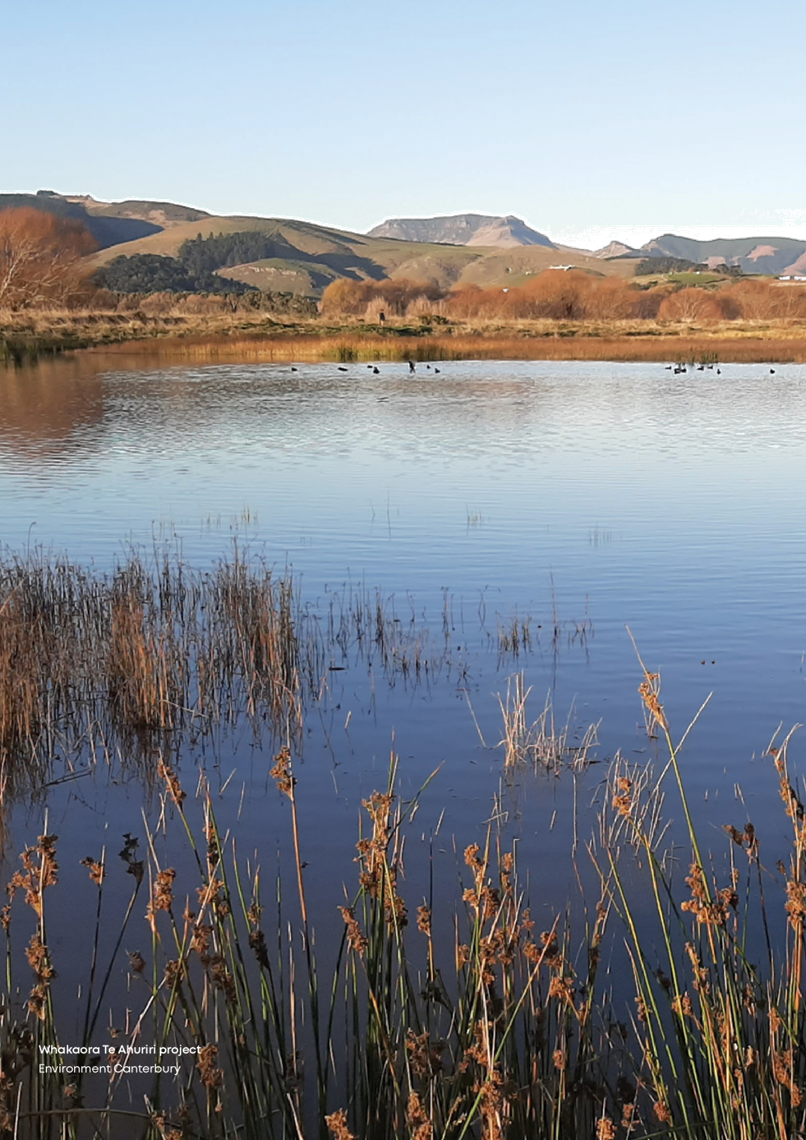

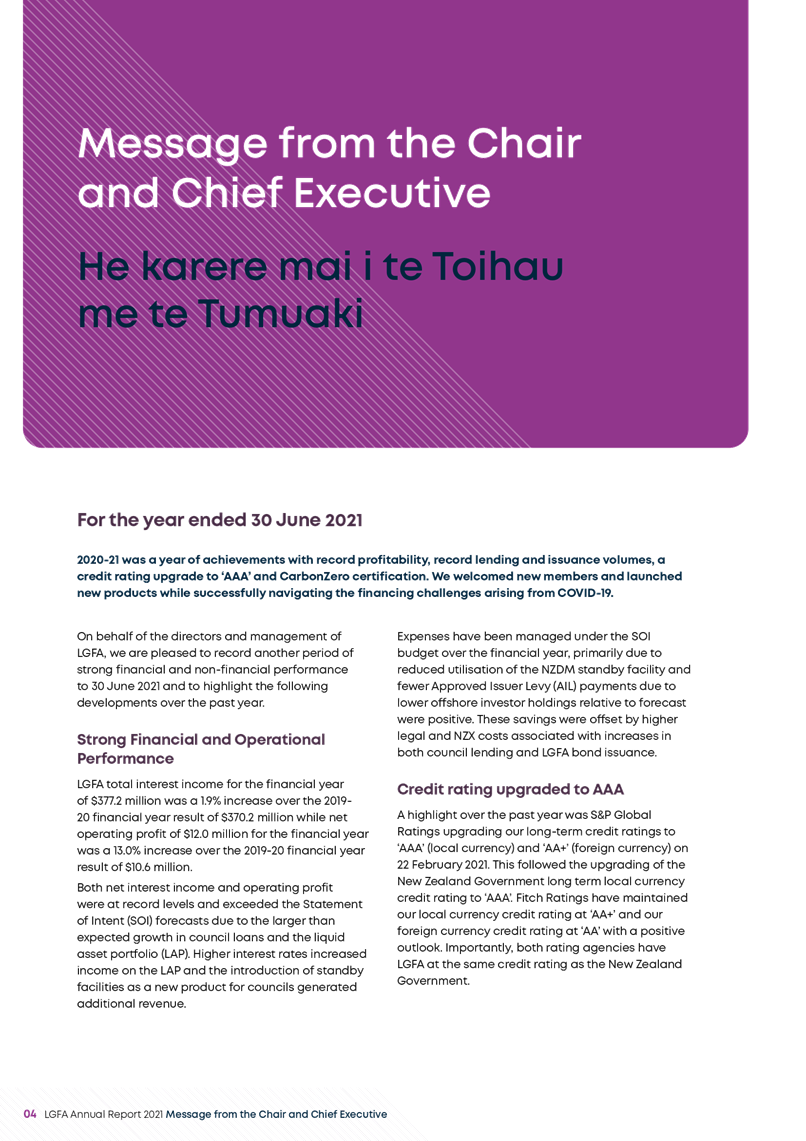
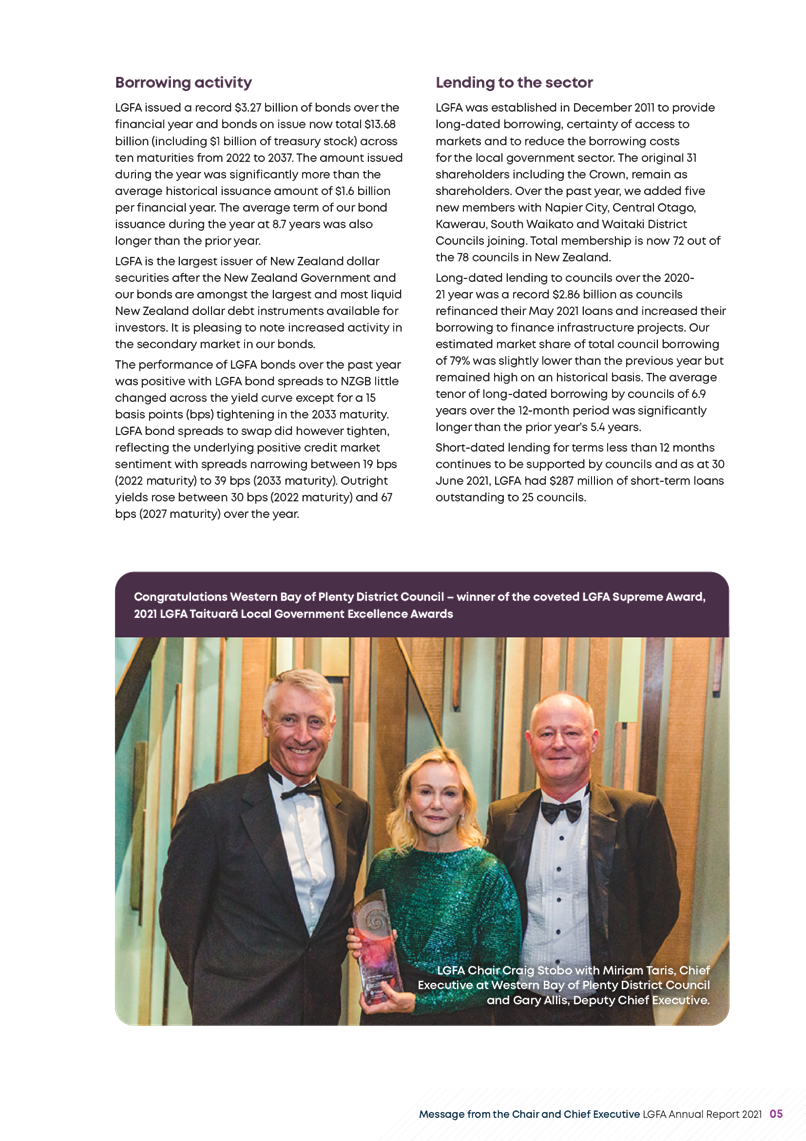
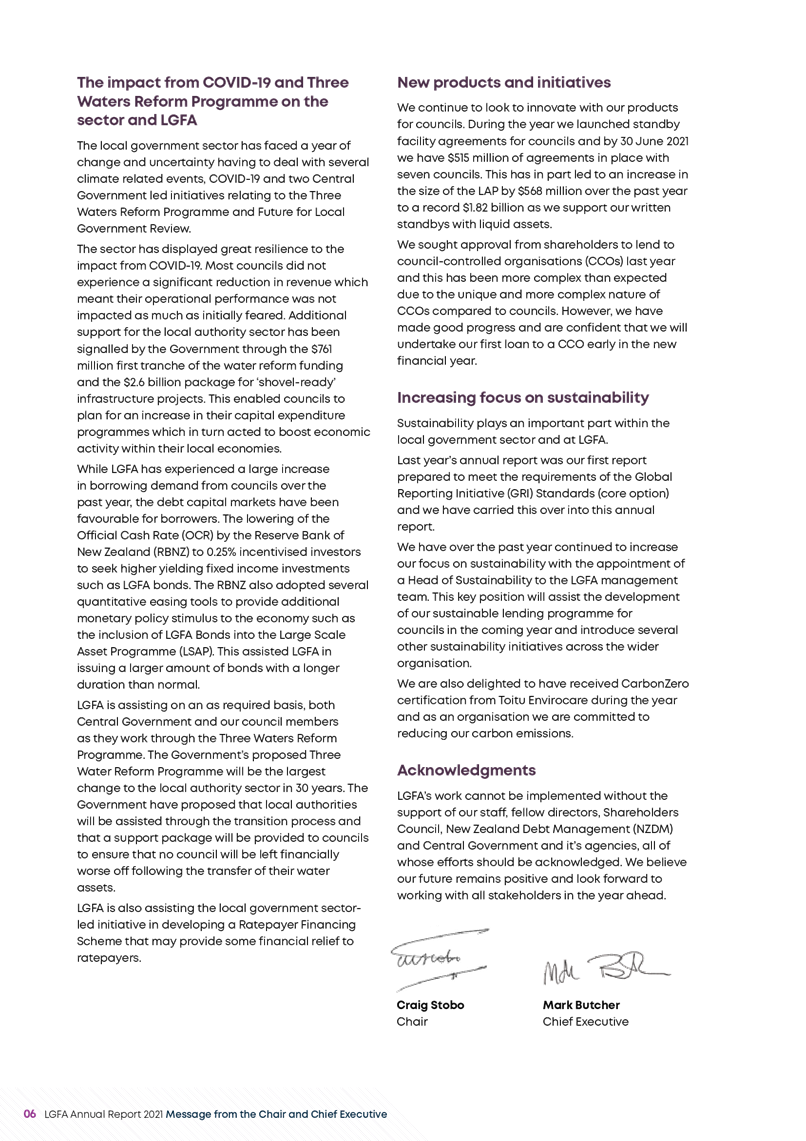

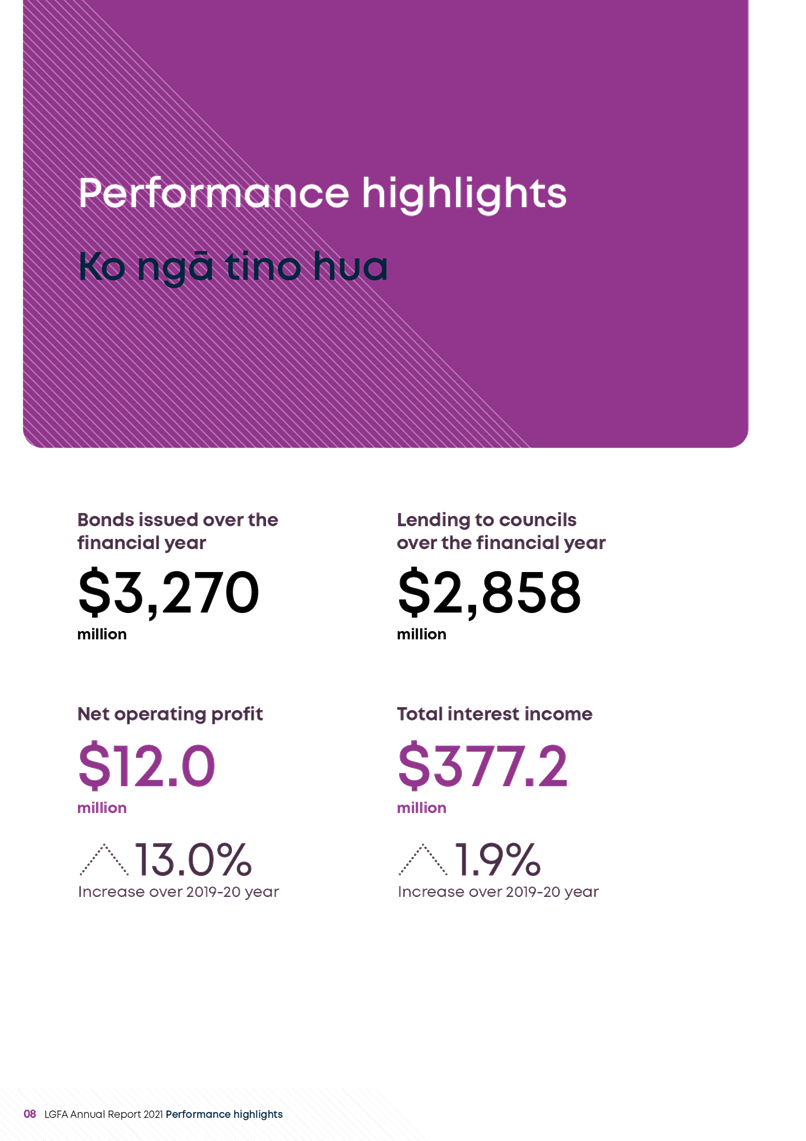
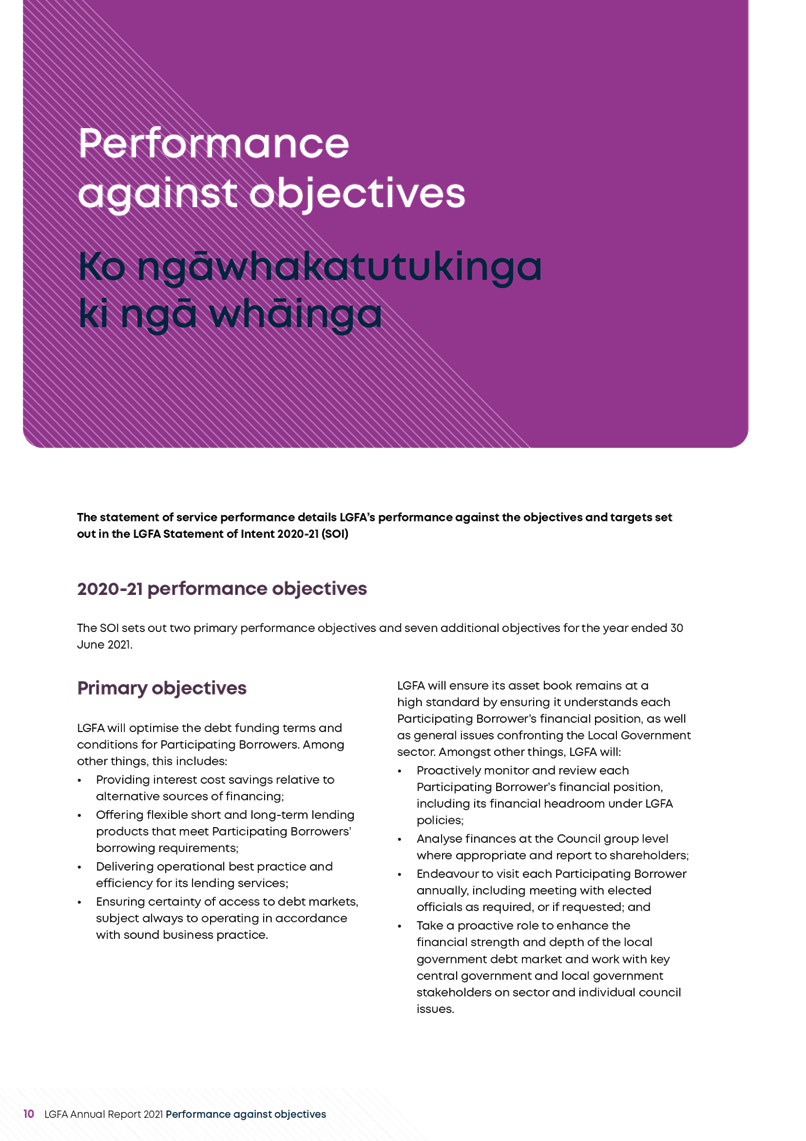
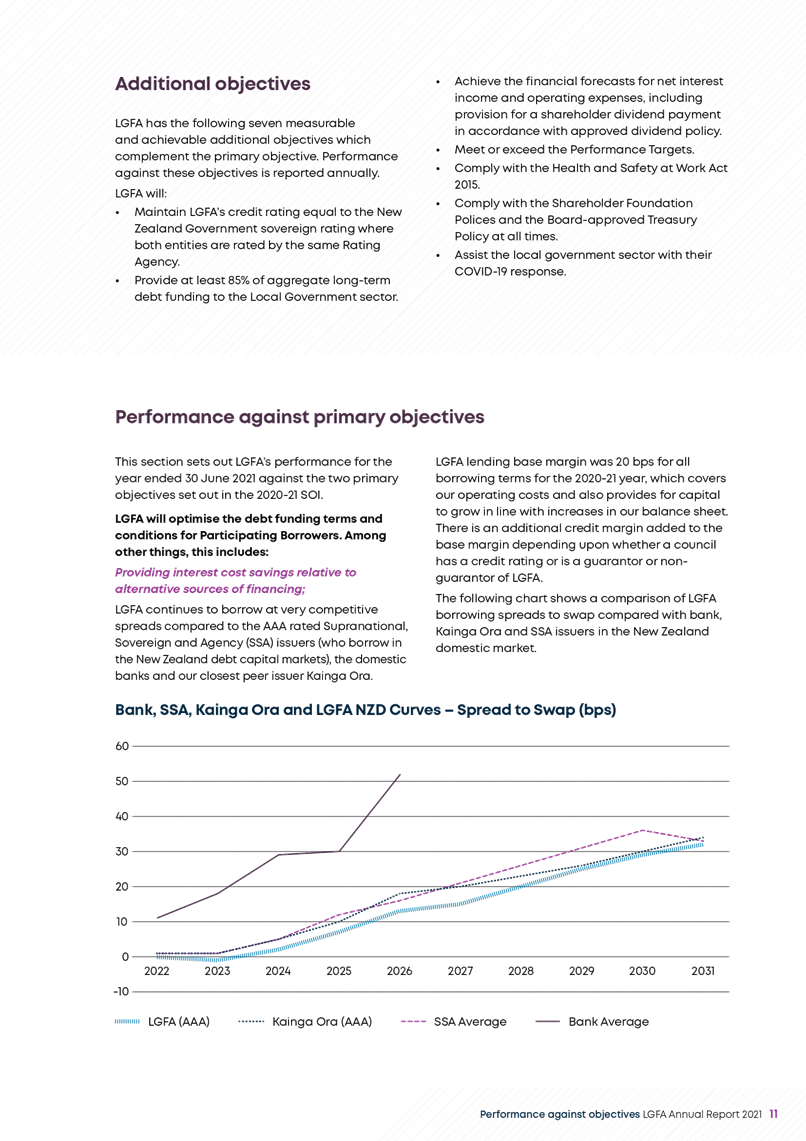
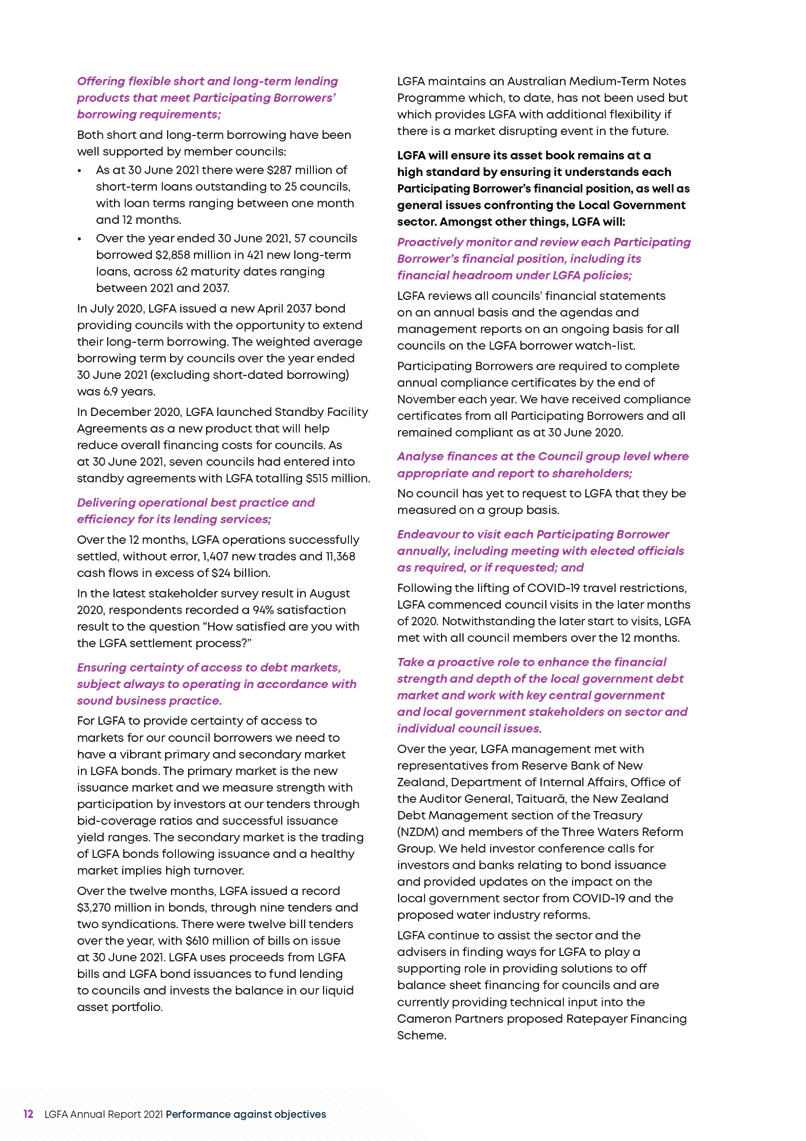

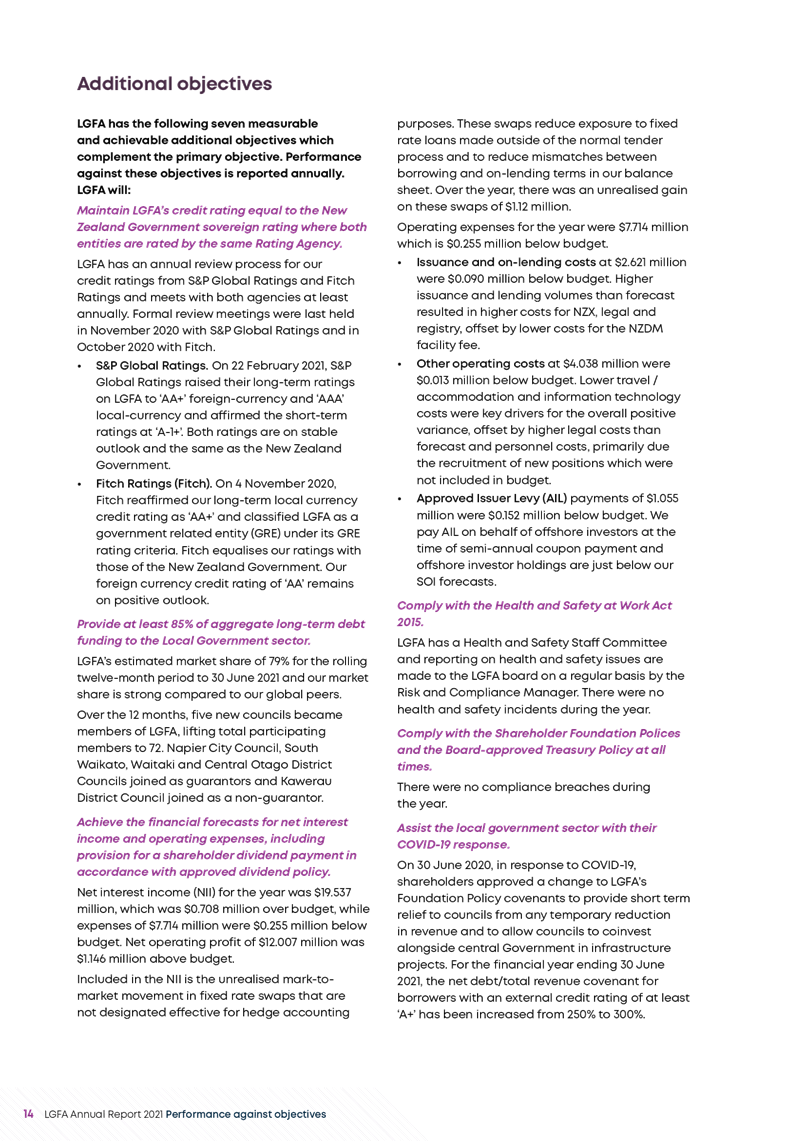
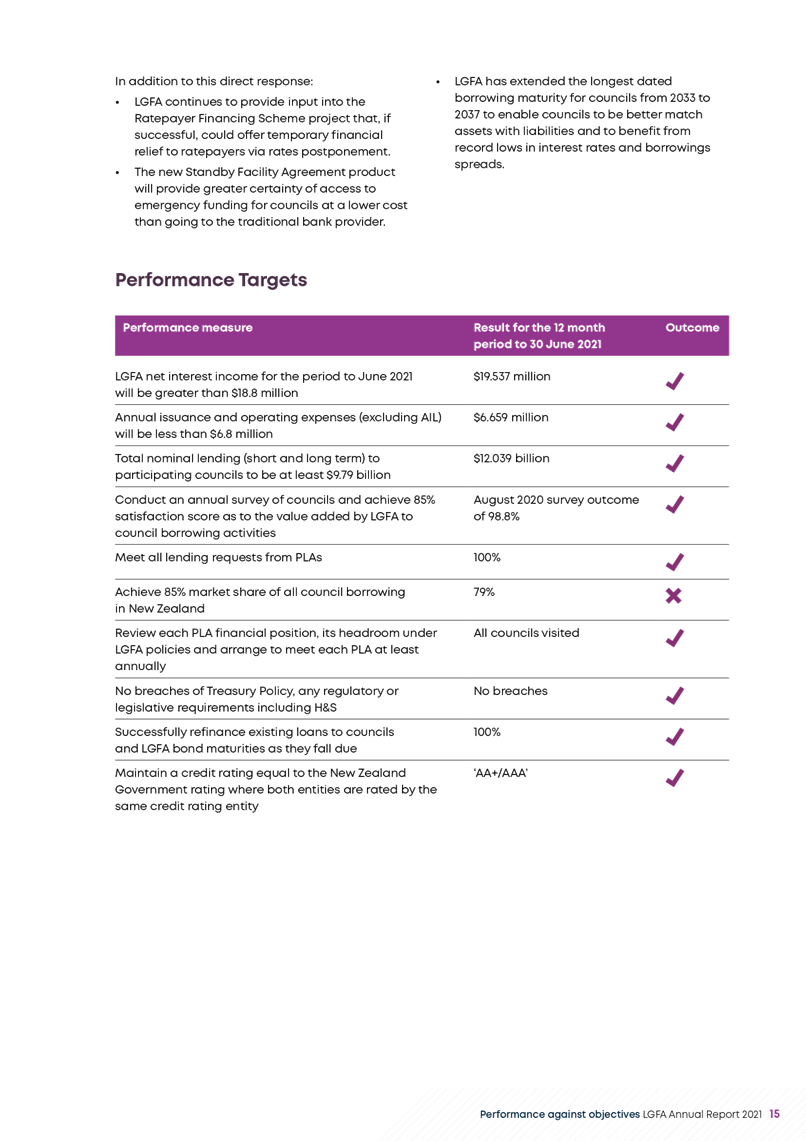
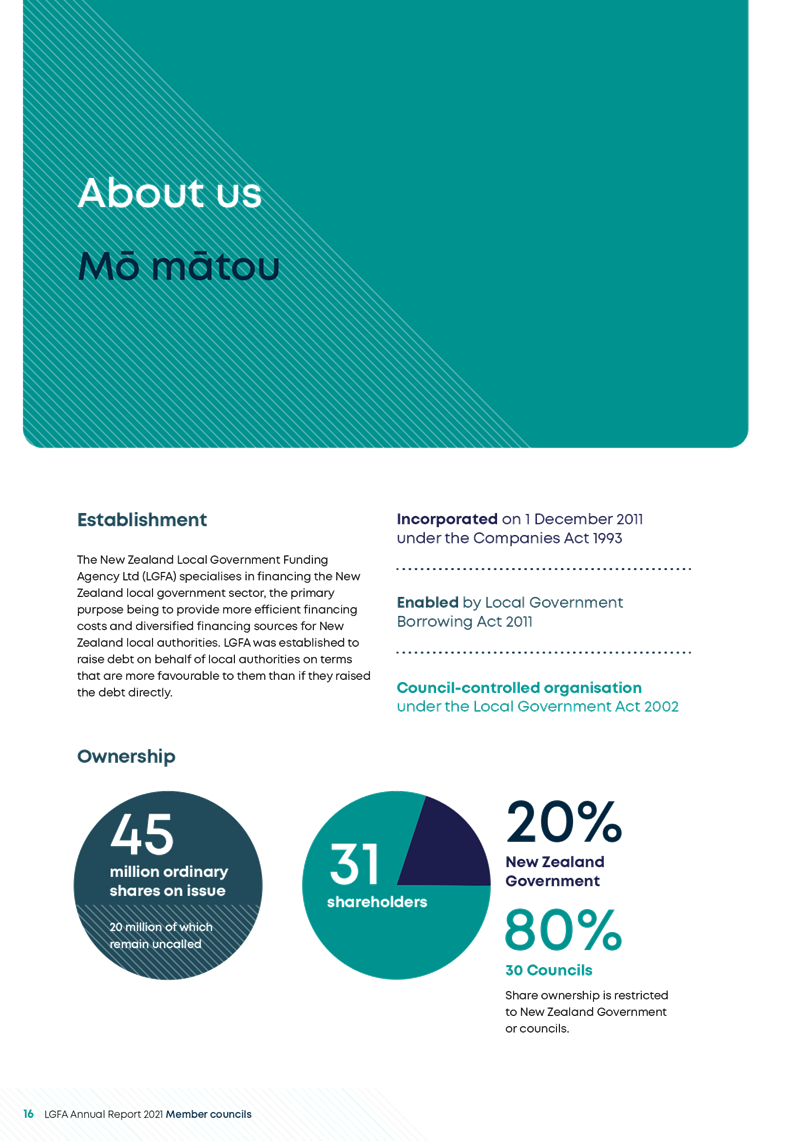
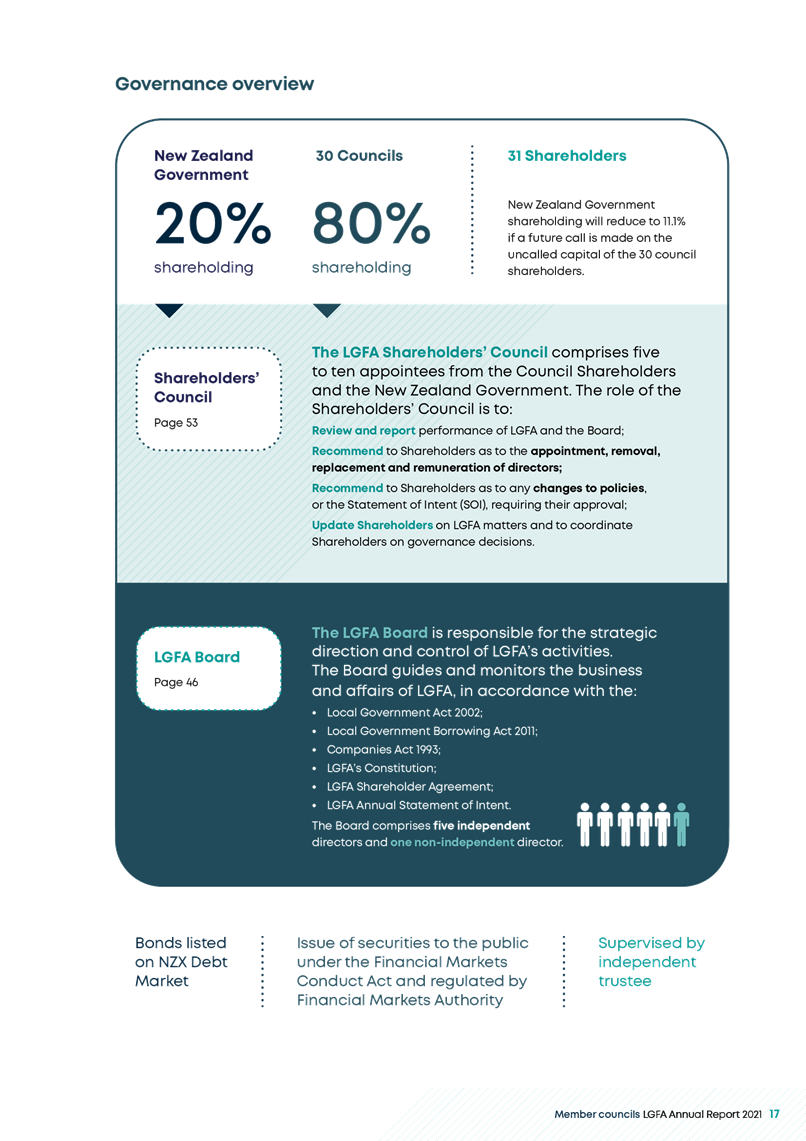

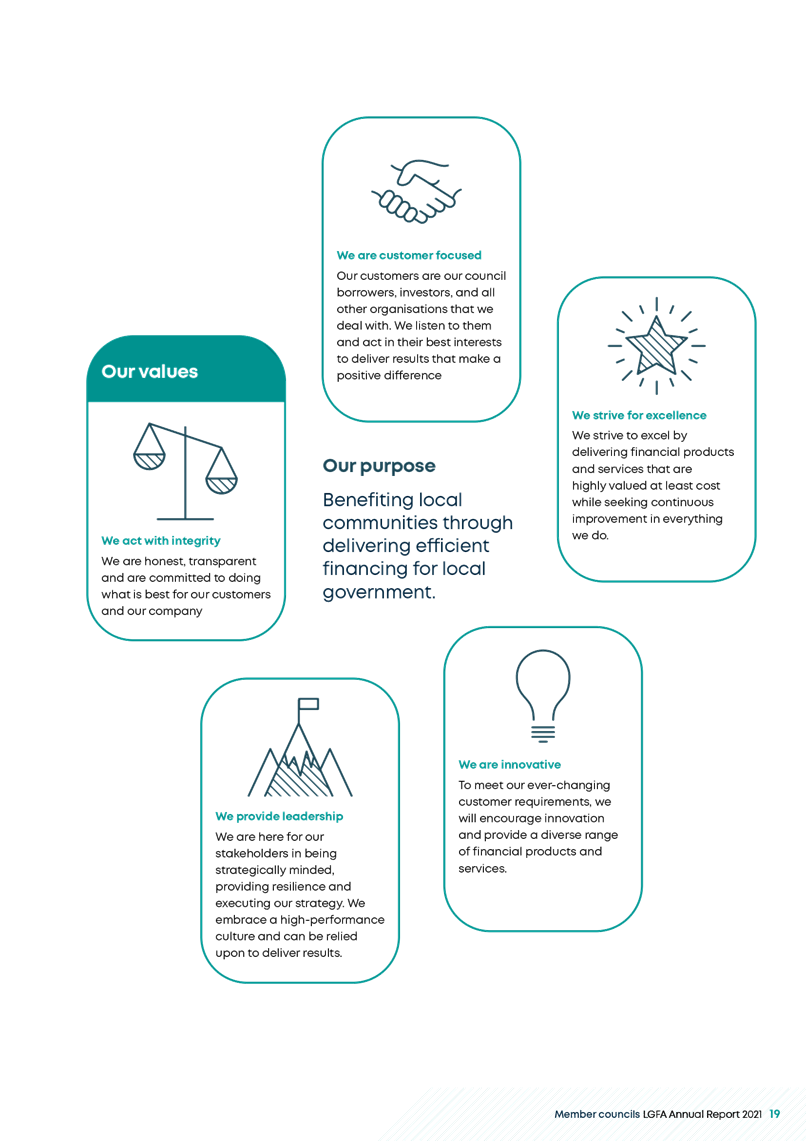
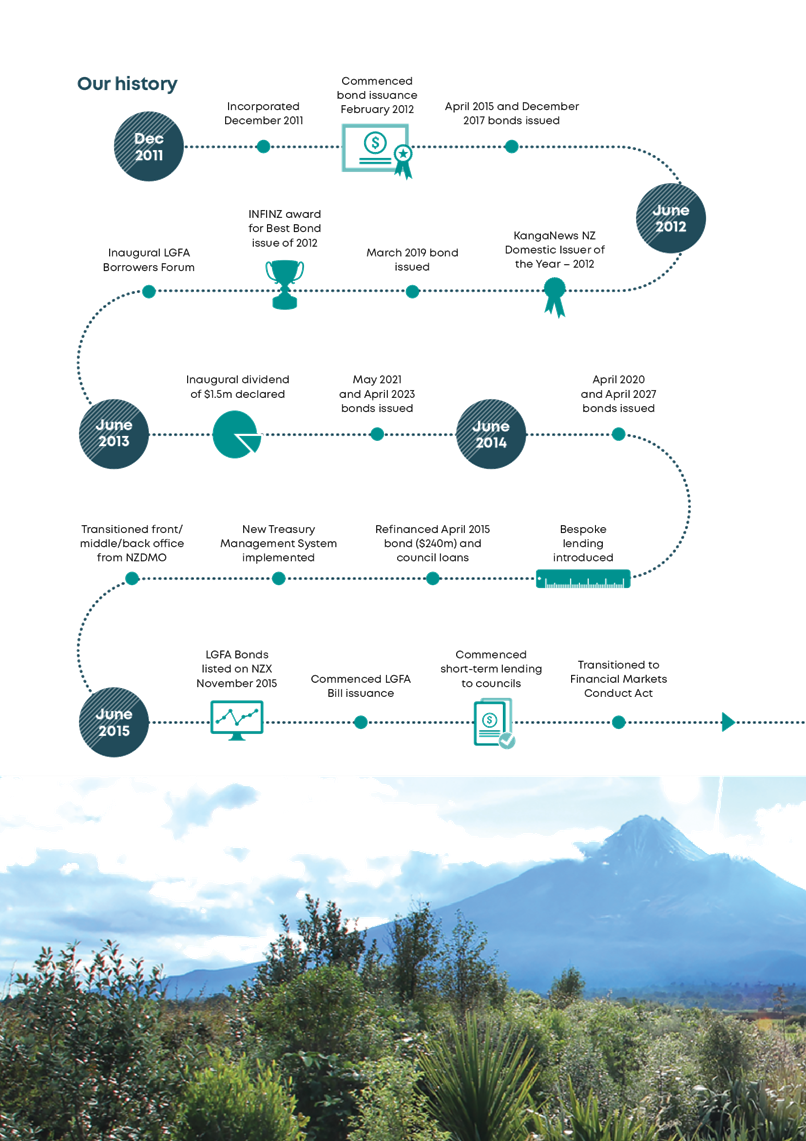

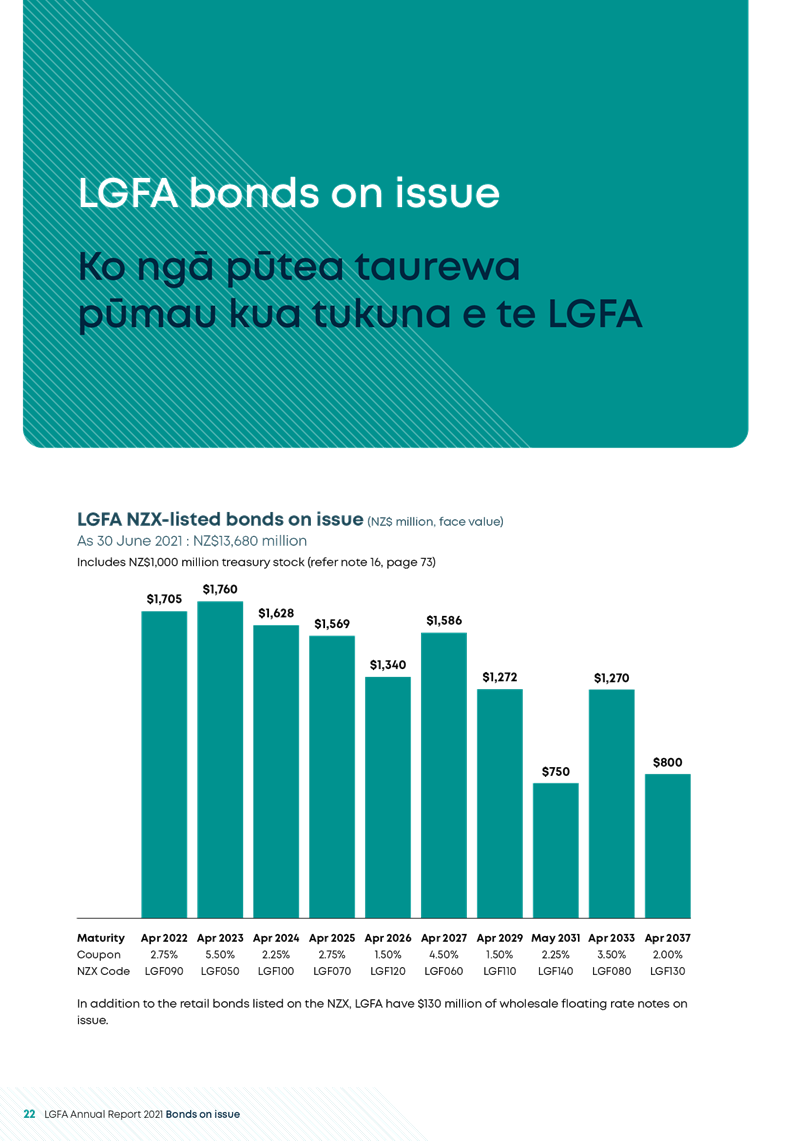
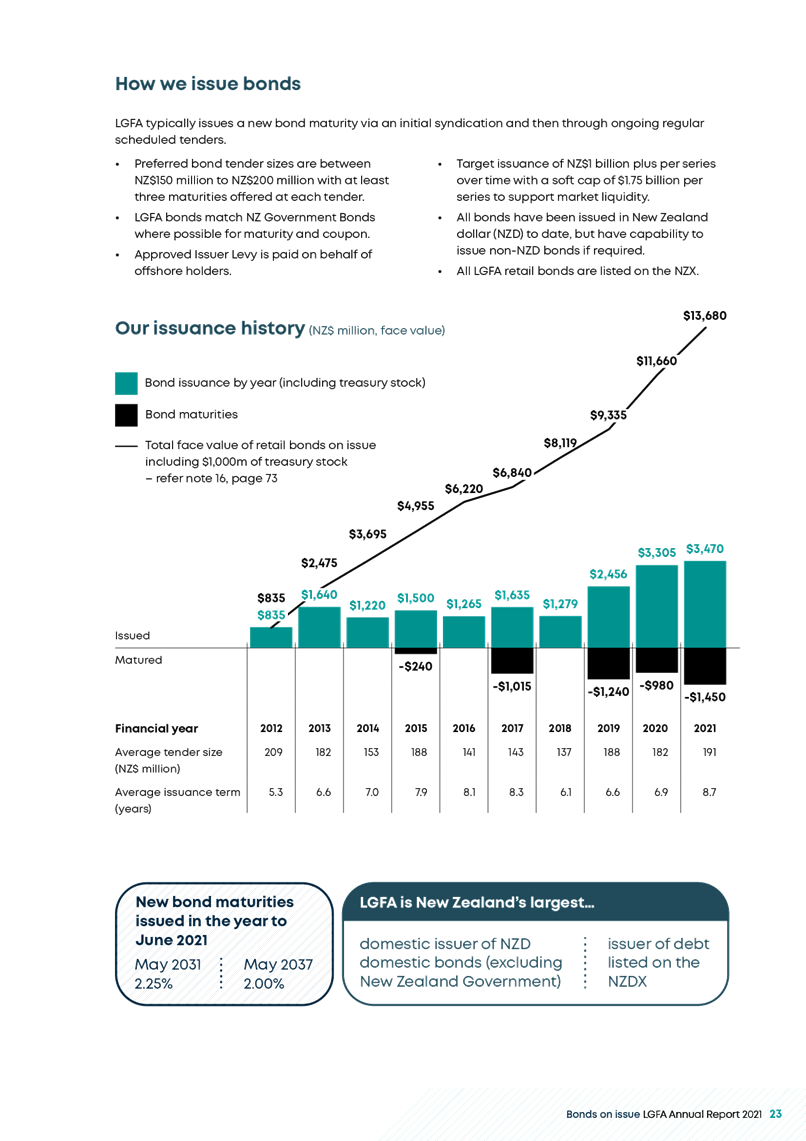
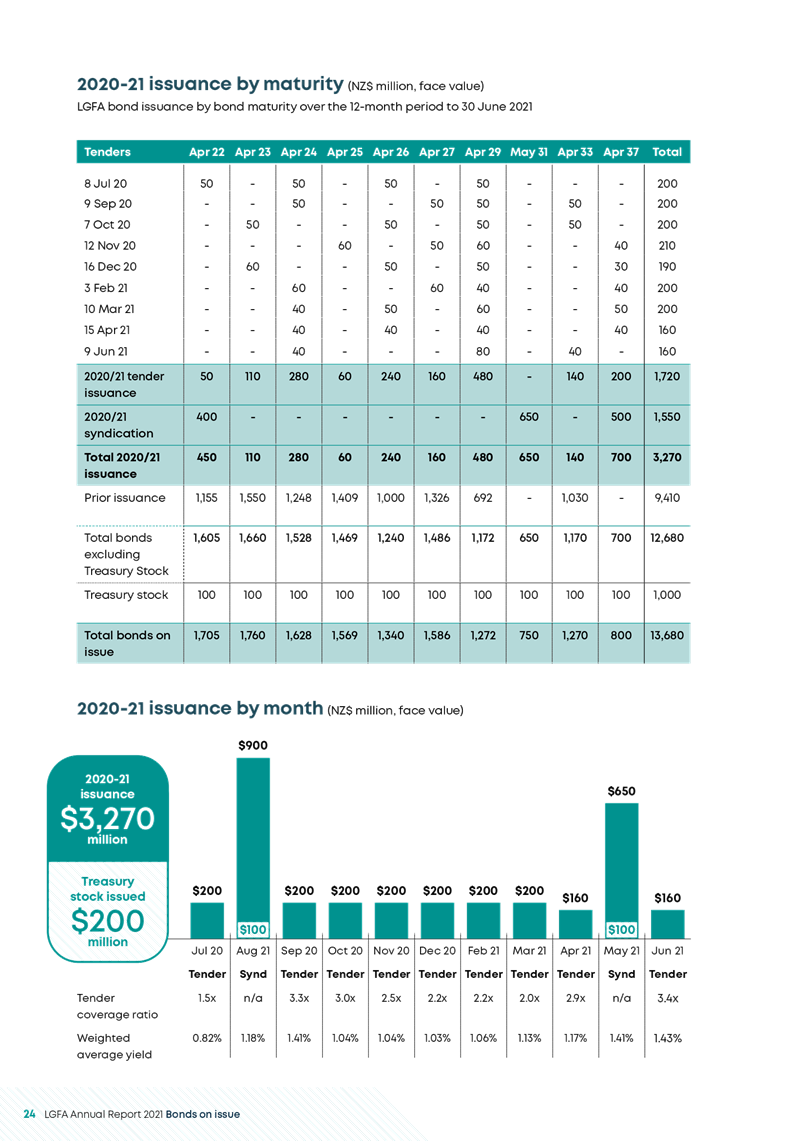
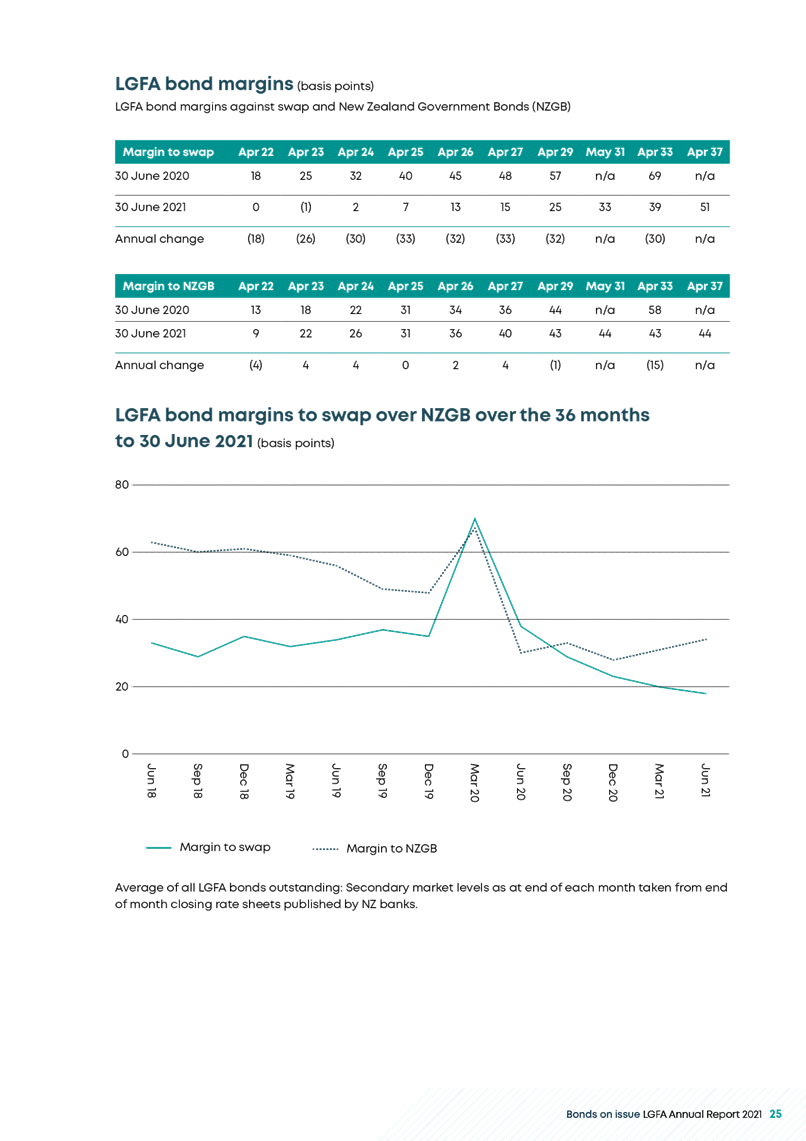
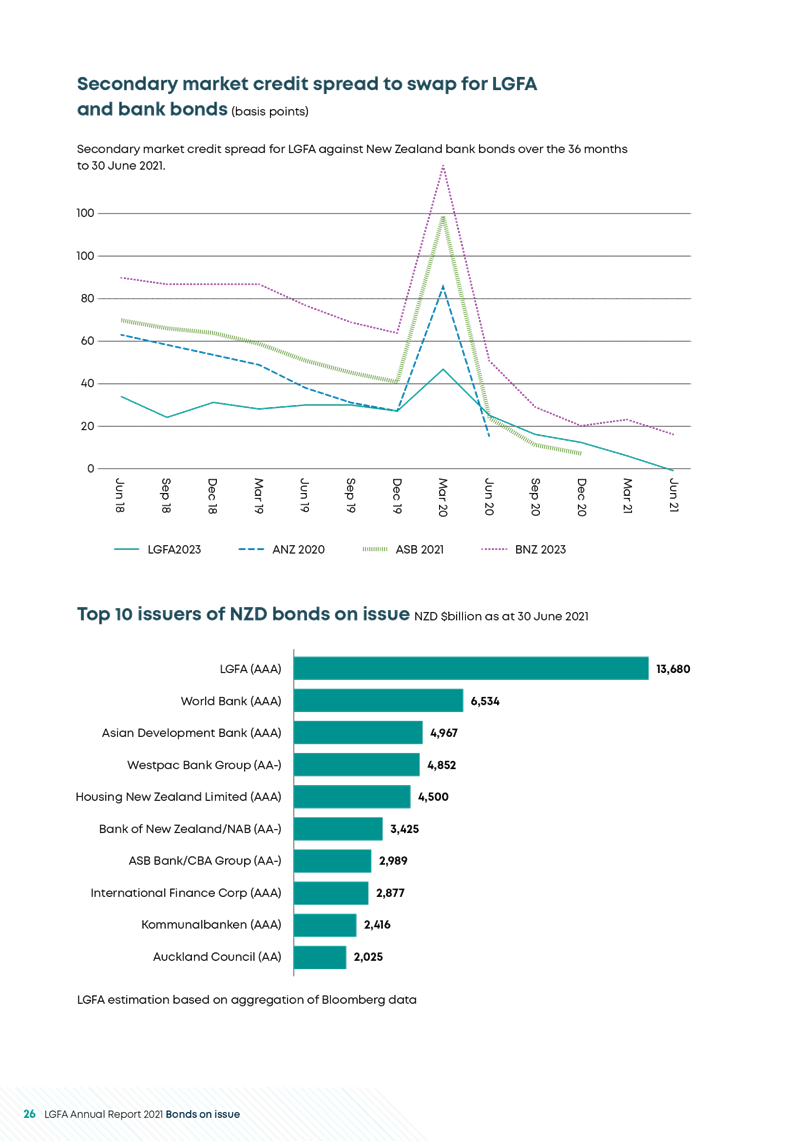
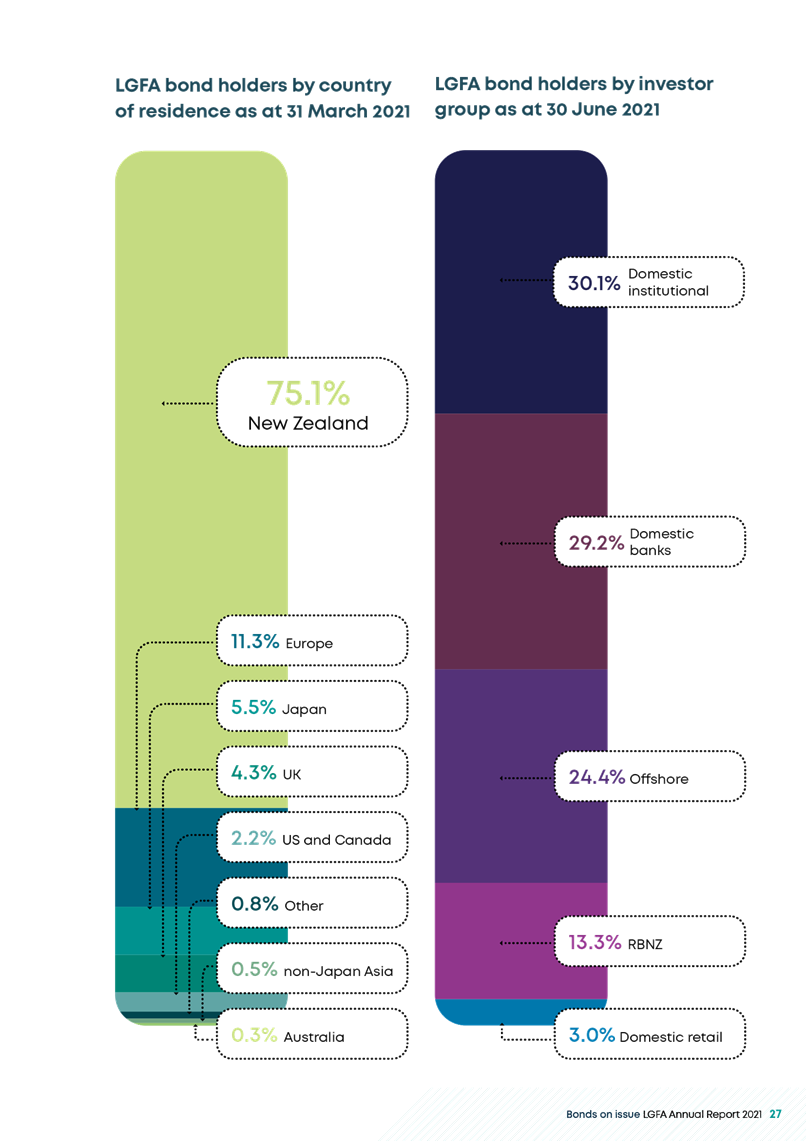
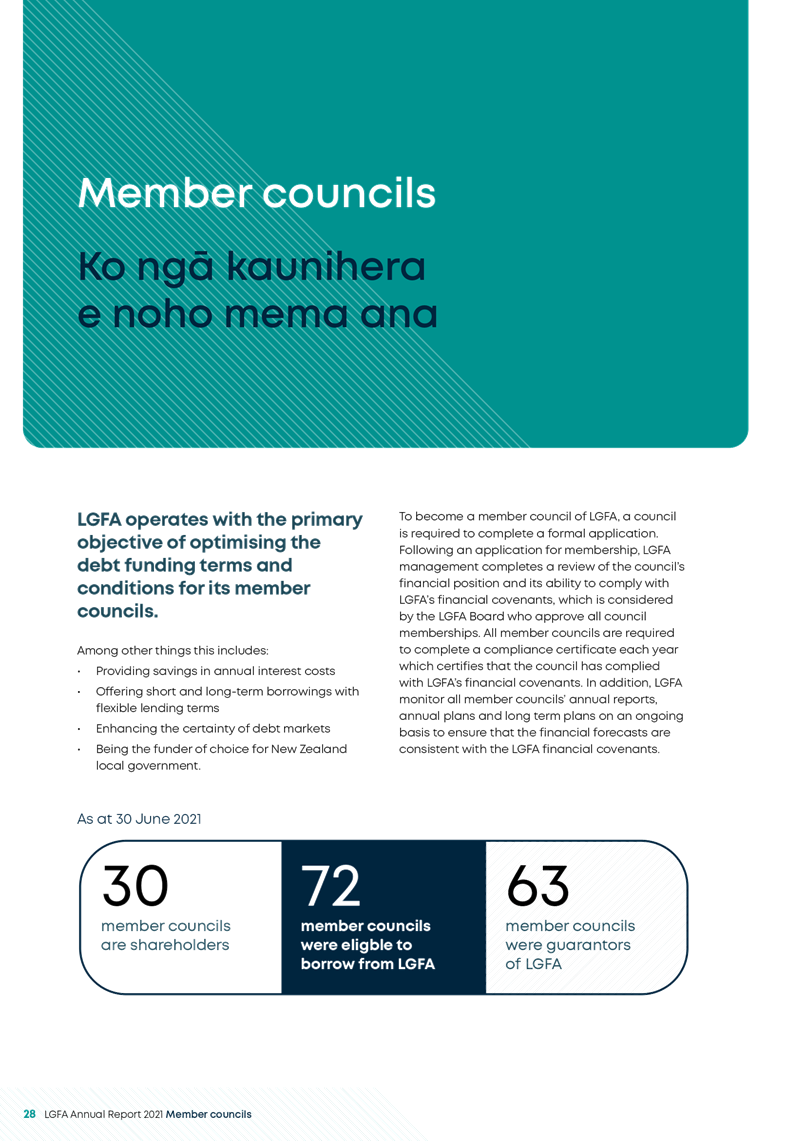
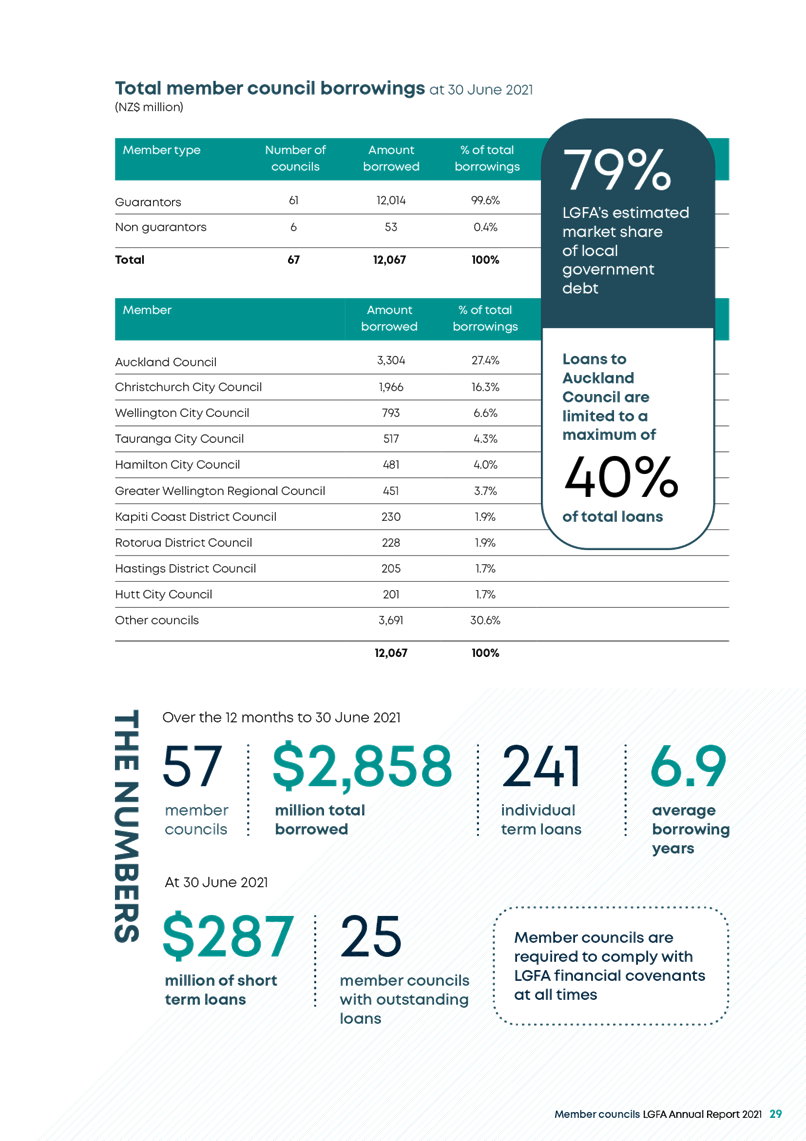
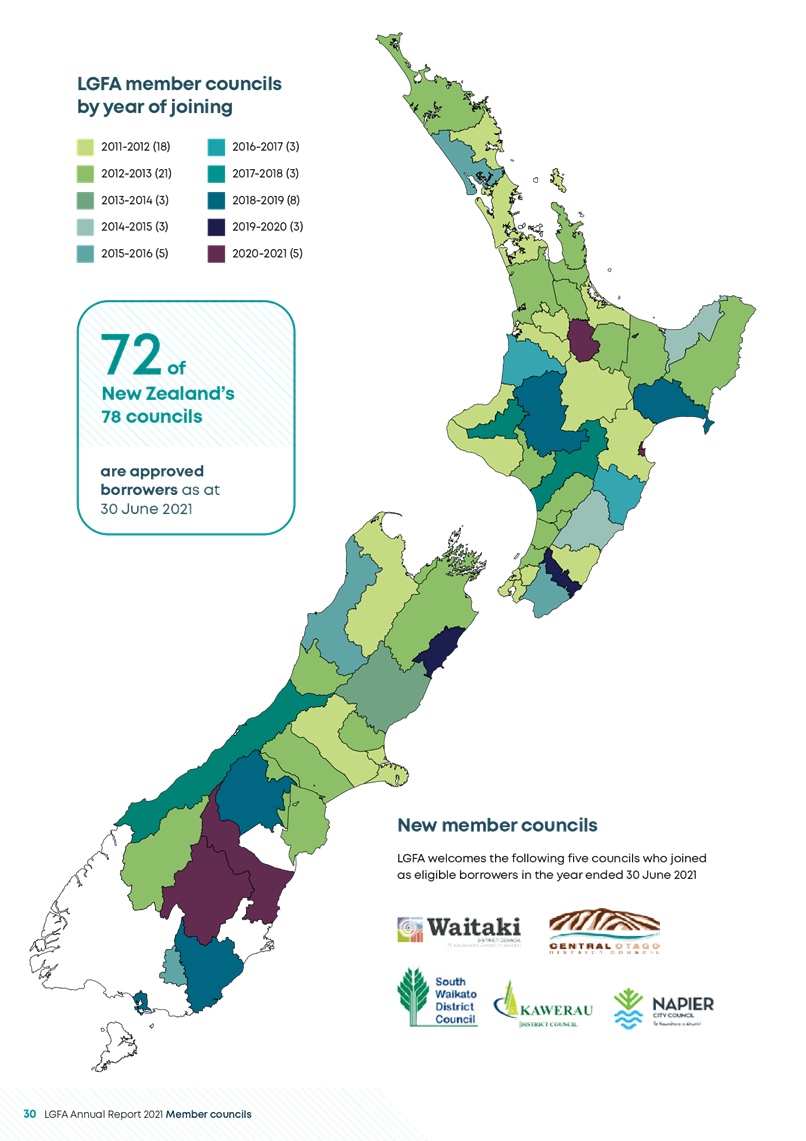
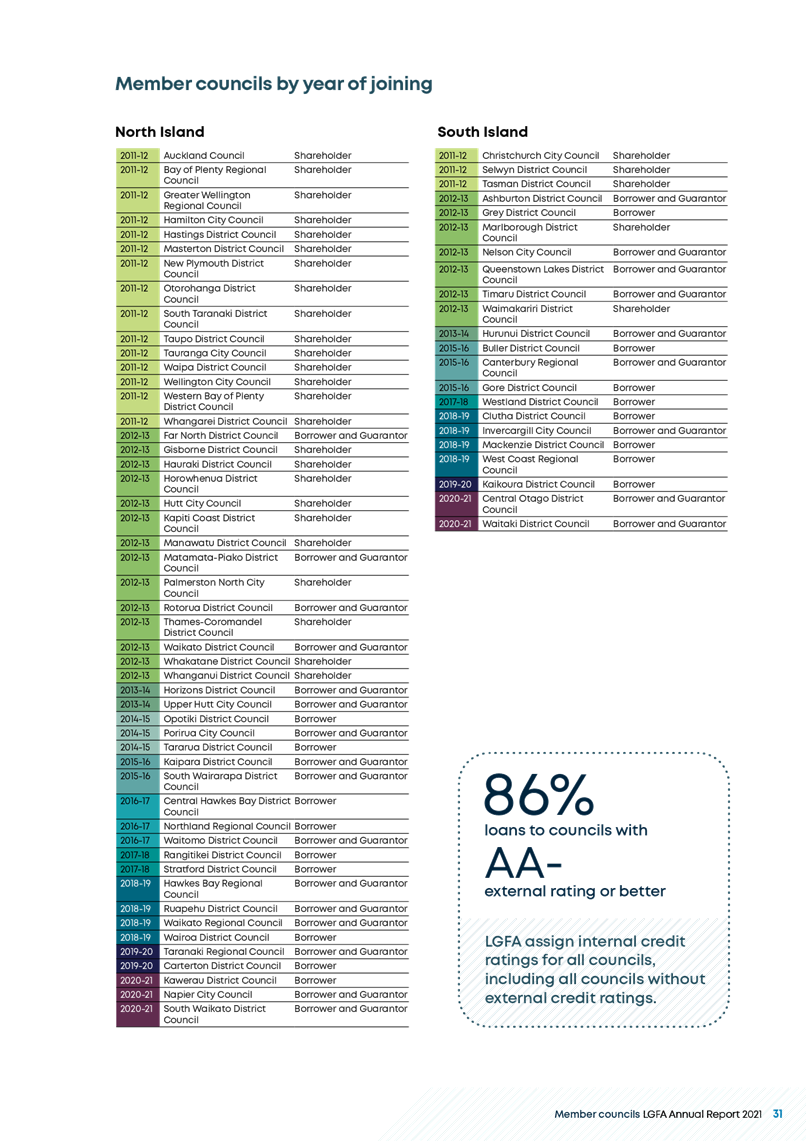
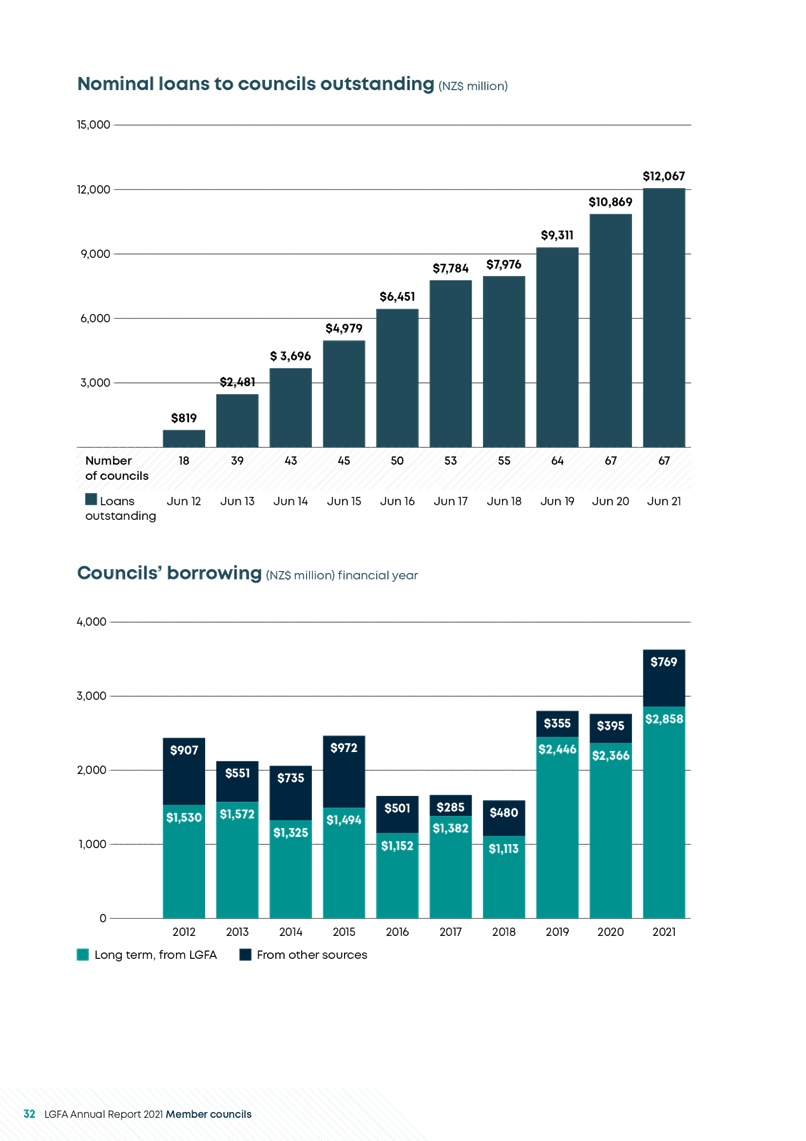
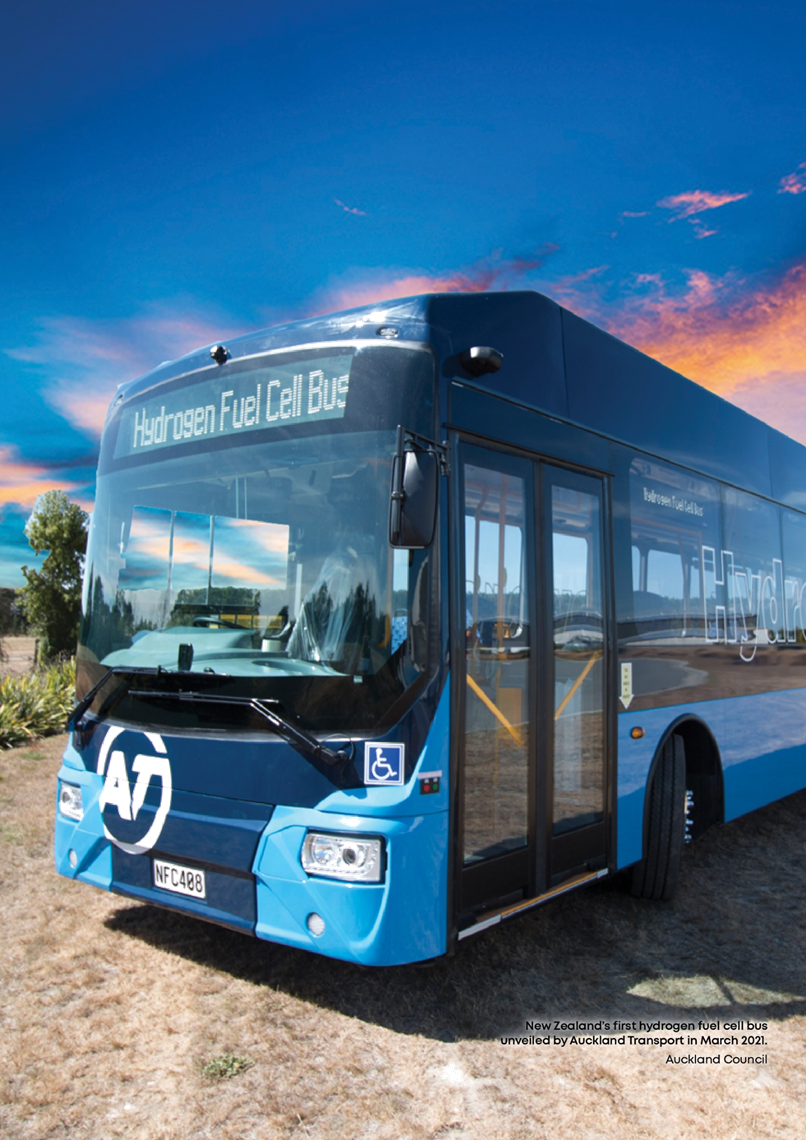

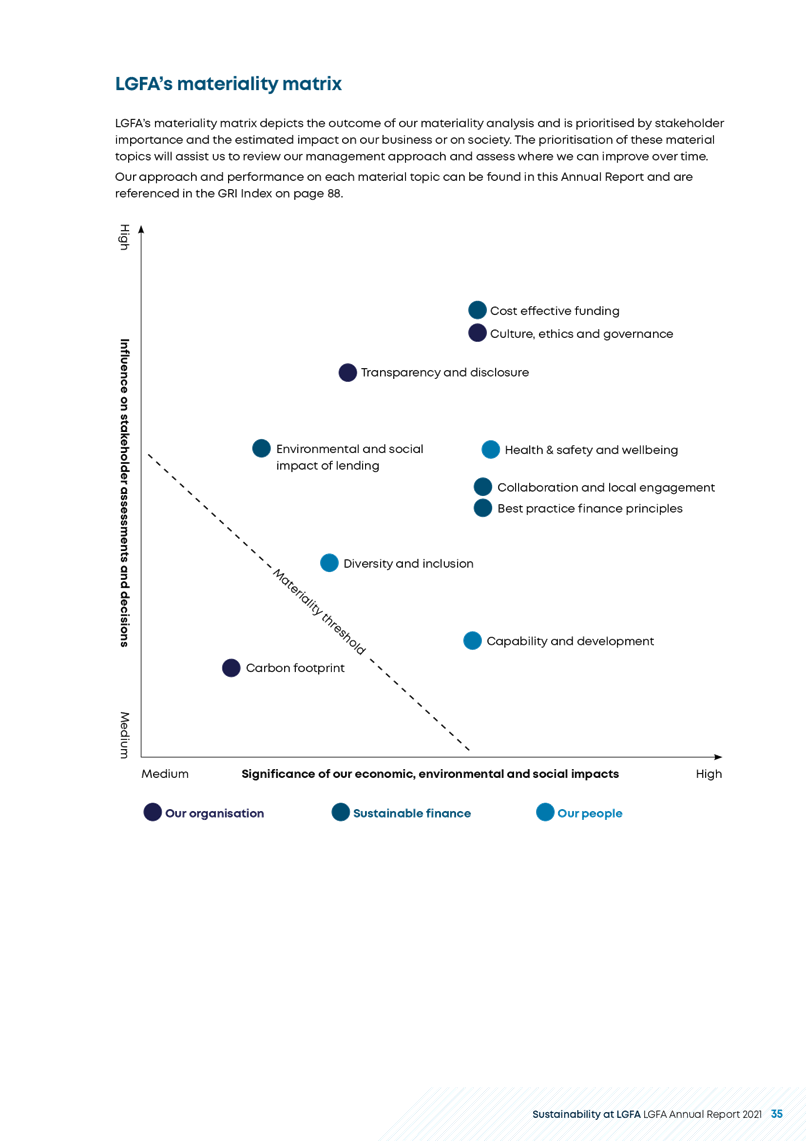
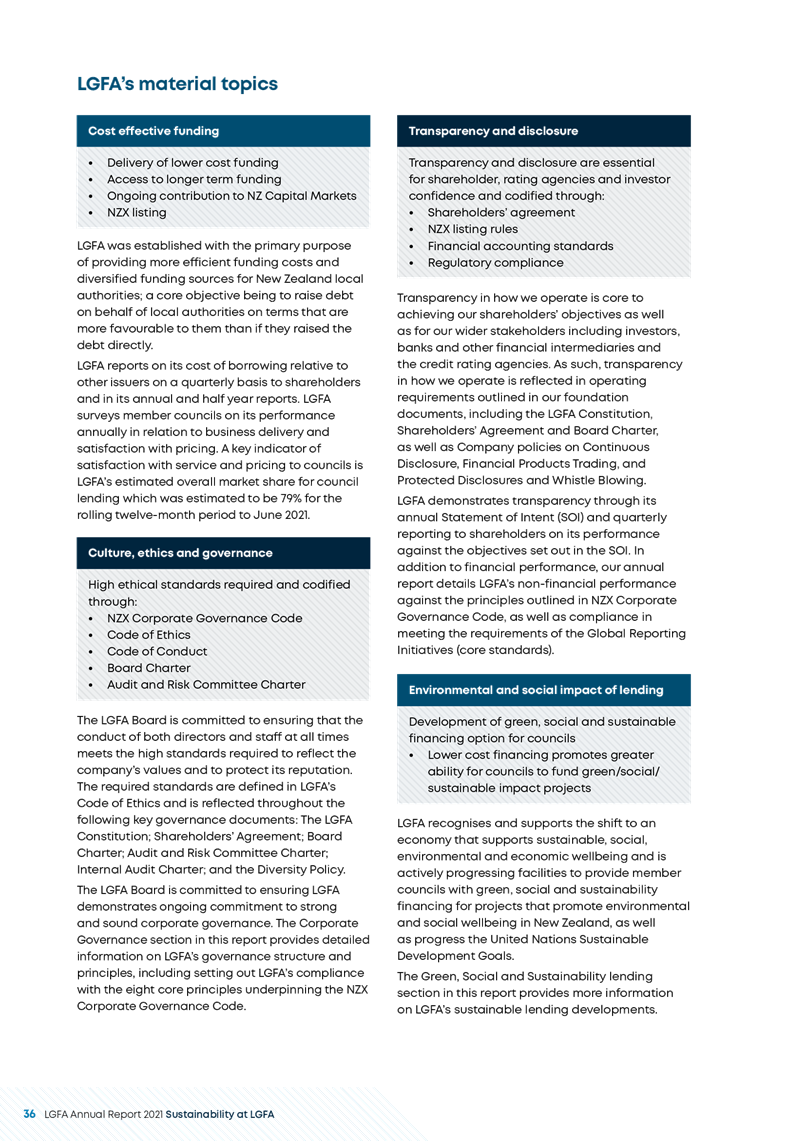
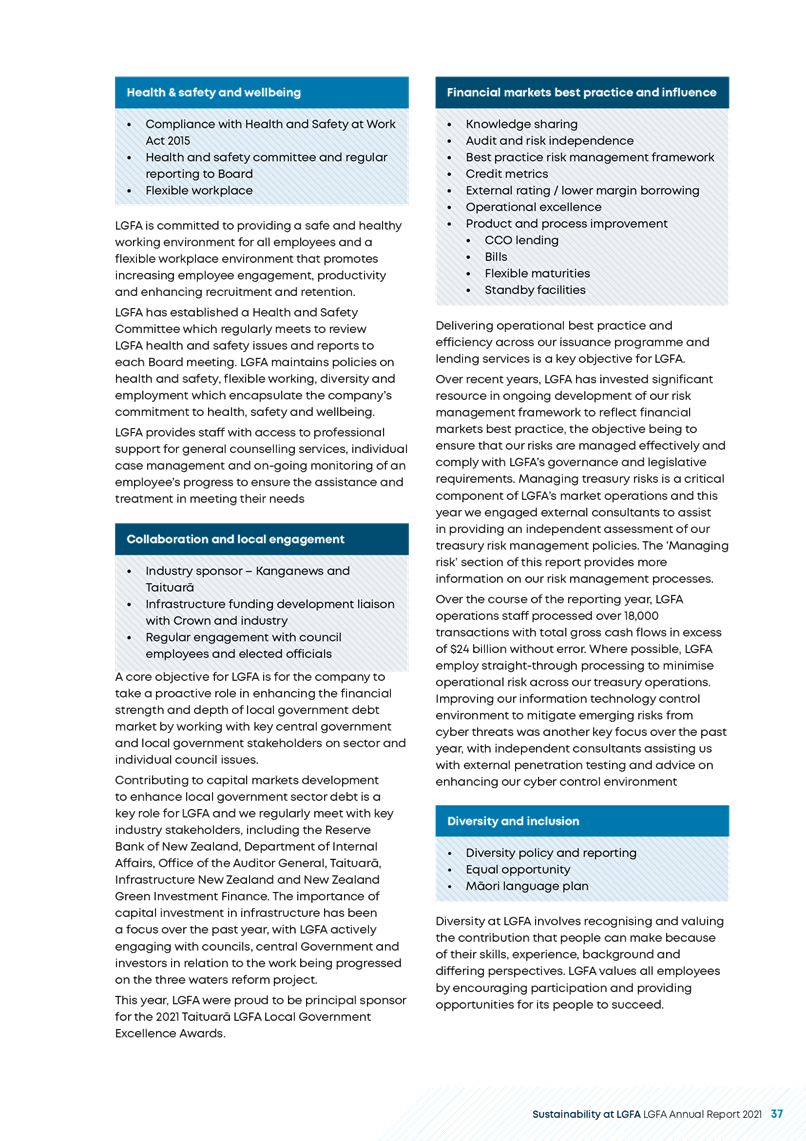
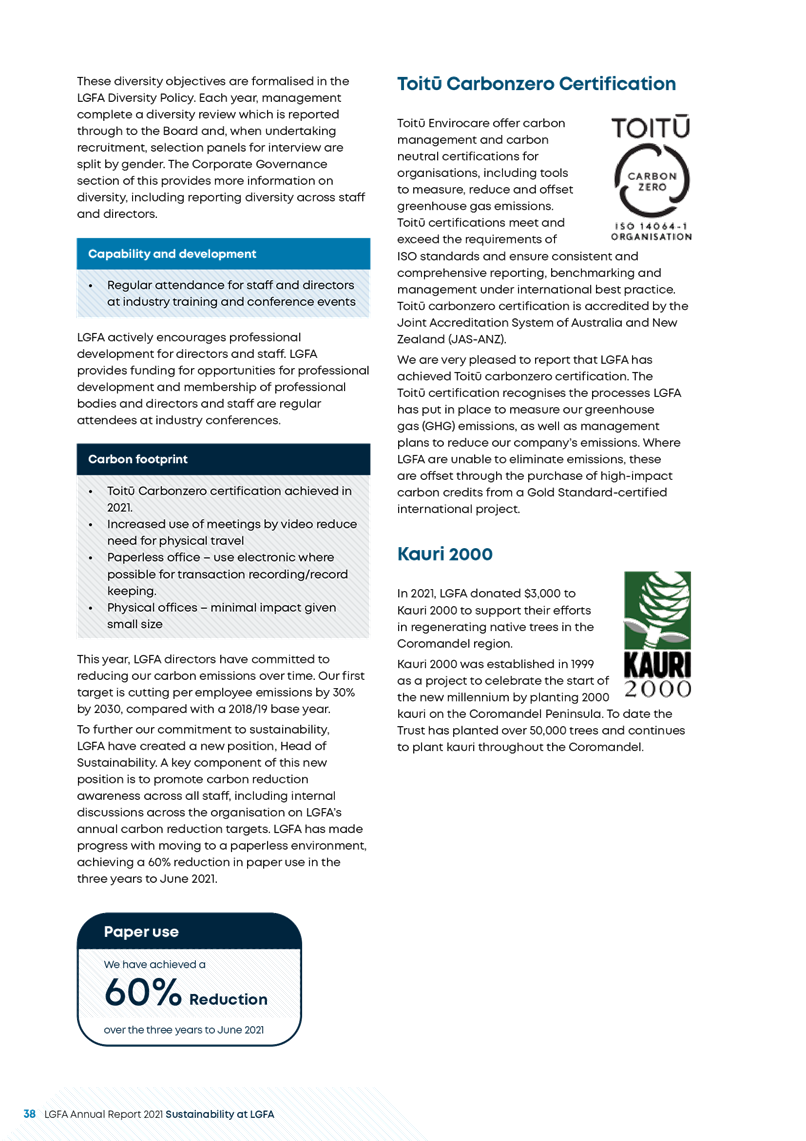
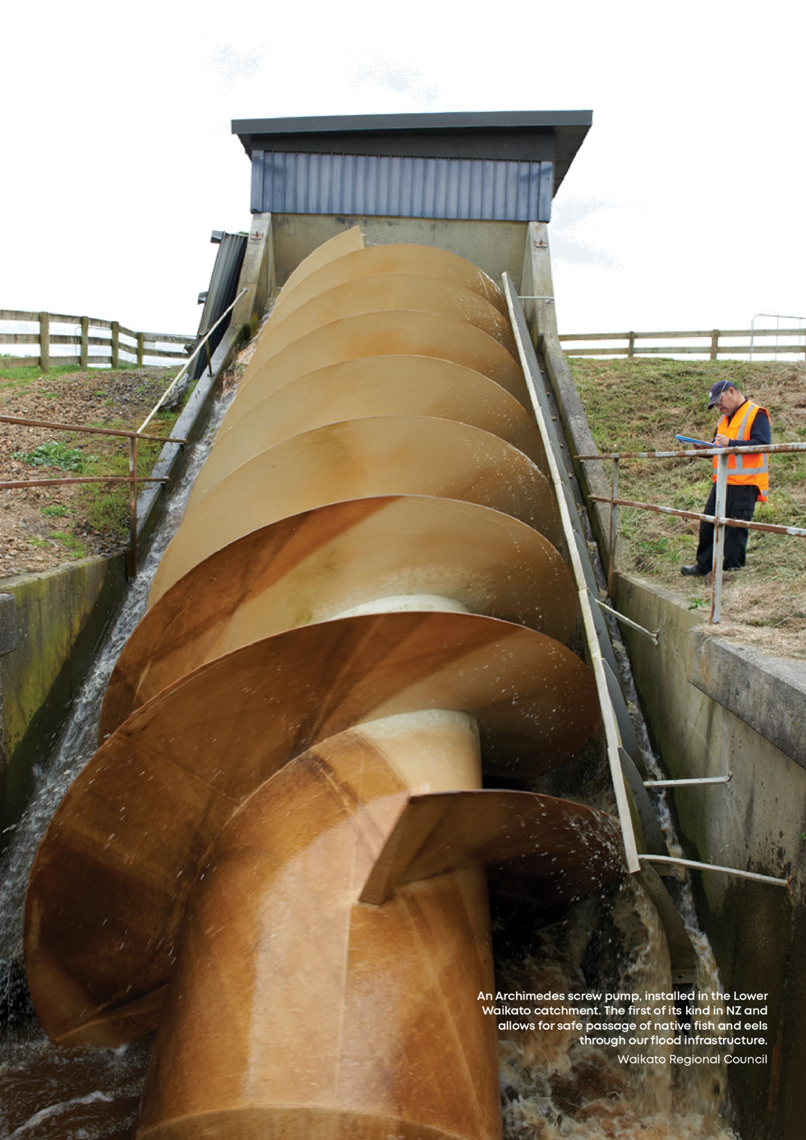
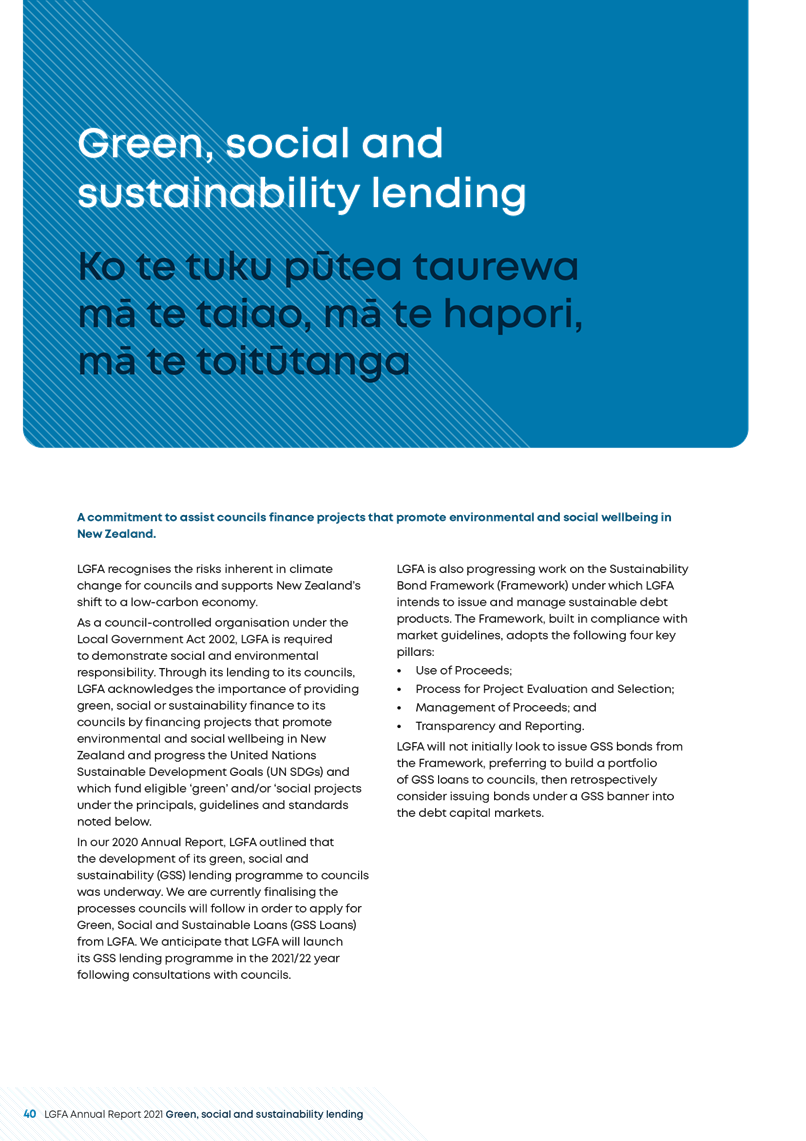
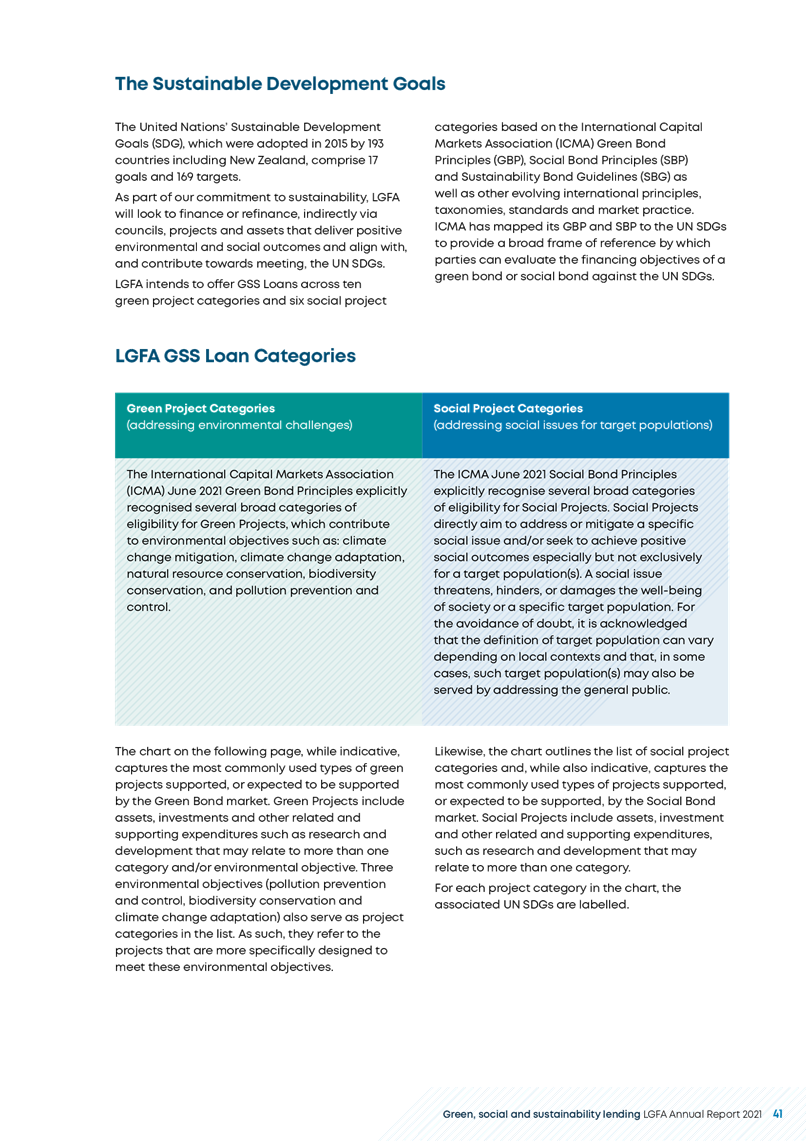
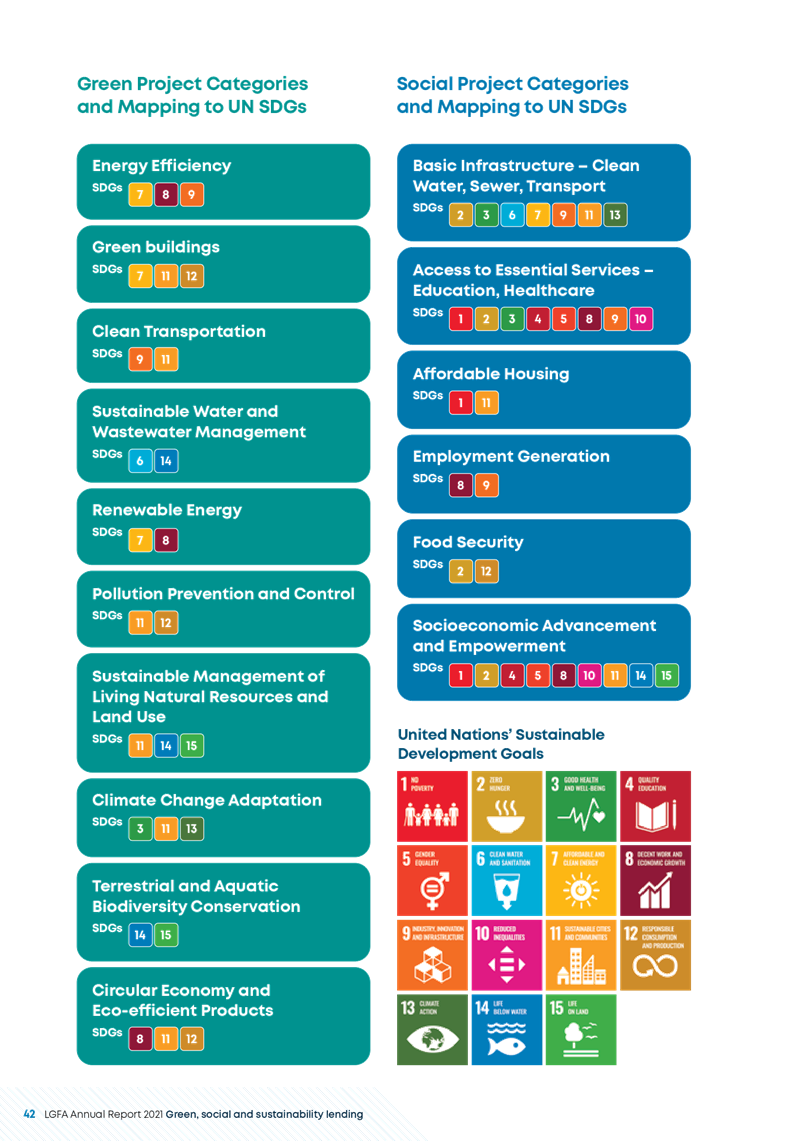


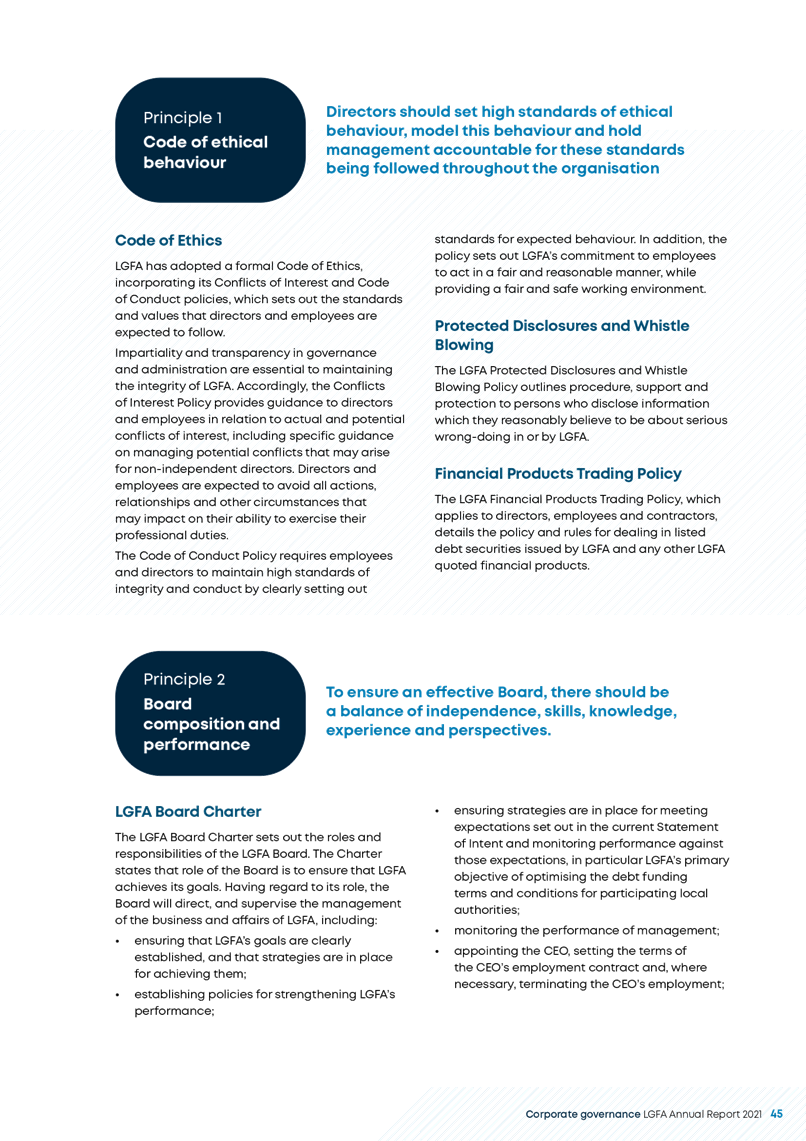
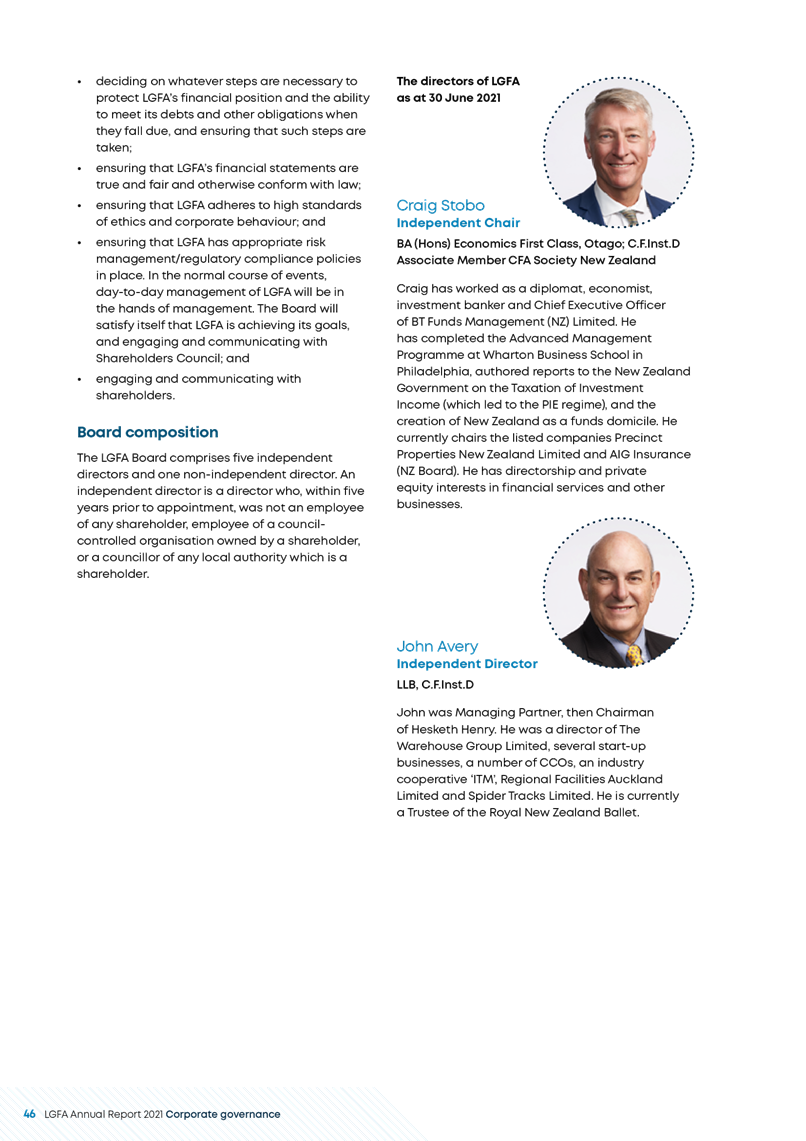
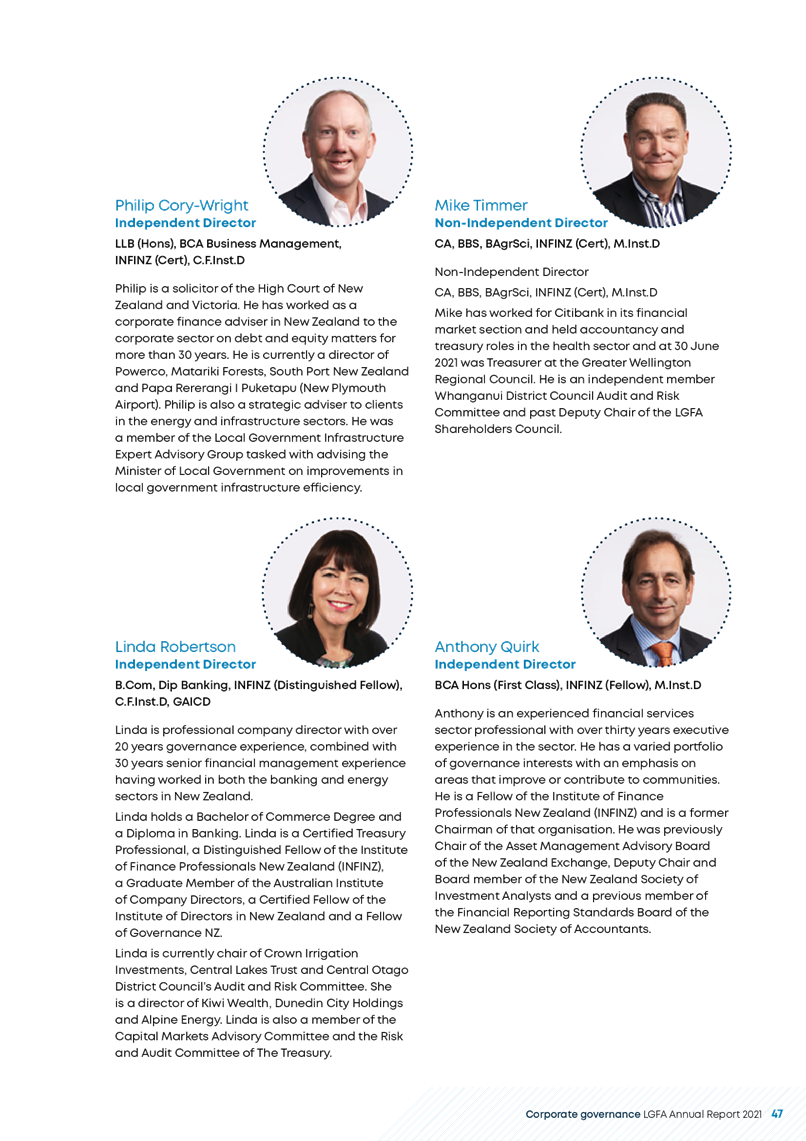
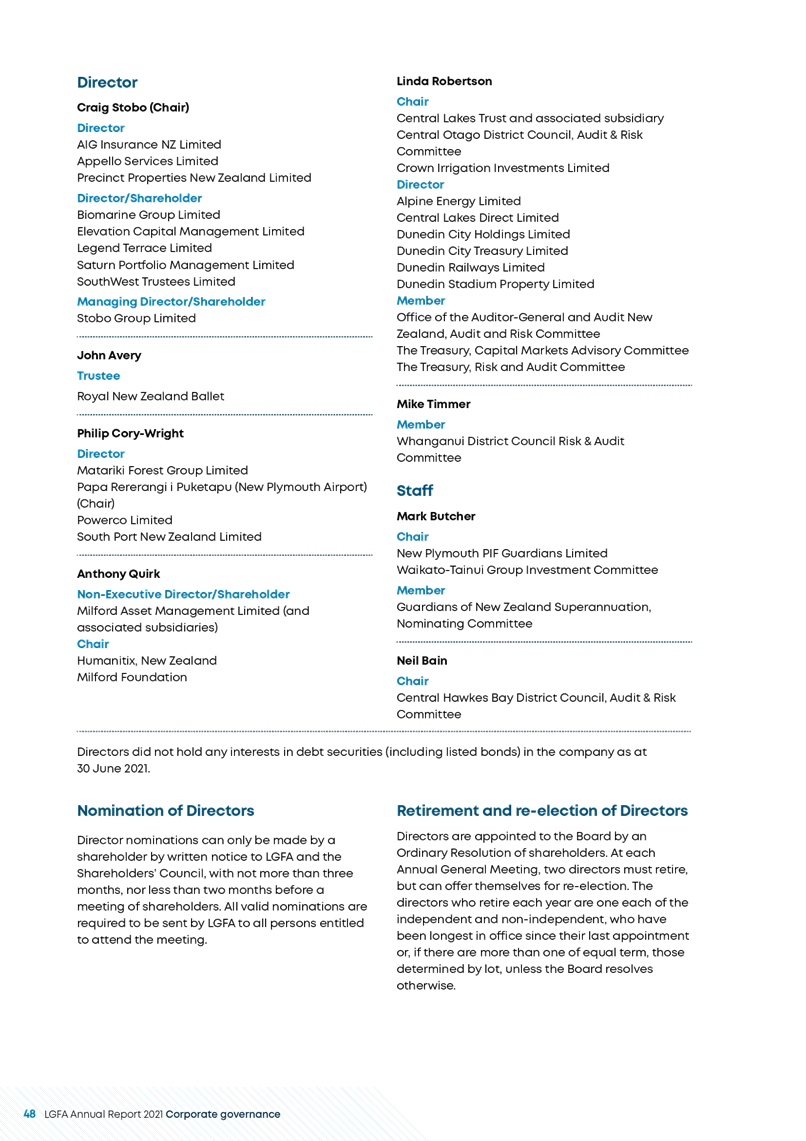
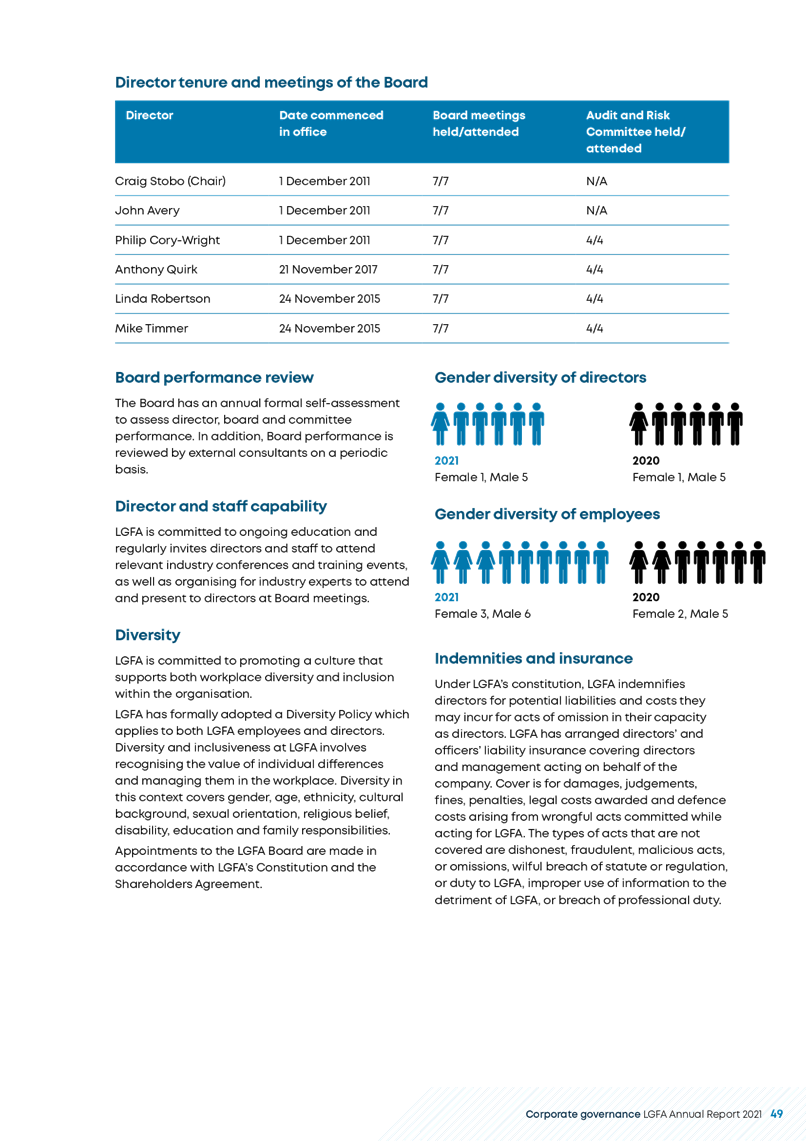
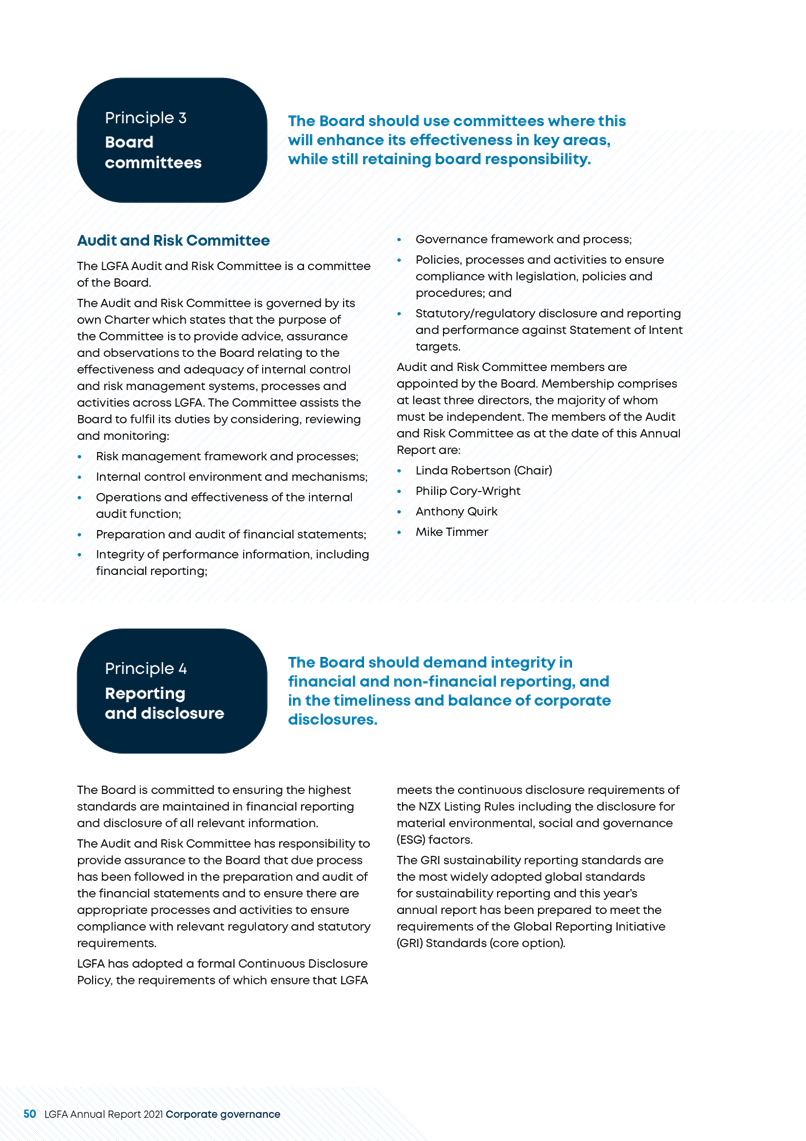
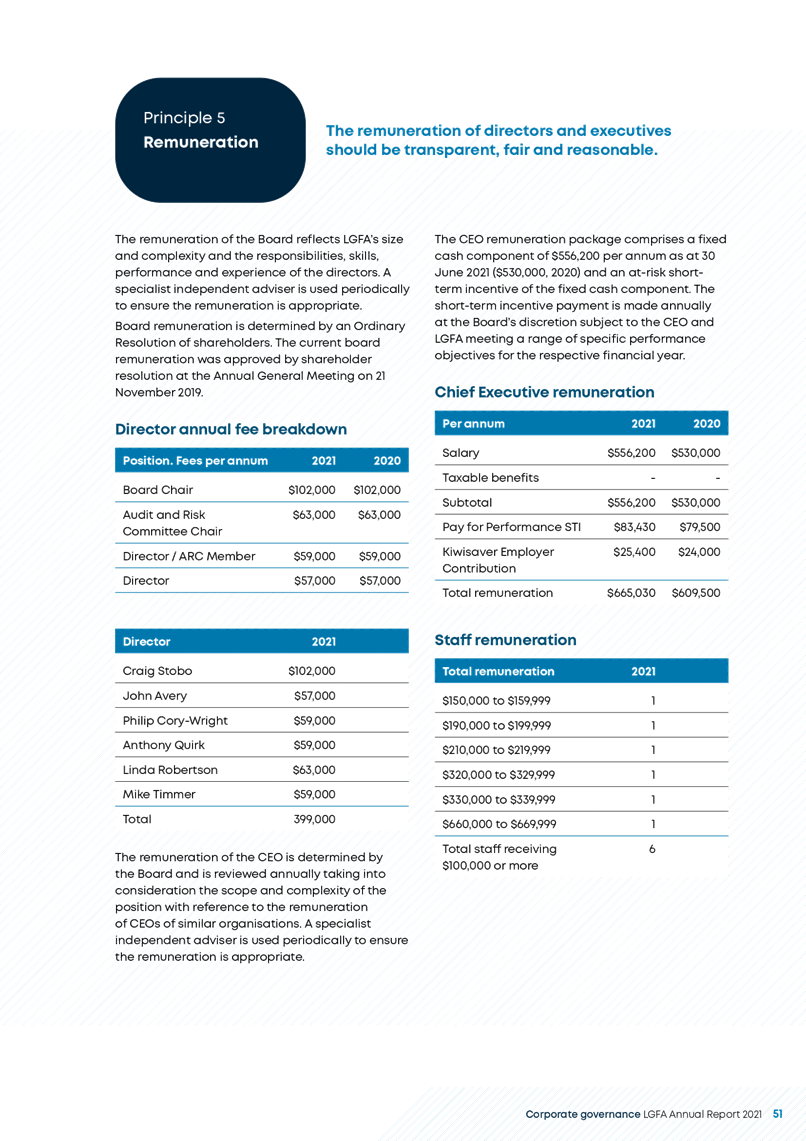
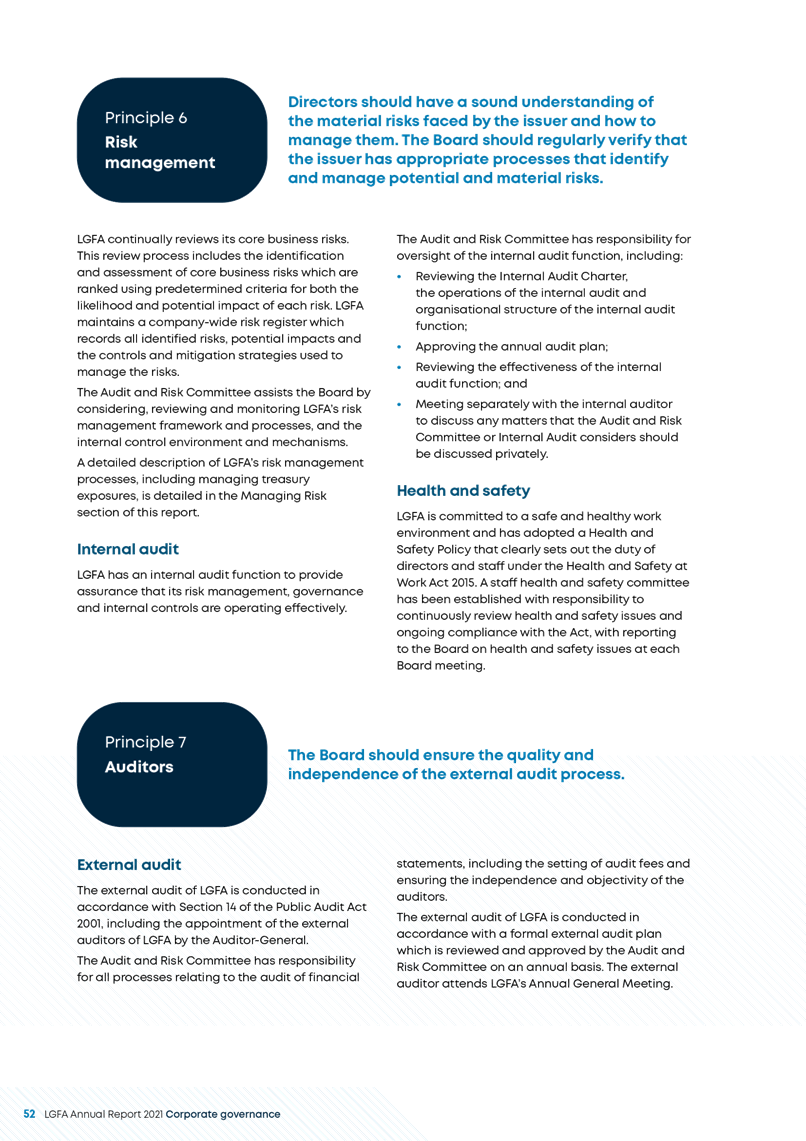
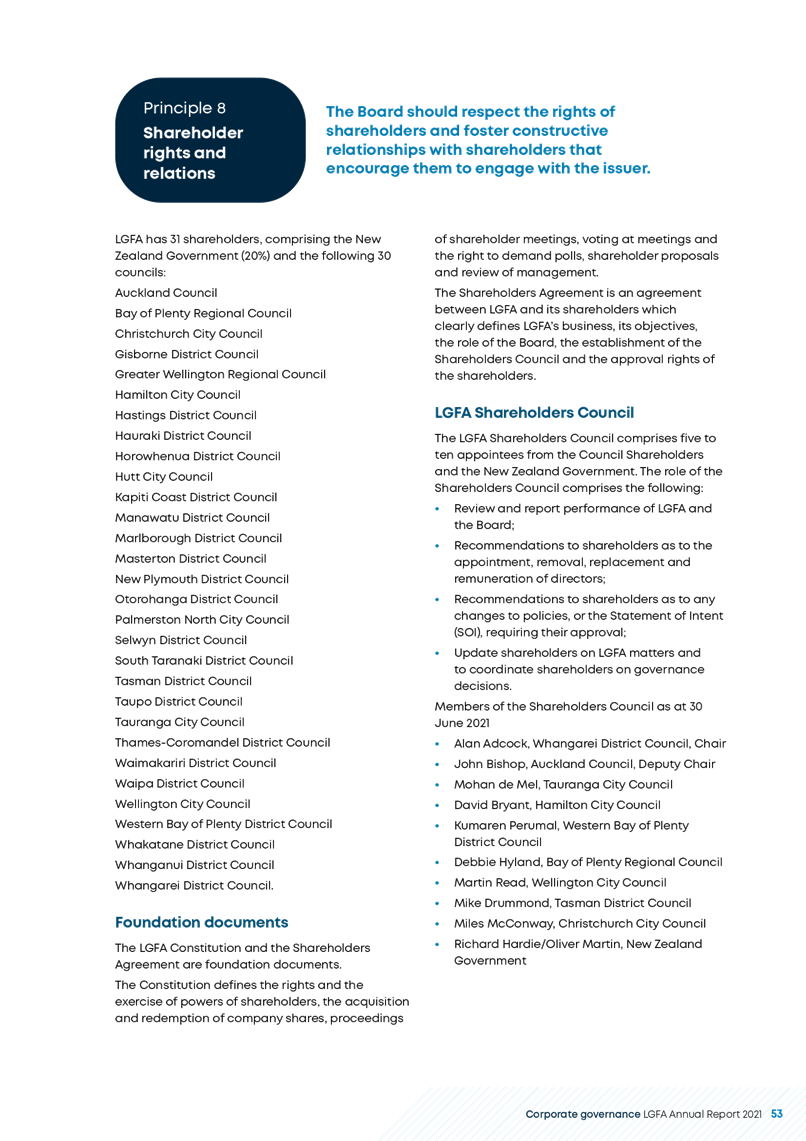
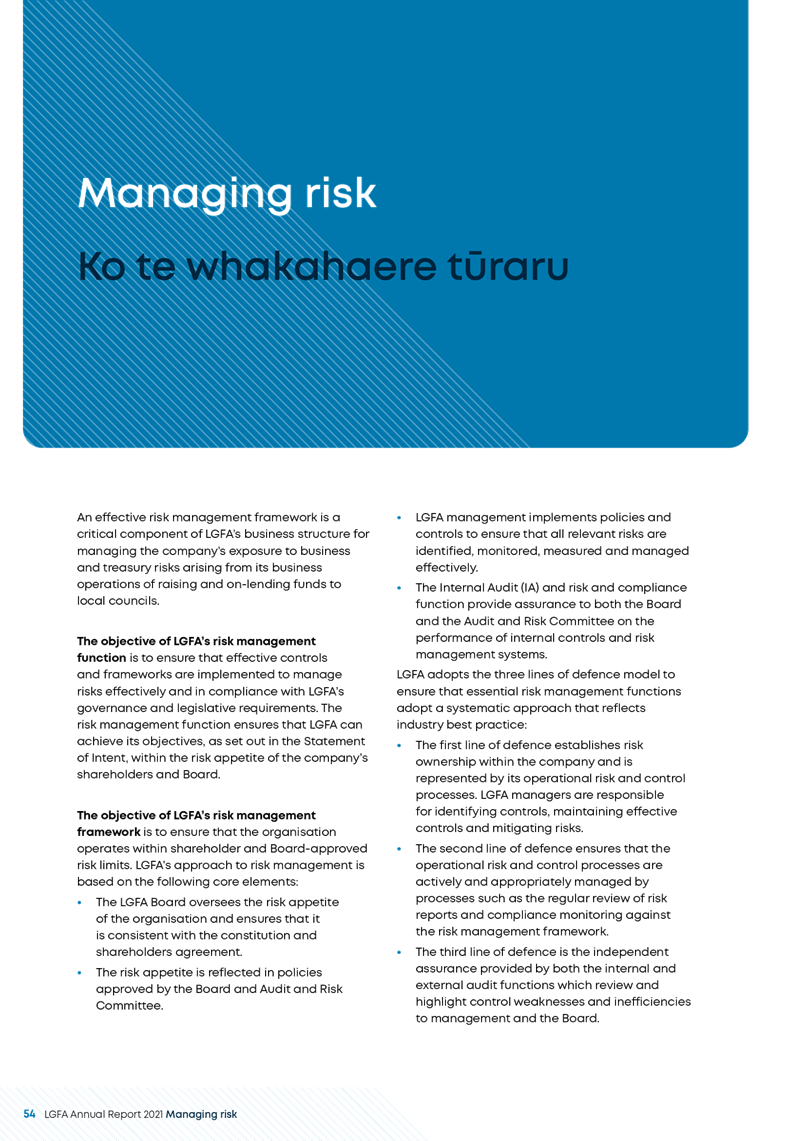

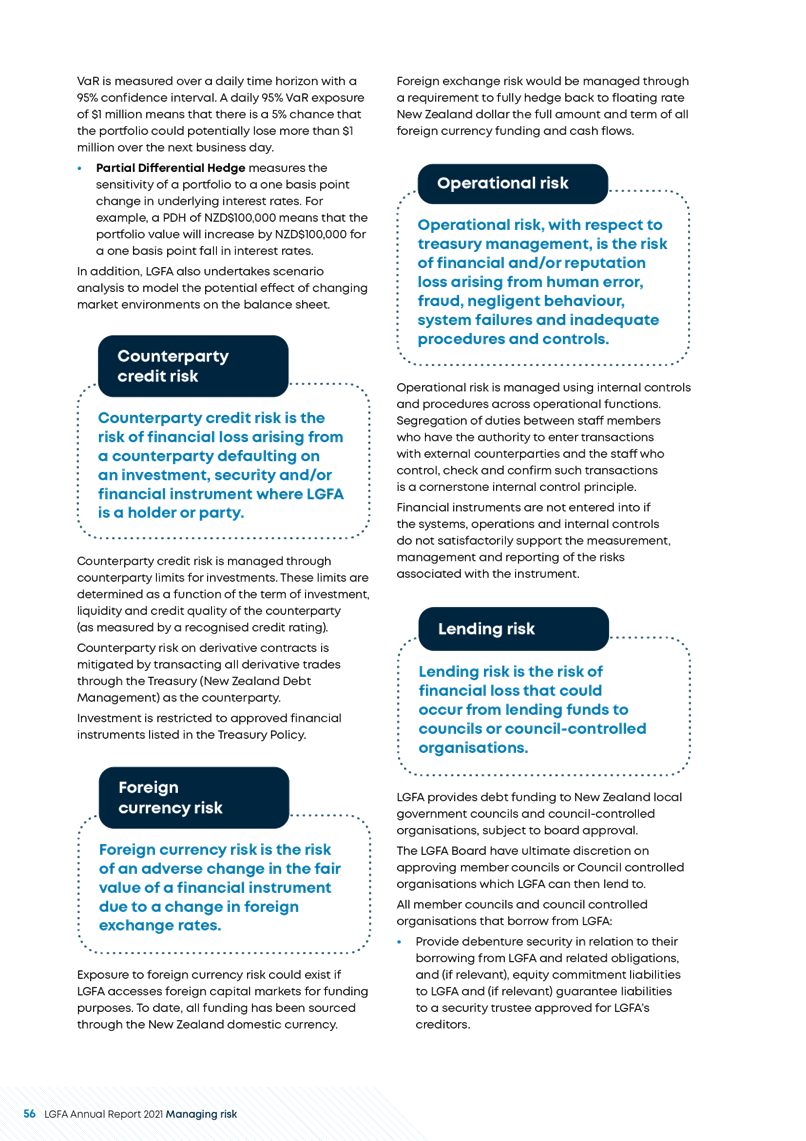
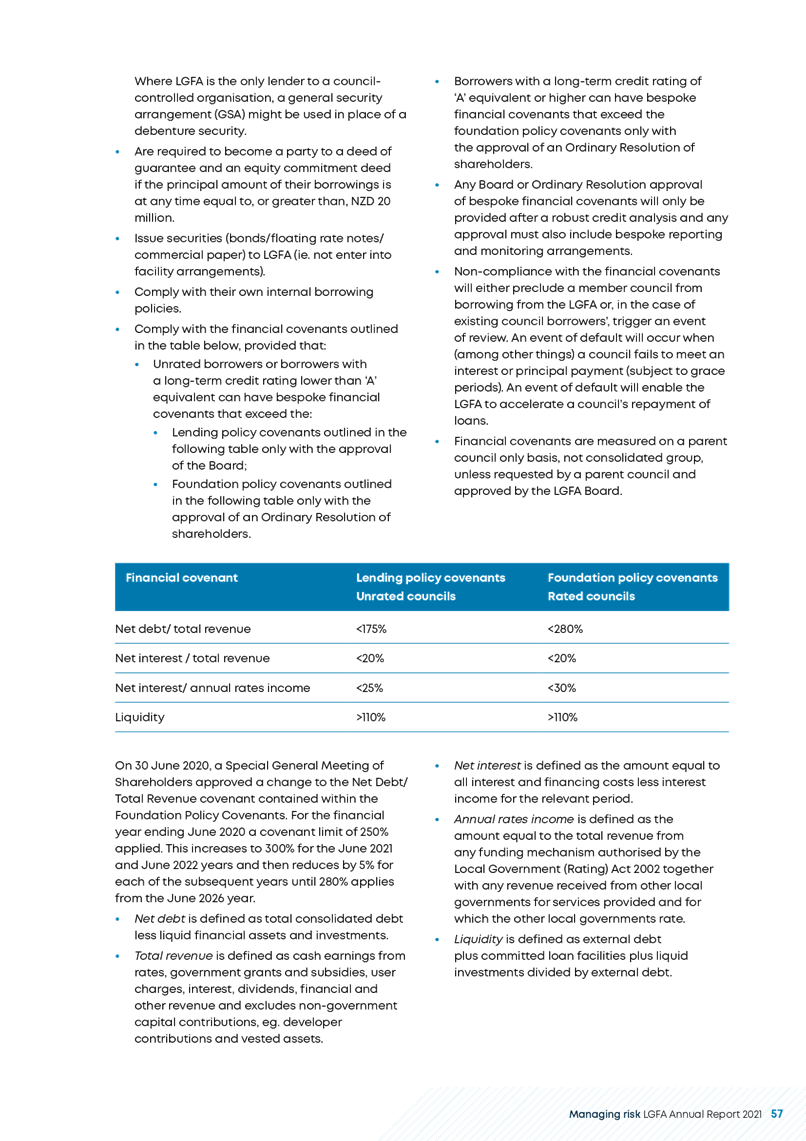
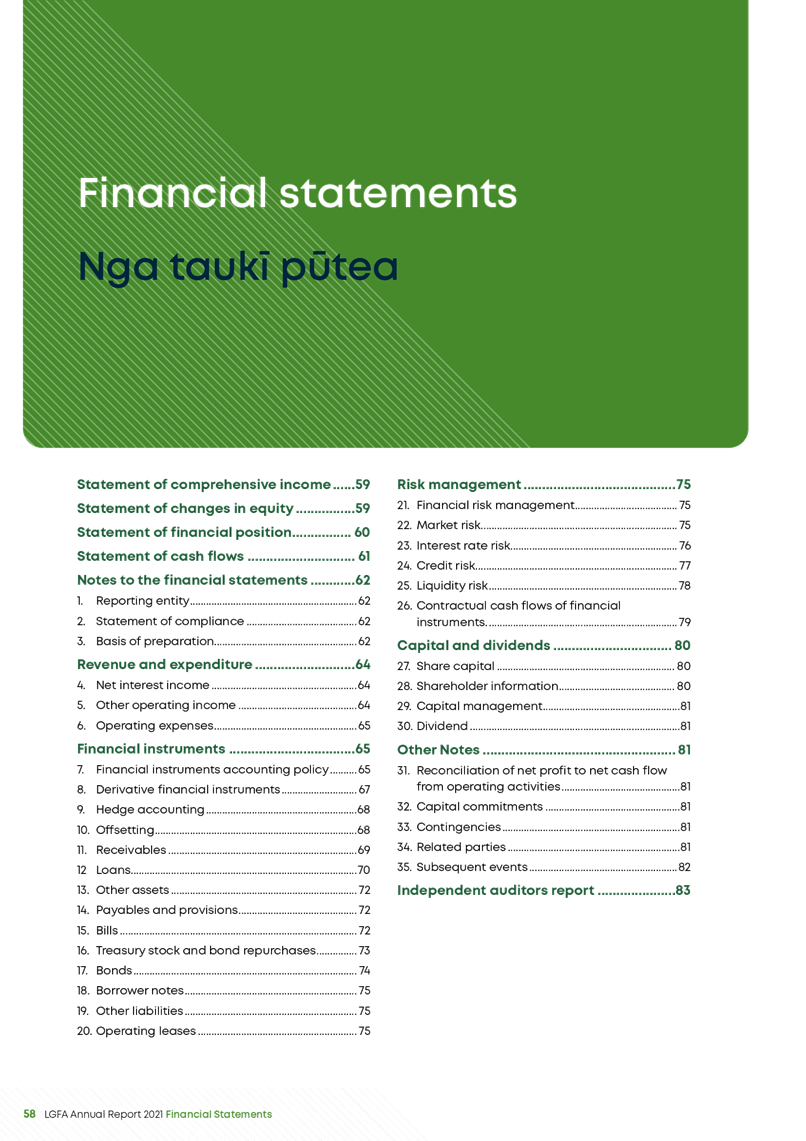
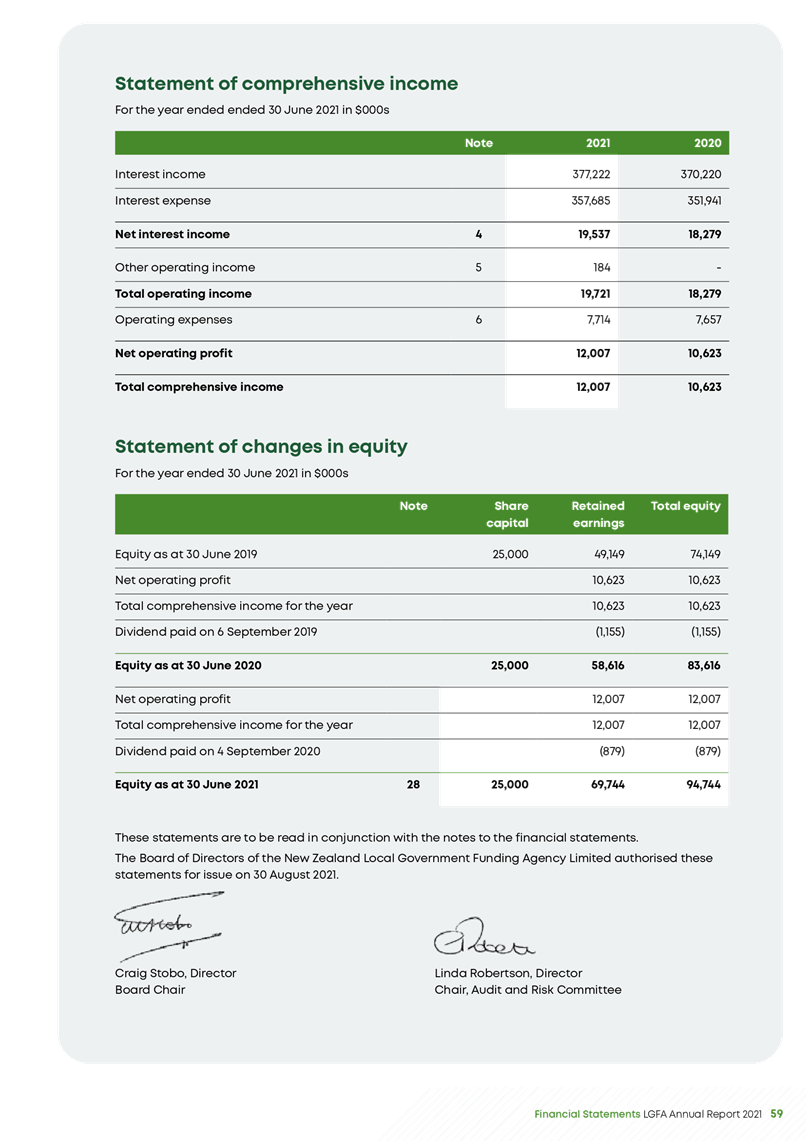

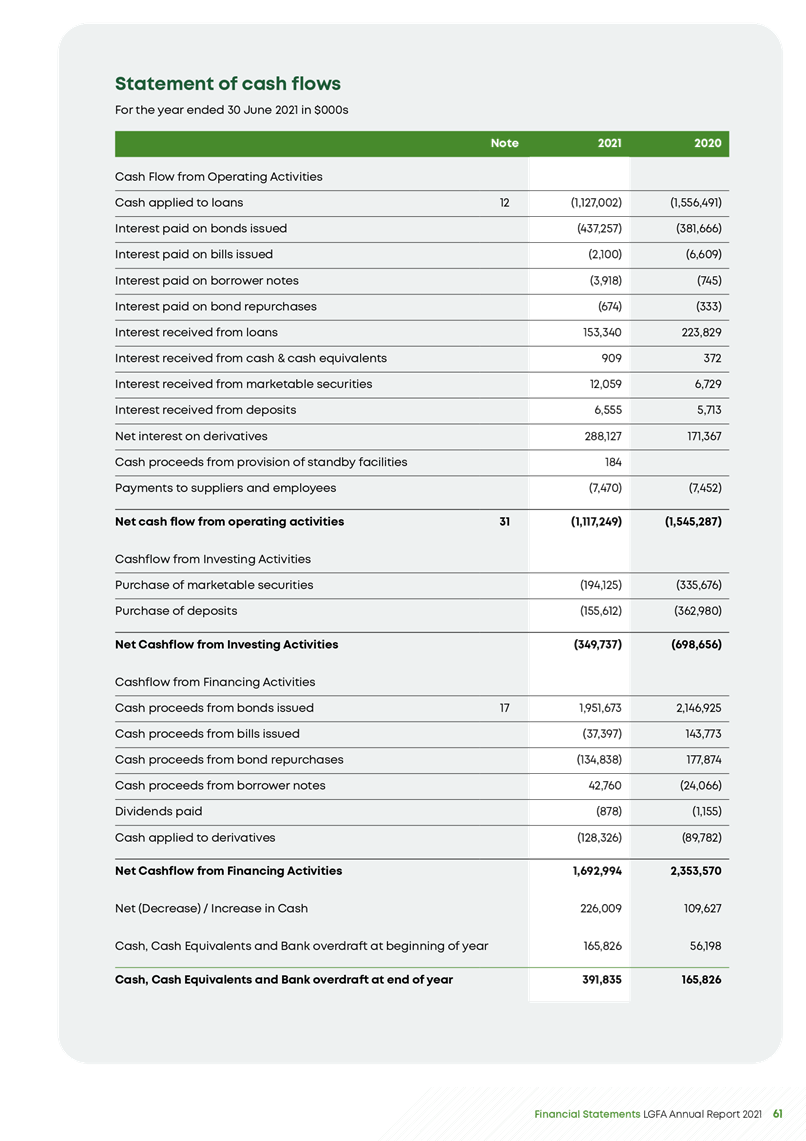
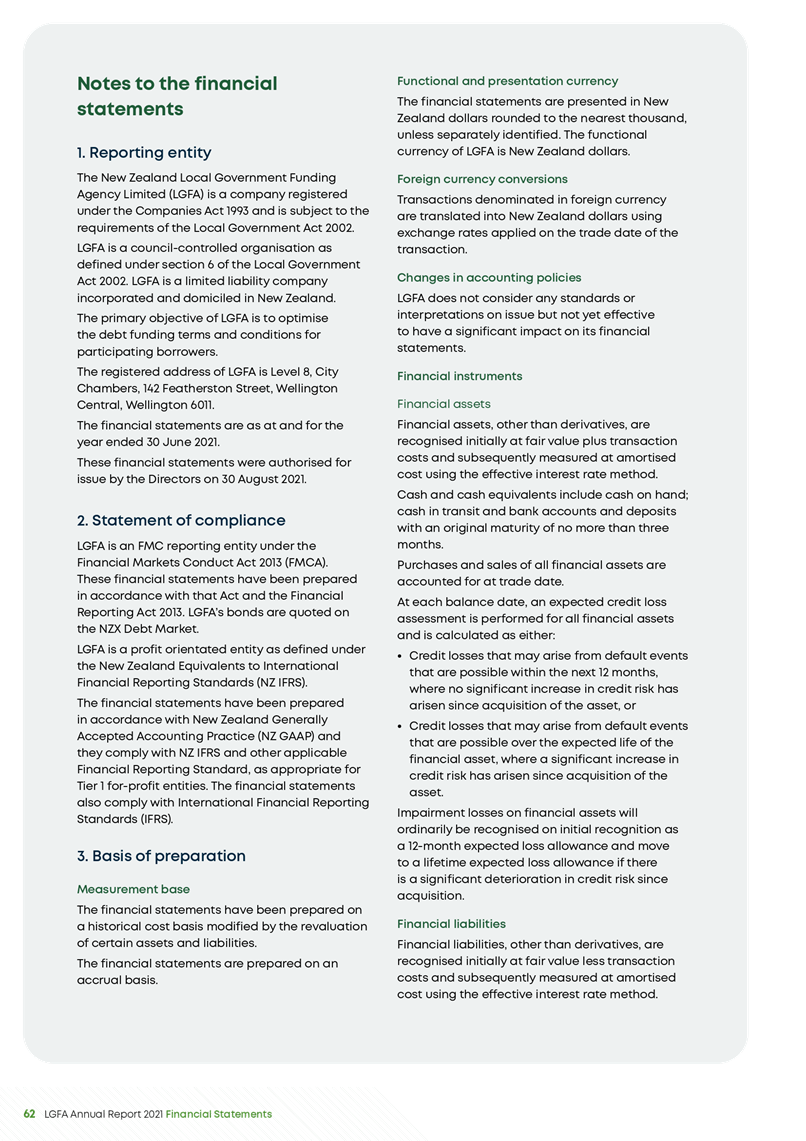
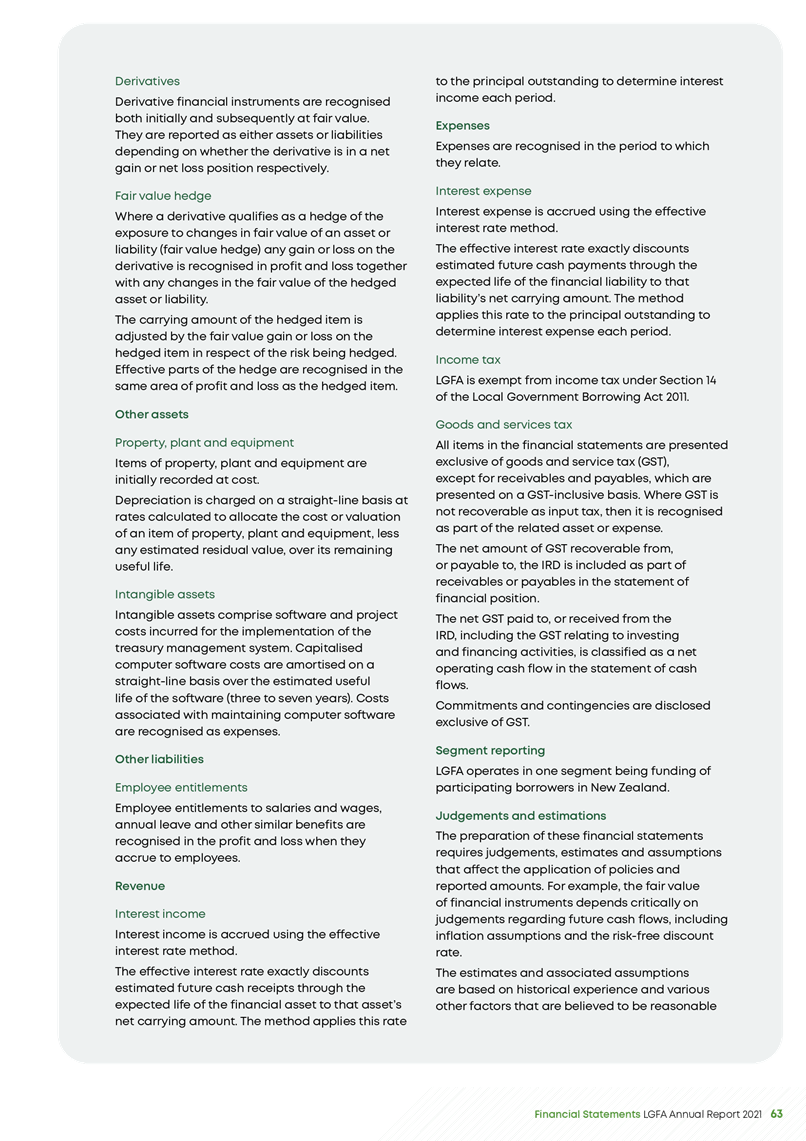
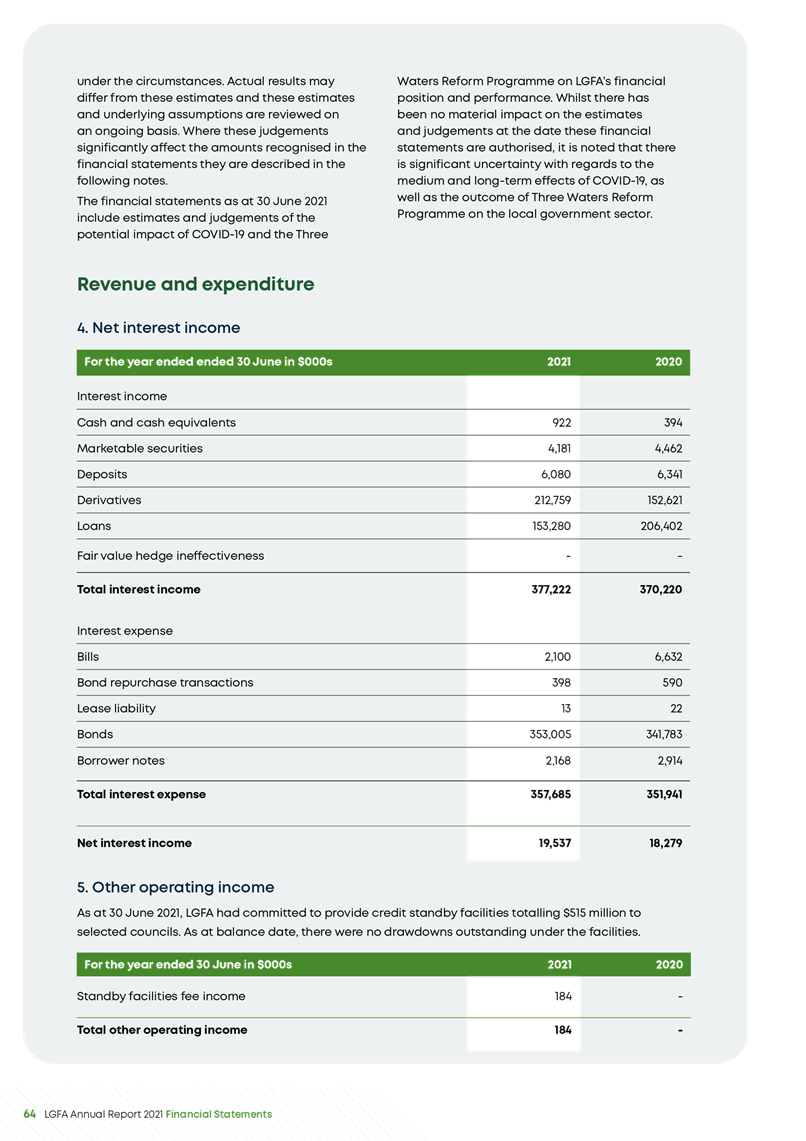
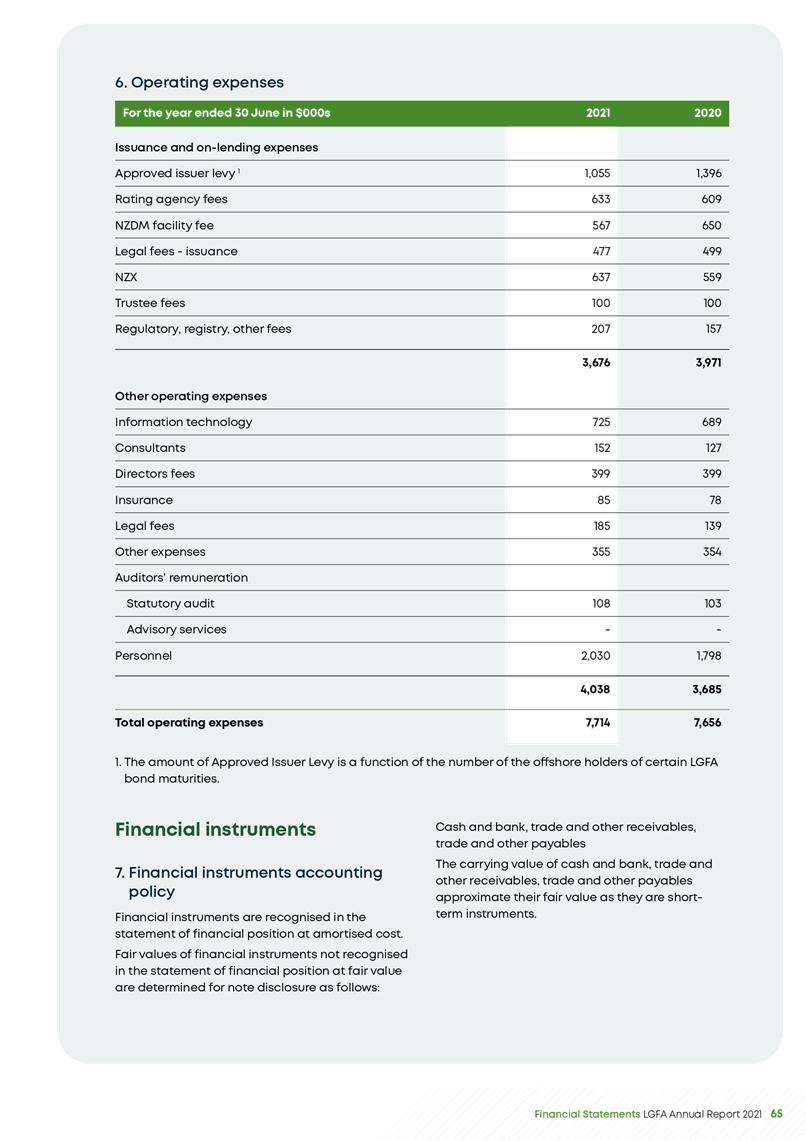
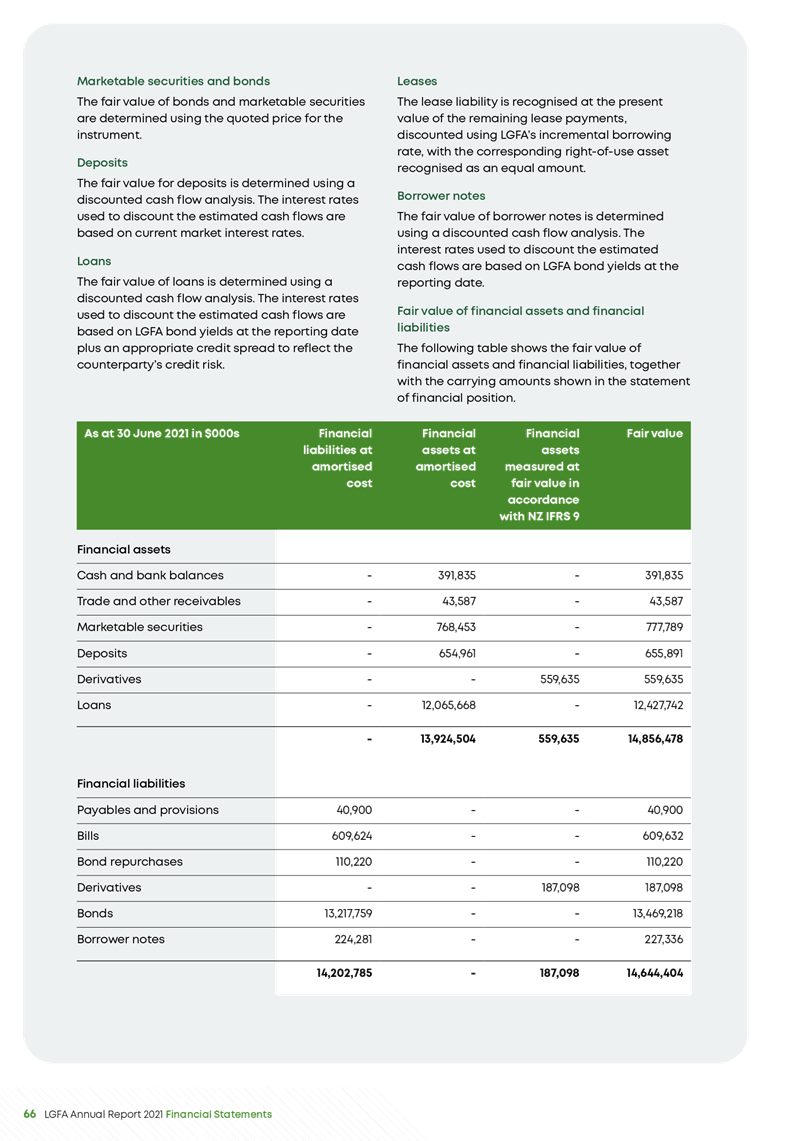
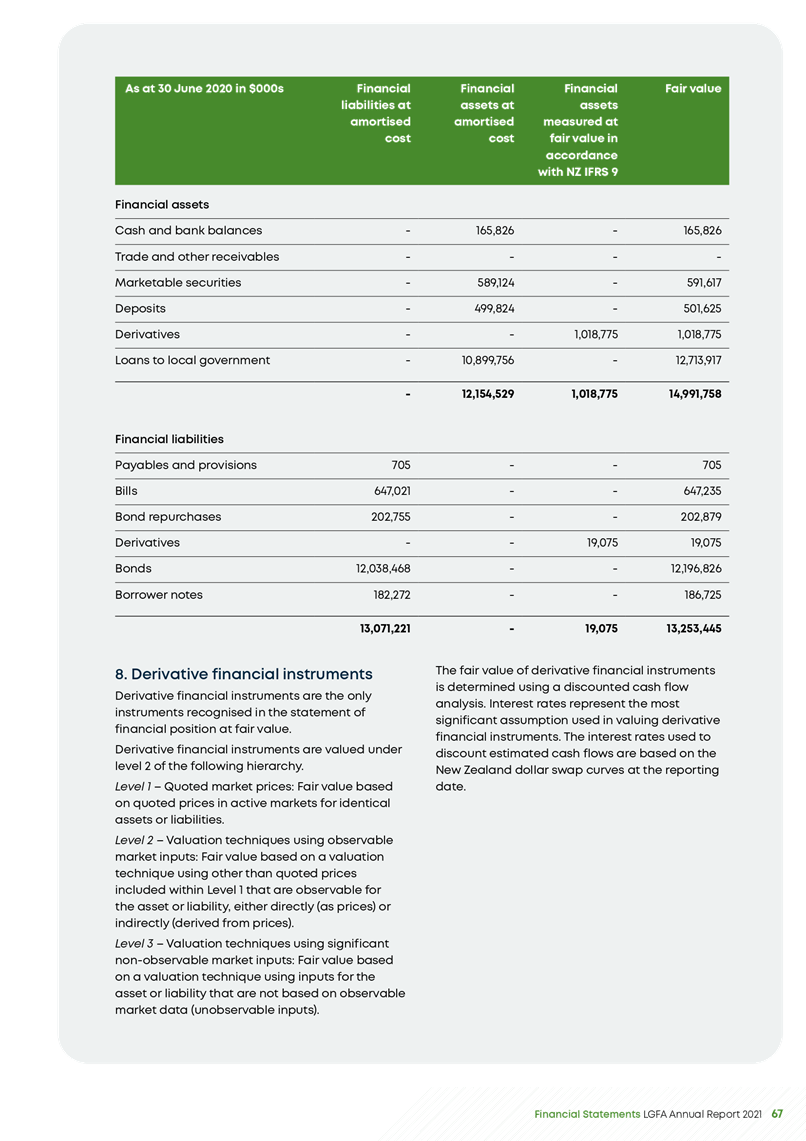
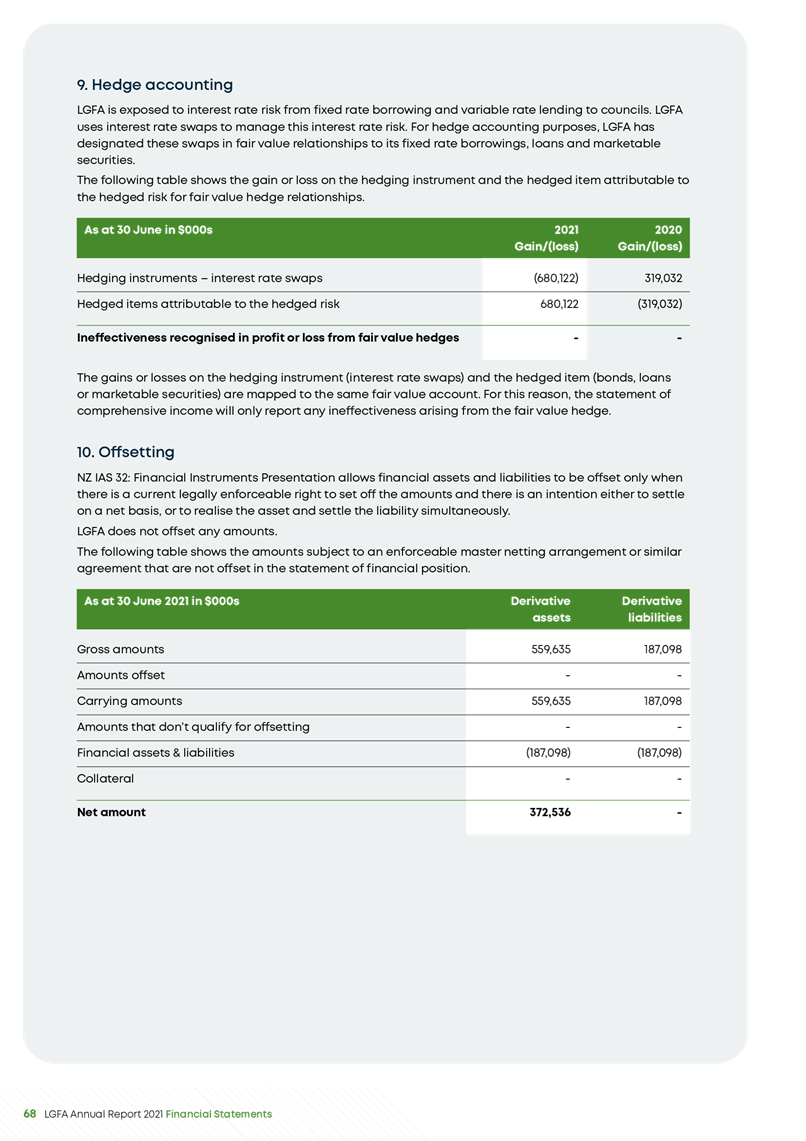



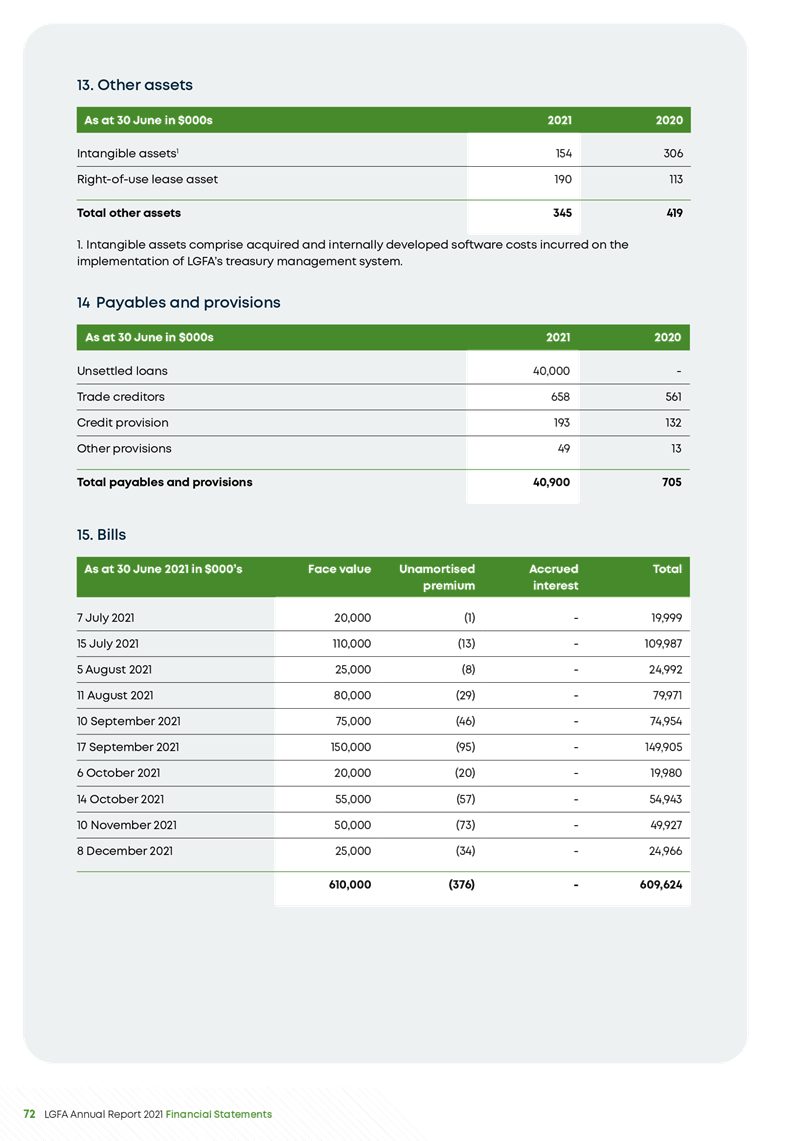
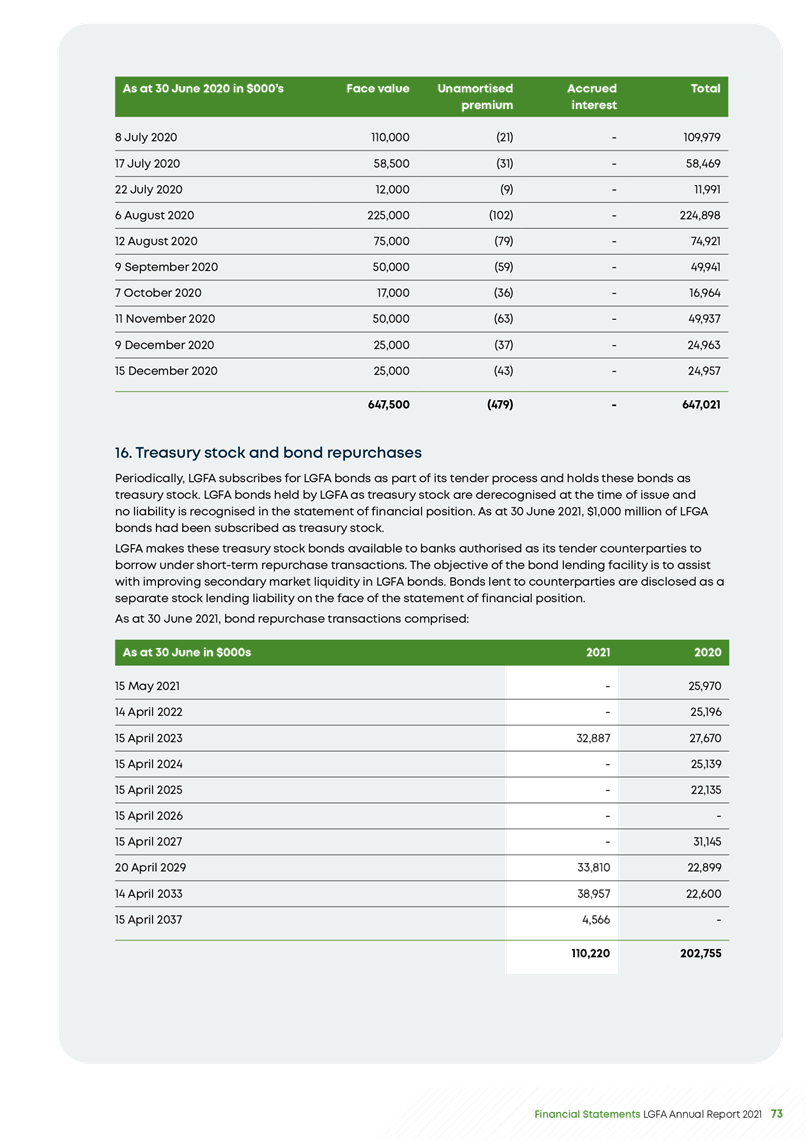
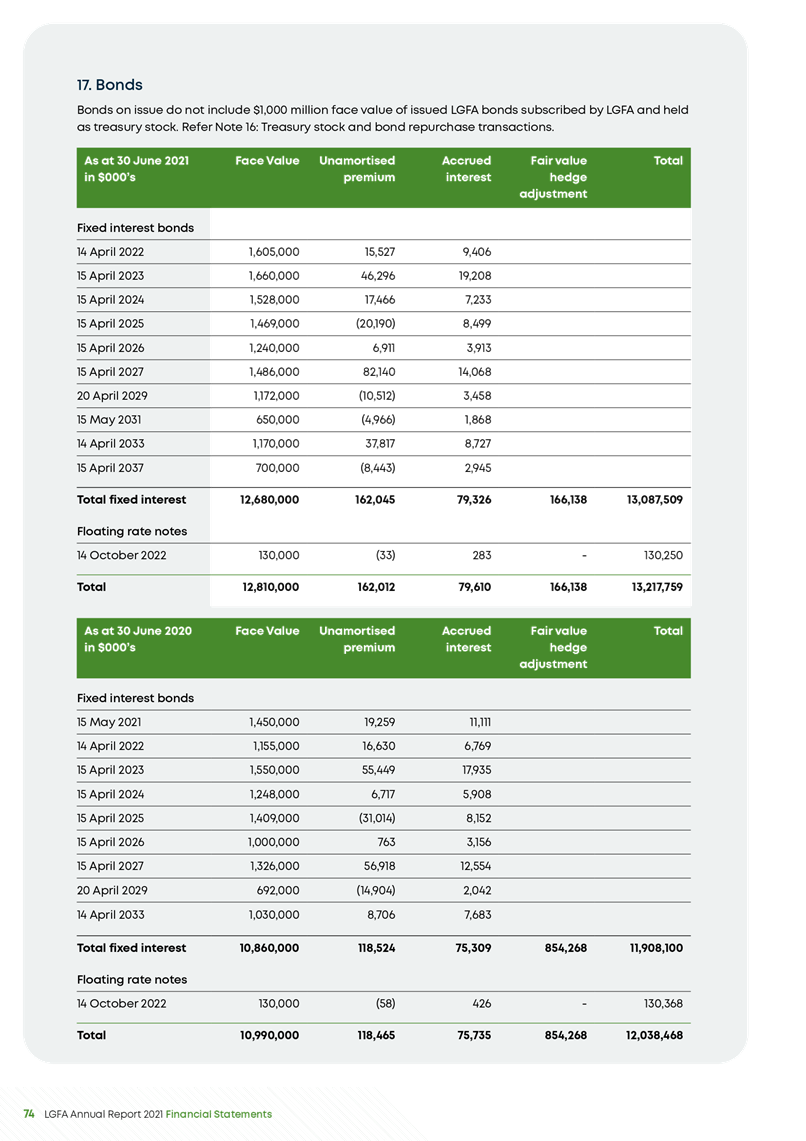
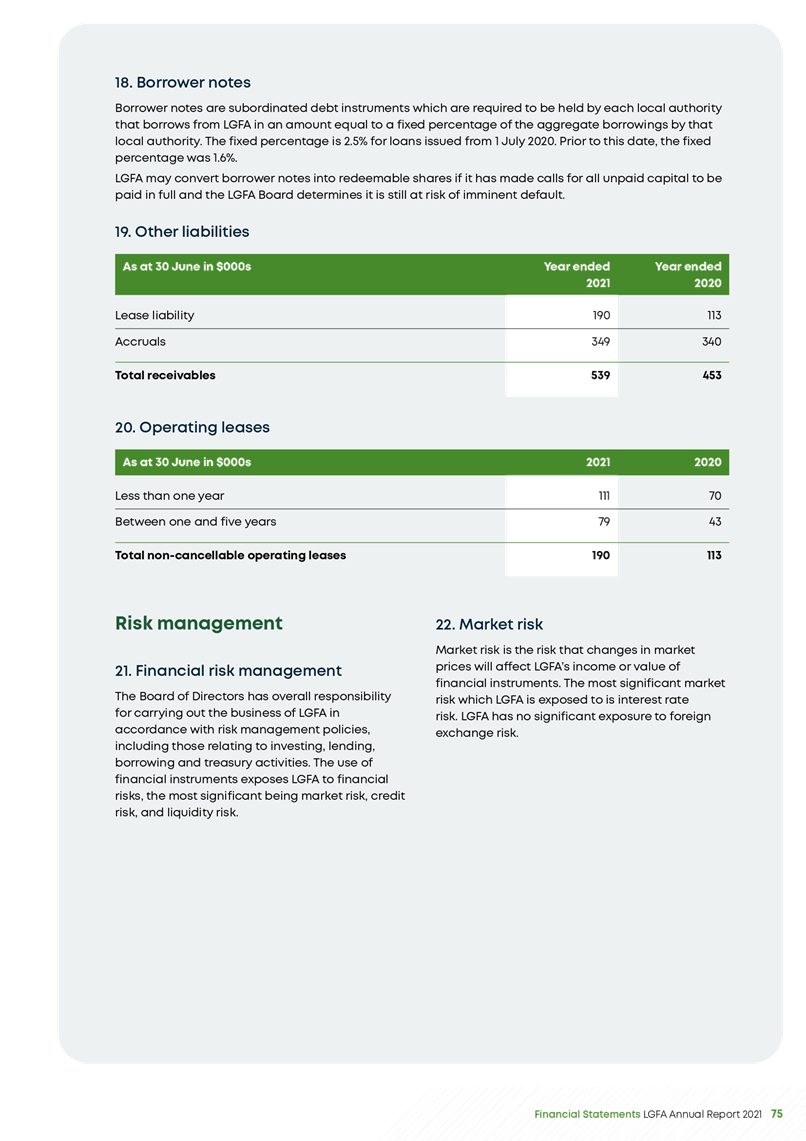

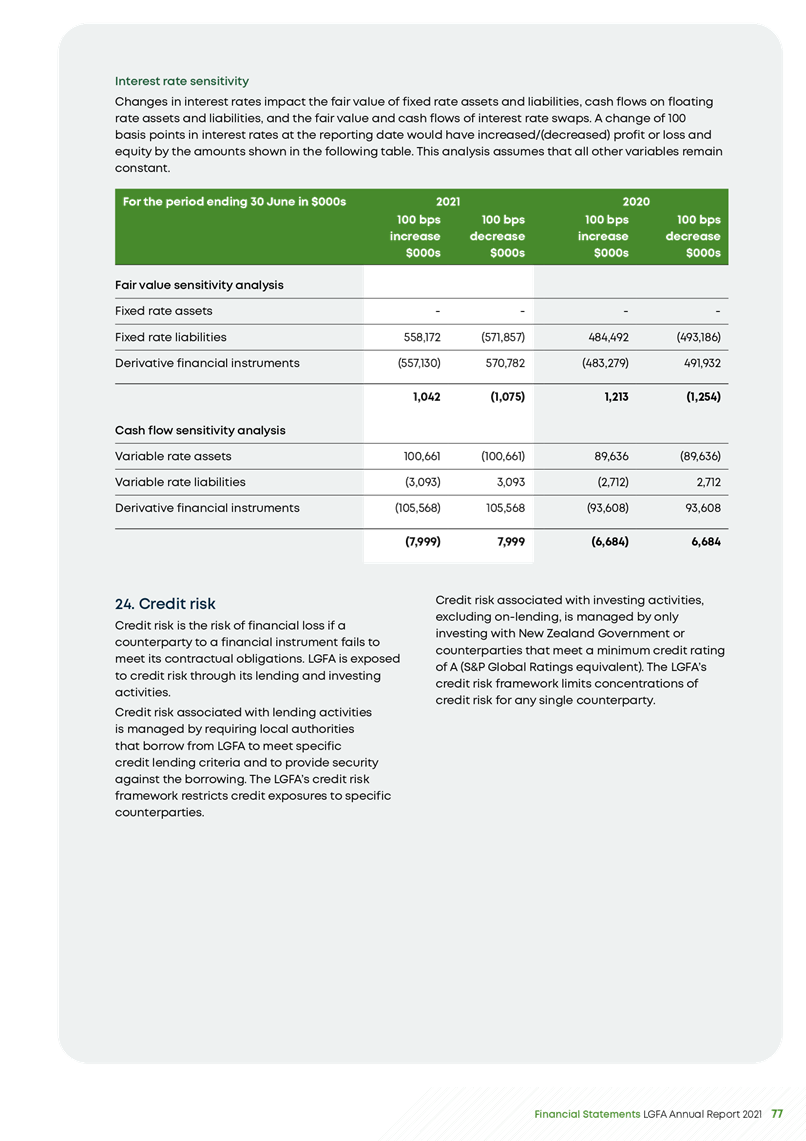
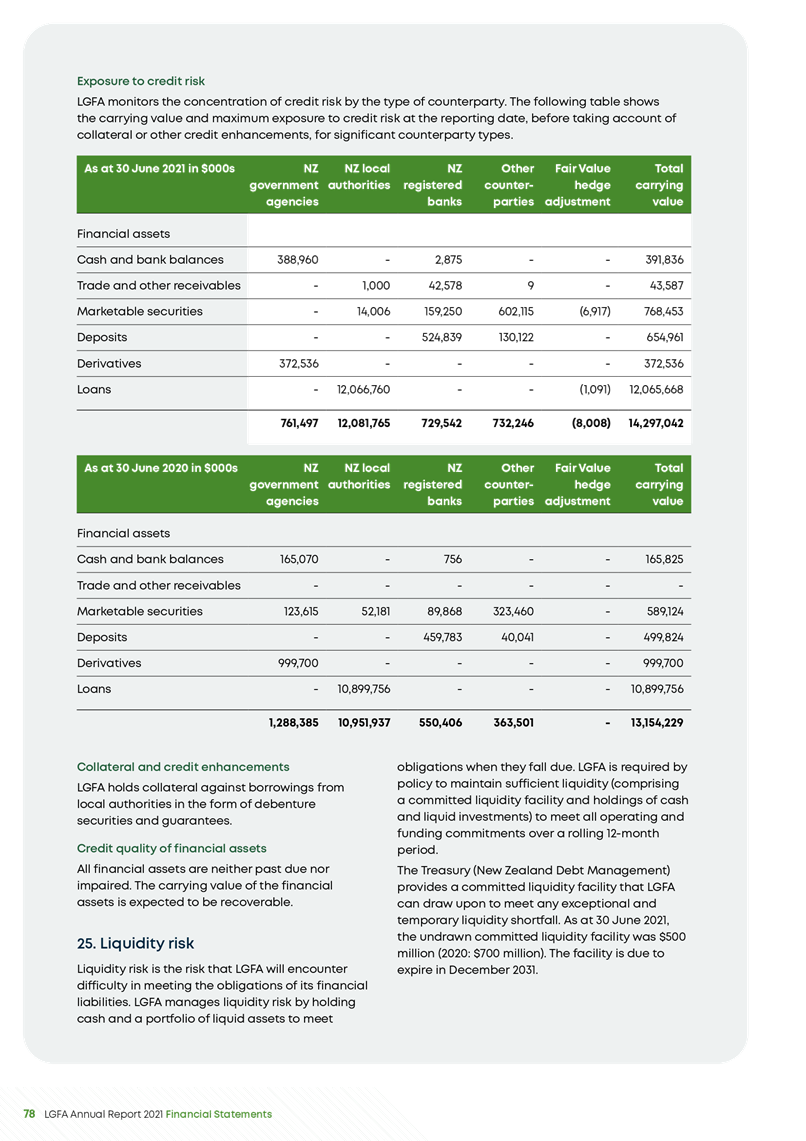
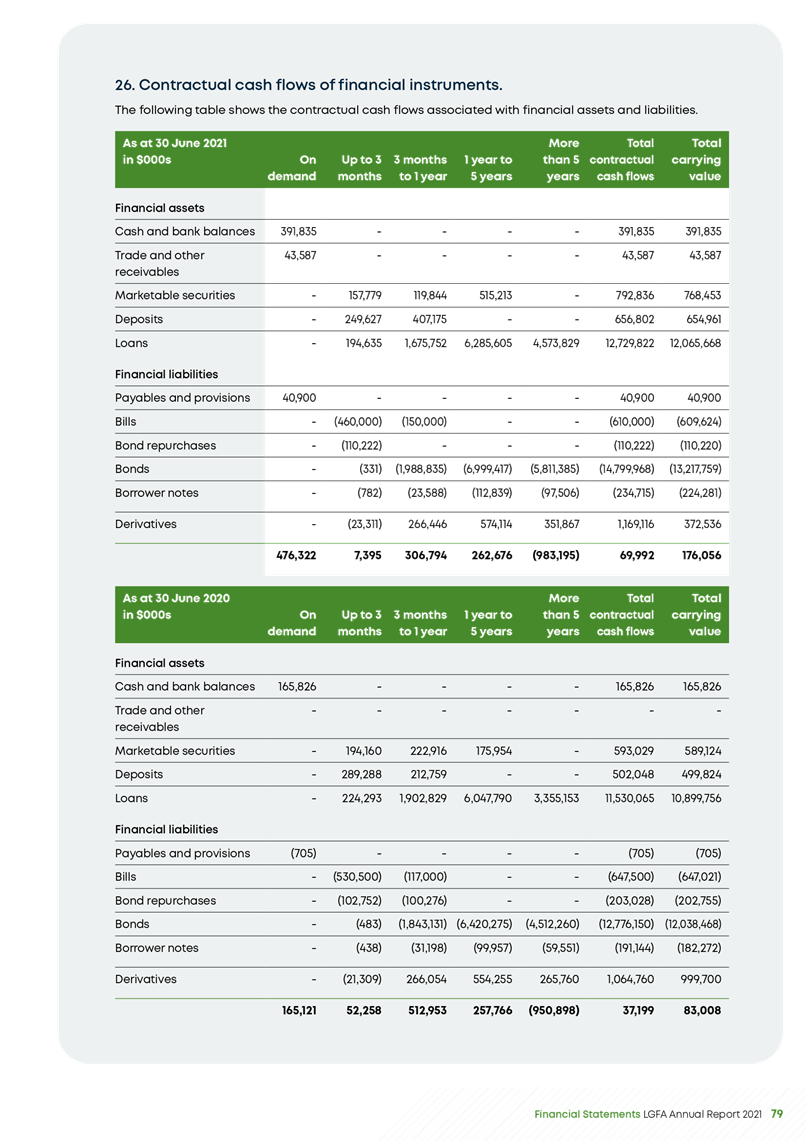
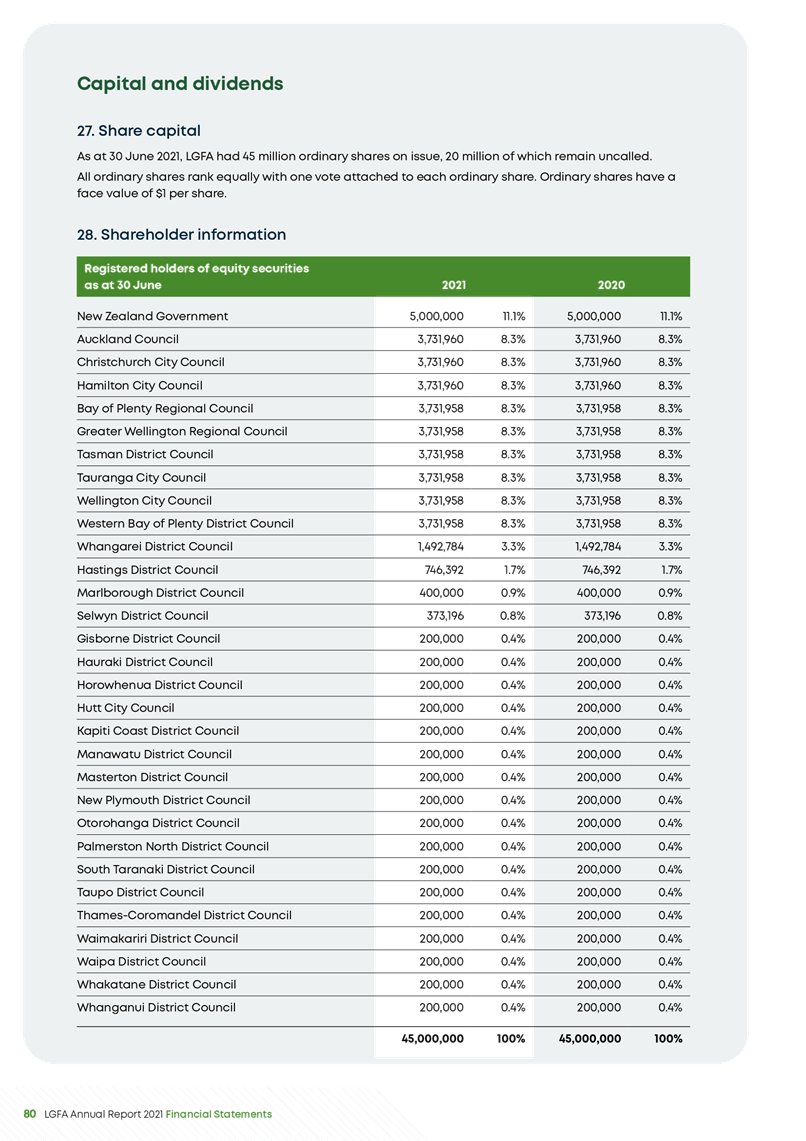
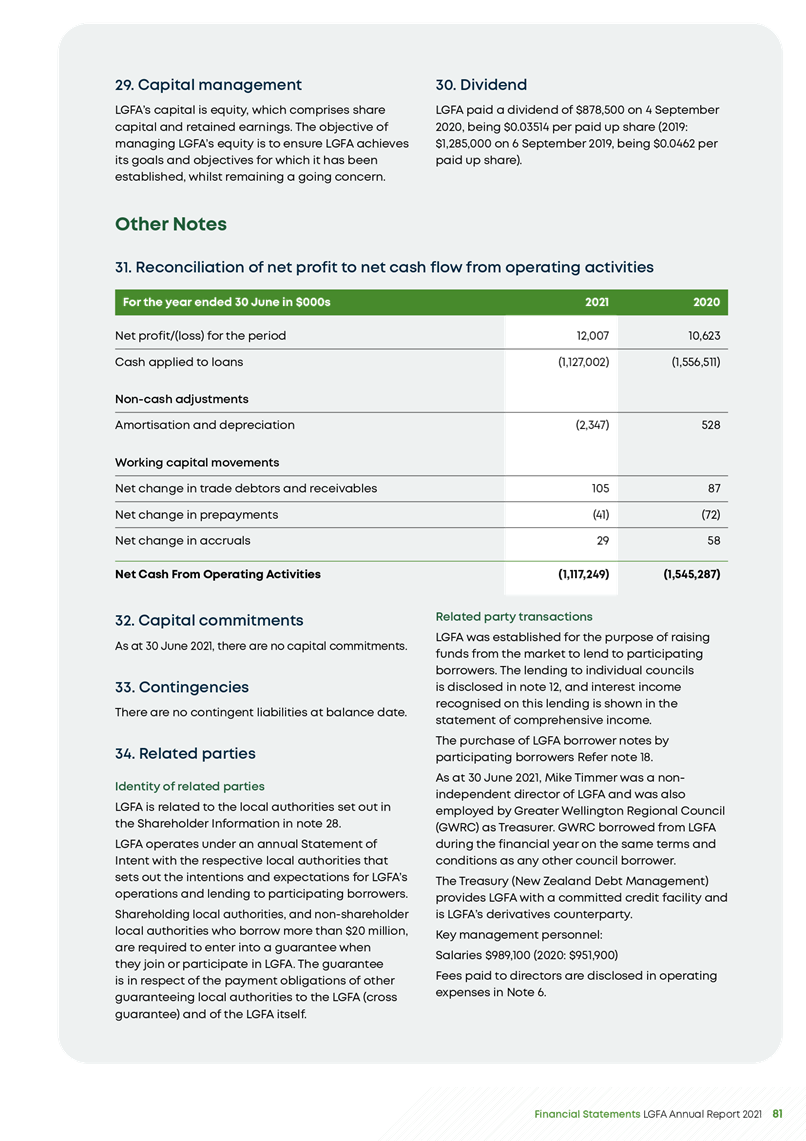

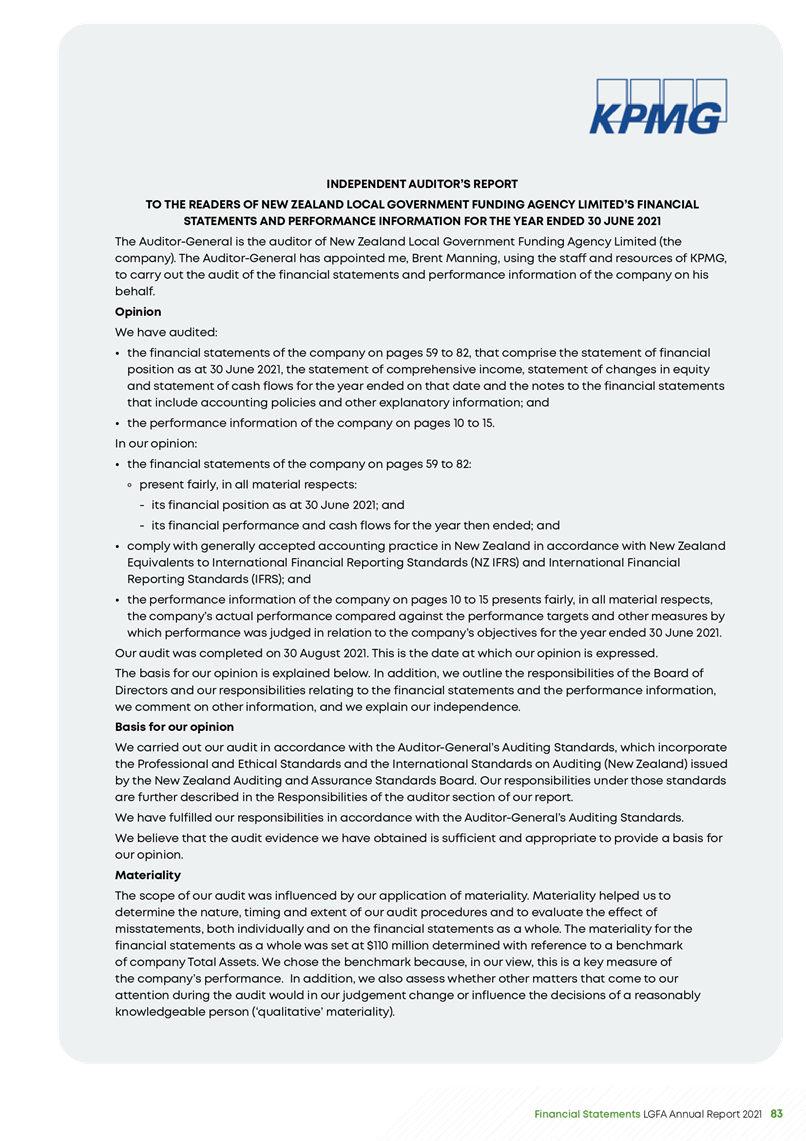
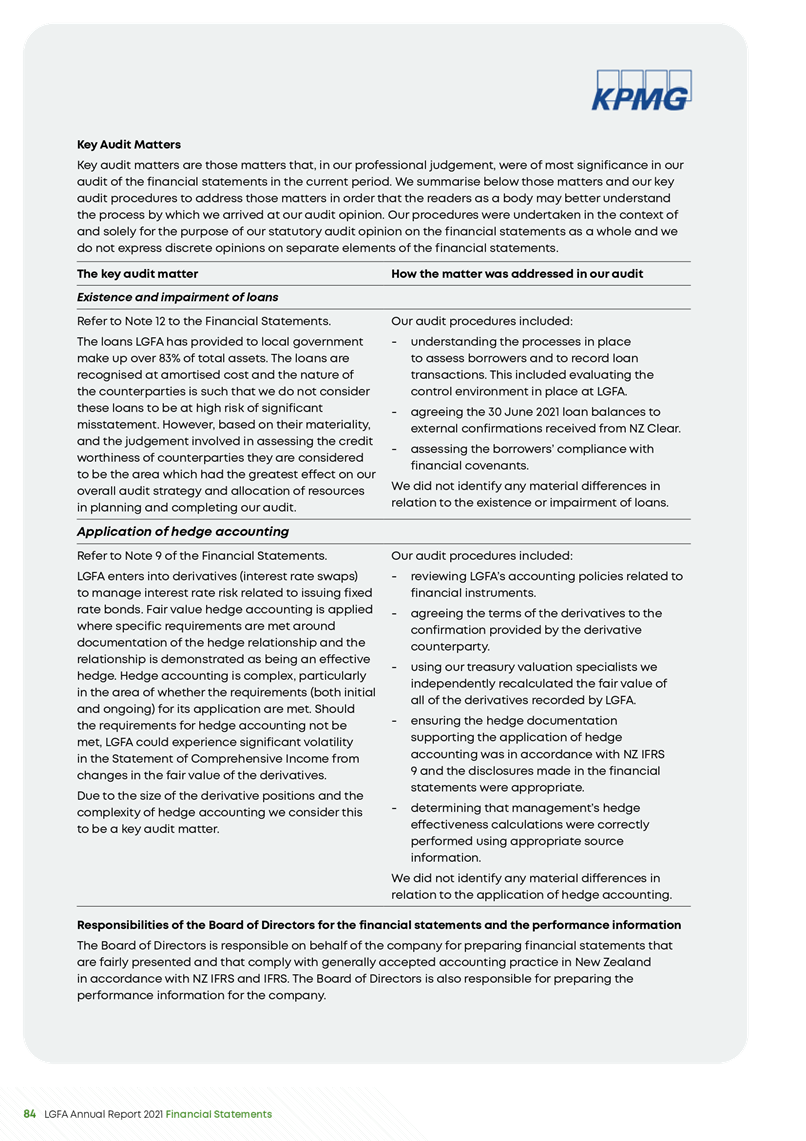

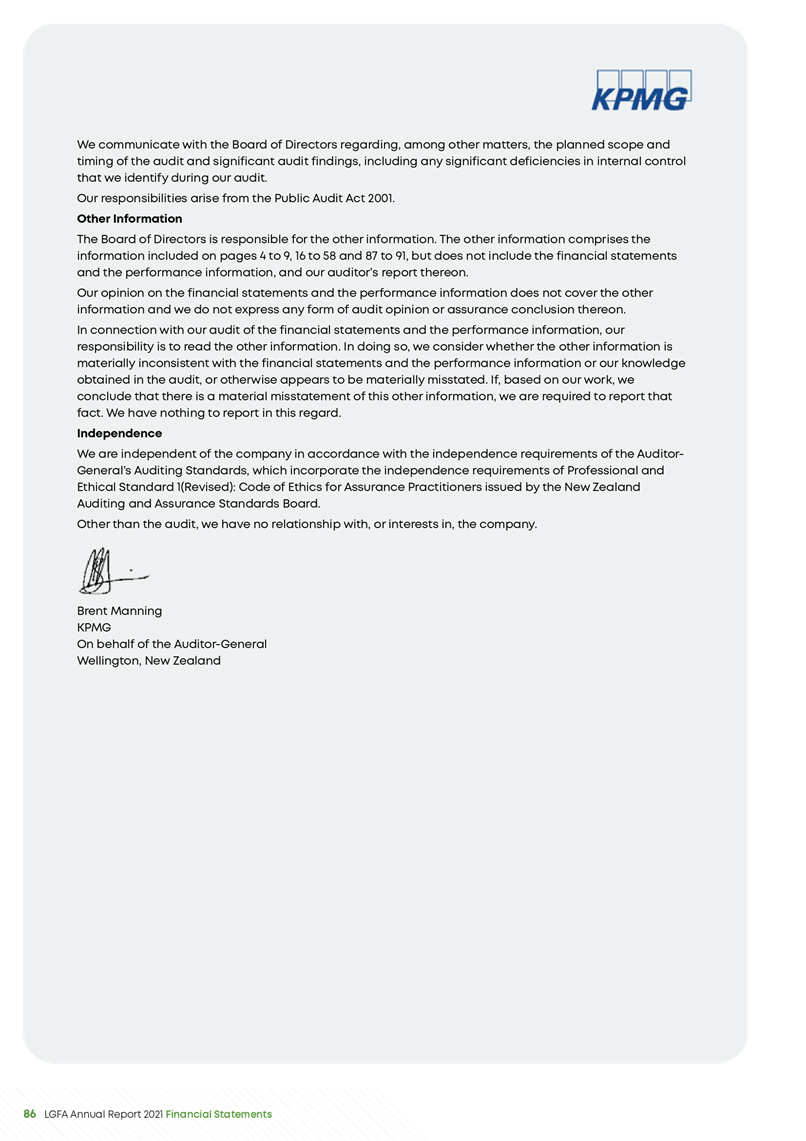
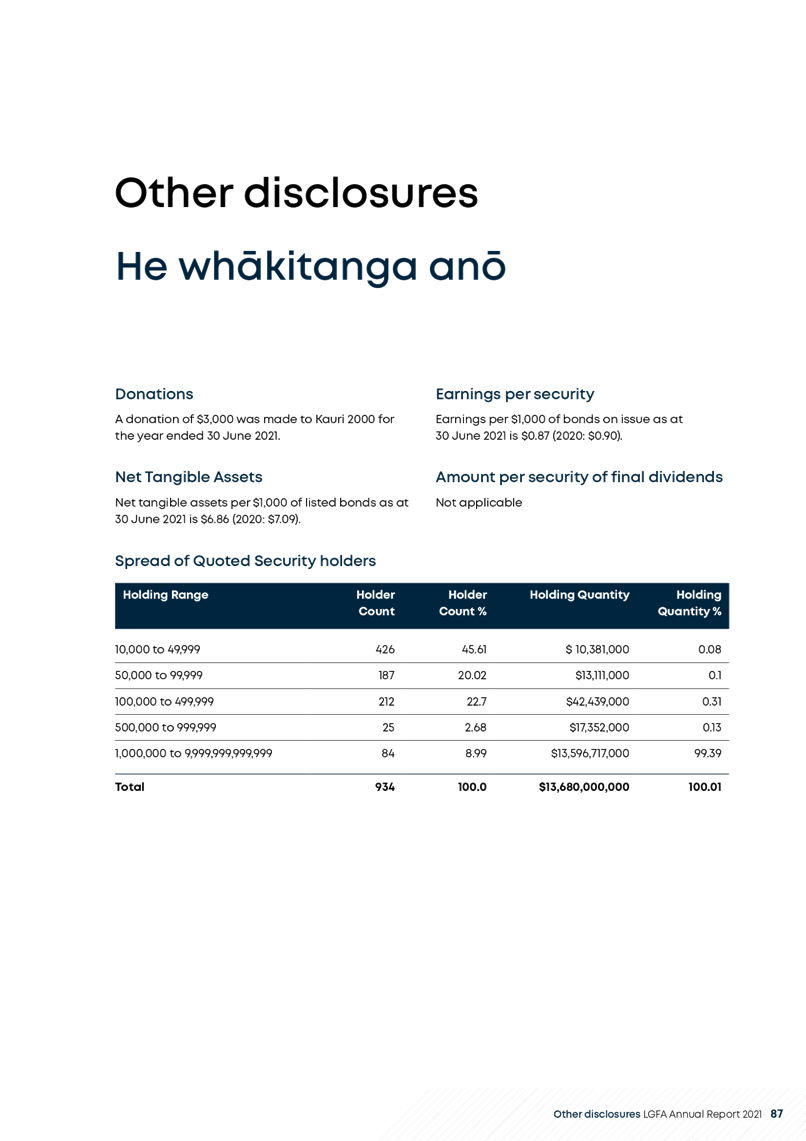
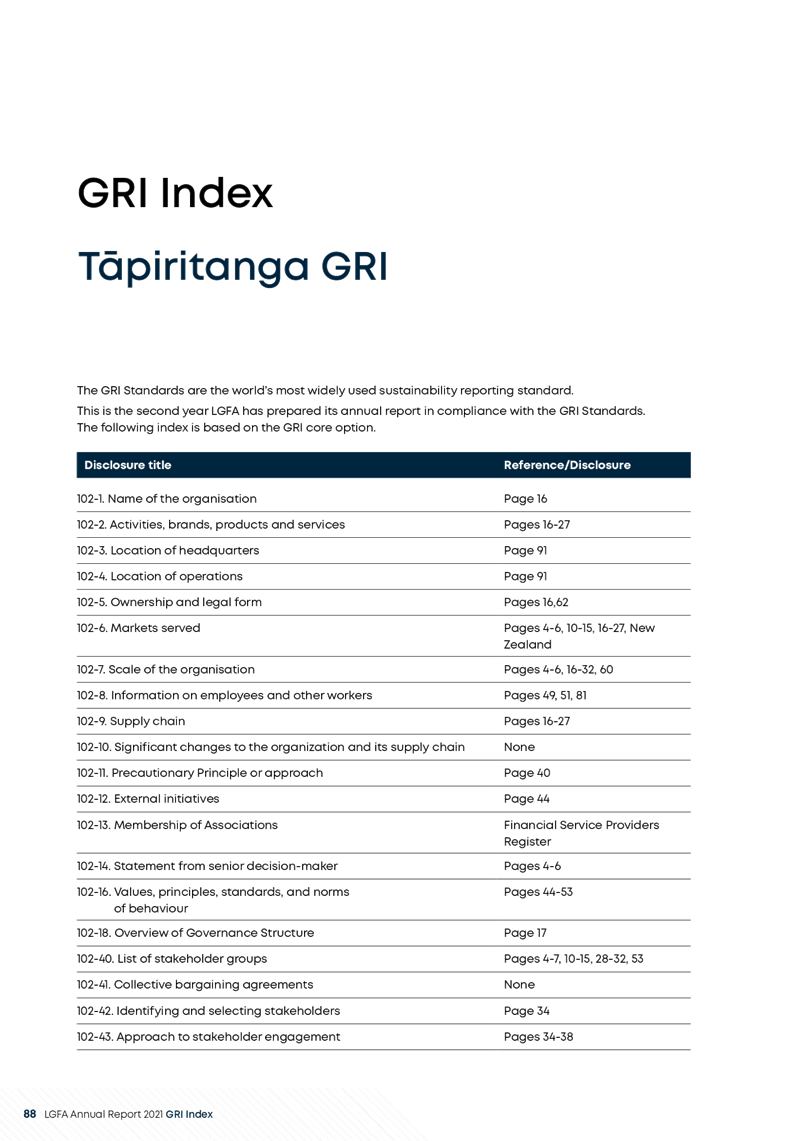
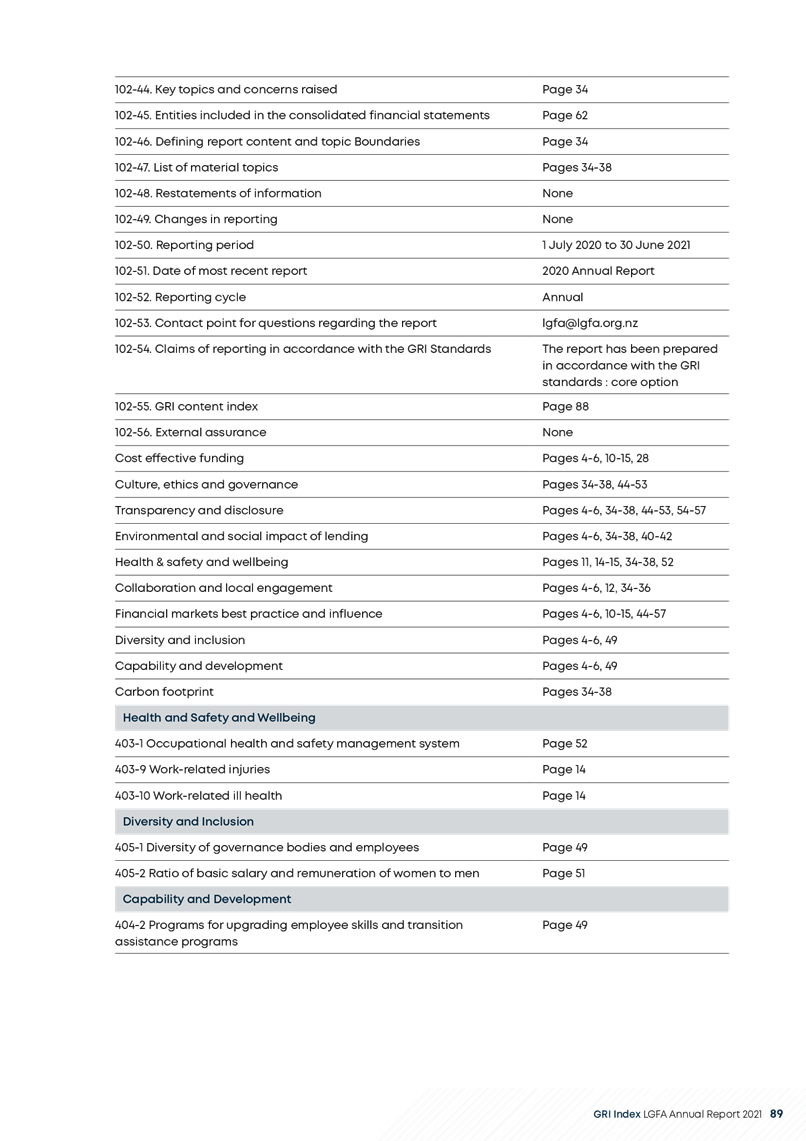
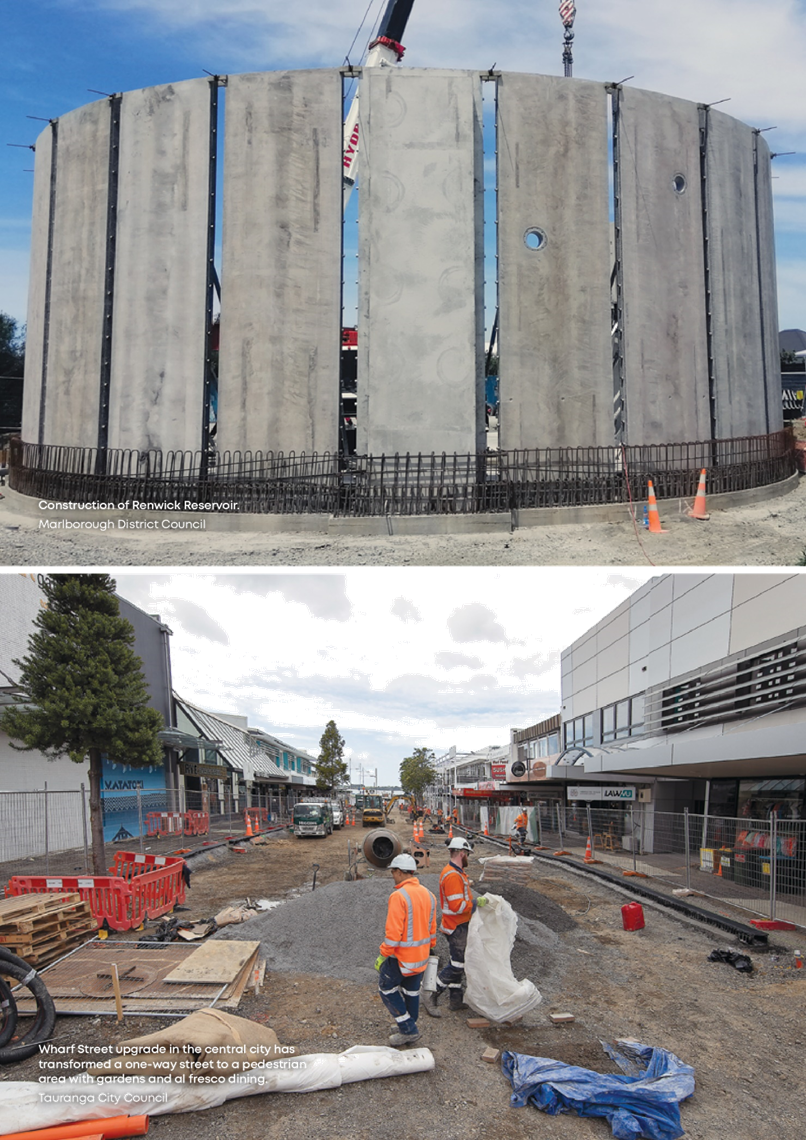
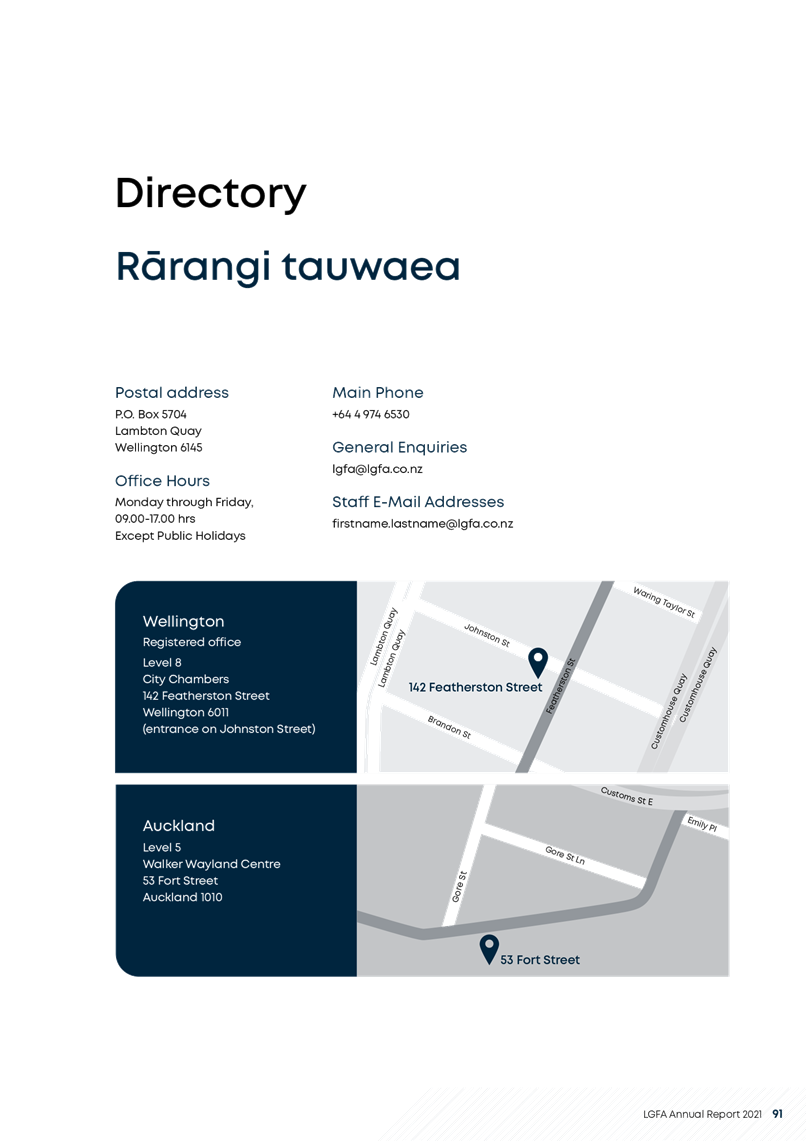
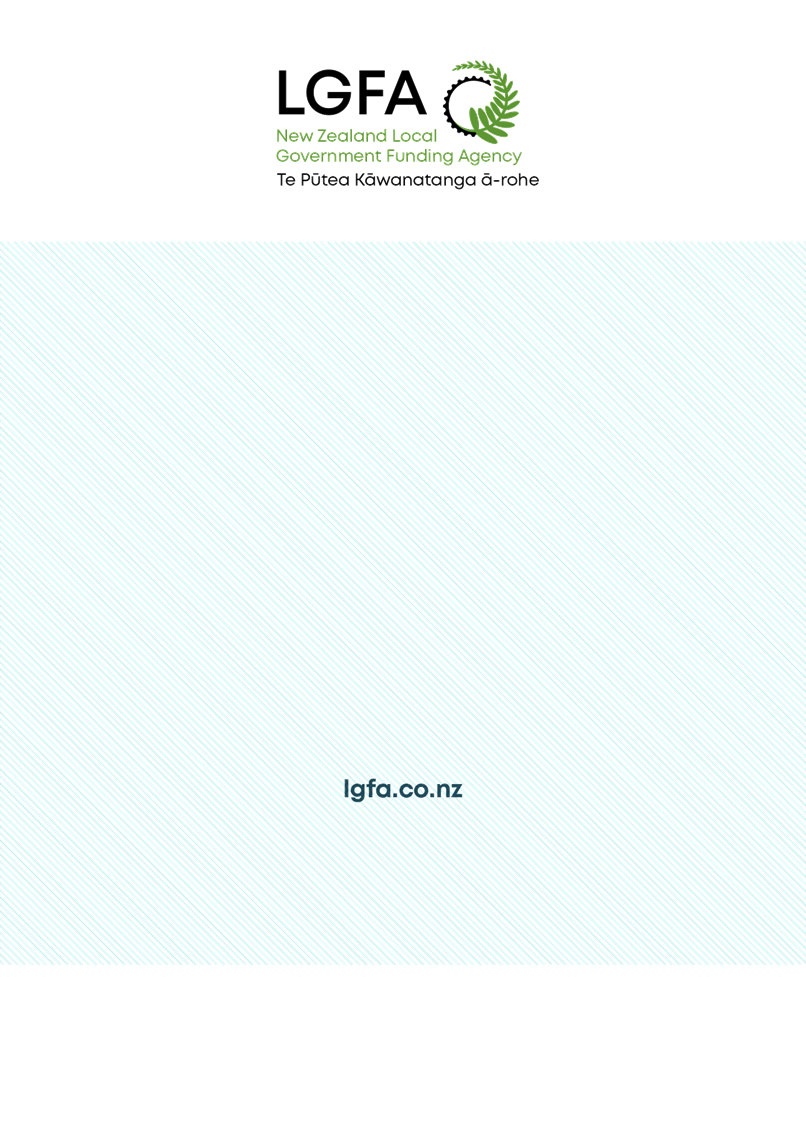
|
Ordinary Council meeting Agenda
|
4 October 2021
|
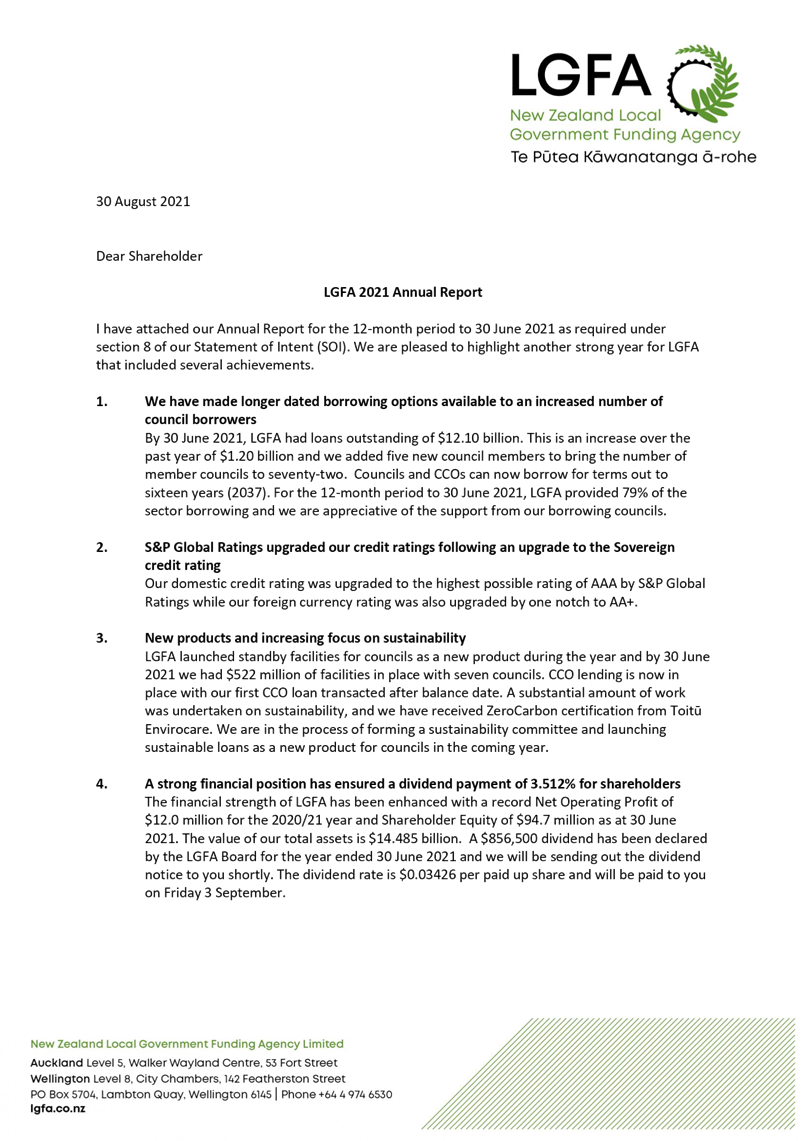

|
Ordinary Council
meeting Agenda
|
4 October 2021
|
11.2 Approval
to use oxadiazon (oxa-pro) at Blake Park Summer 2021/2022
File
Number: A12939581
Author: Paul
Dunphy, Delivery Manager
Authoriser: Gareth
Wallis, General Manager: Community Services
Purpose
of the Report
1. To
approve the use of oxadiazon (oxa-pro) at Blake Park during Summer 2021/22.
|
Recommendations
That the Council:
(a) Approve
the use of oxadiazon (oxa-pro) at Blake Park during Summer 2021/22.
|
Executive
Summary
2. Blake
Park is hosting several international cricket games over Summer 2021/22,
including games associated with the Women’s Cricket World Cup. Providing
for a single application of the pre-emergent agrichemical oxadiazon on Blake
Park, will suppress the germination of weed species that may hinder the
provision of a high-quality cricket playing surface on the training and support
oval.
3. The
Use of Toxic Agrichemicals for Vegetation Management Policy (the policy)
includes a schedule of products approved for use in Tauranga. This schedule
supports the policy objectives of protecting human health while providing for
effective vegetation management on Council-maintained land. While oxadiazon has
been trialled on three active reserves, it is not currently included on the
schedule for permanent use.
4. This
report requests Council approve the use of oxadiazon on Blake Park for Summer
2021/22.
Background
5. Bay
Oval and Blake Park are scheduled to host several international cricket games
over Summer 2021/22. Council’s active reserves maintenance contractor has
been working with Bay Oval staff to prepare a support outfield (area circled in
orange below) for warm up games, and for training to a quality that meets
international standards.
6. This
intensive renovation work, including coring and scarifying the surface, has
disturbed the topsoil surface. It also allows the seed of any weed species grasses in the soil to germinate,
especially in the climate of fertilisation and moisture introduced to encourage
the desirable turf species to recover. Weed species grasses have different
growing characteristics to the desirable turf species, and contribute to an
irregular and less resilient playing surface. A single application of the
pre-emergent oxadiazon will aid the suppression of undesirable weed species at
Blake Park.

Figure 1: Area for proposed application of oxadiazon
7. Oxadiazon
is approved for turf management use in New Zealand by the Environmental
Protection Agency (EPA). It has been successfully trialled for use on three
active reserves in Tauranga, including Blake Park, with the conclusion being
that the product behaves as suggested by the manufacturer. It is also used by
our contractor in other local authority areas. However, the policy requires all
agrichemicals used in Tauranga to be included on the schedule of approved
products appended to the policy. No pre-emergent agrichemical is currently
approved for use in Tauranga.
8. Adding
a product to the schedule requires the approval of Council’s Toxic
Agrichemicals Advisory Forum (TAAF), or from Council where TAAF and staff do
not agree on the proposed amendment. Due to the time constraints (oxadiazon
needs to be applied in the next few weeks), there has been insufficient time to
seek approval of TAAF in this instance. TAAF were notified of the
recommendations in this report. Any feedback from TAAF will be provided to the
Council meeting.
9. Extensive
engagement with TAAF took place during the aforementioned trials, including a
site visit to Oceandowns Reserve with an expert from the New Zealand Sports
Turf Institute. The expert provided information on the purpose and benefits of using
a pre-emergent during the grow-in period, and answered concerns TAAF had about
potential human health effects. In particular, TAAF noted information from
overseas on the potential negative human health effects of oxadiazon when used
in food crops. Results of the trial on the three active reserves were regularly
communicated to TAAF.
10. This
report seeks approval from Council to undertake one application of oxadiazon at
Blake Park, noting that further work will be undertaken with TAAF investigating
the permanent addition of a pre-emergent to the schedule of approved products.
Options Analysis
11. Council
could choose to approve the use of oxadiazon either with or without additional
conditions, or to not approve the use of oxadiazon. Adding a product subject to
conditions (such as a prescribed use or location) is consistent with the
policy.
Option
|
Advantages
|
Disadvantages
|
|
1
|
Allow
use of oxadiazon at Blake Park over summer 2021/22
(recommended)
|
· Provides for a high-quality
playing field for international cricket
· Supports success of international
cricket at Bay Oval/Blake Park (providing for future events with economic
benefits)
· Consistent with policy objective
to provide for effective vegetation management
· Consistent with approach to sports
field management by other local councils
· Product already successfully
trialled in Tauranga
|
· Inconsistent with current schedule
of approved products
|
|
2
|
Allow
use of oxadiazon at Blake Park over summer 2021/22, subject to conditions
|
· ·
| 3 |
Do not
allow use of oxadiazon at Blake Park over summer 2021/22 (status quo)
|
· Consistent with current schedule
of approved products
|
· Potential failure to provide
high-quality cricket playing field
· Inconsistent with policy objective
for effective vegetation management
· Inconsistent with practices at
other councils
|
Strategic / Statutory
Context
12. One
of the policy purposes is to support effective vegetation management. The
recommendation is consistent with that objective.
13. The
EPA is statutorily responsible for approving all agrichemicals used in New
Zealand.
Financial Considerations
14. There
are no financial considerations arising from the recommended option. The use of
oxadiazon would be managed as part of Council’s existing active reserves
maintenance contract.
15. Events
such as international cricket provide economic benefits to Tauranga and the
wider western Bay of Plenty.
Legal Implications /
Risks
16. There
is a potential reputational risk that submitting a report to Council at short
notice is seen as staff deliberately not seeking to engage with TAAF, as
required by the policy. However, it is noted that TAAF have been involved in
the trials of oxadiazon and will be involved in any work to add a pre-emergent
to the schedule on a permanent basis.
Consultation /
Engagement
17. Previous
discussion and engagement with TAAF on the use of pre-emergents is noted in the
background section.
18. TAAF
were advised of the recommendation in this report. Due to agenda timeframes, it
was not possible to include specific feedback on the recommendation in this
report. However, any feedback from TAAF will be provided to the meeting.
Subject to approval of the Chairperson, TAAF will be able to present in public
forum or at the item itself. Staff also made themselves available to answer any
questions if required.
Significance
19. The
Local Government Act 2002 requires an assessment of the significance of
matters, issues, proposals and decisions in this report against Council’s
Significance and Engagement Policy. Council acknowledges that in some instances
a matter, issue, proposal or decision may have a high degree of importance to
individuals, groups, or agencies affected by the report.
20. In
making this assessment, consideration has been given to the likely impact, and
likely consequences for:
(a) the current
and future social, economic, environmental, or cultural well-being of the
district or region.
(b) any persons who are likely to be
particularly affected by, or interested in, the proposal.
(c) the capacity of the local authority to
perform its role, and the financial and other costs of doing so.
21. In
accordance with the considerations above, criteria and thresholds in the
policy, it is considered that the proposal is of low significance. However, it
is noted that the issue of agrichemical use is of high significance to many in
our community.
ENGAGEMENT
22. Taking
into consideration the above assessment, that the proposal is of low significance,
officers are of the opinion that no further engagement is required prior to
Council making a decision.
Next Steps
23. If
Council approves the recommended option, an amendment will be made to the
schedule to note that oxadiazon is approved for use on Blake Park over Summer
2021/22. It will also be recorded on the register of agrichemical use.
24. Staff
will also work with TAAF on adding a pre-emergent to the schedule permanently,
and for use on other active reserves. Council is looking to develop more active
reserves with drought resilient/tolerant grass species. The use of
pre-emergents may be necessary to support this work. Should a report to Council
be required, this will be in early 2022.
Attachments
Nil
11.3 Executive
Report
File
Number: A12950490
Author: Gareth
Wallis, General Manager: Community Services
Nic Johansson, General
Manager: Infrastructure
Susan Jamieson, General
Manager: People & Engagement
Barbara Dempsey, General
Manager: Regulatory & Compliance
Paul Davidson, General
Manager: Corporate Services
Christine Jones, General
Manager: Strategy & Growth
Authoriser: Marty
Grenfell, Chief Executive
Purpose of the Report
1. To provide updates on key
projects and activities.
|
Recommendations
That the Council:
(a) Receives
the Executive Report;
(b) Rescinds the recommendation
from 27 October 2020, to remove the tree outside 15 Lavender Place.
|
Community Services
Elizabeth
Street and Spring Street Carpark
2. As
previously reported, the Council-owned Elizabeth Street and Spring Street
carpark buildings require seismic strengthening.
3. Building
consent applications have now been lodged for the seismic strengthening plans
for both carparks and an opportunity exists to complete the seismic upgrade
works within the current financial year.
4. Following
recent ROI and RFT tender processes on other construction projects, there is
real concern in the market that main contractors are so busy, they may be less
willing to participate in new tenders. Staff are therefore working with
the market to mitigate this by selecting three suitably-experienced contractors
to tender the work as soon as possible.
Lavender
Place
5. At
the request of local residents, a resolution was passed by Council on 27
October 2020 to remove the two tallest trees on Lavender Place. One of the
trees has since been removed and replaced with a Lagerstromia indica
(crepe myrtle).
6. During
the consultation phase of the works, the resident at 15 Lavender Place, the
location of the second tallest tree, wrote to council indicating he would like
the tree to remain. This resident stated, “I felt rather neutral on the
issue and did not feel very informed, nor did I fully understand the impact
that this could have on myself.”
7. Our
staff made the decision to hold-off removing the second tree after receiving
this new information, and now request to have the original decision to remove
this tree rescinded. No further complaints have been received since the first
tree was removed.
Arts and
Culture
8. The
Heritage Collection team has developed a Community Engagement plan, which
proposes a range of ways to grow connections between the Heritage Collection
and the community. This plan has been developed in response to the new
allocation of budget through the LTP to enable temporary exhibitions of items
from the collection. Heritage Collection staff are recommending that their plan
will enable several ‘touchpoints’ for the community to learn more
about the collection, and to grow knowledge of Tauranga’s rich cultural
history and heritage. The plan includes increasing the capacity of “Hands
On Tauranga”, the collection’s education outreach programme, a move
that will enable the team to respond to an expected growth in requests from
schools as New Zealand history is given greater prominence in the NZ
Curriculum. The plan will make use of Council sites in high traffic areas, such
as Baycourt, the airport and the temporary library to display collection items.
Plans are also being made for a “Heritage Collection Live” event at
Baycourt, which will enable the community to learn more about the collection
and get up close to a range of taonga. The engagement plan for the Heritage Collection
includes a marketing strategy aimed at raising the Community’s knowledge
of the collection, with the intention of increasing the number of visits to our
online collection, which now comprises more than 10,000 individual items.
9. Staff
held a positive meeting with Paula Gaelic, the Director of the Western Bay
Museum, in response to her LTP submission about exhibiting items from the
collection in Katikati. Staff are now exploring how the Western Bay Museum and
the Heritage Collection could work in partnership on a range of initiatives,
which will likely include some display of items from the Heritage Collection.
This will be on a ‘loan’ basis, as opposed to the full exhibition
initially suggested in the Western Bay Museum LTP submission.
10. The
first round of Creative Communities funding has recently closed, with Creative
Bay of Plenty receiving a record 49 eligible applications for the first of two
rounds this financial year. Creative Bay of Plenty convenes a funding panel to
assess the applications, with applicants invited to present their projects in
person for further discussion. A total of $147k in funding was sought by
applicants, with a budget of $48k to be allocated in this round. A further
round will be held in March 2021. The Creative Communities scheme is a
partnership between Creative New Zealand and local councils.
11. Staff
held a workshop with the board of Creative Bay of Plenty (CBOP) following the
strategic review undertaken by Council in February this year. The review had
raised some constructive feedback for CBOP, who have undertaken a review of the
services that they offer to the sector. CBOP’s General Manager, Eric
Holawacz, has recently resigned from the organisation and the board is not
looking to appoint a replacement General Manager at this time. Arts and Culture
staff have proposed that a number of functions previously carried out by CBOP
could be delivered ‘in-house’ by Council, and the implications of
this are currently being worked through. There is agreement between staff and
CBOP that responsibility for the setting and monitoring of the arts and culture
strategy should be the responsibility of Council. There is also opportunity to
improve some processes around the Creative Communities funding, as Council has
invested in “SmartyGrants”, a grant-making administration and
customer relationship management (CRM) system. Bringing the Creative
Communities scheme into SmartyGrants would likely create benefits for the
community, with a streamlined application process, consistent with other
council funding programmes.
12. The
Art Gallery opened its signature 2021 exhibition, “Defending
Plurality’, a group show curated by leading artist Shannon Novak. The
exhibition represents ambitious programming for the gallery, giving space and support
to a wide range of LGBTQI+ artists whose work has not been seen in Tauranga
before. The exhibition extends beyond the gallery’s walls, with
‘satellite’ installations at a range of spaces, including Baycourt,
Bayfair and the Historic Village. The exhibition has been covered widely and
positively by regional and national media. Whilst the COVID lockdown will
certainly impact visitor numbers, the gallery has re-opened at Alert Level 2
and is enjoying lots of interest in this signature show.
Community
Partnerships
13. Staff
have started the recruitment process, in partnership with Te Rangapū Mana
Whenua o Tauranga Moana Partnership, to appoint a mana whenua representative to
the Tauranga Art Gallery Trust Board, with an application closing date of 1
October 2021. Staff are also working with Western Bay of Plenty District
Council to do the same for Tourism Bay of Plenty (TBOP), to appoint a
replacement for Oscar Nathan who has been appointed General Manager.
Staff will carry out a similar process for Bay Venues Limited in 2022.
14. Our
Funding Specialist has been working closely with Digital Services to pilot the
SmartyGrants software as part of the launch of the first round of the new
Community Grant Fund and Match Fund on 27 September 2021. SmartyGrants will
enable a far better user experience for applicant groups and significantly
improve our capability to manage all steps associated with funding, including
reporting and monitoring.
15. Through
the Tauranga/Western Bay Welcoming Communities programme (in partnership with
Education Tauranga and Global Enigmatic), staff are recruiting
participants for the sub-region’s Global Ambassadors’ pilot
programme. The intent is to grow and inspire a group of
culturally-diverse young leaders through certified training and mentoring and
give them the opportunity to design and deliver self-driven cultural
initiatives to their schools and local communities, while promoting
intercultural awareness and global citizenship.
16. The
Centre for Health – Manawa Ora – has been
contracted as the research partner to lead the co-design of the first phase for
the It’s Not OK campaign community discovery project in
Tauranga. This includes peer-led insight gathering from men having
conversations with men, about what it means to live violence-free with
wellbeing and mana intact, and the positive ripple effect that has on whanau
and the wider community. This project is a partnership between MSD and
our Connected Communities Advisor.
17. The
Connected Communities Advisor is working with the Spaces and Places team and
Veros to undertake a feasibility study on the proposed Pukehinahina Community
Centre. The Gate Pā Stakeholders group has been invited to be part
of the co-design workshops.
18. Under
the Kāinga Tupu work programme, the final reports for the Tauranga Food
Security Hub and WBoP Food Security Plan have been received. The
Kāinga Tupu Annual Outcomes Report is now completed and will be launched
to the sector at the end of September 2021.
19. The
Kāinga Tupu Advisor is currently working on developing a digital data
dashboard on homelessness, scoping opportunities for the use of elder housing
sale funds for community housing outcomes, and bringing together MSD, BOPDHB
and our Bylaws team to scope the Community Outreach programme.
20. In
collaboration with BOPDHB and the Tauranga Youth Development Team, planning is
underway for Fluro-Fest on 14 November 2021. A celebration of the National
Mental Health Awareness Week, this year’s event is focused on Take
time to Kōrero – an afternoon of fun, family-based activities at
Memorial Park, focused on supporting positive engagement.
21. The
Community Partnership team, in conjunction with Tautoko Mai Sexual Harm Support
Service, has delivered “It’s Our Business”, a half-day
online training course tailored to address the responsibilities and
opportunities of hospitality businesses to actively prevent sexual harm. The
event was attended by licensees and event promoters and their staff who want to
contribute to creating safe spaces at venues and events, and to take
practical steps to prevent sexual harm. Positive feedback
was received, and further courses are planned.
22. Our Kaitohutohu Hapori Māori is
working with the Transport team to bring to life tipuna (ancestors) in the
Matapihi Community, both historic and recent. Local Tohunga Whakairo, Stu
McDonald, will engage with the community to design pou that recognise and share
important stories throughout Matapihi.
23. A
working group has been formed with representatives from across council to
develop a working party to address racism in the community; the project
provides the opportunity to look internally and ensure we are creating a space
where diversity and inclusion is welcomed and celebrated.
24. Simpson
Grierson, through Project Tauranga, are supporting the development of the new
Valli Rebel Creative Trust, the overarching umbrella organisation for Cult
Cinema Club (2017) and Sonic Cinema (2018), led by Melanie Mills as Executive
Director and Treasurer. The Trust’s aims are to support arts and culture
in the city (Cult Cinema) and enable neuro-diverse people who would not
otherwise have the opportunity to get out to see a film (Sonic Cinema).
Simpson Grierson said that Sonic Cinema is a fabulous initiative to provide a
more accessible world, that aligns with their pro bono focus on helping
not-for-profits that work where there is disadvantage.
Libraries
25. The
sudden COVID-19 lockdown saw non-service delivery staff move to
working from home, performing tasks such as placing orders for new items,
metadata for digitised items, and answering customer queries by phone and
email.
26. Libraries
re-opened at Alert Level 2 on Thursday 9 September 2021 and staff
have enjoyed reconnecting with customers. Over 12,000 items were returned on
the first day, and more than 8,000 issued. Similar to 2020, the
lockdown saw a spike in the use of the library’s online resources,
particularly eBooks, eAudiobooks and family history resources.
27. Social
distancing and other safety guidelines required during Alert Level 2 have led
to a pause on library programming (including the scheduled Mahuru Māori
events) and the library’s social media pages have been used as a way
to get content out to the public, where possible. School holiday materials are
being packaged to be available as take-home
packs, if we remain at Alert Level 2 during that
time.
28. Some
notable events were able to happen prior to the lockdown, including:
· The
launch of Cinemates; a fortnightly movie-watching get-together at Greerton
Library aimed at getting socially-isolated people who would prefer not to take
part in high interaction activities out of the house. The first two
sessions were a great success with a variety of people attending.
· Two
successful Family History Month events; an Ancestry.com tutorial at Greerton
Library, and a public talk at Pāpāmoa Library. Both events were
well-attended and positive feedback was received from attendees (see photos
below).
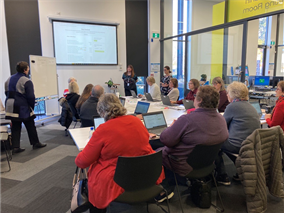
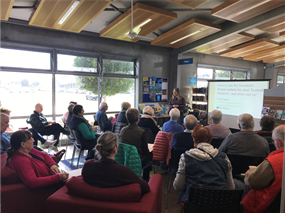
· The
monthly ‘The Past and the Curious’ series, presented by the library
Heritage Specialists, was attended by 17 people in August. The topic was local
peace groups and a particular highlight was members of the
audience recognising themselves in the historic images presented. The September
talk on the history of The Strand was delivered via Facebook, due to the
lockdown.
· Previously
scheduled resilience workshops with Lance Burdett were held online and attended
by 69 library staff over two sessions. The staff appreciated the reminders
Lance gave on maintaining their own mental wellbeing, and strategies for
staying safe while interacting with the public.
29. Work
on the digitisation of items for the Pae Korokī online archive
continues, including a further 5,000 images from the Gifford Cross photographic
collection. Items from 10 archival collections, along with four publications
and two framed maps have been prepared to be sent to Auckland for digitisation
when alert levels allow. In the six weeks from early August to mid-September
2021, Pae Korokī received approximately 30,000 page views from 5,317
users.
30. As
the design of the temporary library at the Goddards Centre progresses, staff
from the Content and Heritage & Research teams continue to work on
preparing collections for transportation to the new space.
Spaces and
Places
31. There
is progress in improvements to the Dive Crescent area, with the recent
demolition of the Iron Design building. Amenity enhancements to the area will
be undertaken prior to Christmas. The strengthening and refurbishment of the
Cargo Shed building is also progressing, to allow the building to be made
available for public use early in 2022. Transfer of title for the land on
the seaward side of Dive Crescent to Council and the Otamataha Trust is in
its final stages with LINZ.
32. Construction
of the Kulim Park upgrade commenced as soon as Alert Level 4 restrictions were
lifted. The first stage involves building a shared pathway linking Harbour
Drive to Kulim Park, completing a missing link in the shared pathway
network along the harbour edge. The bulk of works (including alterations to the
existing road, carparking and new pathway) are planned to be completed prior to
Christmas.
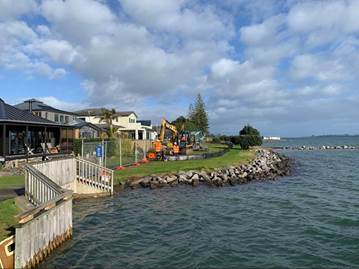
33. Works
associated with the Elizabeth Street upgrade are focused on the creation of the
linear park on the south side of Elizabeth Street, which requires closure
of the westbound lane until approximately March 2022. The streetscape upgrade
is being constructed in tandem with the Farmers development and continues to be
impacted by changes to the Farmers programme. Delays associated with
lockdown are currently at around three weeks, but could be impacted
further due to constrained supply while Auckland has
been at Alert Level 4. Communication with
stakeholders continues on a weekly basis.
34. The
resource consent for the Omanawa Falls project has been publicly notified, with
hearings anticipated in November/December and a consent
decision expected by February 2022. The project team is in the
process of confirming a preferred contractor for the cliff stabilisation and
access track works, so that detailed design can be completed while the consent
process is underway.
35. An earthworks
contractor has been appointed for the Kopurererua Valley Stream
Realignment project and the project team has commenced a series of engagement
workshops with the contractor around the project design and construction
methodology, working towards commencing work onsite in November.
36. Our
Place, including the Re-maker Space, will continue to operate at the
Civic Precinct site until early-February 2022. This timeframe has been extended
from October 2021 to allow for a busy schedule of events, and to
support activation and vibrancy in the city centre through the summer
months. The Our Place team will adapt to any alert level restrictions but are
confident an exciting programme of events will still be delivered. Our Place
will then be decommissioned to make way for demolition activity ahead of
redevelopment of the broader Civic precinct site.
37. The
impact of lockdown on sporting fixtures has meant staff have worked
closely with Bay of Plenty Rugby and the other main sporting codes at the
Domain (athletics and cricket) to allow a longer rugby season. This has
impacted the break between the winter and summer seasons, meaning that there is
not enough time to undertake the grandstand redevelopment project this calendar
year. A compromise has been agreed where the works are planned to be undertaken
in the next gap between summer and winter seasons in
March/April 2022.
38. Improvements
to the Te Ranga historical site have commenced, with clearance of the hedge
along the road boundary in preparation for installing an earth bund. Other
work includes weed clearance along the escarpment in preparation for additional
native plantings. Schools are engaged with the project to assist with planting
new trees and learning about the history of the site through partnership with
the Pukehinahina Trust. Other improvements, including car parking,
interpretation and cultural art elements are currently in the design
phase.
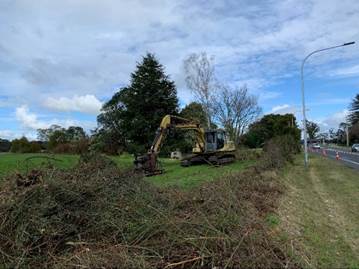
39. The
first hikoi/site walk along the possible route of the Marine Parade Coastal
Path was held on Friday, 10 September, involving mana whenua
representatives, design consultants and our staff. Conditions were cold but it
proved to be a highly productive visit with lots of insights gained, which will
provide an excellent basis to move quickly to the next stages of the
project.
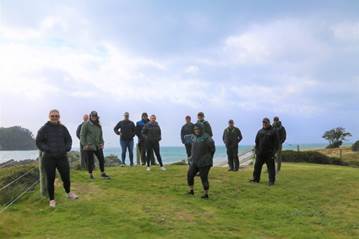
40. Mauao
had four volunteer planting days before the latest lockdown. Over these four
days, 214 people, including 113 children from local Kura, planted approximately
3,745 native trees. This effort equated to approximately 450 volunteer
hours. The restoration of Waipatukakahu is progressing, with the first
stage of planting now complete. This included 900 native grasses, 300
muehlenbeckia, 8 tī kōuka and one totara.
41. Work
has restarted on the Elmes Reserve to Bay Street walkway post-lockdown, with
the final stages of the project involving fitting and cutting to shape the top
treads. The project is expected to be complete in early-October.
42. A
wide variety of renewals and minor capital projects are underway and/or have been
recently completed by the Parks and Recreation team, including:
· The
annual early-spring reserve prickle and broad leaf weed control programme
commenced in August, with over 60 neighbourhood and high-use reserves across
the city receiving one surface spray to increase turf quality, and to
control prickle weeds;
· The
waterfall track at McLaren Falls Park has been renewed, resulting in a much
better walking experience;
· The
Accessible Changing Facility at Mount Drury Reserve is up and running again,
with the final touches being completed in the next few
weeks. Staff are planning a public opening in late-October.
· A
walkway that accesses Johnston Reserve and is used daily by tamariki has been
renewed. This improvement has made the highly-used track safer for all
users.
· The
final part of the Tuihana Reserve playground build is underway, with concrete
poured, turf paths installed and wet pour safety surfacing undertaken at the
end of September;
· Our
contractors have taken back the task of line-marking fields for all the
community sporting codes. This has received very positive feedback from a range
of clubs and organisations, as it saves the club material costs and volunteer
time. Because agrichemicals will not be used to burn in the lines for longer
periods, the transition from one season to the next will also be a lot
smoother.
Venues
and Events
43. Work
with tenants at the Historic Village continues, with 30 of the 52 tenants
having now been engaged in conversations regarding rent and outgoings changes,
as well as ensuring their operations align with the village strategy and if
not, considering what options are available.
44. The
Historic Village is working with event organisers to cancel or postpone
activities due to uncertainty around the current COVID-19 restrictions.
Ocktober Beer Festival has been cancelled for 2021 and the Tauranga Fringe
Festival, delivered by The Incubator, has been postponed until 15 January
2022.
45. The
sudden move to Alert Level 4 and the immediate closure of Baycourt has had a
considerable impact this period. As at 15 September 2021, 17 events scheduled
to occur at Baycourt between August and November 2021 have
been affected. All but one of these events have been rescheduled, with
some locking in dates as far out as August 2022. Projected revenue loss between
August and November 2021 is approximately $112,000. With the vast majority
rescheduling rather than cancelling, forecasted revenue is deferred to
later periods, but future earnings will be impacted due to unavailability of
hire space.
46. Baycourt
re-opened the Box Office on Monday, 13 September 2021 under
Alert Level 2 protocols, with a small number of customers visiting daily
to purchase tickets to future shows, or to arrange refunds for cancelled
and/or rescheduled shows. Alert levels permitting, staff are scheduled to
deliver our first (and possibly only) event under Alert Level 2 conditions
– Tauranga Musica’s Argyle Trio – on
21 September 2021. This will be a valuable opportunity to test/asses
our revised Delta Level 2 operating procedures.
47. The
recent COVID-19 community outbreak resulted in a number of citywide event
cancellations, including the 2021 Anchor AIMS Games, for the second year
running. The event’s cancellation was a huge disappointment for
the AIMS Games Trust, intermediate and middle schools across the
country, and for the thousands of young athletes who were looking forward
to competing. The games contribute significantly to the Bay of Plenty economy,
with the 2019 tournament injecting approximately $6.5 million locally and
generating almost 75,000 bed nights.
48. Staff
are working closely with several event organisers, other teams within
Council and key city stakeholders, to work through postponement options
for events that were displaced by the recent COVID-19 community
outbreak. With an already busy summer calendar of events planned, it has
been challenging to reschedule these usually off-season events
– many of which were also impacted in 2020 – in the peak
summer months.
49. Additionally,
staff are supporting events that have received funding through the Event
Funding Framework to roll their funding across to their postponement dates, or
for those events whose financial position has been
negatively impacted through cancellation, to apply to retain all
or part of their funding as per Council’s Event Funding Framework
COVID-19 cancellation guidelines.
50. The
fourth annual T20 Black Clash will be hosted for the first time at Bay Oval on
Saturday, 22 January 2022. This major event is a fantastic way to
showcase Tauranga Moana to a wide audience. The event sold out at Hagley
Oval in Christchurch earlier this year and had a broadcast audience of
1,057,000 tuning into TV1. The T20 Black Clash was publicly announced on
Wednesday, 22 September 2021, with tickets going on sale the following day.
Infrastructure
Kennedy
Road Embankment Dam Project
51. The
Kennedy Road Embankment Dam Project (KREDP) is one of a suite of a stormwater
projects which will effectively and sustainably manage stormwater in the
catchment of the Nanako Stream, Pyes Pa West – specifically in the area
that extends from Kennedy Road to Freeburn Road. The objective of these
projects is to limit the potential impacts of flows from existing and future development
around the Nanako Stream, and on other land and properties in the
catchment.
52. The KREDP will enhance the
environment through improved water quality, mitigate flooding effects from rain
events and allow for the delivery of approximately 108 housing lots. It
includes the strengthening of the current Kennedy Road embankment to meet dam
safety design standards and the installation of a new 2500mm diameter culvert
to accommodate a 1,000 ARI (Annual Recurrence Interval) event.
53. To
install the culvert, we opted to use pipe jack/thrust technology. This
trenchless option allows the works to be completed within one year,
facilitating faster delivery of much needed housing for the city, as well as
enabling us to keep Kennedy Road open and operational during the works, and not
require reconstruction of the road.
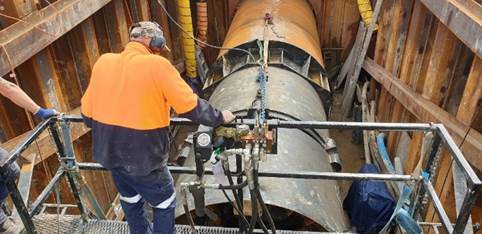
54. The
above photo shows the hydraulic ‘jacking’ operation in action,
where the pipe is being pushed through the earth with over 700 tonnes of force.
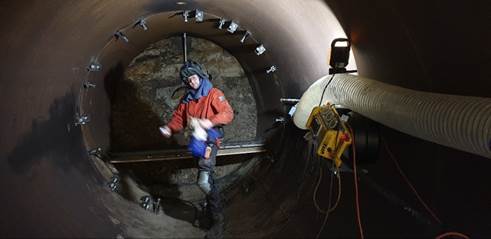
55. Some
internal welding was required during installation. The welders were
required to wear a full self-contained respirator and protective gear, and we
had a forced ventilation system and gas detection in place.
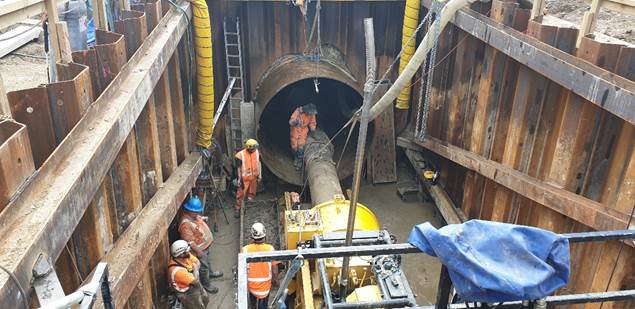
56. After
each 6-metre thrust, we needed to clear out and remove the material from inside
the pipe. This material was removed via a smaller pipe (600mm) within the
larger pipe to rotary draw back the material into the skips on the side.
57. The
thrusting work is complete, with the overall project due for completion in December.
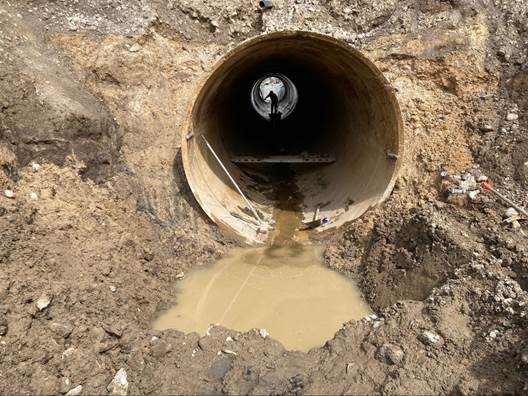
Totara
Street Cycleway
58. The
project has been on hold while we awaited confirmation of funding approval from
Waka Kotahi. Funding was confirmed on 21 September 2021.
59. In
the meantime, we finalised the design and tendered the works so construction
can get underway as soon as possible after funding was confirmed.
60. Works
will need to be planned to accommodate activities at the Mount over the summer
period, as well as port activities and peak freight movements.
Cameron
Road
61. The
Cameron Road project has reached a milestone in awarding a contract to the
Cameron Road Joint Venture, which is a joint delivery by Fulton Hogan and
Downer for construction of Stage 1 of the Cameron Road development (Harington
Street to 17th Ave).
62. Construction
onsite began last month (13 September), and will continue through to October
2023. The works will be spread over three active sites and will
progressively move from north to south along Cameron Road, starting on the east
side, before then heading south to north on the eastern side.
63. Sewer
replacement works to upgrade around 3km of pipes began earlier, between
Elizabeth and Harington Streets, in preparation for the main construction works
to follow.
64. The
process of looking at potential options for Stage 2 of Cameron Road development
(17th Ave to Barkes Corner) will get underway this calendar year. We will
engage with the community on the various options next year, to gauge their
desires and aspirations for this section of the road corridor.
Cycle Counts
in Lockdown
65. Cycling
remained a popular pastime and source of exercise during the Level 4 lockdown,
according to our data.
66. Overall,
our counter network recorded a 106% increase in cycle counts compared to the
same period last year. This is similar to the results of the Alert Level
4 lockdown in April 2020, when an increase of 123% was recorded, compared to
the same period in 2019.
67. Our
counter on Marine Parade recorded the largest increase, with volumes up
267%.
68. Information
about our other sites are provided in the graph below:
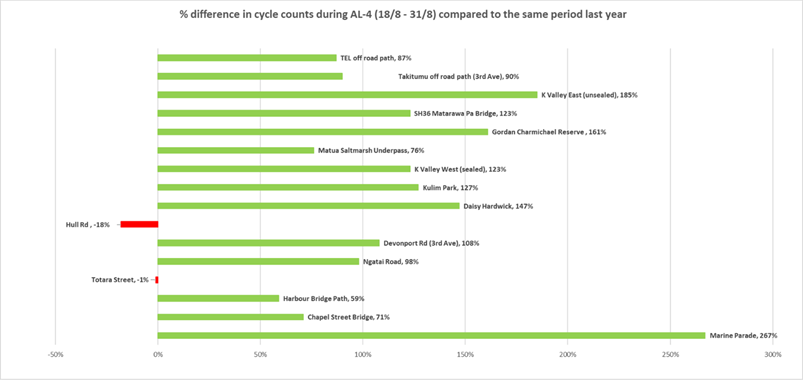
Transport
System Plan (TSP) Update
69. The
TSP programme has been finalised. Work had been underway on the top six
projects to develop the Point of Entry documents for Waka Kotahi, so these were
ready to go as soon as the National Land Transport Fund (NLTF) was announced
and confirmed. The top six projects are:
· Hewletts
Road sub-area Single Stage Business Case
· Bus
Service and Infrastructure Single Stage Business Case
· 15th/Hewletts/Welcome
Bay Road
· Bus
Fares and parking Policy
· Travel
Demand and Travel Behaviour study
· Cameron
Road Stage 2
70. We
are currently working through the implications of the funding availability from
the NLTF over the next three years, with regard to: what projects are to be
funded, what projects are not funded and the implications regarding the wider
programme.
Kerbside
Collections Update
71. Our
kerbside collections have been underway for just over two months. We saw
a blip in our journey to reduce waste to landfill due to the level four
lockdown, but as a city we are doing even better than expected in reaching our
goal.
72. During
level 4 lockdown no glass or food waste was collected due to the multiple touch
points when emptying those bins. The recyclable material went to landfill
due to the manual handling required to process. As the collection system does
not work as well when all four bins are not being used for two weeks, after the
end of level 4 we allowed residents to take two rubbish bags per car for free
to our transfer station. Over the lockdown period, and in the two weeks that
followed, we were also more lenient on overfilled bins, appreciating the fact
that people would have accumulated waste.
73. The
community was very understanding during this time. Despite all the changes, our
call centre received lower than normal volumes of calls, and most of these were
about what level 3 would mean for rubbish collection.
74. Below
are our weekly tonnage statistics for the first two months. Note the
impact of the level 4 lockdown, which occurred at midnight on Tuesday 17
August.
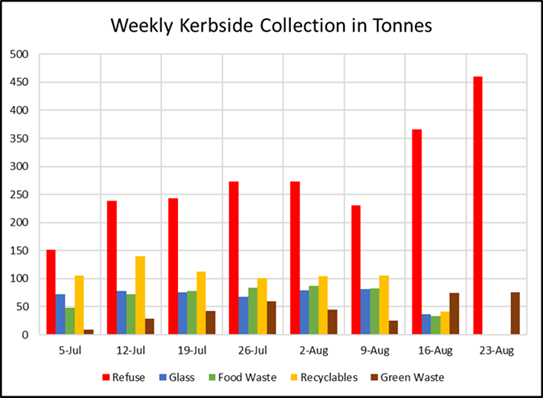
|
Week
|
Refuse
|
Glass
|
Food Waste
|
Recyclables
|
Green Waste
|
Total
|
|
5 July - 11 July
|
151.63
|
72.88
|
47.7
|
105.82
|
9.8
|
387.83
|
|
12 July - 18 July
|
238.94
|
78.61
|
72.09
|
140.02
|
28.6
|
558.26
|
|
19 July - 25 July
|
243.38
|
75.95
|
77.83
|
112.42
|
41.95
|
551.53
|
|
26 July - 1 Aug
|
273.5
|
68.08
|
83.4
|
101.02
|
60.05
|
586.05
|
|
2 Aug - 8 Aug
|
272.92
|
79.54
|
87.59
|
103.96
|
44.55
|
588.56
|
|
9 Aug - 15 Aug
|
230.69
|
81.54
|
82.63
|
105.16
|
25.46
|
525.48
|
|
16 Aug - 22 Aug
|
366.27
|
37.12
|
33.01
|
41.9
|
74.88
|
553.18
|
|
23 Aug - 29 Aug
|
460.06
|
0
|
0
|
0
|
75.84
|
535.9
|
75. We
have continued to see much higher than expected sign-ups to our Garden Waste
service.
76. Our
initial stretch goal had been for 10,000 collections per month. We are now at
15,500 collections per month and are still seeing an average of 25 sign-ups per
day for this service.
77. This
is a fantastic result as this means even more material is being diverted from
landfill.
78. As
the garden waste demand was unexpected, there were some delays with delivering
bins. EnviroWaste worked through the backlog quickly, and we are now back to
business-as-usual bin delivery timeframes for all bin types or damaged bin
repairs.
Te Maunga
Transfer Station
79. While
the level 4 lockdown impacted visits to the transfer station, prior to lockdown
we had seen a reduction of 2,500 visits to the transfer stations each week pre-
and post-closure to the public of Maleme Street and the introduction of
kerbside services.
80. Combined
with all compacted commercial waste going to Maleme Street, this has meant
lower than expected congestion at the Te Maunga transfer station. There
is, however, more congestion than previously at Te Maunga.
81. Congestion
increased significantly in level 3 due to the restrictions in place.
Matapihi
Wastewater Overflow
82. On
21 April this year, we were notified by our maintenance contractor that a
wastewater overflow was occurring at the bottom of Matapihi Road, with overland
flow into the harbour. This was the result of an isolation valve not being
closed during routine maintenance on an air valve.
83. The
immediate response focused on: containing the overflow while the issue was
fixed; notifying Bay of Plenty Regional Council, Toi Te Ora and RMA
representatives from local Hapū and Iwi; and having staff onsite to
make sure nearby residents and members of the public were kept informed and
offered assistance where needed.
84. Following
the incident, a hui was held at Waikari Marae on 28 April to enable the
Matapihi community to discuss their concerns with staff and the commissioners
regarding the overflow and the wastewater pipeline that transfers wastewater
from Memorial Park pump station to Te Maunga Wastewater Treatment Plant. The
outcome of the hui was that a steering group comprising of community kaumatua,
professionals and our staff would be set up to review the events that led to
the overflow, the outcomes from the incident investigation and the preferred
next steps to prevent such an incident occurring again.
85. The
steering group has four members (two members each from Ngāti Tapu and
Ngāi Tūkairangi) nominated from the Matapihi community and will
include the Manager: Drainage Services, assisted by further staff depending on
their specialisation. The initial meeting of this group has been delayed and is
due to be rearranged now that COVID restrictions have eased.
86. Work
on reviewing and finding improvements to the maintenance processes around the
air valves on the pipeline has continued in the interim, with the aim of
reporting back to the group. The comprehensive review had a number of
recommendations that have been implemented, including: the addition of further
visual aids such as knife gate valves and tags to enable easier identification
of when valves are open or closed, and increased frequency of valve inspections
between maintenance.
87. The
impact of odours from the pipeline at certain times of the day on Te Kura o
Matapihi was also raised at the hui and staff have continued to work on finding
a long-term solution to this issue. The current odour filters installed are
small and the filter media is saturated too quickly, leading to odours.
88. Staff
have met with school representatives and worked towards a preferred option. A much
larger unit is being manufactured and will be installed as soon as it is
delivered.
Wairoa Cycleway Connection Update
89. We
have designed a new two-way cycleway solution that can be constructed on the
State Highway, to connect between Carmichael Road and the off-road facility on
the west side of the Wairoa River.
90. This
new option became possible because Waka Kotahi is considering a speed reduction
on the State Highway, which would increase safety for users of the cycleway.
This option has been discussed with Waka Kotahi and they are comfortable that
it could be implemented, if adjacent stakeholders are supportive. We have been
in discussion with key stakeholders and outlined how the new option can be
accommodated, without the need for land purchase.
91. The
stakeholders have been discussing their collective view on the option, but due
to the COVID lockdowns, they have been unable to hold the final meeting, which
is delaying a final decision.
92. If
agreement can be reached, the new facility could be designed ready for
implementation once the speed limit is reduced. The option will require the new
clip-on pedestrian bridge to be swapped to the upstream side of the bridge or a
new pedestrian bridge to be also installed on that side.
People
and Engagement
Community
Relations
93. Most
of the new community relations team have now taken up their roles and are
starting to implement the new community-focused strategy. Initial priorities
are around engagement, including establishing a cross-council engagement
network to share best practice and to reduce isolated, project-based working.
The CRM (Customer relationship management) system is being developed and will
be a key tool to enable effective engagement across the council. In November,
the team will also undertake IAP2 (International Association for Public
Participation) engagement training.
94. The
media report from August continues to show Council attracting more positive
media coverage and a much-reduced focus on criticism of council, particularly
on culture and the democratic mandate. There is more positive reporting on the
kerbside scheme and good coverage of the city's economic prospects following
the passage of the LTP, with solid volumes of positive reporting on events and
transport themes also.
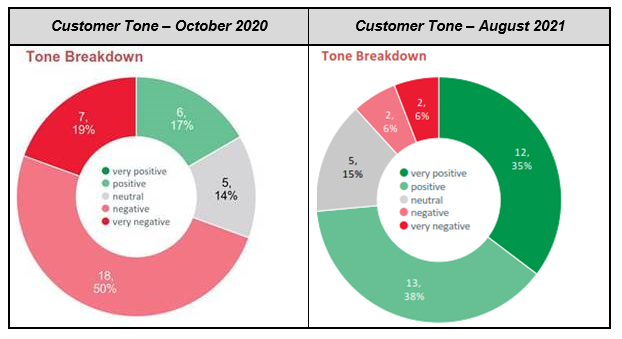
95. The CRM system being developed will centralise all stakeholder
relationship management in one place, with a single view of each
stakeholder. This will enable a more-effective and more-coordinated
engagement approach with the community. Better engagement with the community to
ensure the right people are engaged with at the right time is a key deliverable
of the Community Relations Strategy. Ultimately, the CRM allows a new approach
to stakeholder management that is expected to improve trust in council to
deliver what is needed.
Te Pou
Takawaenga
96. We
had a successful Te Wiki o te Reo Māori language week between 13 and 19
September. A comprehensive programme of activities, including daily te reo
quizzes, mihimihi, pepeha coaching sessions and sharing of common
whakataukī (proverbial sayings), were designed to encourage the use and
normalisation of te reo throughout Tauranga City Council. Some teams also
designed their own extended activities to suit their area of work. Kia kaha ki
te reo!
Goddards
Centre
97. Preparation
for the relocation of the Service Centre and Library to the Goddards Centre is
progressing well. The lease for the Goddards Centre has been signed for four
years to July 2025. The concept design has been completed and the project is now
moving into the design phase. During September the Health & Safety
team will be working with the project team to carry out safety in design risk
and mitigation control identification. It is expected that the fit out will
commence in October.
98. A
small team including Warren and Mahoney Design, the Heritage team and Te Pou
Takawaenga have met alongside Project staff and representatives from Ngāi
Tamarāwaho and Ngāti Tapu to develop cultural narratives and fit out
for the new Library and Customer Services Centre at Goddards Centre. The
following Kaupapa “He Puna Manawa – He puna wai, he puna
kōrero, he puna mātauranga, he puna ora. An oasis – A
water spring, a spring of information, a spring of knowledge, a spring of
life” and name He Puna Manawa was settled upon to
capture the historical and future features of the area, as well as the look and
feel of a living and vibrant community hub.
Democracy
Services
99. The
Representation Review Initial Proposal is out for public submissions from 3
September to 4 October 2021. We will hear submitters on 18 October and
deliberate to resolve a final proposal on 8 November.
100. Council
and Committee meetings during COVID-19 Alert level 2 were able to be held in
the Council Chambers from 13 September 2021. The public could attend
subject to social distancing, which reduced the number of people that could
physically attend, with mask wearing and contact tracing requirements
implemented.
101. The
Epidemic Preparedness Notice was extended to 19 December 2021. This amends the
legislation relating to attending council and committee meetings via audio or
visual link and enables those who attend remotely to be counted towards the
quorum of meetings. It also enables meetings to be open to the public
through online access and to post meeting agendas, reports and minutes on
council websites rather than physical locations. There
are other provisions that enable various actions to occur remotely via
audio/visual link, such as new members taking oaths of office and rates rebates
statutory declarations and Order in Council mechanisms to enable changes to
by-election timing.
Human
Resources
102. The
2021 remuneration review process is complete including the ratification of the
Tauranga City Council Collective Employment Agreement.
103. Recruitment
is well underway for the additional LTP roles, which enable the delivery of the
LTP programme of works. Approximately 40% of roles are now either recruited or
in the recruitment process.
104. A
monthly HR dashboard has been developed and will be implemented at the start of
October. This provides insights at General Manager level across a range of
measures and will be reported quarterly to the Executive.
105. A
new exit interview process has been implemented, providing insight into why
people leave council. This process uses council licensed technology at no
additional cost, creating a cost saving and enabling real-time data, which will
be included in the HR dashboard.
106. A
pulse survey was conducted in late-August, with the results being in line with
previous pulse surveys, albeit a small drop in the personal wellbeing
questions.
107. All
recruitment has continued through COVID lockdowns, and inductions delivered
virtually.
Customer
Services
108. The
Team has received much positive community feedback since the beginning of
August about their presence at the libraries for rates payments and assistance
with rates rebate applications. A range of communications have
been planned to make the Papamoa Community aware of the new Service Centre site
operating within the Papamoa Library. This includes an article in the
Papamoa Post, which will reach every household; digital banners sent to Sunlive
and NZME; social media and web updates; advice in upcoming council water and
rates communications to residents; and notifications to local ratepayer
associations.
109. LIM
and property file applications dropped significantly during alert level 4
lockdown. Since moving to alert level 2, however, applications have quickly
reached pre-lockdown numbers.
Health
and Safety
110. An
investigation and response to a notifiable event (gas leak) at the crematorium
highlighted the need to develop Standard Operating Procedures for high-risk
activities. The immediate gas leak risk has been mitigated and work is
ongoing to develop procedures for use by the staff.
111. The
HSW team is reviewing clauses and requirements embedded into our construction
contracts (NZS3910) to ensure these provide appropriate risk apportionment and
are reasonable for contractors.
112. We
have been thinking differently about the management of health and safety risk
in our libraries, due to the number of aggressive customer incidents. This has
resulted in a series of workplace design and innovation workshops. The
results feed into the design of our temporary library in the Goddards Centre,
as well as how we can improve our library services for everyone across the
city. Opportunities to use the same methodology across other locations
are being explored (e.g. with Animal Services).
113. Our
HSW strategy and introduction to the Business Leaders Health and Safety Forum
Mental Health and Wellbeing (MHW) Framework has been delivered to the Executive
and Senior Leadership teams. The MHW framework provides our managers and people
with a tool for identifying the risk of harm and guides management of the risk,
to ensure our people thrive at work.
114. In
the last week of September we recognised Mental Health Awareness Week. The
theme this year was ‘take time to korero’, to talk to the people
around you, especially the chats that make you feel good. This theme resonated
well with two national lockdowns under our belts and the physical and social
isolation that came with them. We introduced Coffee roulette, which randomly
matches staff with another staff member from another team or area of Council.
We were also joined by Jehan Casinader who spoke to all staff about diversity
and wellbeing and his own unique insights about how we can create safe,
inclusive spaces for our staff at Council, and our wider community.
Regulatory and Compliance
Environmental
Regulation
Regulation
Monitoring
115. Infringement
levels have remained steady despite lockdown (with only a 9% decrease in
parking infringements issued during the month of August). The general trend is
that infringements are on the increase and if the lockdown had not happened, it
is reasonable to suggest that we would have issued more parking fines YTD than
last year.
116. There
has been a 38% increase in complaints relating to homelessness (18 in August
2021 compared with 13 in August 2021). This increase could be attributed to
both the effects of lockdown and a continued lack of emergency housing in the
region. Our staff continue to provide support, in particular connecting people
experiencing homelessness to the appropriate support services.
Animal
Services
117. Educational
sessions continued through the month, with a further 335 children from one
primary school and a scout group being shown what to do if confronted by an
aggressive dog; and how to pat a dog after first asking permission from the
owner.
118. Animal
Services staff continue to visit owners of unregistered dogs. We currently have
90% of known dogs registered with a goal of all dogs being registered by
year-end. From that time, any owner who has not registered their dog will
receive a $300 infringement.
Environmental
Health and Licensing
119. Applications
for Food and Alcohol certificates do not seem to have been affected by the
COVID-19 restrictions. We have, however, had to adjust how we manage onsite
inspections. The use of technology, such as iPads and the new Field Services
Management System to remotely connect with the customer and continue conducting
verifications, has been supporting the continuation of this service.
120. An
appeal was recently lodged to the Alcohol Regulatory Licensing Authority (ARLA)
by the Medical Officer of Health (MoH) relating to a decision made by the
District Licensing Committee. The decision was to issue an Off Licence renewal
“in principle” while waiting for reports from the Medical Officer
of Health.
121. ARLA
arranged mediation with all parties and advised that they could not hear the
appeal because it related to process and was therefore a matter for the High
Court to hear. As a result of the mediation, all parties have signed a
memorandum to request that the DLC arrange to re-hear the matter. In the
meantime, the parties have agreed to provide the required information.
122. The
DLC is a committee of Council, but under legislation, is statutorily
independent. Appeals to ARLA on DLC’s decisions are not a frequent occurrence.
As Liquor Licensing Inspectors and the District Licensing Secretary are
employees of Council, staff were involved in the process described above and
found it very beneficial and an excellent learning opportunity.
Emergency
Management
123. Immediately
following the Government’s COVID-19 Level 4 announcement on 17 August,
the Emergency Management team and duty Controller established an Incident
Management Team (IMT) to actively monitor the COVID-19 Delta response and
support Emergency Management Bay of Plenty with resurgence planning. An
Emergency Operations Centre (EOC) did not need to be activated.
124. Contingency
planning around a concurrent emergency event occurring during elevated COVID-19
alert level status has been completed. This planning is focused on:
· response
activities that may counter alert level directives
· evacuation,
including where to evacuate people who are self-isolating
· considerations
to set up a physical or virtual EOC, and
· what
welfare support subfunctions can be provided virtually and those that
cannot.
An important take-away is that
immediate lifesaving actions take precedence over adhering to COVID-19 alert
level restrictions.
125. Council’s
operational readiness capability is being boosted via the uptake of regular EOC
function training by staff across the organisation. The turnout and feedback
received from these sessions is positive.
126. The
Tsunami Awareness Project is underway, with the initial stage of the project
focused on evidence gathering and the establishment of a community Working
Group. The inaugural hui of the Working Group is scheduled for 29 September
2021 and will ensure a collaborative and community-led approach, with
representatives from multiple community sectors. The project vision is; To
ensure everyone in Tauranga knows about the risk of tsunami, what the warning
signs are, when they should evacuate, and have a plan to evacuate when
appropriate. A large community awareness campaign is scheduled for the
December/January summer period.
127. Manager:
Civil Defence Emergency Management – we have appointed Paula Naude to the
role of Manager: Civil Defence Emergency Management. Paula is currently
the Chief Executive of Tauranga Living with Violence. Paula is an experienced
professional who has worked in the Emergency Management, Risk management and
social sectors, she also has a proven track record in establishing and
maintaining positive relationship networks across various sectors along with
leading successful teams. Paula will be a member of the Regulatory and
Compliance lead team. We are extremely pleased to welcome Paula to the
Group.
Building
Services
128. The
volume of building consent applications and amendments received in August (199)
was comparatively low compared with normal levels (roughly 250). We do,
however, have over 700 applications in progress as a result of the high volumes
received in July. Weekly volumes have returned to normal levels so far in
September.

129. 233
consents and amendments were granted in August. This is down on previous
months, which can be attributed to three reasons:
· The
change in COVID-19 alert levels and the need to re-establish different working
environments
· We
have also had two processing officers leave recently, and
· Anecdotally
at least, the lower quality of applications received in July as part of the
rush to beat the development contributions rise.
130. As a
result, compliance with the statutory timeframes has begun to dip, with only
66% of granted consents processed within 20 working days. We envisage this will
dip further in the coming months, but are hoping to see it rebound by the end
of the year. We continue to keep applicants informed.
131. During
COVID-19 Alert Level 4, building inspections were not completed. However, these
resumed following transition to AL3. All inspections that had been booked prior
to AL4 were pushed back two weeks. Rescheduling all of these inspections was a
major undertaking for our support team and they have received great feedback
from the industry.
132. Inspection
wait times are currently sitting at less than a week for most categories.
133. Our
IANZ assessment is underway in September. Final results of this audit will be
available by the end of the month, early indications are excellent, with both
assessors commenting that our procedures are amongst the best they’ve
seen in a long time.
Environmental
Planning
134. Applications
for resource consents remain consistent with numbers received in June/July.
This prolonged period of high numbers has meant an extended period of pressure
on the team.
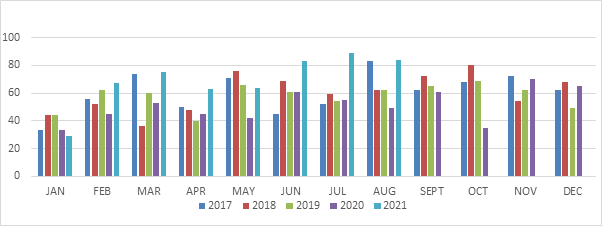
135. Over
the past month, we have been able to clear some historic and complex
applications that have been in the system for some time, allowing the team to
focus on the newer applications. The number of complex applications has
increased, as more applicants are seeking consent for intensive residential
development, seeking to align with PC 26 – Housing Choice.
136. Recent
recruitments in the Development Engineering Team have resulted in applications
being processed in a timely manner. While there continues to be a sensitive
balance of workload vs capacity, we are confident that, with the support on
processing consultants, we can maintain timely responses for applicants.
137. Statistics
show that general incidents and complaints under the Resource Management Act
and the Tauranga City Plan remain high. In response, the team has
reallocated some resource into the Monitoring team. The focus now is to
continue to review and refine our monitoring processes.
Corporate
Services
Finance
138. The
first rates instalment was due by 31 August and at month-end 93% of rates due
had been collected, with a further 2-3% expected to be collected before
penalties applied. This collection percentage is similar to prior years.
139. Finance
is working on a review of council’s rating policy, as requested following
submissions on the Long Term Plan. The review is focusing largely on the
transportation and stormwater activities of council – primarily the
benefits arising from these activities and the way they are funded.
Expenditure is proposed to increase significantly over the LTP. The review
will consider types of rates and other funding mechanisms available, as well as
the apportionment of costs and benefits between commercial and residential
ratepayers.
140. Changes
to revenue and costs associated with ongoing COVID alert levels continue to be
monitored, with a loss in August/September across community facilities of about
$0.8m, most of this for BVL who received wage subsidy to offset a portion of
their revenue losses. The estimated reduction in airport-related revenue
for August and September is about $300k.
141. The
Annual report final audit process has commenced. The audit process is being
conducted remotely, which presents more challenges to efficient provision of
information and discussion. At this stage, there have been no material adjustments
proposed to the accounts.
142. Credit
rating agency Standard & Poors (S&P) has commenced its annual review of
Tauranga City Council, to conclude the council’s credit rating for the
year. S&P has held a discussion with Commissioners, Chief Executive
and General Manager Corporate Services and this meeting was followed by a
meeting with finance staff, to understand the current financial situation,
projections based on the LTP and risks and their proposed mitigations.
143. We
have put in place new borrowing of $42m so far this year, 52% of that on a
fixed rate basis. This will be used for general funding and to pre-fund
maturing debt later in the year.
144. The
2022-23 annual plan process has commenced, with managers reviewing their
proposed capital project budgets and operational budgets for year 2 of the
LTP. The primary reason for changes includes variations to the timing and
costing of capital projects in light of the current environment and capital
delivery likely to be achieved in 2021-22.
Airport
145. Tauranga
airport continues to be impacted by changes in Covid19 lockdown levels across
the country and the subsequent impacts on Air New Zealand schedules. The
airport does remain fully operational through all lockdown levels as required
by government.
146. 25,243
passengers passed through the terminal during August 2021, compared to 19,957
during August 2020 and 46,843 in August 2019. Flights operated with an average
loading of 79 percent with the major impacts being from reduced schedules particularly
from Auckland as it remains in higher lockdown levels.
147. Whilst
landing charges were impacted by lockdown levels and reduced schedules the
financial performance of the airport remains strong. Whilst approximately
$300k of revenue was lost through landing charges and carparking revenue the
non airport revenue base continues to perform well and management continues to
work with tenants to ensure positive outcomes continue.
Marine
Precinct – Vessel Works
148. The
winter period is traditionally a quieter time for the marine precinct and the
covid lockdown levels have further contributed to this in the current
year. Despite this significant work continues around the precinct looking
to improve operations. The quieter time has been used install improved
facilities such as clear hardstand markings, improved mooring bollards and
needed repairs and maintenance on the travel lift amongst other things.
This will see the yard well prepared for the upcoming busy summer months.
149. Construction
of the wharf extension is progressing. This wharf will provided improved
mooring capacity for users of the facility and replace dated
infrastructure. The design work is nearing completion, as is the
procurement plan. Negotiations with an adjacent landowner have started but
there are transition dependencies on developing the Master Plan for the
precinct.
150. The
Marine Precinct Strategic Reset is well underway. We have received initial
findings on the recommended future ownership/operating model. Consultation with
stakeholders on potential site designs is underway. Once these have been
refined, financial/economics experts will assess the options to develop a
detailed picture for Commissioner decision-making.
Beachside
Holiday Park
151. The
Holiday Park continues to perform strongly as a great holiday location for
kiwis now unable to travel abroad due to covid restrictions. This month
saw some reduction in numbers due to lockdown restrictions but again we expect
the holiday park to perform well over the upcoming summer months
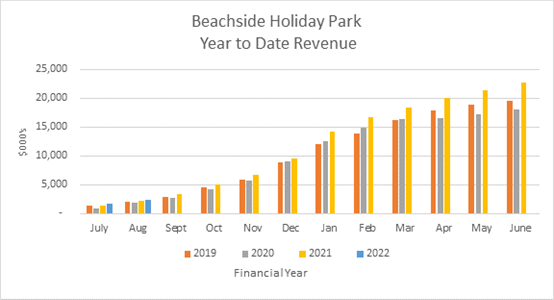
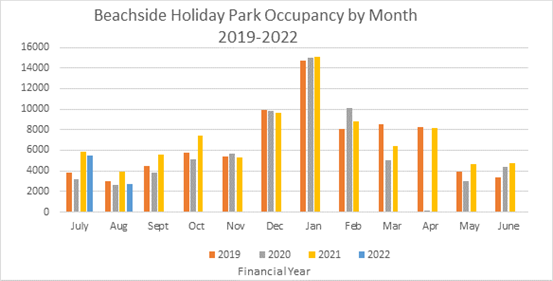
Property
Facilities
152. The
Property Facilities team, in collaboration with the Transport team, has
installed six new Electric Vehicle charging stations in the Spring St and
Elizabeth St Car Parking buildings for a four-month trial period to determine
the level of usage.


Risk
153. Risk,
and Internal Audit matters will be reported separately to the Commissioners. In
respect to Business Continuity, the organisation’s Business Continuity
and Pandemic Plans were kicked into action on 17 August as we went into Alert
Level 4. As a result of all the hard work by the COVID Planning Team, Business
Continuity Advisor and the organisation as a whole, we efficiently operated
through lockdown with minimal impacts on our services.
Legal
154. Legal
matters will be reported separately to the Commission.
Digital
Supporting flexible working from home
155. The current global situation means there is a growing demand for a
very limited amount of digital equipment, with manufacturers unable to keep up
with demand due to a shortage of critical componentry. This situation is not
specific to any manufacturer – the whole industry is affected - which
means we are unable to source the equipment we require from other suppliers.
156. We are currently working closely with our suppliers to attain any
stock that is available, either in NZ or offshore, and adjusting what we
purchase to try and fulfill our needs in the interim. We are in the position
where we have little or no access to our core equipment – monitors,
laptops and docking stations, Supply timeframes are open-ended and waiting
lists are growing daily.
User Engagement
157. We have seen increasing learning
activity across the year, with a significant increase of new logins occurring
from July this year, which coincides with the release of the Privacy Act
training module.
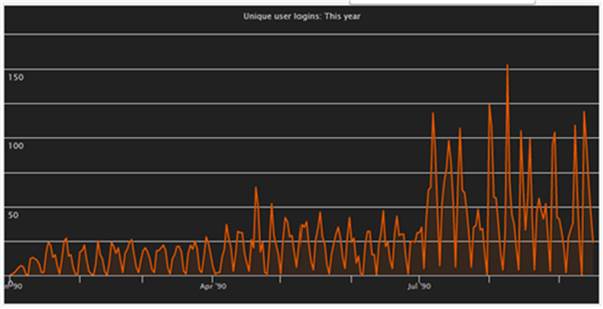
Compulsory
courses:
· 4 courses
· 2,770 Completions
Courses
for New Starters:
· 10 courses
· 4,122 Completions
Optional
courses:
· 17 courses
· 1,153 Completions
158. The use of e
learning modules continues to be an effective and efficient way of improving
our training and compliance and has been a particularly effective method
throughout lockdowns.
Collaboration
and COVID
159. Having now
completed the Teams roll-out to the organisation, we can start to see and
measure the benefits this has provided in increased collaboration and
resilience, which enabled us to adapt to a workforce that is largely working
remotely because of the COVID pandemic.
160. The graph
illustrates the high level of collaboration and engagement that Teams has
enabled for the organisation.
161. It also highlights how much the impact of remote working
and COVID has had, with a major uplift as the lockdown
took effect in mid-August, resulting in a 4x increase in audio
and video minutes.

Attachments
Nil
11.4 Approval
of Temporary Alcohol Free Areas for the summer period
File
Number: A12723172
Author: Jenna
Quay, Events Facilitation Manager
Emma Joyce, Policy Analyst
Authoriser: Gareth
Wallis, General Manager: Community Services
Purpose
1. For Council to agree to, and implement, the temporary
alcohol-free areas set out in this report.
|
Recommendations
That Council:
(a) In accordance with section
147B of the Local Government Act 2002, agrees that the proposed temporary
alcohol-free areas are appropriate and proportionate in the light of the
evidence; and justified as a reasonable limitation on people’s rights
and freedoms.
(b) Resolve under clause 8 of
the Alcohol Control Bylaw 2018 to implement a temporary alcohol-free area
between the hours of 9pm and 7am for all beaches, reserves and public places
on the seaward side of Marine Parade (eastwards from its intersection of Grove
Avenue), Oceanbeach Road and Maranui Street and Surf Road from 24 October
2021 to 3 April 2022.
(c) Resolve under clause 8 of
the Alcohol Control Bylaw 2018 to implement the temporary alcohol-free areas as
follows:
|
Fergusson Park
|
Fergusson Park including Tilby Drive from the
intersection of Tainui Street and Waratah Street (all inclusive) from 10am,
31 December 2021 to 6am, 1 January 2022.
|
|
Gordon Spratt Reserve
|
Gordon Spratt Reserve and Alice Way (all inclusive) and
Parton Road (between Tara Road and Papamoa Beach Road) from 10am, 31
December 2021 to 6am, 1 January 2022.
|
|
Tauranga Racecourse Reserve
|
Tauranga Racecourse Reserve from 10am, 31 December 2021
to 6am, 1 January 2022.
|
(d) Clarifies
that during the period from 26 December 2021 to 6am on 6 January 2022, a
temporary alcohol-free area is in place, 24 hours a day, seven days a week,
for:
(i) All
beaches, reserves and public places on the seaward side of Marine Parade
(eastwards from its intersection of Grove Avenue to its intersection of Tweed
Street);
(ii) Omanu
Surf Club and car park area; and
(iii) Waiariki
Street.
|
executive summary
2. The Alcohol Control Bylaw 2018 (the Bylaw) provides for
Council to resolve temporary alcohol-free areas where no person is allowed to
bring in, possess, or consume alcohol in a public place for a specified time
and/or event (temporary alcohol-free area).
3. This report seeks Council approval for temporary
alcohol-free areas to support the safe hosting of community New Year’s
Eve (NYE) celebrations around Tauranga and to have a consistent approach to
alcohol use at the beach over the summer period.
bACKGROUND
4. The purpose of the Bylaw is to control the consumption of
alcohol in public places to reduce potential alcohol-related harm. As well as
setting out permanent alcohol-free areas, clause 8 of the Bylaw states Council
may, by resolution, prohibit the consumption, bringing and possession of
alcohol on or in a public place for a time period and/or event specified in
that resolution (temporary alcohol-free area).
5. Each year temporary alcohol-free areas are put in place
around a number of events across the city. This supports the Police to manage
any potential alcohol-related disorder and helps minimise the risk of alcohol
related harm at and around these events.
DISCUSSION
6. Temporary alcohol free areas are proposed for the coastal
strip (as illustrated in attachment one) over the summer period
(Labour Weekend to first weekend of April), and to support Council’s NYE
community events.
Summer
period
7. A temporary
alcohol-free area (attachment one) is proposed between 9pm and 7am, seven days
a week, effective from Sunday 24 October 2021 until Sunday, 3 April 2022, for:
· All
beaches, reserves and public places on the seaward side of Marine Parade
(eastwards from its intersection of Grove Avenue), Oceanbeach Road and Maranui
Street.
· Surf
Road.
8. This area has been
an alcohol-free area over the past three summer periods. It was first put in
place in 2018 in response to evidence from the Police who received 14 calls for
service in this area between October 2018 and November 2018. Community feedback
from some residents also alleged alcohol-related disorder. During the period of
the ban, there were two calls of service to the Police. Police reported that
the temporary ban had the desired effect and assisted when calls for service
were received.
9. Last summer when
the ban was in place, there were 35 alcohol-related calls for services to the
Police, of which 16 occurred between 9pm and 6am. This indicates that there is
still a need for this area to be alcohol-free again this summer.
10. Police support the
continuation of the proposed temporary alcohol ban as it provides them with an
early intervention tool to help reduce potential alcohol-related crime and
disorder in this area.
11. There is some overlap in the
alcohol-free areas within Schedule 2 of the Bylaw and the alcohol-free areas
specified above.
12. To avoid any confusion and
clarify the conditions of the alcohol-free areas for the community, it is
recommended that Council resolve that:
During the
New Year period a temporary alcohol-free area is in place 24 hours a day, seven
days a week for;
· All
beaches, reserves and public places on the seaward side of Marine Parade
(eastwards from its intersection of Grove Avenue to its intersection of Tweed
Street);
· Omanu
Surf Club and car park area; and
· Waiariki
Street.
13. This clarifies that the New
Year’s 24-hour ban supersedes the summertime and permanent night-time
bans over the New Year period.
New
Year’s Eve community events
14. Council
is planning five NYE community events across the city. Council is asked to
support temporary alcohol-free areas for three of the event locations, where
there is not an existing alcohol-free area, to enable NZ Police to support the
community celebrations and minimise any potential alcohol related crime and
disorder. A letter from the Police in support of the temporary alcohol-free
areas is attachment two.
15. The
table below outlines temporary alcohol-free areas proposed to support the event
and safety of people attending the celebrations.
|
Fergusson
Park
|
Fergusson
Park including Tilby Drive from the intersection of Tainui Street and Waratah
Street (all inclusive) from 10am, 31 December 2021 to 6am, 1 January 2022.
|
|
Gordon
Spratt Reserve
|
Gordon
Spratt Reserve and Alice Way (all inclusive) and Parton Road (between Tara
Road and Papamoa Beach Road) from 10am, 31 December 2021 to 6am, 1 January
2022.
|
|
Tauranga
Racecourse Reserve
|
Tauranga
Racecourse Reserve from 10am, 31 December 2021 to 6am, 1 January 2022.
|
16. Temporary alcohol-free areas are not required for the
community celebrations planned for the Tauranga city centre and Blake Park, Mt
Maunganui. Council’s NYE community celebration for Tauranga city centre
will be held within a permanent alcohol-free area, and Council’s NYE
community celebration at Blake Park will be held within an existing New Year
period alcohol-free area, as outlined in Schedule 2 of the Bylaw. As such, a
temporary alcohol-free areas are not required.
17. In accordance with the
legislation, the proposed temporary alcohol-free areas are proportionate
responses and place reasonable limitations of people’s rights and
freedoms. The time periods for the proposed alcohol-free areas reflect the time
period of concern for alcohol related crime and disorder.
Other events which may
require a temporary alcohol ban
18. Covid-19
has impacted the events industry with a number of events needing to be
rescheduled. Due to the current environment, an additional report may be
required to implement additional temporary alcohol-free areas incorporating
other events over the summer period. This will be completed within adequate
timeframes to ensure compliance with the Bylaw and Local Government Act 2002
(LGA 02) requirements.
Strategic / Statutory Context
19. The
proposed temporary-alcohol free areas are consistent with the purpose of the
Bylaw to reduce alcohol-related harm in our community.
Options Analysis
20. The
table below outlines the advantages and disadvantages of approving the
temporary alcohol-free areas.
|
Option
|
Advantages
|
Disadvantages
|
|
1
|
Approve the temporary alcohol-free areas
(recommended)
|
· Police are better enabled to successfully limit alcohol
harm and manage public disorder in public places over the summer period and
on NYE.
· Police are provided with an additional tool to assist in
the provision of a safer environment for the community.
· The community can enjoy a safer environment in these
areas and when attending community events.
|
· Some residents and visitors may view the proposed temporary
alcohol-free areas as being too restrictive.
|
|
2
|
Do not approve the temporary-alcohol free areas
|
· Nil
|
· The
ability of the NZ Police to successfully limit alcohol harm and manage public
disorder in public places over the summer period and on NYE.
· There may be a serious incident(s) in the high-risk areas
highlighted by the NZ Police as a result of intoxication.
|
Financial Considerations
21. Should
Council approve the temporary alcohol-free areas, there will be a cost of
approximately $2,000 to install signage (within budget).
Legal Implications / Risks
22. The proposed temporary
alcohol-free areas reduce the risk of increased alcohol harm and public disorder.
23. A
minimum of 14 days public notice of the temporary alcohol-free areas must be
made for the Police to have the power to enforce the temporary alcohol-free
areas (s170 of the LGA 02). Event organisers will be advised of this requirement
should any summer events require a temporary alcohol-free area to be
implemented.
Consultation / Engagement
24. As clause 8 of the Bylaw
provides Council with the power to put in place temporary alcohol-free areas,
public consultation is not required. Public consultation was carried out when
the Bylaw was developed.
25. All
residents in the proposed alcohol-free areas will be informed by letter or
email, if Council decides to implement the proposed alcohol-free areas.
Significance
26. The Local Government Act 2002 requires an
assessment of the significance of matters, issues, proposals and decisions in
this report against Council’s Significance and Engagement Policy.
Council acknowledges that in some instances a matter, issue, proposal or decision
may have a high degree of importance to individuals, groups, or agencies
affected by the report.
27. In making this assessment, consideration has
been given to the likely impact, and likely consequences for:
(a) the
current and future social, economic, environmental, or cultural
well-being of the district or region.
(b) any
persons who are likely to be particularly affected by, or interested in, the
decision.
(c) the
capacity of the local authority to perform its role, and the financial and
other costs of doing so.
28. In accordance with the considerations above,
criteria and thresholds in the policy, it is considered that the decision is of
low significance.
Next Steps
29. In
accordance with the Bylaw, public notice will be given prior to the temporary
alcohol-free areas taking effect. Maps and information on all temporary
alcohol-free areas will also be available on Council’s website.
30. Residents
along the streets of the proposed temporary alcohol-free areas will be informed
of the restriction by letter or email.
31. In
accordance with the LGA 02, Council will erect signs to inform people of the
temporary alcohol-free area. This will ensure Police can exercise the power of
search under the LGA 02.
32. An additional report will be prepared to provide for
temporary alcohol bans for specific events, as required.
Attachments
1. Proposed alcohol-free
areas along the coastal strip - Summer 2021 to 2022 - A12916706 ⇩ 
2. NZ Police letter -
Temporary alcohol-free areas for NYE community events 2021 - A12917566 ⇩ 
|
Ordinary Council
meeting Agenda
|
4 October 2021
|
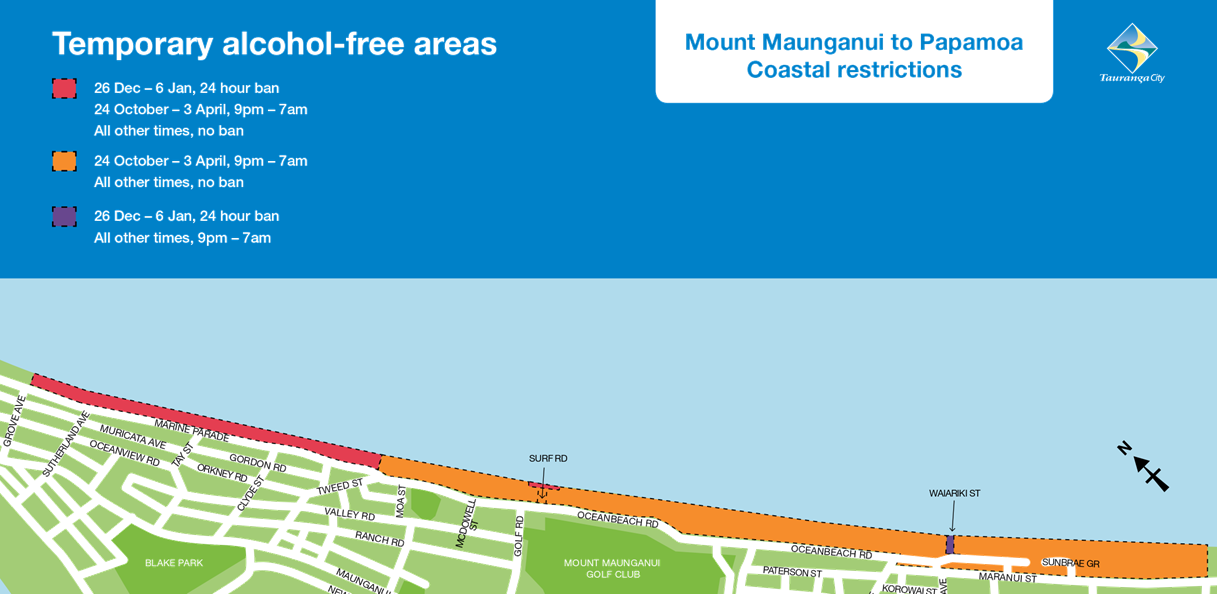
|
Ordinary Council
meeting Agenda
|
4 October 2021
|
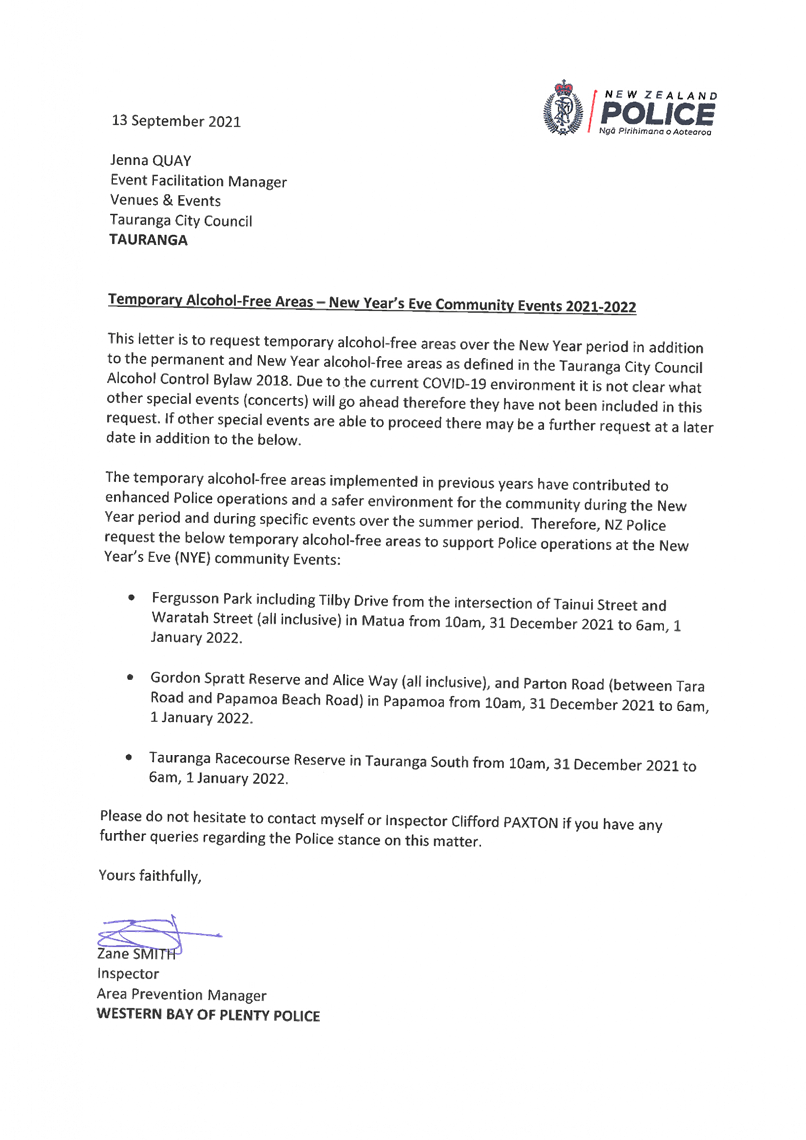
11.5 Amended
Temporary Road Closure Report
File
Number: A12893226
Author: Lindsay
Cave, Team Leader: Corridor Access & Temporary Traffic Management
Jenna Quay, Events
Facilitation Manager
Authoriser: Nic
Johansson, General Manager: Infrastructure
Purpose
of the Report
1. To
seek Council approval of temporary road closures for upcoming events.
|
Recommendations
That the Council:
(a) Receives the report of
Amended Temporary Road Closure Report.
(b) Pursuant to Clause 11(e) of
the Tenth Schedule of the Local Government Act 1974, grants approval to close
the roads listed below to ordinary vehicular traffic on the dates and during
the hours stated for the purposes of facilitating safe and successful
operations during the following events in Tauranga.
|
Executive
Summary
2. Pursuant to Clause 11(e)
of the Tenth Schedule of the Local Government Act 1974 this report seeks the
Council approve the below temporary road closures associated these events. The
closures are changes to previously approved events that have had to change due
to the recent COVID-19 outbreak.
3. Temporary road closures:
(a) Tauranga Marathon
Opal Drive (between Redditch Place and Topaz Drive) from
5.30am – 2pm
Longview Drive (between Carrington Drive and Corinth Grove)
from 5.30am – 2pm
McCallum Place (between Papamoa Beach Road and Dickson Road)
from 5am – 1.30pm
Papamoa Beach Road (between McCallum Place and Grant Place)
from 5am – 1.30pm
On Sunday 10 October 2021, postponement dates (Sunday 17
October and Sunday 24 October 2021).
(b) Tauranga STEM Festival
Durham Street (between Spring Street to Elizabeth Street)
from 5am – 8pm
On Sunday 5
December 2021, postponement date 12 December 2021.
4. The road closures aim to
provide safe and well-organised events for public to attend, protect
competitors, manage the transport network and minimise impacts to residents and
businesses while events are taking place.
5. The organiser of each
event will:
· Undertake
engagement with affected residents and businesses prior to the event occurring.
· Submit
a temporary traffic management plan for approval as part of the overall event
approval process. This plan stipulates all traffic signage indicating
sections of roads or carparks closed, alternative detours and, any other
appropriate signage for traffic control and advance warning of road closures in
accordance with the Code of Practice for Temporary Traffic Management (CoPTTM).
Background
6. Temporary road closures
had previously been approved by Council on the 30 August 2021 but due to the
recent COVID-19 alert level changes the events have had to change dates and/or
courses.
7. Road closures allow for
safe access to, during and from events by creating separation of traffic from
pedestrians. Event activities are managed within any City Plan, resource
consent and corridor access approval conditions which include requirements such
as noise management and communication plans.
Strategic / Statutory
Context
8. Tauranga City Council has
the authority to close roads under the powers of the Local Government Act 1974
– Clause 11(e) of Schedule 10.
Legal Implications /
Risks
9. The formal approval of
road closures by the Council is part one of a two-part approval process.
10. In additional to seeking this
approval under the Act part two requires a warranted Site Traffic Management
Supervisor (STMS) to submit a traffic management plan (TMP) to the Corridor
Access team who has delegated authority as a Traffic Management Coordinator
(TMC) to review and approve a temporary road closure in accordance with the
Code of Practice for Temporary Traffic Management (CoPTTM).
11. The traffic management contractor
has a duty to ensure so far as reasonably practicable the safe and efficient
movement of all road users through and around the working space. This
requires a risk assessment be completed prior to the implementation of a
traffic management operation.
Consultation /
Engagement
12. All temporary road
closures must be publicly notified by Tauranga City Council allowing a 21-day
period for the public to submit comments. Any objections must be
considered by the Committee before making a decision on the requested temporary
road closure.
(a) The temporary
road closures were publicly notified on 8 September 2021 in the Bay of Plenty
Times.
(b) The
consultation period finished on 29 September 2021. Staff to advise if any
objections have been received at the Council meeting on 4 October 2021.
Significance
13. The Local Government Act 2002
requires an assessment of the significance of matters, issues, proposals and
decisions in this report against Council’s Significance and Engagement
Policy. Council acknowledges that in some instances a matter, issue,
proposal or decision may have a high degree of importance to individuals,
groups, or agencies affected by the report.
14. In making this assessment,
consideration has been given to the likely impact, and likely consequences for:
(a) the
current and future social, economic, environmental, or cultural
well-being of the district or region
(b) any
persons who are likely to be particularly affected by, or interested in, the
decision.
(c) the
capacity of the local authority to perform its role, and the financial and
other costs of doing so.
15. In accordance with the
considerations above, criteria and thresholds in the policy, it is considered
that the decision is of low significance.
ENGAGEMENT
16. Taking into consideration the above
assessment, that the decision is of low significance, officers are of the
opinion that no further engagement is required prior to Council making a
decision.
Attachments
Nil
11.6 Three
Waters Reform - Report on the Government's Proposal
File
Number: A12915800
Author: Kathryn
Sharplin, Manager: Finance
Steve Burton, Director of City
Waters
Cathy Davidson, Manager: Directorate
Services
Authoriser: Nic
Johansson, General Manager: Infrastructure
Purpose of the Report
1. This
report provides an overall summary of the Government’s Three Waters
Reform and implications for Tauranga City Council (TCC) and our communities.
2. It
also provides a summary of analysis in relation to three water services;
finance and funding; social, community and economic wellbeing; and
resourcing. Analysis is used to examine the impact of the Three Waters
Reform on current services provided by TCC. Areas that may need
improvement to comply with future measures that will benefit our communities
today and into the future are also highlighted.
3. Council’s
feedback is being sought by the Minister of Local Government, the Hon Nanaia
Mahuta, by 1 October 2021. TCC’s response to the Minister of Local
Government will be tabled at the meeting for Council’s approval.
|
Recommendations
That the Council:
(a) Receives the report Three
Waters Reform – Report on the Government’s Proposal;
(b) Notes the key implications
for Tauranga City Council of the Three Waters Reform; and
(c) Approves the Tauranga City
Council’s response to the Minister of Local Government as tabled at the
meeting.
|
Executive Summary
4. In
July 2020, the Government launched the Three Waters Reform Programme
relating to drinking water, wastewater, and stormwater. This is to be a
three-year programme to reform local government’s three water service
delivery arrangements in a way that improves health and wellbeing outcomes to
benefit all communities in New Zealand.
5. The
last twelve months has involved a ‘discovery phase’ with councils,
led by the Water Industry of Scotland (WICS) at the request of Department of
Internal Affairs. For councils, participation in the discovery phase has
been on a voluntary basis. TCC has been involved in this phase with no
obligation for any future commitment.
6. Analysis
using Local Government New Zealand’s ‘Balanced Scorecard
Framework’ has been used to consider the Three Waters Reform by asking a
number of questions under four broad perspectives. These form the main
sections of the report and include:
A. Three water services
B. Finance and funding
C. Social, community and
economic wellbeing
D. Resourcing.
7. Overall,
the balanced scorecard analysis indicates that:
· three
water services are already performing well, however there is still further
opportunity for improvement with reform
· there
will be likely benefit in terms of efficiency and quality of service delivery
from a regional three waters entity
· there
will be significant improvement to the remaining council balance sheet with the
removal of three waters debt which makes up over 60 percent of council total
debt
· Te
Rangapū Mana Whenua o Tauranga Moana are committed to providing input to
the three water reform process and would recommend improving participation by
seeking more realistic timelines for engagement
· the
community may not support the three waters reform and that there are gaps in
understanding across the community
· there
will be significant improvement in resourcing with larger entities able to
offer major opportunities around supply chain resilience and smart procurement.
8. Risks
and uncertainties relating to the three waters proposal require clarification
before a final evaluation of the overall benefits and costs to council of the
proposal can be fully assessed. These include:
· Clarity
of messaging and information to the public about the proposal
· Clarity
of the proposed governance arrangements to assess whether they would be
effective at representing council concerns regarding strategic direction,
· Ability
for TCC, representing the Tauranga community, to influence priority investment
and strategic direction of the regional entity
· Ability
to continue to efficiently plan for growth and prioritise growth-related three
waters investment to align with council’s growth planning and timing
· Aspects
of the transition arrangements as they affect council’s recent and
ongoing system investment, overhead and support functions
· Treatment
of stranded overheads in the remaining entity
· Detail
on the transfer of assets and debt (including treatment of hedging
arrangements)
· Potential
cross subsidisation from Tauranga to the wider region.
· The
likely increase in regulatory standards, and the associated level and timing of
new investment expectations to meet these standards along with additional
operating costs for water service providers as a result of the water regulator
· Relationship
between the three waters reform process and other local government reforms.
9. The
Government seeks to continue to work closely with local government and Treaty
of Waitangi partners, to ensure the new water service entities can efficiently
and effectively commence operations by no later than 1 July 2024.
10. Government
has recently indicated its willingness to consider alternatives if the current
proposal can be improved on, while keeping within the reform’s bottom
lines of good governance, balance sheet separation, and partnership with Mana
Whenua.
background
11. Following
the serious campylobacter outbreak in 2016 and the Government’s Inquiry
into Havelock North Drinking Water, central and local government have been considering
the issues and opportunities facing the system for regulating and managing the
three waters (drinking water, wastewater, and stormwater). This has been
termed the Three Waters Reform.
12. The
objectives of the Government’s reform proposals are to improve water
quality and environmental standards for three waters services in a way that is
affordable to New Zealanders and financially sustainable for the organisations
delivering these services. It also provides a mechanism for enabling
iwi/Māori rights and interests. Further background information
on the earlier stages of the Three Waters Reform has been outlined in earlier
reports to Council’s Strategy Finance and Risk Committee on 28
June 2021, 16 August 2021 and on 20 September 2021.
13. The Government’s stated direction
of travel is for a publicly owned, multi-regional model (with a
preference for local authority ownership).
14. The
Department of Internal Affairs (DIA), in partnership with the Three Waters
Steering Committee (which includes elected members and staff from local
government commissioned specialist economic, financial, regulatory and
technical expertise to support the Three Waters Reform Programme) has
led policy advice to ministers on the reform.
Discovery stage with councils
15. The
initial stage of reform work with councils was an opt in, non-binding
approach. It did not require councils to commit to future phases of the
reform programme, to transfer their assets and/or liabilities, or establish new
water entities. Council completed the Request for Information
(RFI) process over Christmas and New Year 2020/21 and the Government
has used this information, evidence, and modelling to make preliminary
decisions on the next stages of reform (refer Attachment 1 - DIA
Dashboard – Tauranga City Council).
16. Based
on this discovery phase, a suite of information was released by Government in
June 2021 that covered the estimated potential investment requirements for New
Zealand, scope for efficiency gains from transformation of the three waters
service and the potential economic (efficiency) impacts of various aggregation
scenarios.
17. Modelling
carried out by Government indicated the following:
· at
the national level - a likely range for future investment requirements in the
order of $120 billion to $185 billion
· an
average household cost for most councils on a standalone basis to be between
$1,910 and $8,690 by 2051
· that
the average household costs could be reduced to between $800 and $1,640 per
household, with efficiencies in the range of 45 percent over 15-30 years
· an
additional 5,800 to 9,300 jobs and an increase in GDP of between
$14 billion to $23 billion.
18. As
a result of this modelling, the Government has proposed to:
· establish
four statutory, publicly owned water service entities that own and
operate three waters infrastructure on behalf of local authorities
· establish
independent, competency-based boards to govern these entities
· set
a clear national policy direction for the three waters sector, including
integration with any new spatial / resource management planning processes
· establish
an economic regulation regime
· develop
an industry transformation strategy.
19. During
June and July 2021, the Government released information and made announcements
on the following:
· the
direction and form of Three Waters Reform, including proposed new Water Service
Entities (four and their indicative boundaries), their governance arrangements
and public ownership for the proposed membership and
governance of the four entities (refer Attachment 2 – Three Water
Reforms - DIA Report Transforming the System)
· individual
(WICS) Council data, based on the information supplied by councils under the
RFI process
· a
package of investment ($2.5b) for councils to invest in the future for
local government, urban development, and the wellbeing of communities, ensuring
some investment in communities to make them “better off” as well as
funding to cover ‘stranded costs’[1]
so no council is “worse off” as a result of the reforms, along
funding support for transition costs.
· an
eight-week process for councils to understand the implications of the reform
announcements, ask questions and propose solutions and for Government
to work with councils and mana whenua on key aspects of the reform
(including governance, integrated planning and community voice). Feedback
to Government was requested no later than 1 October 2021.
20. The
Government has concluded that the case for
change to the three waters service delivery system has been
made and this has been endorsed at a national level by Local Government New
Zealand (LGNZ). Both DIA and LGNZ have produced two page national
overviews, available on the DIA website and LGNZ
websites respectively.
21. The
Government’s intention is to create four multi-regional three-waters
entities. Under the Government’s reform proposal Tauranga City Council
would be part of Entity B. Entity B covers the Waikato, Bay of
Plenty, Taranaki and the upper Manawatu-Whanganui regions.
22. In
the light of feedback in the eight week process from Councils, Government has
recently indicated its willingness to consider alternatives if the current
proposal can be improved on, while keeping within the reforms bottom lines of
good governance, balance sheet separation, and partnership with Mana Whenua.
Taumata Arowai – A new Crown entity dedicated to
water service regulation
23. Government
has introduced a new water regulator, Taumata Arowai, a new Crown
entity with a Ministerial-appointed board working alongside a Maori Advisory
Group. Taumata Arowai will administer and enforce a strengthened
drinking-water regulatory system as well as having oversight of wastewater
and stormwater systems of New Zealand. Taumata Arowai will be fully operational following
commencement of the Water Services Bill, expected to be in the second half of
2021.
24. It
is anticipated that monitoring, compliance and enforcement of standards will
increase substantially in the years to come. This increased
regulation creates a challenge for councils in meeting future standards and
mana whenua and community aspirations (including greater infrastructure
investment required than currently planned and a risk of enforcement action for
non-compliance with standards).
Local government’s response to the three waters
reform
25. While
the Government and (LGNZ) consider that the national case for
change has been made, councils need to consider the
proposal based on their local context. Councils do not have a
national interest test for their decision making. They are, however,
required under the Local Government Act 2002 to act in the interests of their
communities and promote the social, economic, environmental, and cultural
well-being of communities in the present and for the future. This includes
providing opportunities for Māori to contribute to
decision-making, ensuring prudent stewardship and the efficient and
effective use of its resources in the interests of the district or region
(including planning effectively for the future management of its assets), and
taking a sustainable development approach.
26. In
general, the Three Waters Reform means TCC is expecting to face higher quality
standards for its three water services. This will likely lead to more capital
investment being required and higher operating costs being incurred. Once
more information is known about the timing and extent of enhancements required
by new legislation, further cost assessments will be possible. It should
be noted that the current Long Term Plan 2021-31 (LTP) did not factor in any
additional costs in relation to the Three Waters Reform.
TCC’s
assessment using LGNZ’s balanced scorecard framework
27. A
balanced scorecard framework was suggested by LGNZ as a way for councils to
assess at the various aspects of the reform. The balanced scorecard
framework considers the reform by asking a number of questions under four broad
perspectives:
A. Three waters
services
B. Finance
and funding
C. Social, community,
and economic wellbeing
D. Resourcing.
28. The
balanced scorecard analysis was undertaken by a group of TCC subject matter
experts to examine what areas of the reform were considered to offer
significant opportunity and threat to the desired outcomes for our
communities.
29. The
balanced scorecard analysis is summarised for each of the perspectives below,
along with a description of the current Tauranga situation and the likely
impact of the reform. Any risks and uncertainties are also
highlighted.
30. It
is acknowledged there is an element of subjectivity in the scorecard analysis.
31. For
further detail, please refer to Attachment 3 – Balanced Scorecard
Assessment (Impact Assessment Framework TCC).
A. Three
Waters Services
32. The
balanced scorecard from the ‘three water services’ perspective
considered the following factors:
· Achieve
drinking water standards and compliance
· Wastewater
systems compliant and support freshwater quality
· Robust
and sustainable stormwater network
· Asset
management and infrastructure planning
33. Overall,
the balanced scorecard analysis for Tauranga showed that three waters services
at present, and through the LTP, are performing well. There is, however,
further opportunity for improvement with reform.
Current three waters
services for Tauranga
34. The
current three waters services for Tauranga are provided under three separate
activities of council – water supply, wastewater and stormwater. The
groups of activities section of the 2021-31 Long-term
Plan (LTP) sets out the performance levels and measures for
these services and the ten-year budgets both operational and
capital.
35. Council manages
and operates two existing water treatment plants – Oropi and
Joyce, with another currently being constructed (Waiari)[2].
Drinking water provided to communities is via
microfiltration, complying with the 2020 NZ Drinking Water Standard, and
delivering Aa quality (top quality). Challenges for the city in
relation to drinking water are around maintaining the quality of water
supply, managing growth and the impacts of climate change, and water
sourcing and its consenting. The city’s water supply is fully
metered (meter reading process contracted out) and the billing process is
undertaken by TCC staff.
36. Wastewater
treatment plants (Chapel Street and Te Maunga) are managed and
operated by Council, and treated wastewater is discharged via an
ocean outfall. Challenges for the city include maintaining
the quality of the wastewater output, managing growth and the impacts
of climate change. Both water and wastewater activities have
ISO accreditation/certification. This international quality standard adds
a level of risk mitigation for both these services.
37. Stormwater
services are provided by Council via pipes networks, open
drains and ponds and natural systems are used as much as
possible. There are many challenges with stormwater in the city
including providing for growth, meeting environmental standards, climate
change, responding to storm events, and discharge of water runoff
to streams, ponds and the ocean. Given the environmental
challenges, water course assessments are currently being carried out to inform
the development of a programme to mitigate the effects of discharges.
This programme will require a long-term approach to mitigate environmental
effects and will influence the next LTP.
38. The
three waters team is continually assessing how to deliver
better outcomes to the community within the current areas of influence.
In 2021, TCC partnered with Western Bay of Plenty District Council to procure a
contractor for operations and maintenance services for three waters.
This contract was awarded to Downer NZ Ltd and went
‘live’ on 01 July 2021 with a value of $80million over five years.
DIA’s analysis of
Tauranga’s Three Waters Services
39. TCC
submitted information to DIA in February 2021 as part of the request for
Information process (RFI) to contribute to the DIA analysis of councils.
Overall, the feedback TCC received from the DIA and WICS analysis was as follows:
· In
the overall performance assessment TCC was in the top 5 councils in New Zealand
in terms of service delivery. Other top performers included Hamilton and
Auckland’s Watercare Services Ltd.
· TCC
is unlikely to realise any real improvements in efficiency without larger
economies of scale in the areas of workforce specialisation, technology,
investment capacity and procurement.
· Asset
management maturity has scope for improvement. TCC are currently underway
with a collaboration project with Watercare and Western Bay of Plenty District
Council to improve asset management capabilities, together with greater
investment around reporting, valuation and analytics.
· Based
on overseas experience the TCC assumption of asset lives appears too long and
therefore the renewals programme is likely to be under budgeted throughout the
next 30 years to 2051.
Potential impact on
Tauranga’s three water services
40. Council
is in a relatively strong position in terms of compliance
with drinking water standards. The business has a comprehensive
Water Safety Plan, supported by quality management system ISO:9001
certification.
41. Areas
of uncertainty regarding the Three Waters Reform and risk to council and
community is in relation to private water supplies. Recent
investigation shows that there are 32 private suppliers, supplying 100
households across the city.
42. Wastewater systems,
and freshwater quality are areas where the status quo will not be adequate to
comply with future requirements. A significant lift in environmental
standards is being signalled. Overflows to the environment and stormwater
runoff quality will need far more stringent management to meet compliance
with future mandatory measures.
B. Finance
and funding
43. Finance
and funding quadrant of the balanced scorecard covers the areas
of:
· Council
balance sheet and debt capacity
· The
cost of service and efficiency savings
· Impact
on rates
· Post-reform
council viability.
44. These
are discussed below following a description of the current financials for three
water services.
Current financials for three
water services in Tauranga
45. TCC
currently raises most of its water supply revenue through metered water charges
with a small portion as a connection fee. Both these charges are targeted
rates. There is also a targeted rate for wastewater, which is charged on
a fixed basis. There is a separate charge (not a rate) for non-standard
commercial activities (Trade waste discharges). Stormwater activity has
been primarily general rates funded with some targeted rate. A portion of
current rates charges are to retire debt in the stormwater and water supply
activities, with debt retirement also proposed to commence in future years in
wastewater.
46. Council
has accounted for the three waters activities as separate activities for over
20 years. Over this time both operational expenditure and revenue and
full balance sheets have been maintained for each of these activities.
This accounting means that Council can readily report the value of three waters
assets and debt as well as annual revenue and expenditure. Both water
supply and wastewater activities have been funded from targeted rates and any
surplus or deficit in revenue collected has been held in a balance in those
accounts. The Council has also maintained reserves to account for
depreciation and renewals and for development contributions revenue against
expenditure for specific growth area and city-wide investments. This
level of detailed accounting will hold TCC in a strong position when
considering the transfer of assets, debt and the operations of these
activities.
47. Table
1 reflects key financial data of revenue, expenditure, and net debt for the
three waters activities, separate from the rest of council’s
budget. These figures are as budgeted for the year to June 2022.
Table 1: Three Waters Key Financials 2022 Budget[3]
|
Operating Revenue
$m
|
Net Debt
$m
|
Debt to revenue ratio %
|
Total Fixed
Assets
$m
|
|
Water supply
|
$36.4
|
$191.0
|
470%
|
$496.0
|
|
Wastewater
|
$36.9
|
$148.4
|
331%
|
$600.6
|
|
Stormwater
|
$27.3
|
$123.0
|
426%
|
$532.5
|
|
Total 3
waters
|
$100.6
|
$462.4
|
405%
|
$1,629.1
|
|
Rest of
Council
|
202.8
|
300.6
|
123%
|
$3,711.9
|
48. In the LTP, TCC estimated three
waters charges would increase from $1,350 in 2021 to $1,938 per household by
2031 which is an average increase of 7% per annum. This increase in
revenue, $152m in total over the ten years, is as a result of the operational costs
of new investment as well as substantial debt retirement included in three
waters as a result of council’s continued requirement for capital
expenditure, both to cater for growth and to meet increasing standards.
49. These
estimates from the LTP have not included any regulatory changes arising from
the Three Waters Reform. Changes relate to increasing costs as a result
of stormwater levels of service and other climate change issues, and
environmental concerns.
TCC’s debt and
capital investment
50. One
of TCC’s main challenges has been its constrained balance sheet.
This constraint means that there is a limit on the ability of council to borrow
more to invest in needed infrastructure across the city in areas such as
transportation, community facilities and resilience, as well as for three
waters.
51. Most
of the city’s existing and planned future debt is in the three waters
area. This is a direct result of:
· population
growth and new stepped infrastructure to cater for this growth
· meeting
environmental consents regarding water use and discharge
· the
need to better manage stormwater to reduce flooding events (with this
investment significantly increased after the 2005 and 2011 major flooding
events in the city).
52. The
graphs below (Figures 1-3) illustrate the three waters debt, fixed assets and
planned investment programmes over the next ten years. Rising debt levels
reflect the large investment programme associated with three waters
infrastructure needs.
Figure
1: Three Waters net debt for over the next ten years
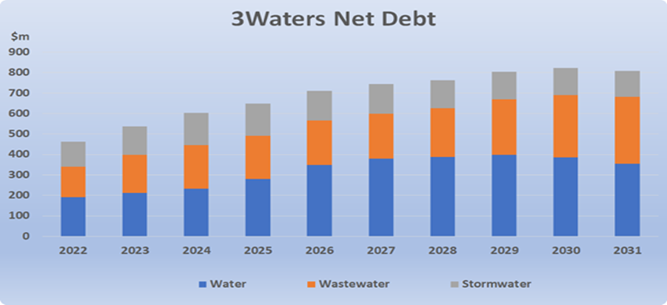
Figure
2: Three Waters fixed assets – net debt over the next ten years
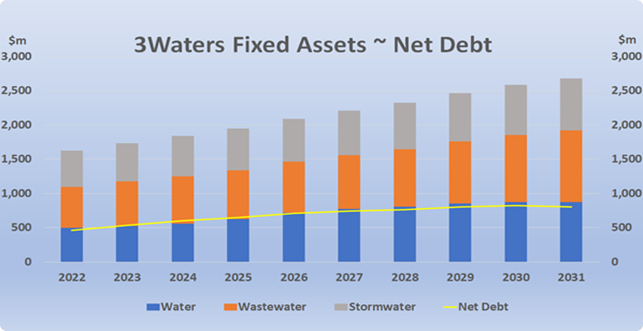
Figure
3: Three Waters capital expenditure over the next ten years
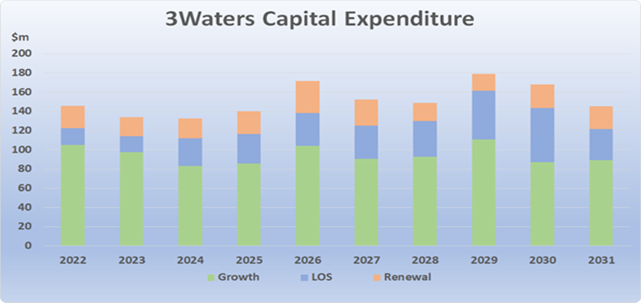
53. The
graphs below (Figures 4-6) show overall debt levels for Council
and the three waters share of this debt. The debt to
revenue ratios relative to current borrowing covenants show the very high
levels of three waters debt, which is significantly in breach of borrowing
limits on its own. In contrast the remaining activities of council have
more modest debt levels remaining within covenants over the ten years, based on
the rates funded debt retirement in community and transportation activities as
well as in three waters.
Figure
4: Net debt for Council, and the three waters share of debt, from the LTP
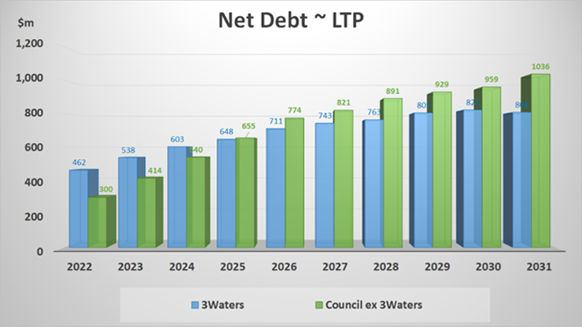
Figure
5: Debt to revenue ratio relative to borrowing limits, from the LTP
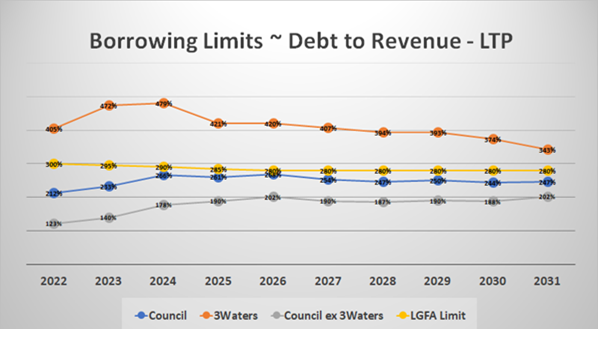
54. The
current LTP includes approximately $549m of revenue from rates and user
fees to retire debt and provide capital investment capacity over the LTP
period. Of this debt retirement about 50% is retired from the three
waters activity. This debt retirement contributes to the increase in
three waters charges over the ten years of the LTP.
55. The
following graph shows the portions of debt retirement in the LTP across various
activities (Figure 6).
Figure
6: Rates funding debt retirement in the LTP

56. The
impact on TCC’s financial sustainability with the transfer of three
waters is also analysed in the DIA Indicative financial tool, an extract of
which is shown below (Figure 7). In summary, the transfer of waters from TCC
would create significant debt headroom within the remaining Council from 2024.
Figure
7: Local Government Funding Agency Net Debt to Total Revenue
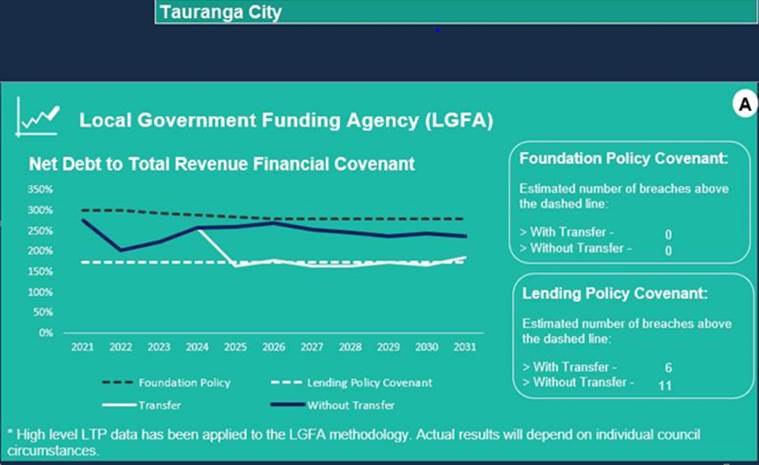
Local Government Funding Agency
(LGFA) considerations
57. Local
Government Funding Agency Shareholders Council recently requested the LGFA
Board to consider different scenarios depending on how loans attributable to
three waters assets will be dealt with once the new entities are formed and
operational. The focus of review is to consider potential impacts to LGFA
and its Shareholders and Guarantors (refer Attachment 4 – LGFA Letters
– Lending to Water Entities).
DIA Analysis for TCC and Entity
B Financials
58. The
DIA dashboard for TCC is included as Attachment 2. The DIA analysis
estimates that by 2051 the TCC three waters costs per household would
be $3,060. In contrast, under Entity B, DIA estimated that the per
household charge would be $1,220 per household per annum by 2051. This
overall saving assumption under Entity B is based on annual efficiency gains
across the whole entity to more than offset the increased costs both new capital
investment and operational costs to raise standards of three waters services
across the region.
59. A
comparison on results from the analysis for TCC and other Entity B councils is
shown in Table 2, with the outliers shaded in red and green.
Table 2: Comparison of WICs dashboard data for Entity
B Councils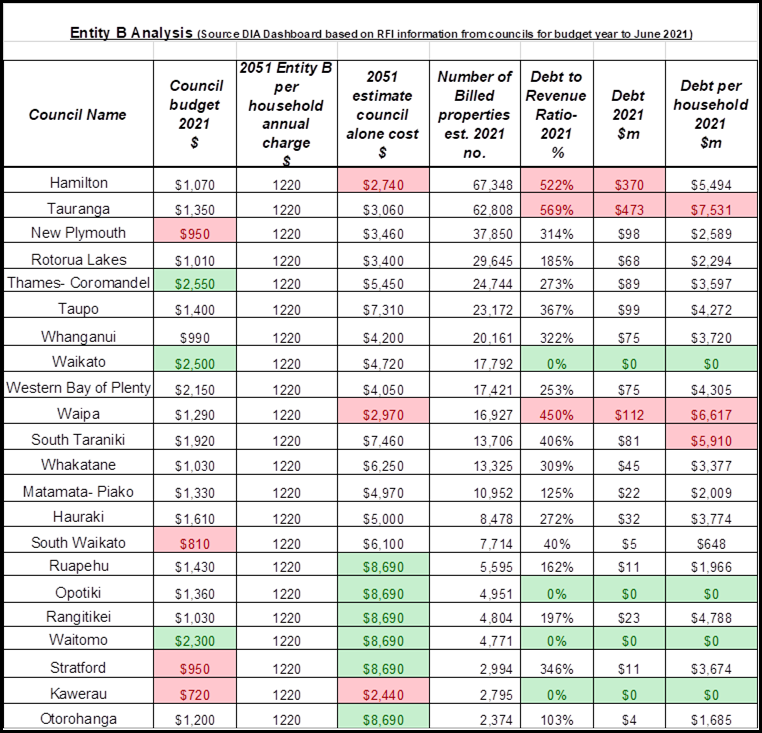
60. We
note in Table 2 above that there is a significant variance amongst Entity B
councils between their 2021 council charges and what DIA assumed would be
charged by 2051 in those areas to meet the assumed new regulatory
standards. The smaller councils who may not have invested significantly
in three waters have been assumed in the DIA analysis to require substantial
additional investment. The costs of this assumed additional new investment
drives the very large increase in estimated per household annual costs by
2051. DIA notes it has used overseas experience to inform its
assumptions.
61. The
DIA analysis, has been peer reviewed by Farrierswier
and Beca
to ensure that both the modelling and underlying assumptions are reasonable in
the New Zealand context. It therefore provides an indication of the
“order of magnitude” of the gains that could be delivered
though the new system and the level of future investment Council is likely to
need to make over the next 30 years.
62. At
this stage it is not possible to fully test the DIA projections as the
regulatory standards for New Zealand out to 2051 are not yet known. It is
reasonable to assume that there will be greater community and mana whenua
expectations around environmental performance and quality, tougher standards to
meet for water quality (drinking and receiving environment) and that
monitoring, compliance and enforcement will be greater than it is now.
This would be expected to increase both operational and capital costs of three
waters service delivery.
Additional
Funding “better off” and “no worse off”
63. The
Three Waters Reform includes funding support from Government and the proposed
new Entity B. The support package for Entity B is estimated at $707m
being $322m from the Crown and $385m of debt funding sourced by Entity B to be
paid back over time through water charges. This package is to fund the
“Better Off” funding of $497m and “No Worse Off”
funding of $210m and the reasonable costs of transition. The infographic
below (Figure 8) shows the distribution of funding amongst Entity B
councils. In total, TCC would receive $48m of “better off”
funding, and the balance of $21m as “no worse off” funding and
reasonable cost reimbursement.
Figure
8: PWC summary of three
waters reform based on DIA analysis and data

64. To
assess whether the proposed “better off” and “no
worse off” funding to Council [$69m] is sufficient, Council
needs further information on the conditions that will be associated with
that funding and details of transitional arrangements. For the purposes of
the following analysis it is assumed that this funding would provide Council
with an opportunity to address a range of issues and opportunities to improve
community wellbeing in partnership with mana whenua and the community.
Expected outcome for TCC
65. The
key advantage to TCC of transferring waters to a separate entity is the
reduction in debt. This means that TCC gains significantly more capacity to
invest in non-water activities of council in the future, including transportation
and community facilities. These other activities have been
significantly constrained over recent years because of the need for substantial
three waters investment resulting in very high council debt levels.
66. In
completing the balanced scorecard, finance staff weighted the council balance
sheet and debt capacity factors much higher than other areas of the finance
scorecard in assessing the opportunity of reforms from a financial
perspective.
Risk and uncertainties for
finance and funding
67. There
are several issues that need to be resolved in relation to finance and
funding including:
· transition
arrangements, including treatment of existing overheads and
stranded costs
· details
of asset, debt and hedging transfer arrangements.
· operational
arrangements for assets retained in TCC - particularly in relation to
stormwater
· integration
with other local government reform processes
· protections
from privatisation
· conditions
associated with the Government’s package of funding for local
government
· impact
on operational and capital investments due to new water legislation,
associated regulations and enhanced standards
· whether
reforms are mandatory and final details of arrangements.
C. Social,
community and economic wellbeing
68. Social,
community and economic wellbeing is considered under the balanced scorecard.
This quadrant of the balanced scorecard covers the areas of:
· Mana
whenua - perspectives
· Community
– residents
· Growth
and prioritisation
· Wider
economic aspects of waters investment – supporting local industry
etc
Perspective of Mana Whenua
69. Overall
Te Rangapū Mana Whenua o Tauranga Moana support the process that has been
taken to date with the three waters reform. This support sits alongside the
following feedback:
· The
use of the Māori name, Taumata Arowai (the regulator) can mislead that the
entity is Māori led or owned and this causes confusion. The sooner
Māori participation is clarified the better understood the role of the
regulator will be for iwi.
· Tangata
whenua participation in governance remains unclear, therefore tangata whenua
are unable to gauge appropriateness. This lack of clarity also leads to
pressure on tangata whenua by those who find the uncertainty threatening.
· Key
issues for Tauranga Moana can only be truly governed by direct participation.
· The
first principle advocated previously through to Government and the
Commissioners was to take due regard of tangata whenua relationships, the size
of the entity area immediately puts this principle under pressure.
· Tangata
whenua see great opportunity in a more environmentally focussed management of
three water activities, particularly stormwater.
· There
is a high degree of uncertainty across the community around the role of tangata
whenua. Tangata whenua support the efforts of other local authorities
(for example Central Otago District Council) who have developed videos to
engage with their community. Both Central Government and other councils
are encouraged to follow that lead on communication channels and style.
70. Overall,
Te Rangapū Mana Whenua o Tauranga Moana are committed to continuing to
provide input to the three water reform process. Key uncertainties and
concerns raised related to:
· A
commitment to bringing into action the principles of Te Tiriti o Waitangi.
· Ensuring
regionalisation takes proper account of natural Māori alliances.
· Discharge
to whenua is more appropriate than discharge to wai and that there needs to be
clarity on how the reform will bring priority to this tikanga.
· Recognition
of protecting kaitiakitanga so that iwi and hapū are supported to maintain
guardianship over their taonga – including flora and fauna.
· The
need to prioritise supporting the utilisation of Māori land in the
delivery of infrastructure, now and into the future.
· Planning
for better alignment with the natural form and function of the taiao.
71. It
should be noted that tight engagement timelines have placed extraordinary
pressure on tangata whenua, especially with the trickling down of information
and resourcing. Te Rangapū Mana Whenua o Tauranga Moana acknowledges
the roles for both iwi and hapū so canvassing feedback across 17 entities
has not been an easy task in the given timeframes. The uncertainty and lack of
clarity also makes timelines difficult to gauge. Te Rangapū Mana Whenua o
Tauranga Moana recommend improving participation by seeking more realistic
timelines for engagement in the future.
Community perspectives -
Interim on-line feedback results
72. An
online form on the TCC’s website was used to gather community feedback on
the three waters reform. From this, 295 responses were received from the
community, together with 13 service requests and a number of emails that have
been directed to the Commissioners.
73. The
key themes and comments received from the community were categorised into the
following:
· A
referendum is required to determine participation
· Concerns
relating to iwi input or control
· Loss
of local say/control/accountability
· Concerns
about the efficiency and cost of services
· Tauranga
has good infrastructure and should continue to provide its own waters services
· Assets
belong to ratepayers and should not be taken
· Lack
of trust in Government
· Concerns
about undemocratic process/role of unelected commissioners
· Assets
should be paid for in full
· Lack
of consultation/information.
74. Majority
of respondents did not support the three waters reform. It was evident,
however, that there were gaps in understanding around:
· What
opportunities there will be for communities to have input into councils’
involvement in three waters reform (formal consultation/local or national
referendum)
· How
the governance arrangements will work, including the role of iwi
· How
councils and local communities can influence entity decision-making
· Entity
ownership
· Transparency
around the ownership and transfer of assets
· Transparency
around ‘better-off’ payments, including the rationale for payments
· Future
service costs.
Risk and uncertainties for
social, community and economic wellbeing
75. Several issues need to be resolved in
relation to community and the environment, including:
· The
final boundaries
· Consultation
with mana whenua and communities
· Representation
from and on behalf of mana whenua
· How
will community voice be heard and what influence local authorities will have
(and what can the community realistically expect the council to influence
particularly if it is not on the regional representation group)
· Integration
with spatial and local planning processes and growth
· Prioritisation
of investment, for example, to cater for growth planning and providing new land
supply.
D. Resourcing
76. Under
LGNZ’s balanced scorecard framework, the following was considered in
relation to resourcing:
· Workforce
suitability and sustainability
· ICT
systems
· Supply
chain and procurement
77. Resourcing
was an area identified as showing potential for improvement through the
proposals in the LTP, and significant improvement through reform. Larger
entities will offer major opportunities around supply chain resilience and
smart procurement, especially in the area of specialist water technologies,
infrastructure delivery capacity, bespoke IT systems for better customer
experience, and potential for social procurement objectives.
Current TCC resourcing and
potential impact of three waters reform
78. At
present TCC operates the water and wastewater treatment plants by direct
employment.
79. Recently
there has been significant investment in ICT (Information and Communication
Technology) in partnership with Western Bay of Plenty District Council and
Watercare to support better ways of working. However, a specialised
regional entity is expected to contribute strongly to attracting and retaining
skilled staff especially for the emerging environmental, climate change,
systems and digital needs of the sector.
80. There
is considerable investment proposed in the LTP and the costs of capital
investment continue to rise significantly. In comparison, considerable
potential benefits of scale are likely for a regional entity through
procurement and expertise.
Risk and uncertainty around
resourcing
81. Several
issues and uncertainties need to be resolved regarding resourcing and the three
waters reform. These include:
· ensuring
we retain TCC staff through the transition
· conditions
associated with the Government’s package of funding for local
government transition, treatment of systems investment and addressing the
issue of stranded costs
· transition
arrangements, including our own workforce challenges
· integration
with other local government reform processes.
Response
to the Minister of local government
82. Based
on information contained in this report, a response to the Minister of Local
Government from Tauranga City Council has been tabled at this meeting
for consideration and approval.
83. In
preparing the response, Commissioners and staff have been informed by the
following information sources:
· Local
Government New Zealand, Taituarā (Local Government Professionals
Aotearoa) and Te Tari Taiwhenua (Department of Internal Affairs);
· analysis
and discussion undertaken by the Waikato Bay of
Plenty (WaiBoP) Collective comprising 16 affected councils and by the
22 Entity B councils, which also included councils from Taranaki,
Whanganui and the Manawatu regions;
· staff
analysis based on the 2021-31 LTP, risk frameworks and known business
opportunities and challenges;
· feedback
received from the community through a web portal that went live on the TCC
website on 17 August 2021 and that received nearly 300 responses by the
29th September; and
· Discussions
with Te Rangapū Mana Whenua o Tauranga Moana at meetings held on 23
and 29 September 2021.
Strategic
/ Statutory Context
84. This
report and proposed response to the Minister is part of an ongoing proposal by
the Government for three waters reform. Please refer to the
‘Background’ section of this report for more detail.
Options
Analysis
85. The
purpose of this report is to outline the Government’s three waters reform
proposal and the implications for Tauranga. At this stage a consideration
of future three waters options is not required.
Financial
Considerations
86. Financial
and funding implications of reform proposals are covered in detail in the
‘Finance and Funding’ section of the report.
Legal
Implications / Risks
87. Risks
to Council and to the community associated with the Government’s proposed
three waters reform are highlighted throughout the report. A summary of
key risks include:
· The
establishment of the water regulator with its expanded and increased water
quality and environmental standards means that there is increased compliance
risk for council.
· The
regional entity proposal has risk to council of stranded costs (including some
of TCC’s overhead costs that may not transfer).
· The
transition to a regional entity poses risks including the loss of staff during
the period of uncertainty and transition, which may impact the delivery of
quality three waters services.
· The
new regional entity would mean that council would lose control of the
prioritisation of capital investment in three waters to cater for growth,
resilience or other council priorities.
· Details
of the transfer of assets and debt are unclear and there is a risk that costs
could be left with councils in the transition (e.g., loans and hedging).
· Service
delivery and pricing through the larger regional entities are likely to result
in some councils gaining or losing more than others and an element of cross
subsidisation occurring. There is a risk that this could lead to higher
costs to the community.
Consultation
/ Engagement
88. Limited
engagement was undertaken with the community and Mana Whenua to inform initial
feedback to the Minister of Local Government on the Government’s Three
Waters Reform proposal, and as part of the assessment using LGNZ’s
balanced scorecard framework.
89. Community
involvement was in the form of community feedback through the TCC website and
the establishment of a web portal. Engagement with Mana Whenua was
through discussion with Te Rangapu Mana Whenua o Tauranga Moana on 23 and 29
September 2021.
Significance
90. The
Local Government Act 2002 requires an assessment of the significance of
matters, issues, proposals and decisions in this report against Council’s
Significance and Engagement Policy. Council acknowledges that in some
instances a matter, issue, proposal or decision may have a high degree of
importance to individuals, groups, or agencies affected by the report.
91. In
making this assessment, consideration has been given to the likely impact, and
likely consequences for:
(a) the
current and future social, economic, environmental, or cultural well-being
of the district or region
(b) any persons who are likely to
be particularly affected by, or interested in, the issue.
(c) the capacity of the local
authority to perform its role, and the financial and other costs of doing so.
92. In
accordance with the considerations above, criteria and thresholds in the
policy, it is considered that the issue of the three waters reform is of high
significance. However, the decision of this report is to receive
information on the Government’s proposed reform and to approve a response
to the Minister of Local Government. This feedback is of medium
significance as it is likely to influence further decisions by government on
the nature and timing of reforms. Any subsequent decision to adopt or
‘opt-in’ to future stages of the three waters reform would be of
high significance.
ENGAGEMENT
93. Taking
into consideration the above assessment, that the issue is of high
significance, officers are of the opinion that prior to any significant
decision regarding the future of three waters delivery by council or another
entity, community consultation/engagement is required under the Local
Government Act 2002.
Next
Steps
94. Next
steps are expected to be announced by the Government in October 2021.
This will include the timeframes and responsibilities for any community or
public consultation.
95. It
is also important to note that the Government has not ruled out legislating for
an “all-in” approach to reform to realise the national interest
benefits.
96. In
the interim, the DIA continues to engage with council staff on transition
matters on a “no regrets” basis should the reform proceed. These
discussions do not pre-empt any decisions about whether to progress the reforms
or whether any individual council will transition.
97. On
the assumption that the reform goes ahead, it is anticipated that councils will
continue to deliver water services until early 2024 and council involvement in
transition will be required throughout.
98. Council
has applied to redirect part of its three waters CIP funding to fund resources
for a three waters project team for a period of six months to April/May
2022. This application is awaiting approval from the DIA. In the
interim, a project steering group and workstreams have been established
internally.
Attachments
1. Three Water Reforms -
DIA Dashboard (TCC) - A12919448 ⇩ 
2. Three Water Reforms -
DIA-Report-transforming-the-system - A12919427 ⇩ 
3. Balanced Scorecard
Assessment (Impact Assessment Framework TCC) - A12951727 ⇩ 
4. LGFA Letters ~ Lending
to Water Entities - A12919651 ⇩ 
|
Ordinary Council
meeting Agenda
|
4 October 2021
|
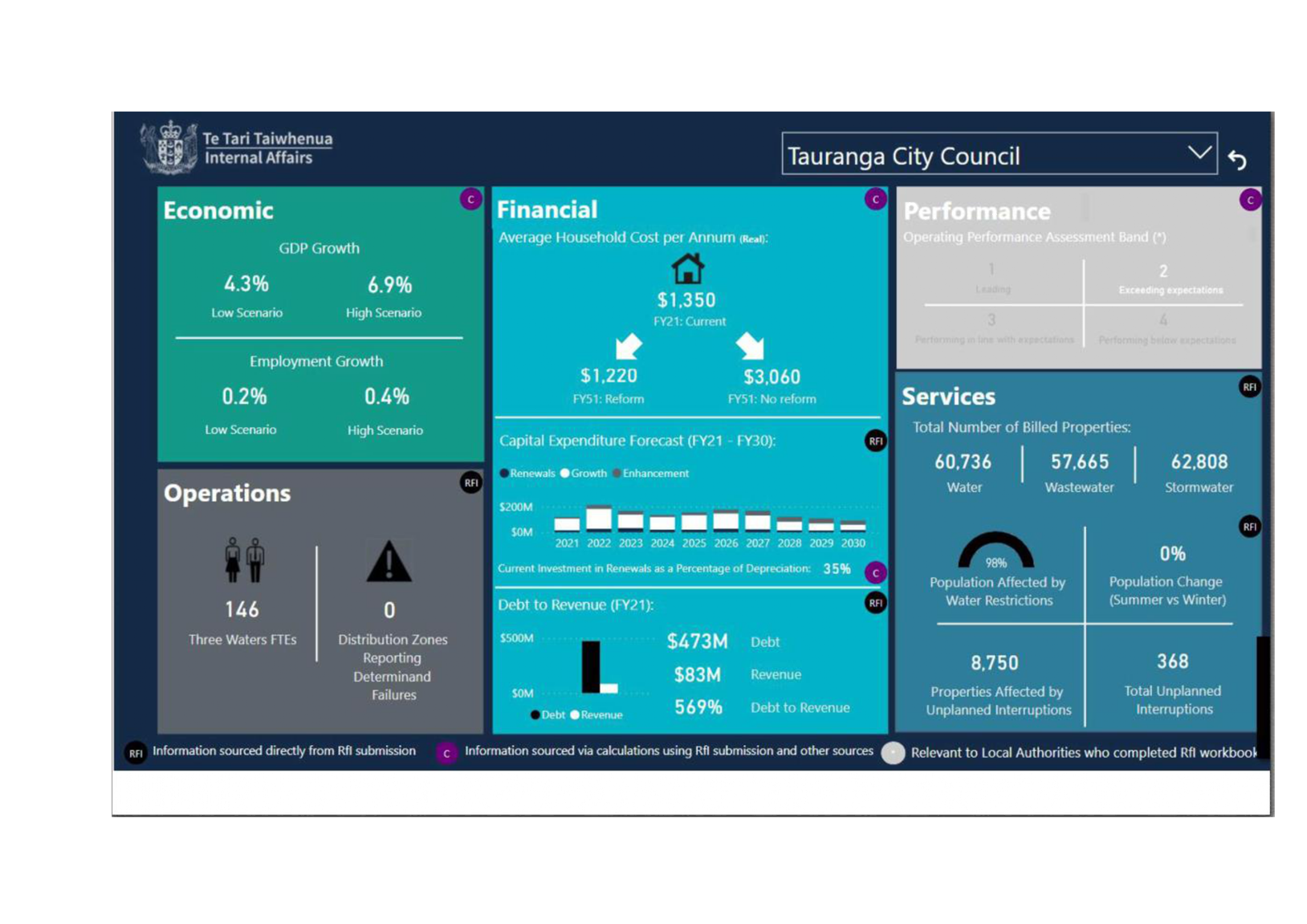
|
Ordinary Council
meeting Agenda
|
4 October 2021
|
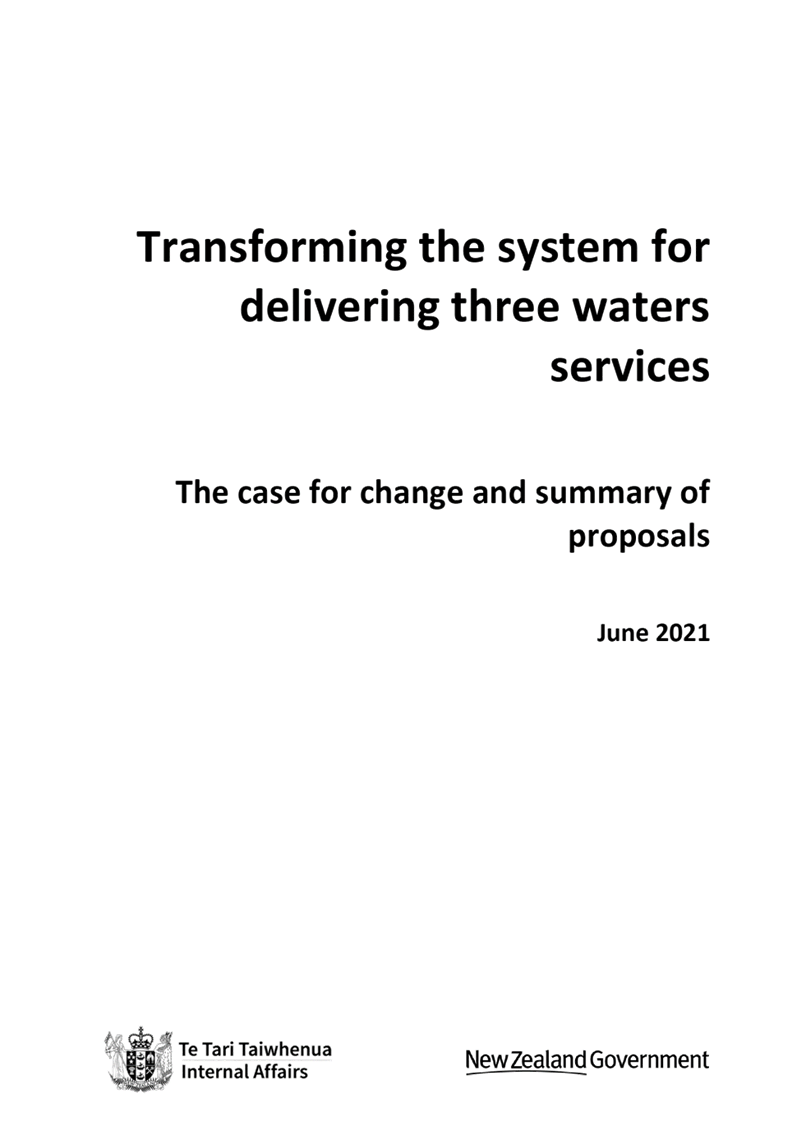
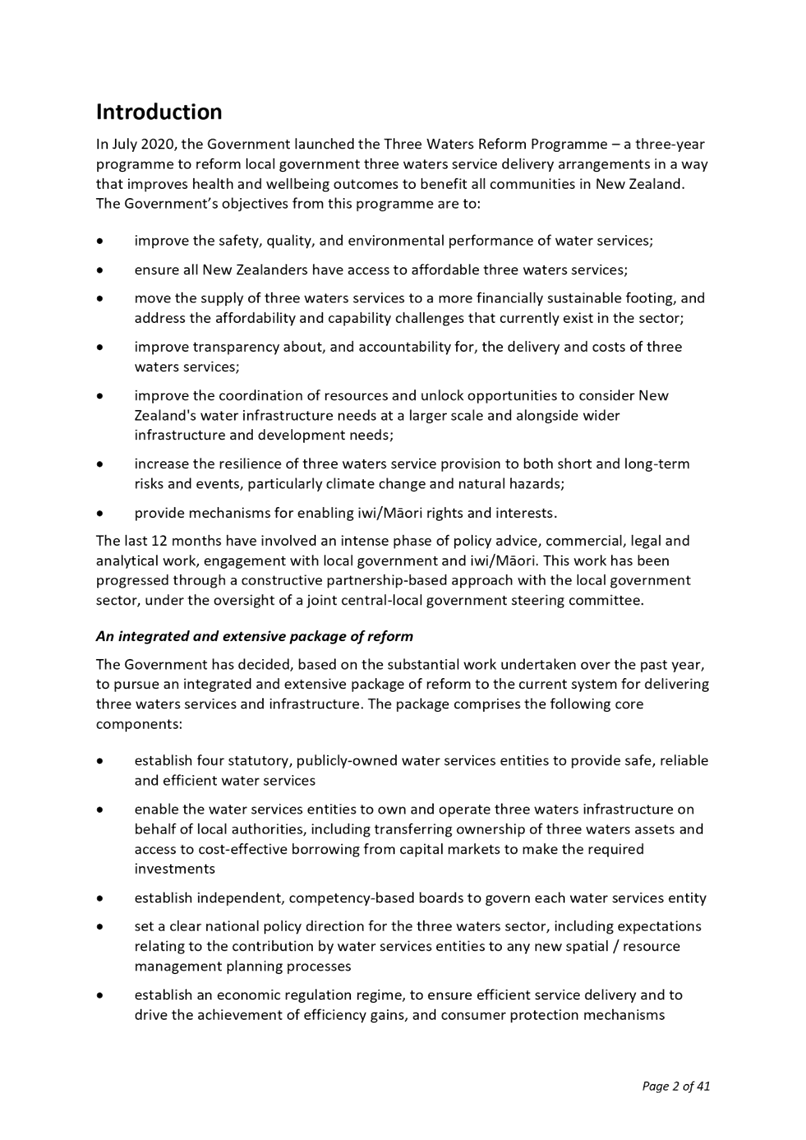

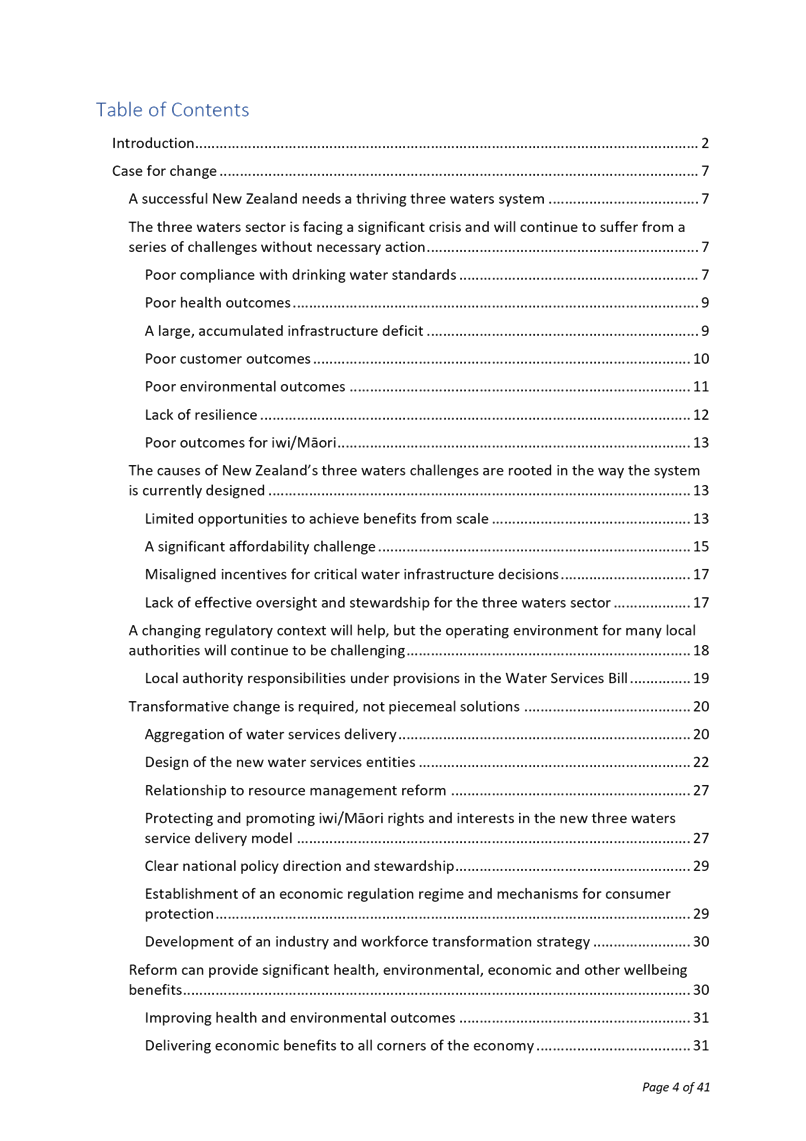
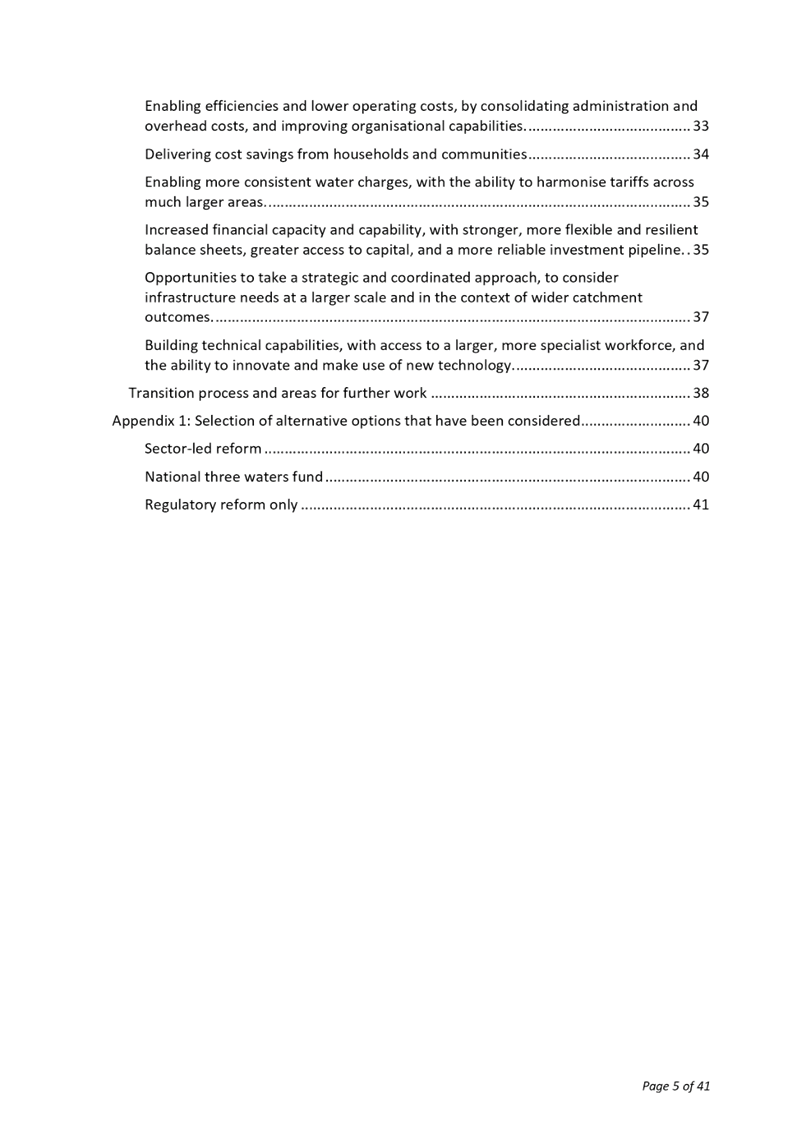
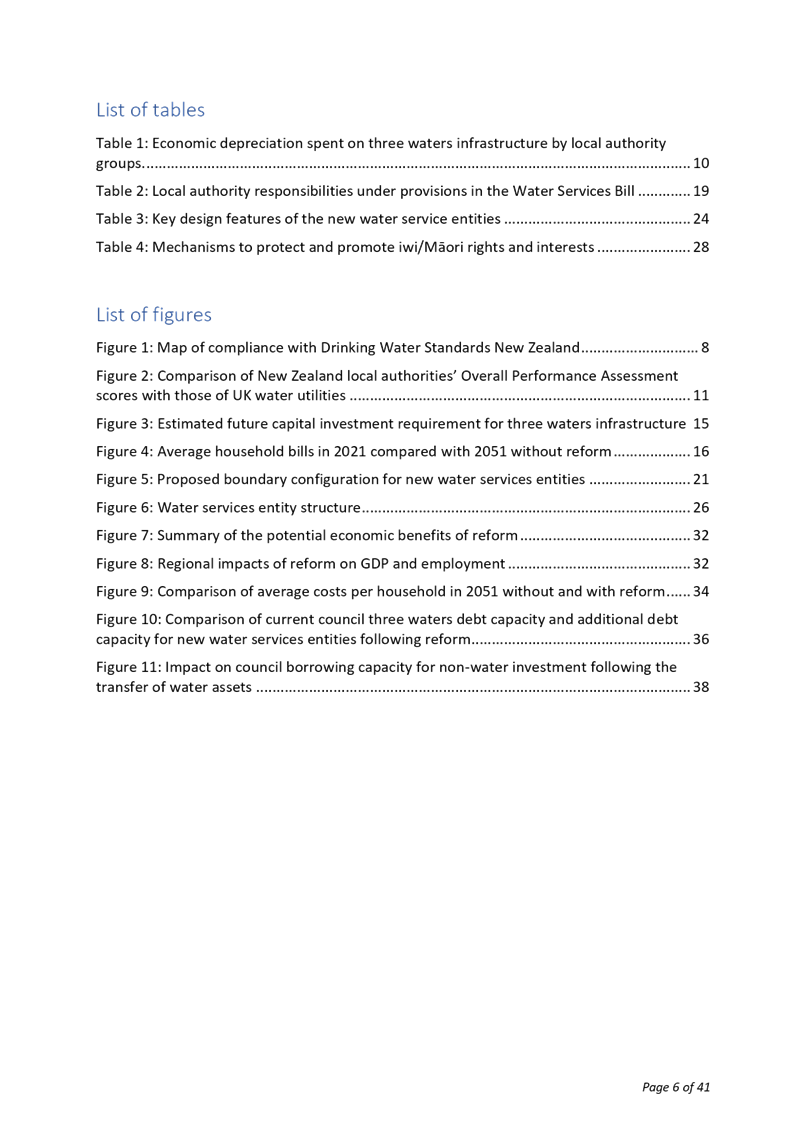
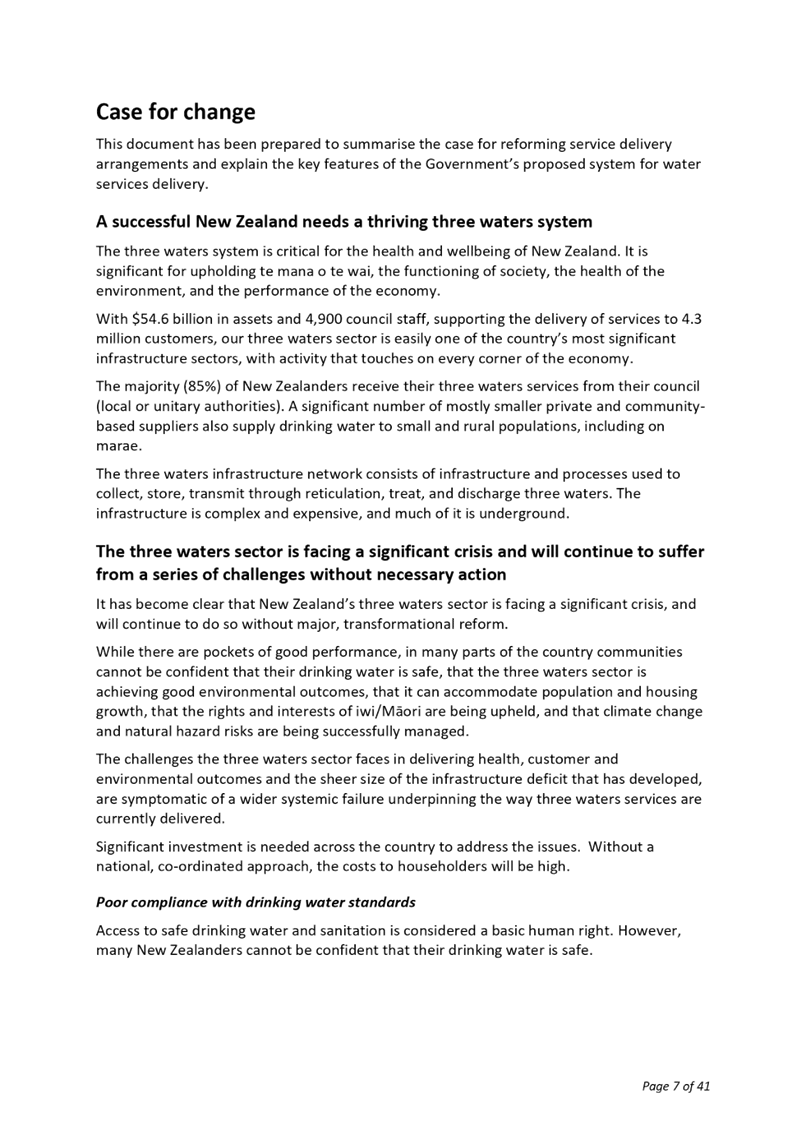
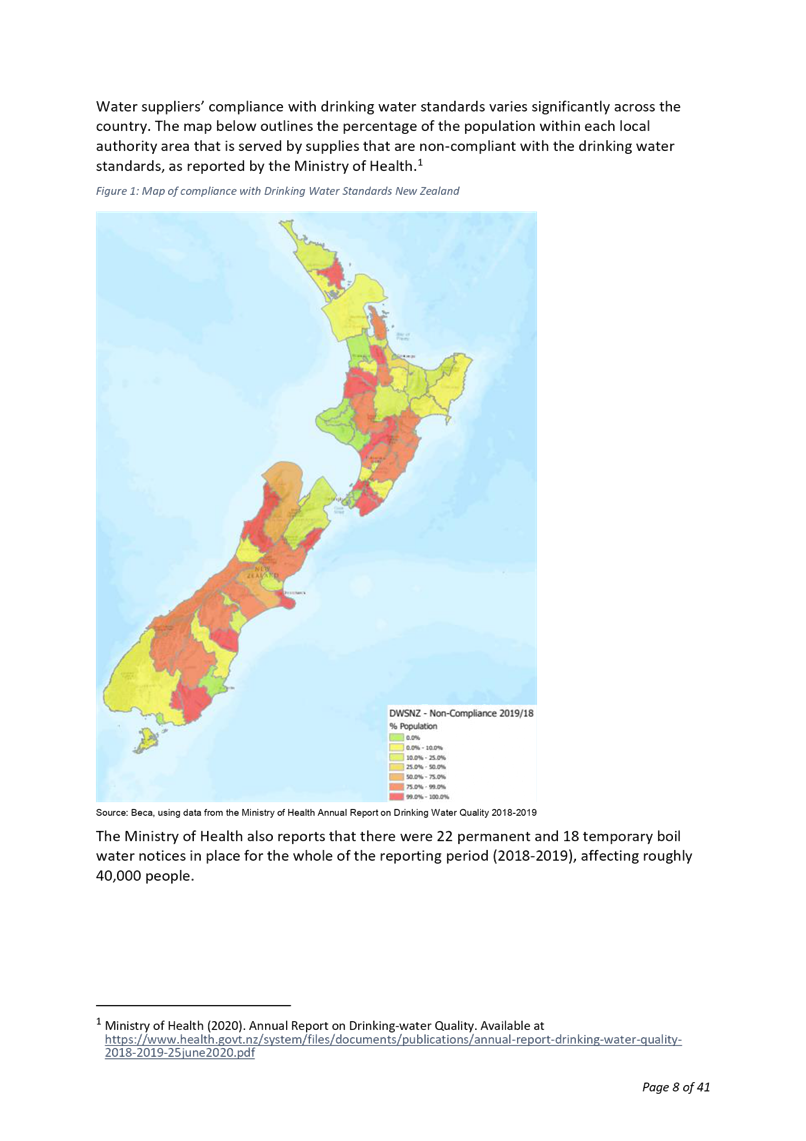
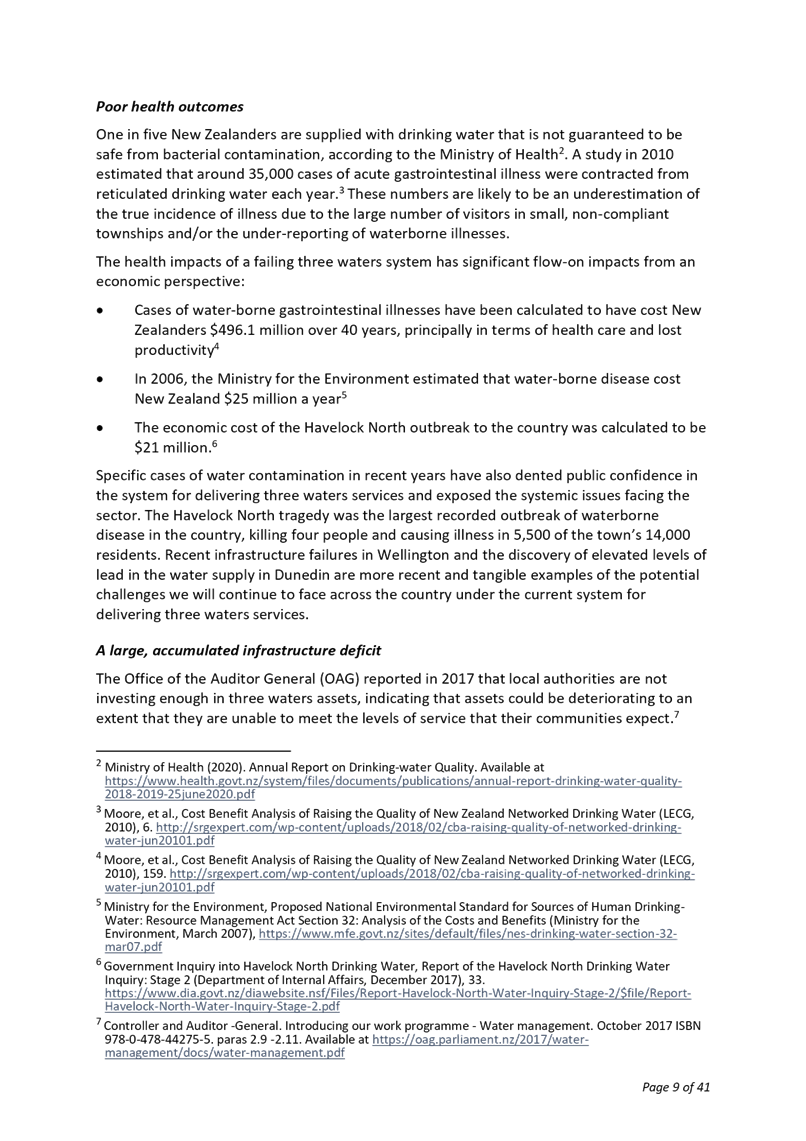



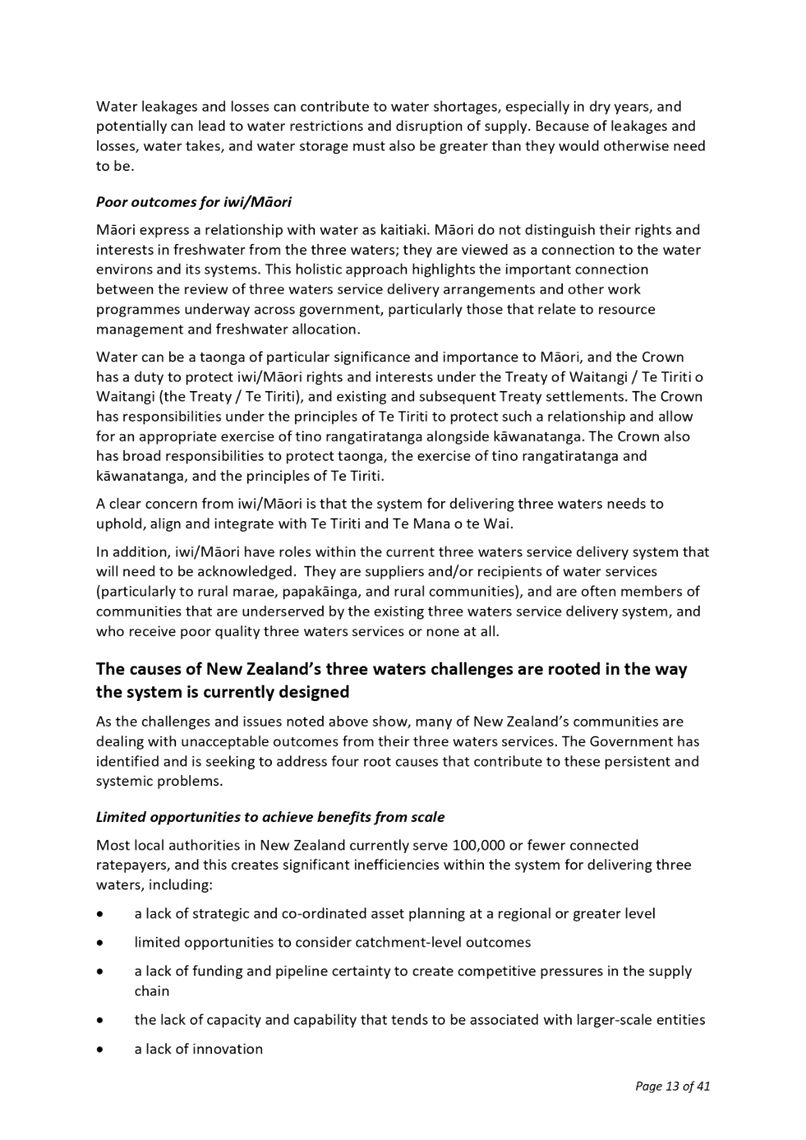
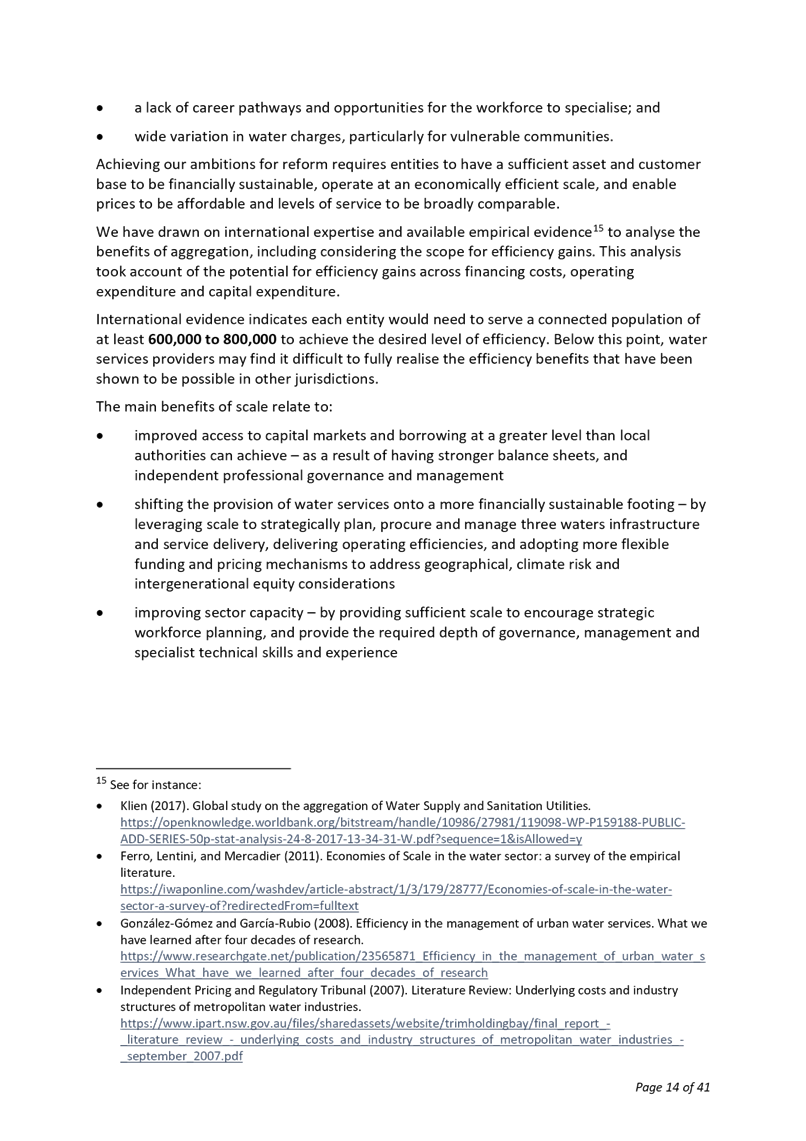
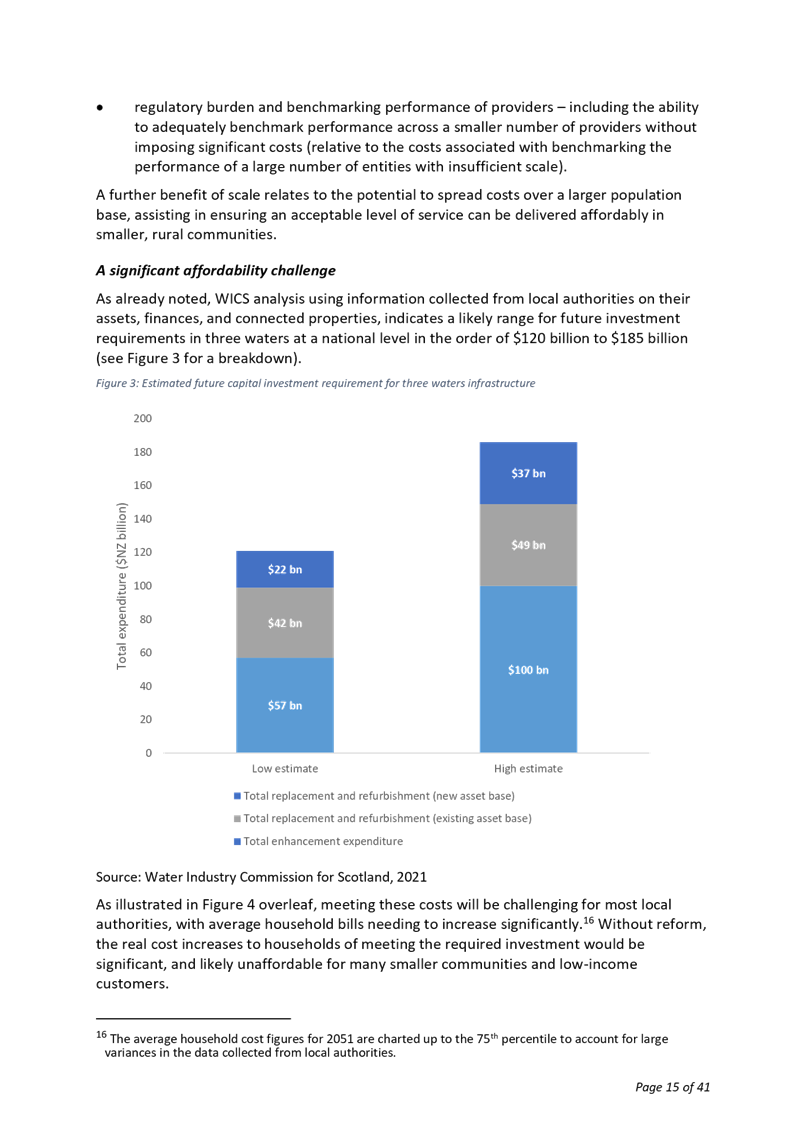
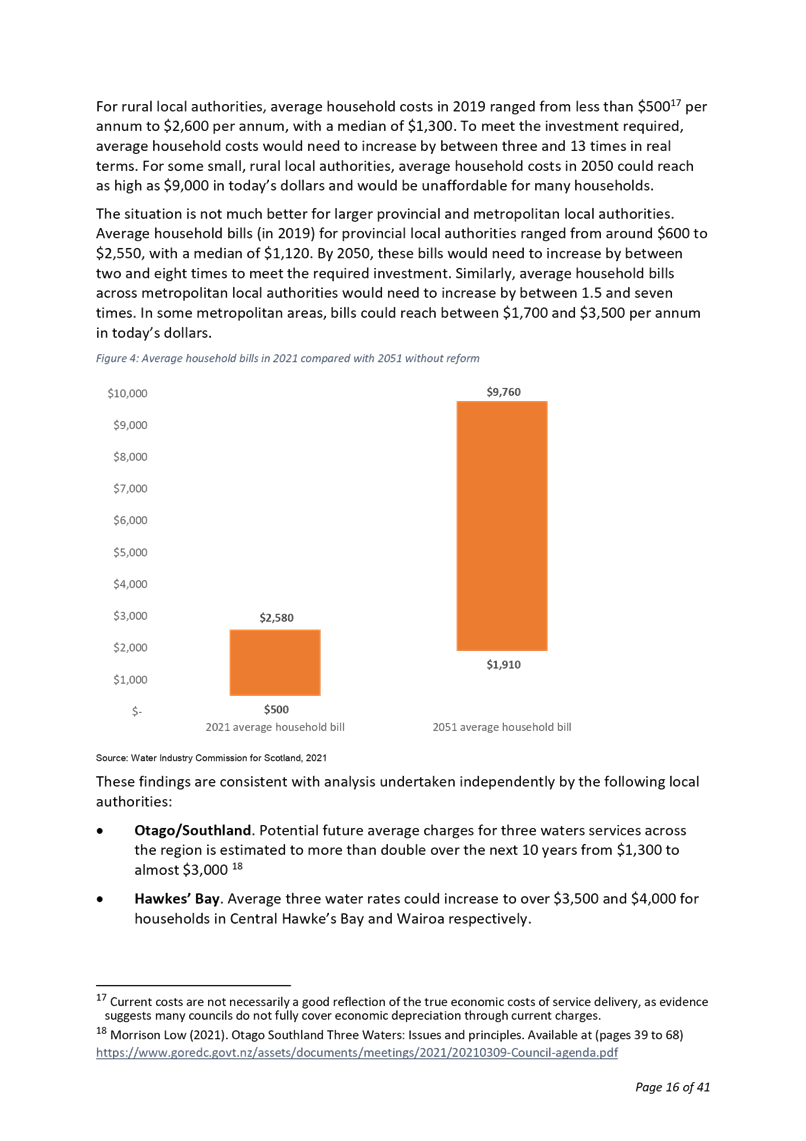
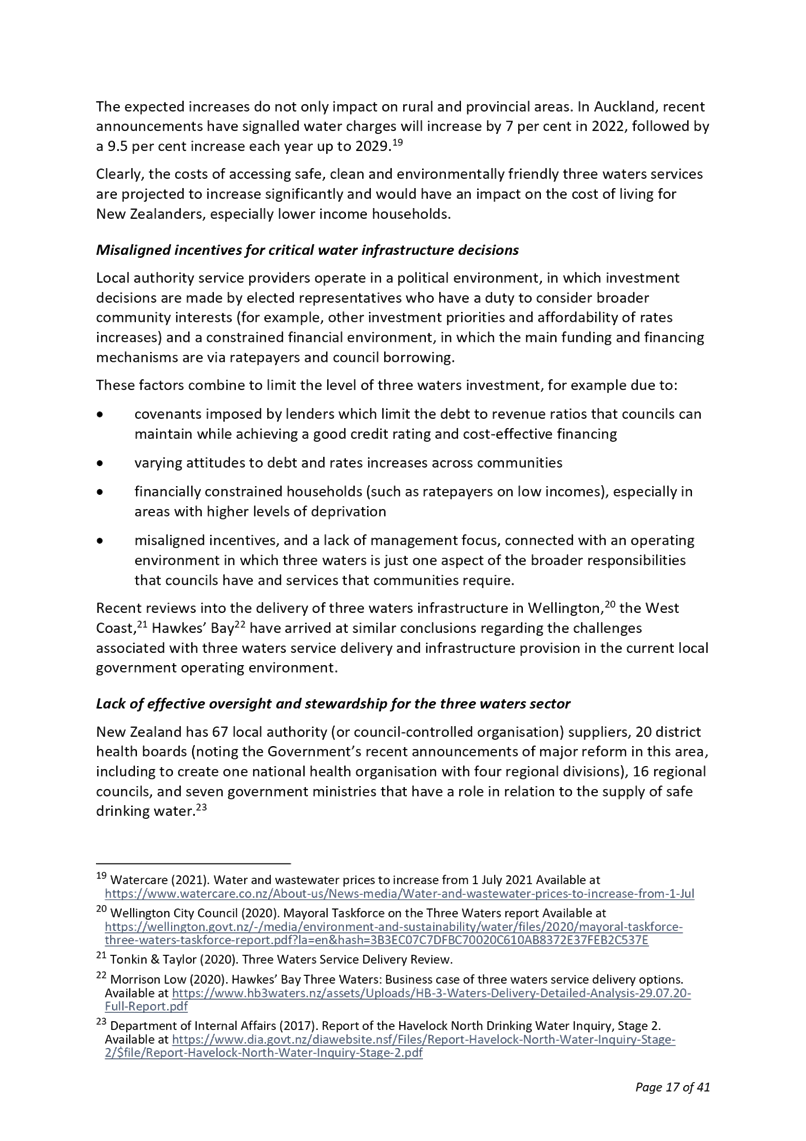
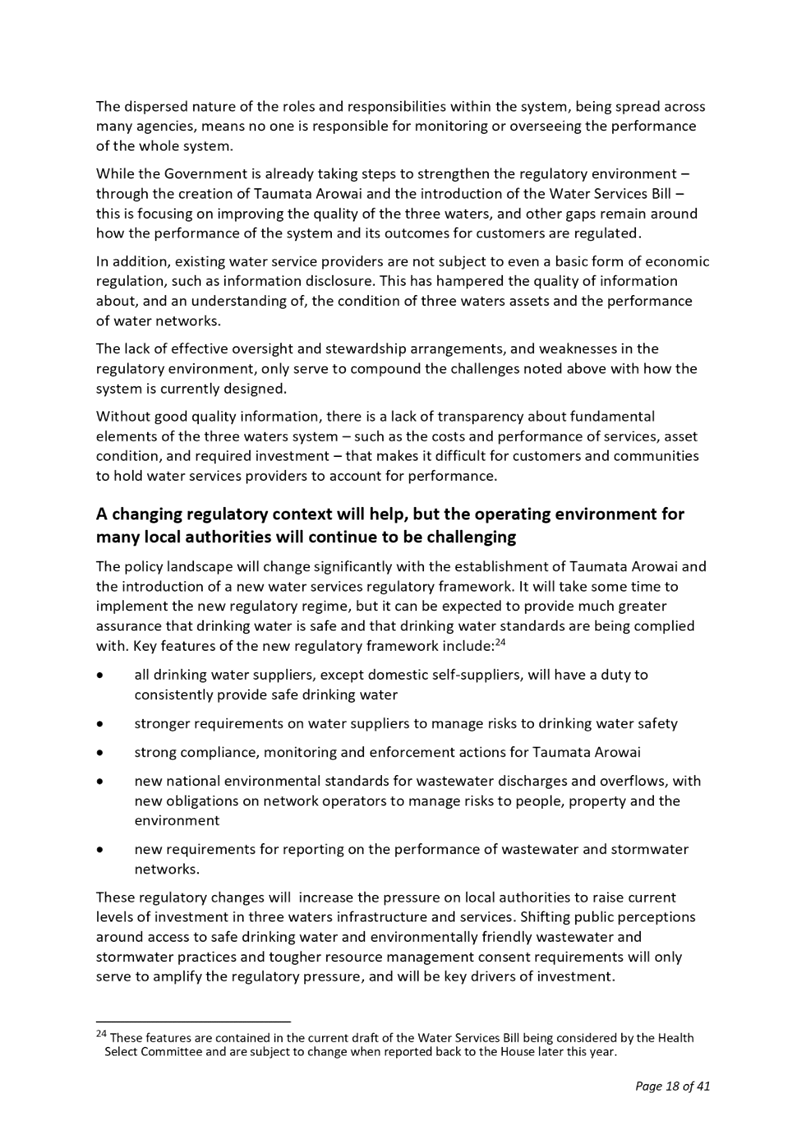
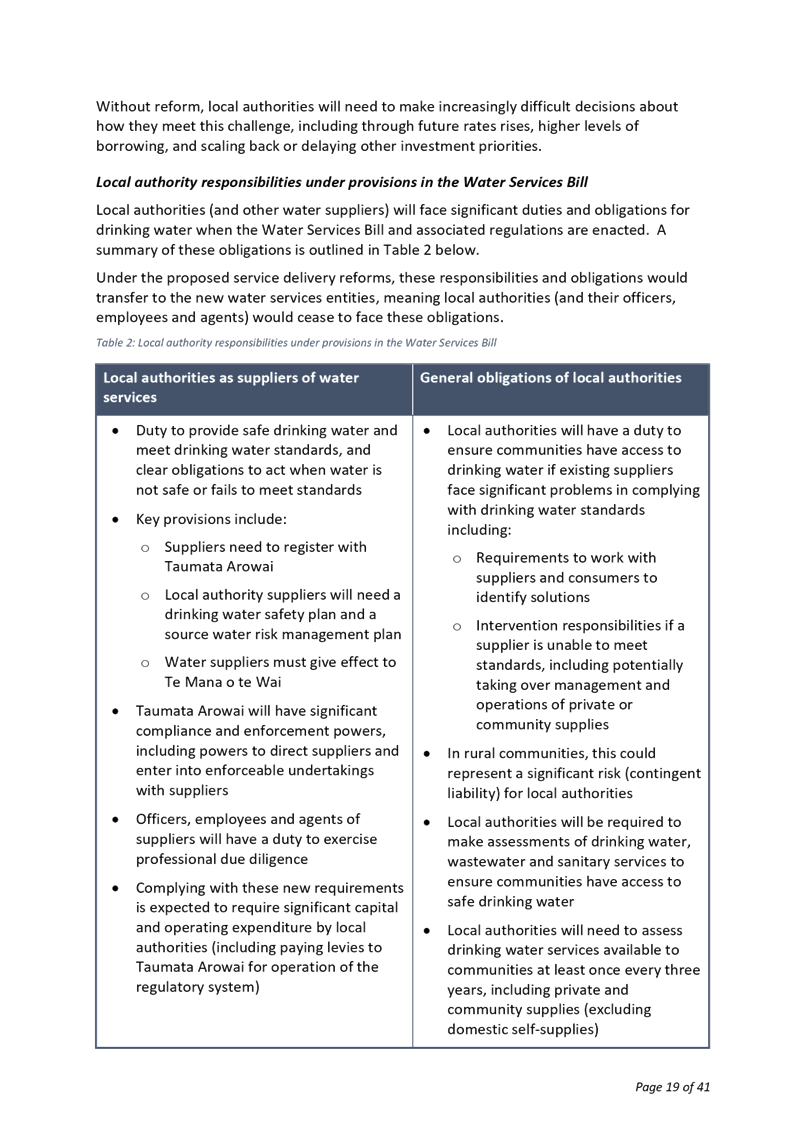
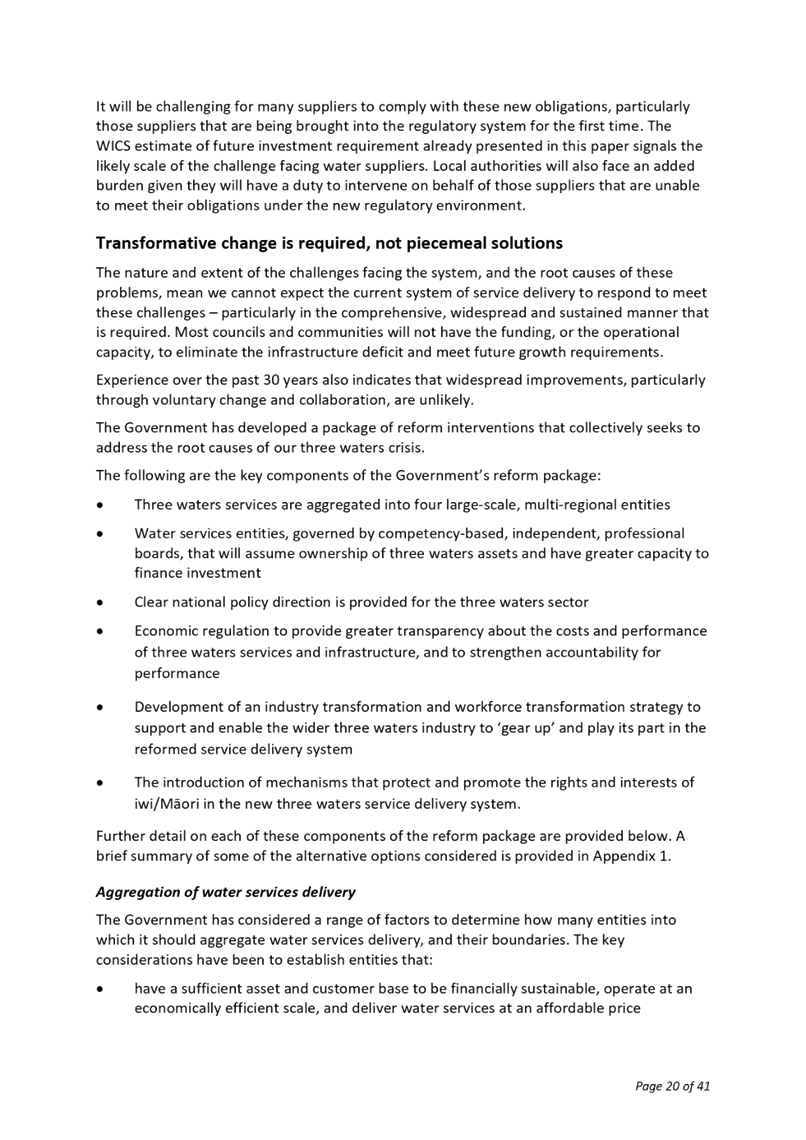
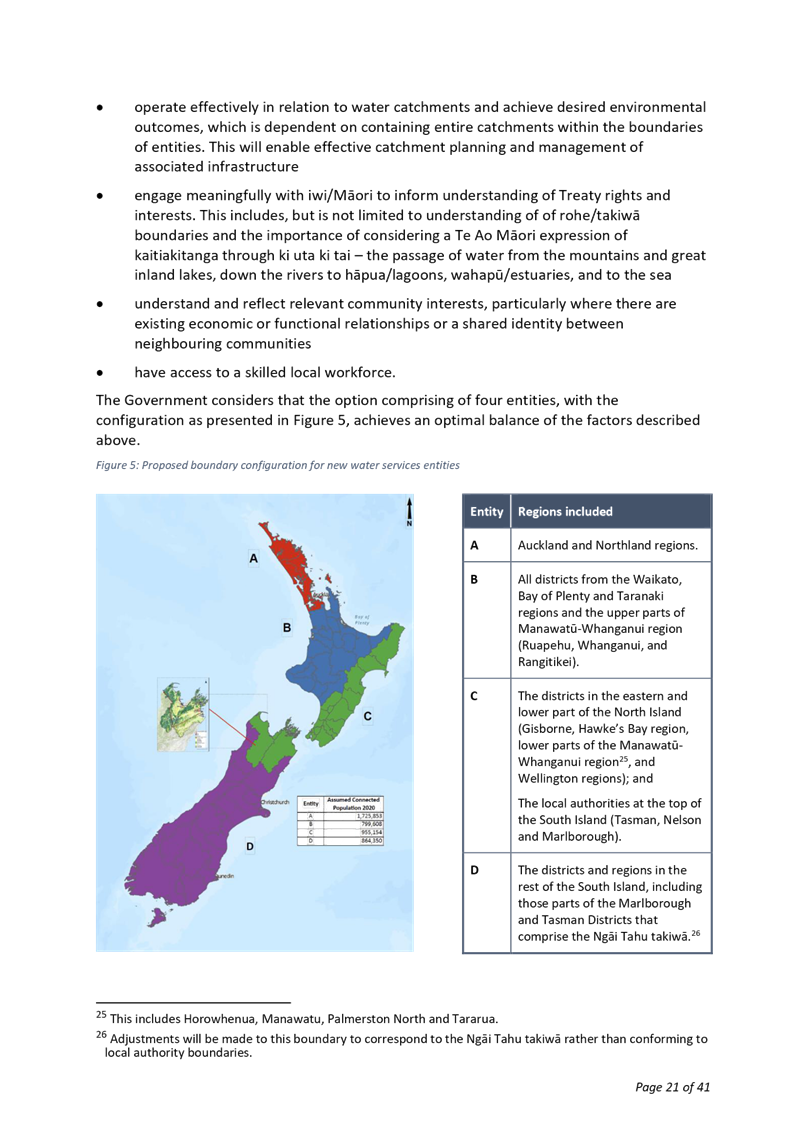
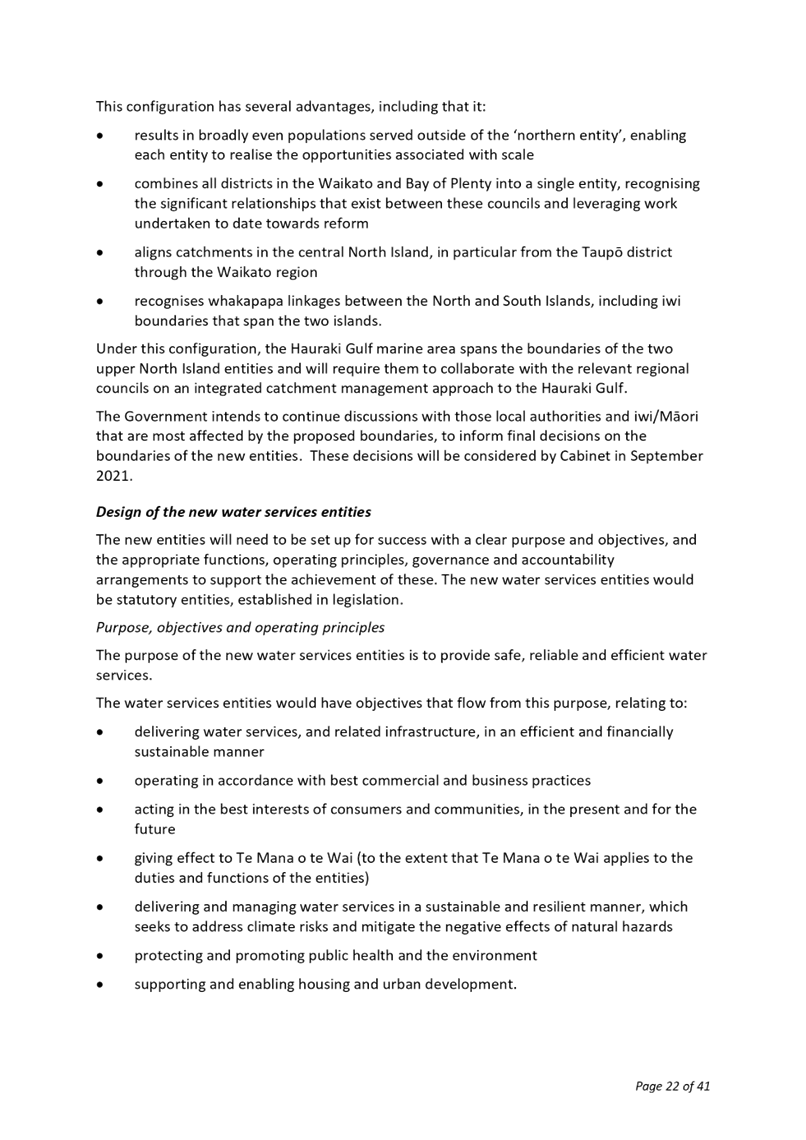
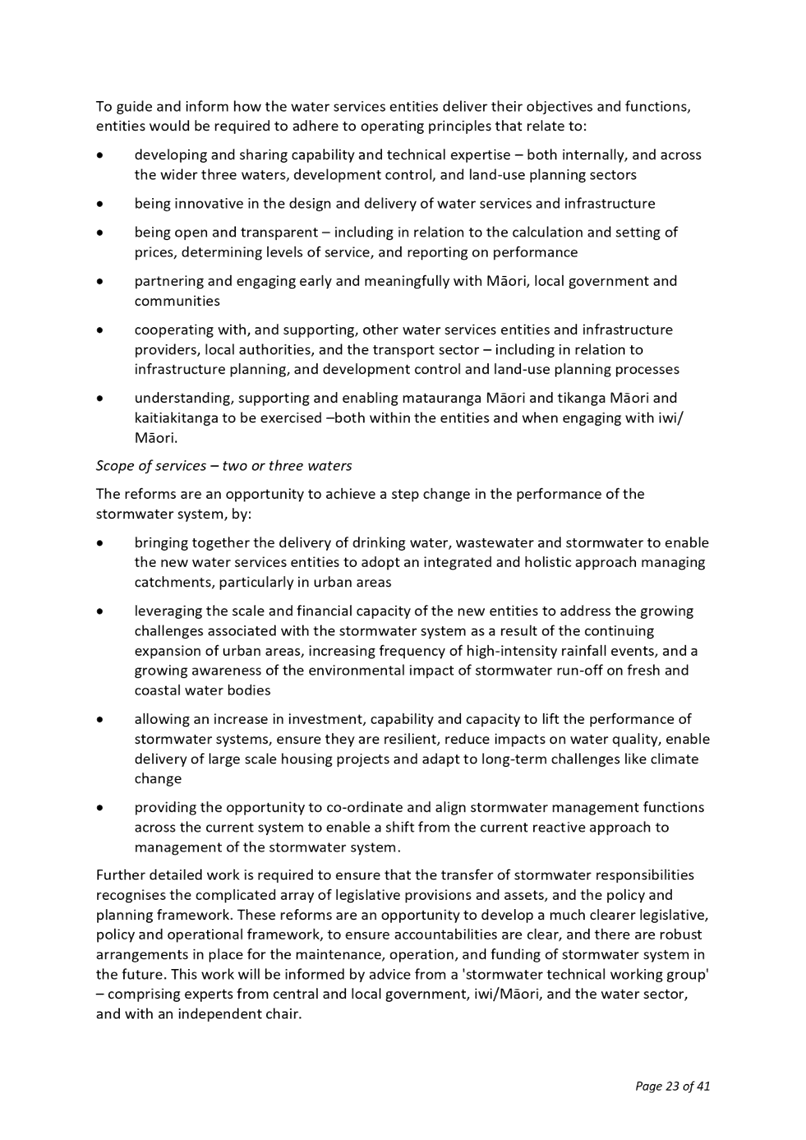

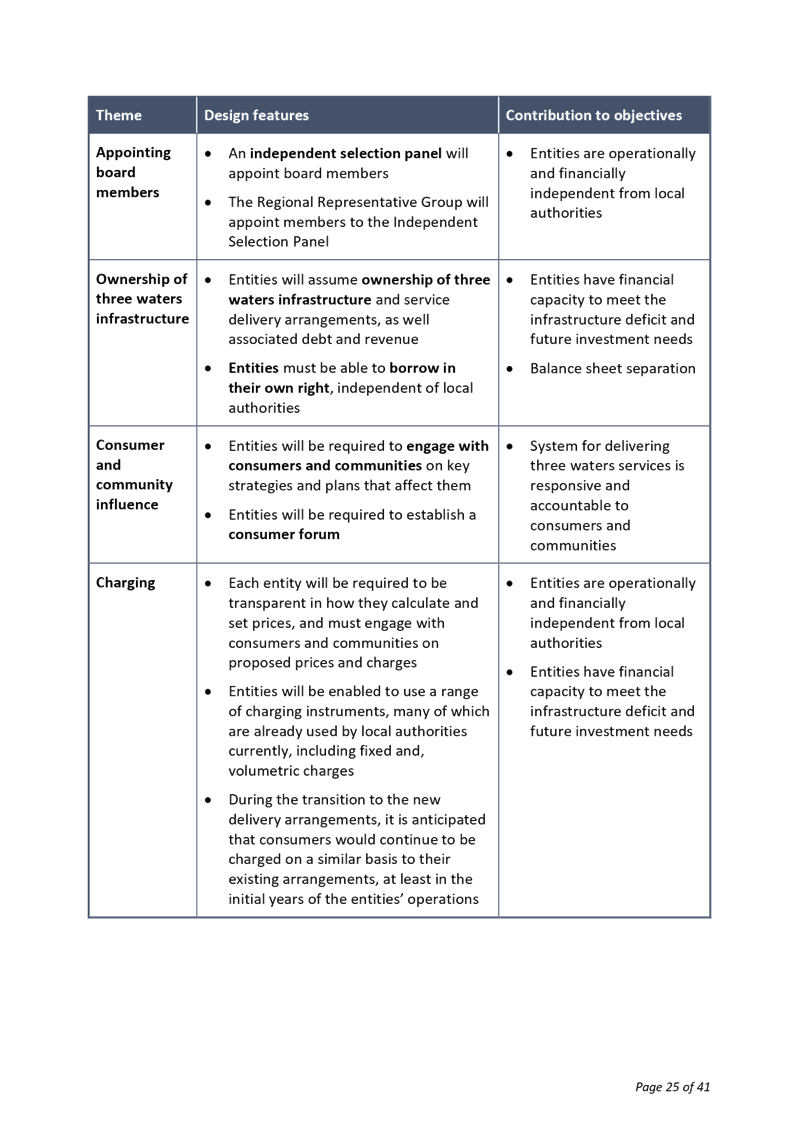

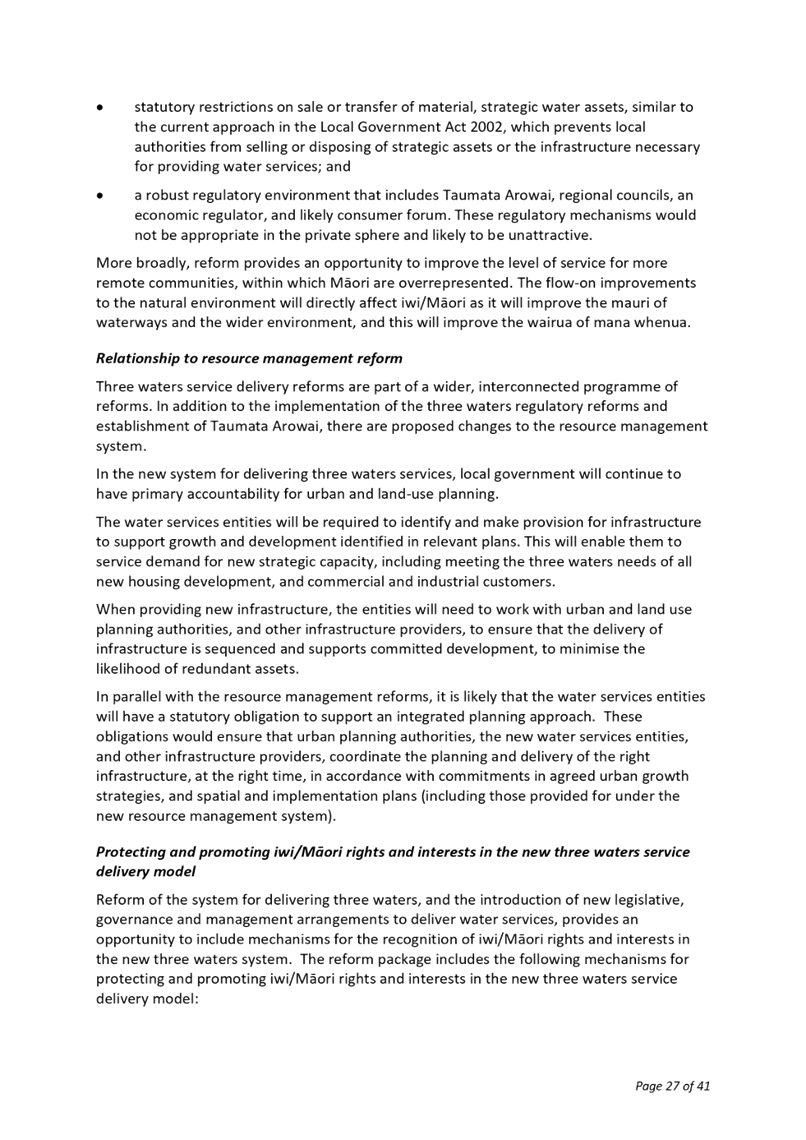
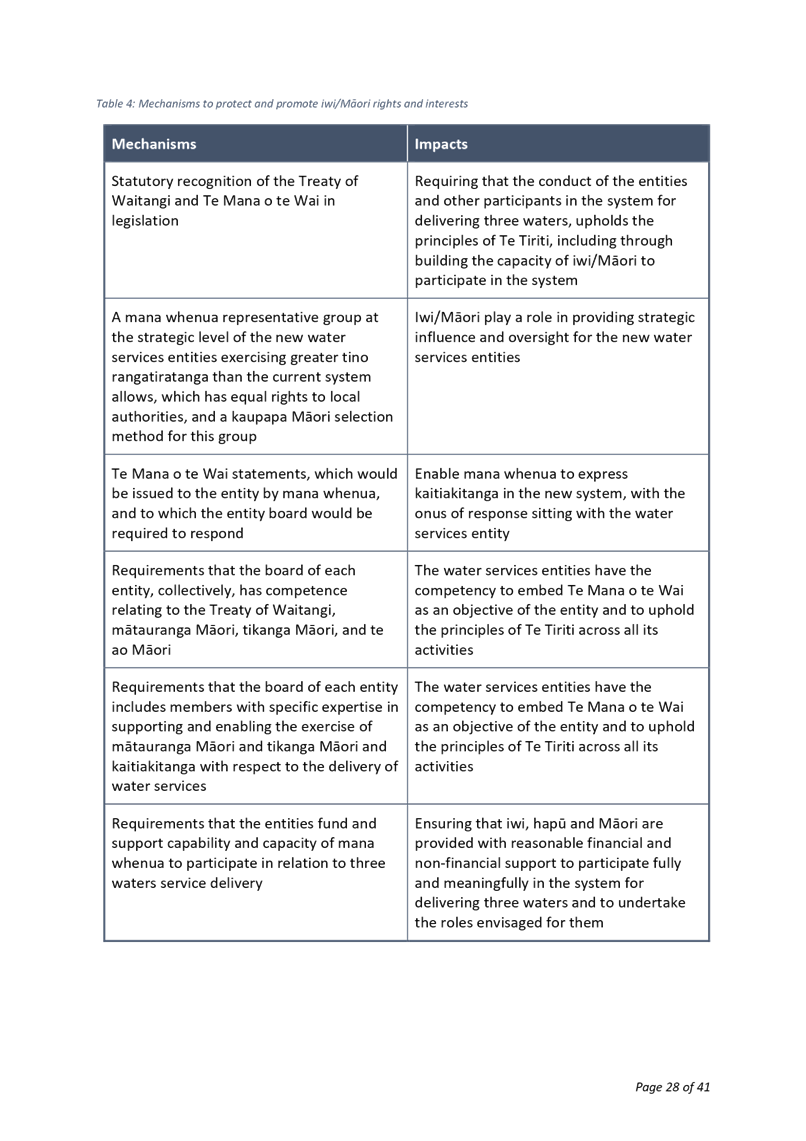
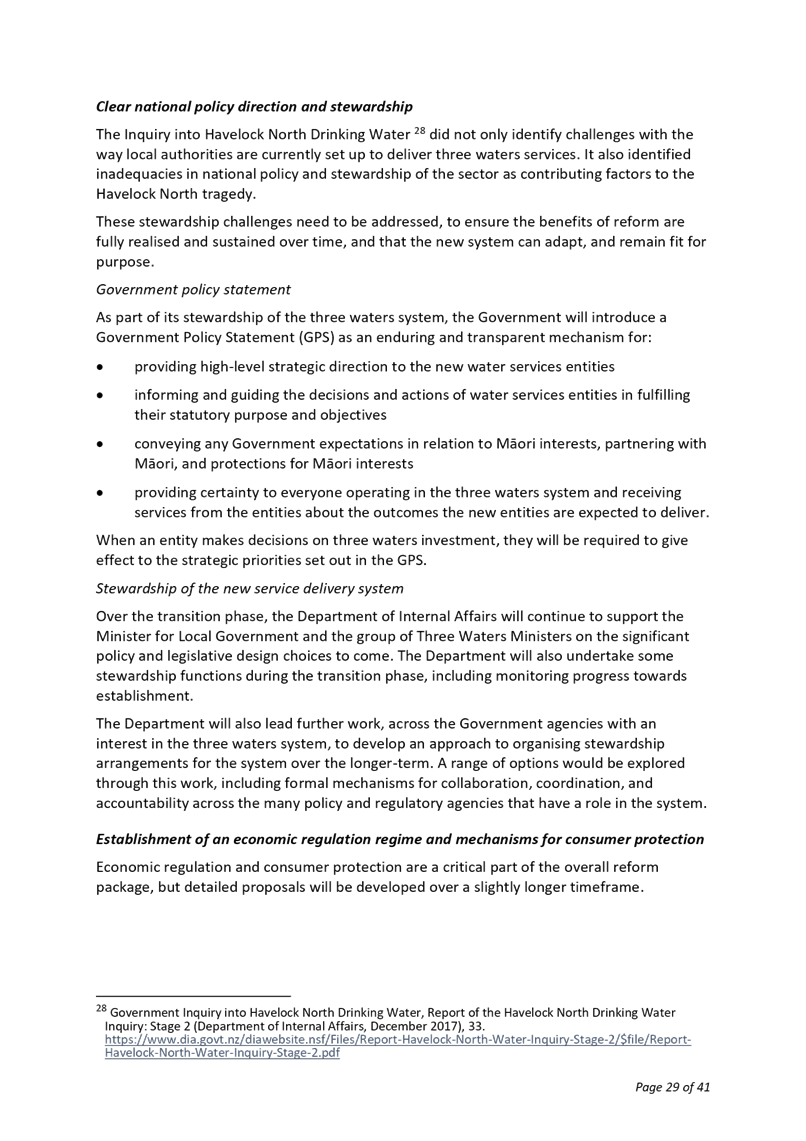
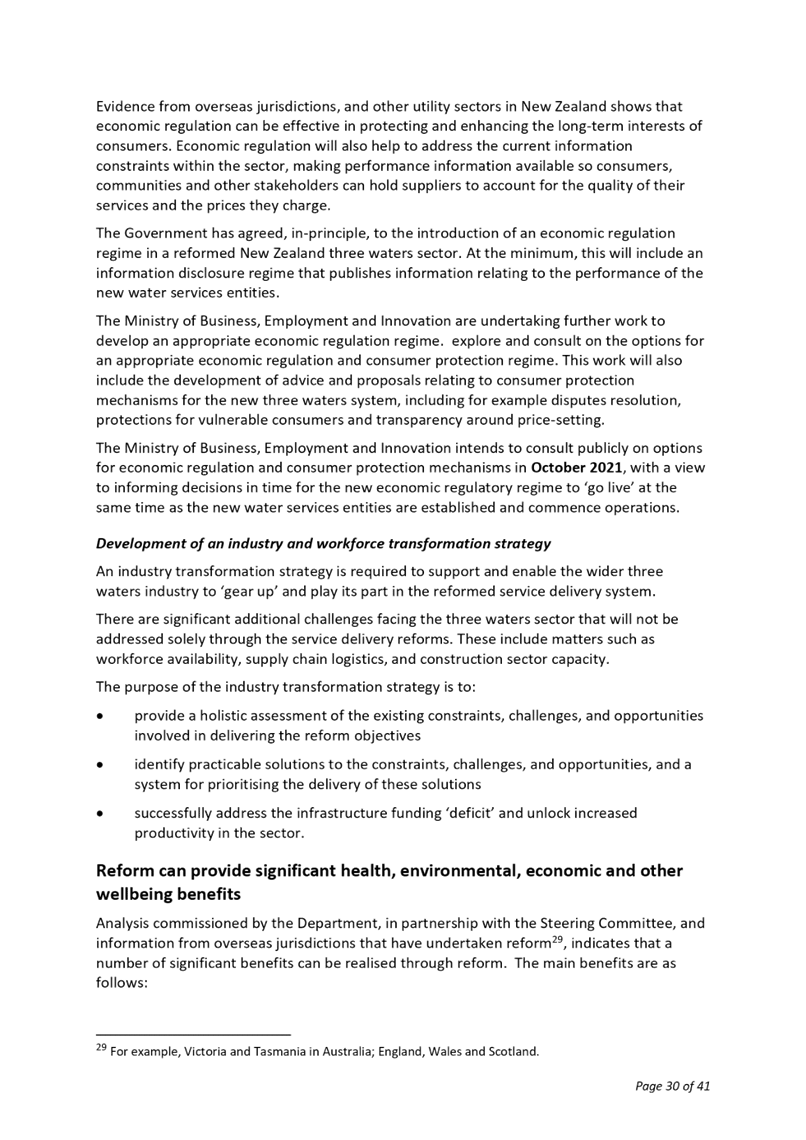
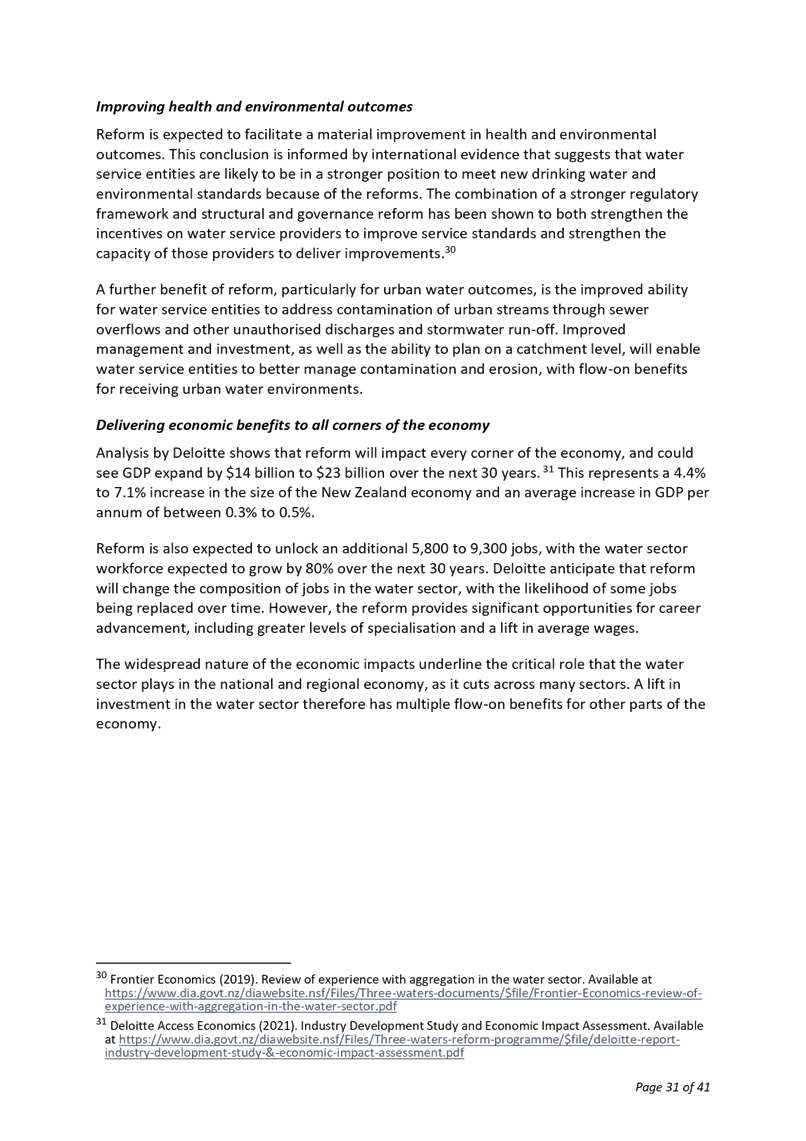
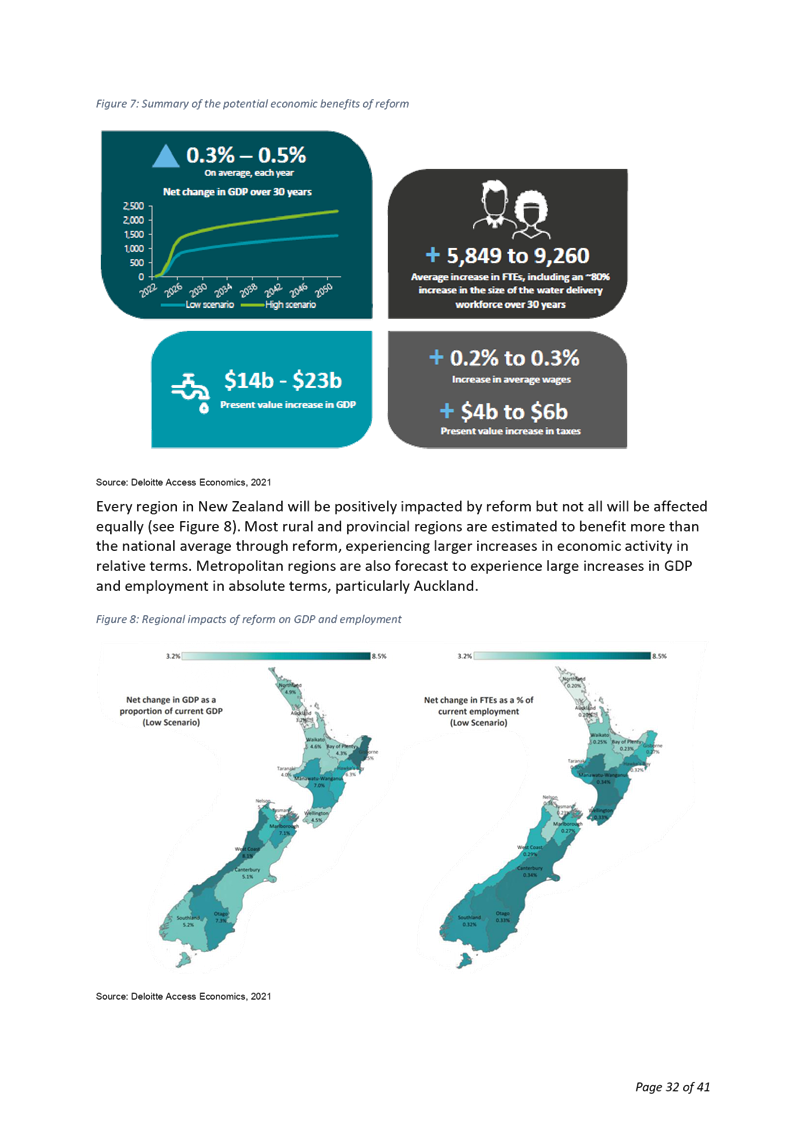
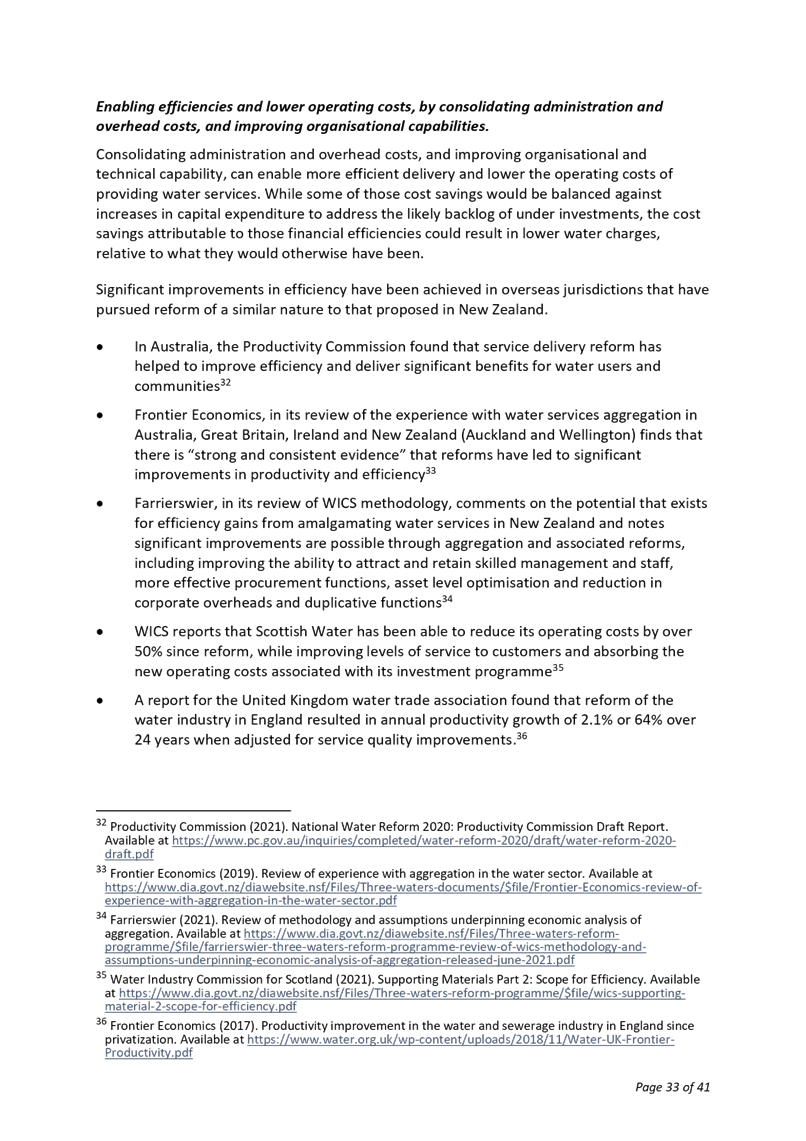

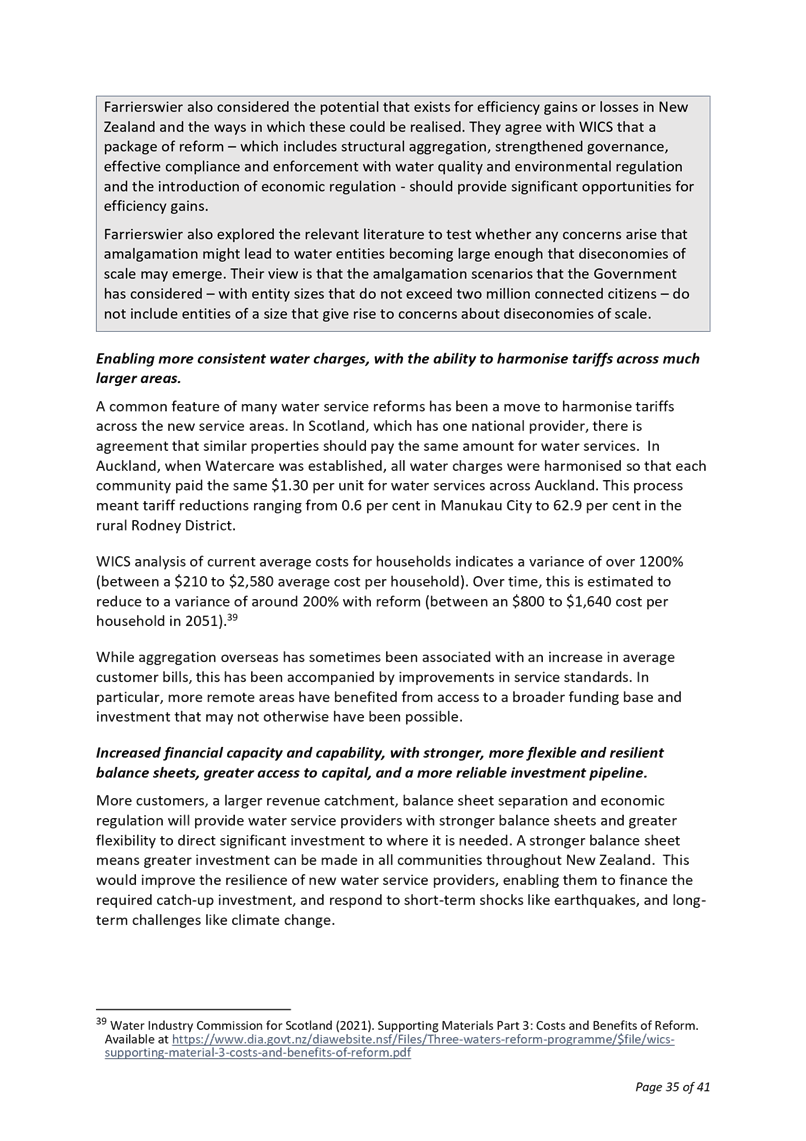
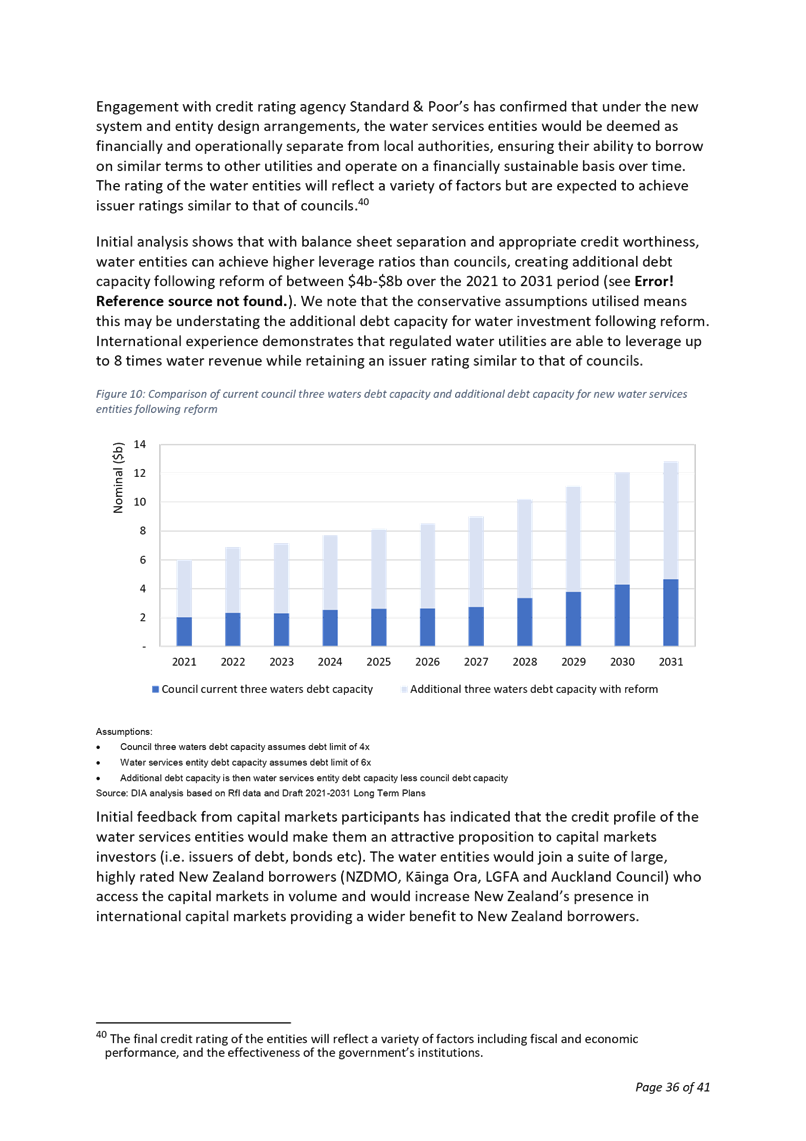
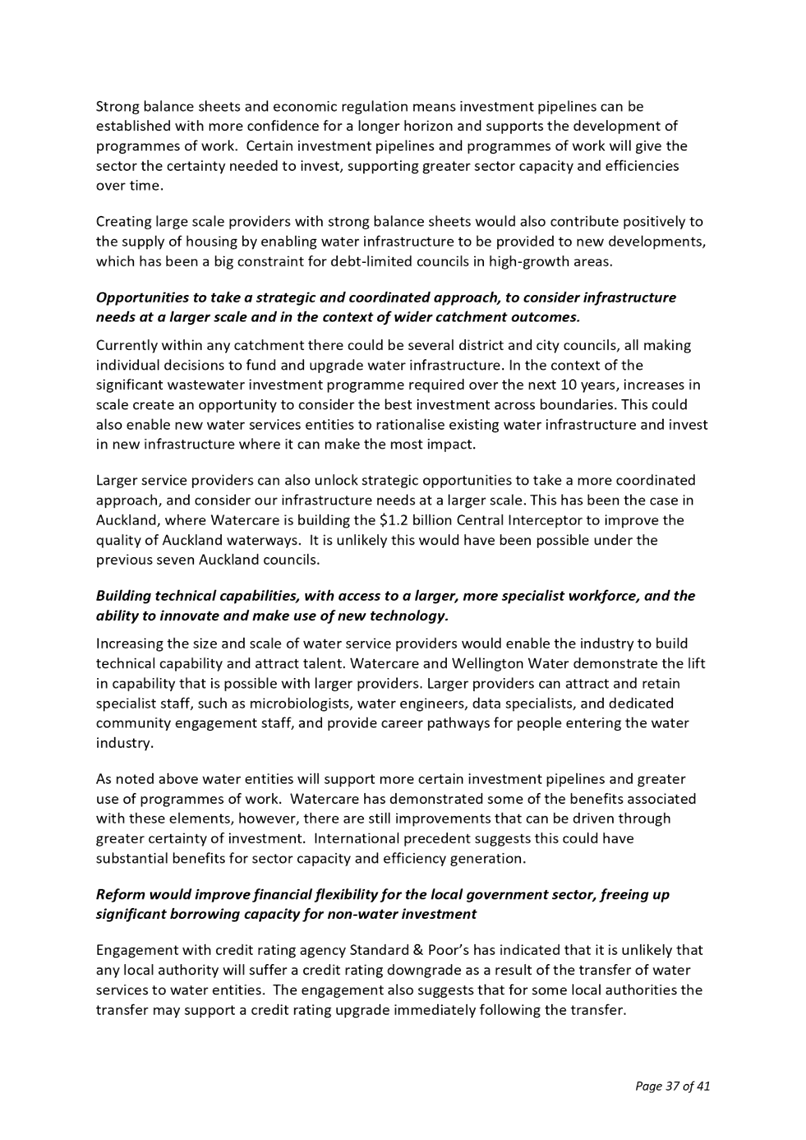
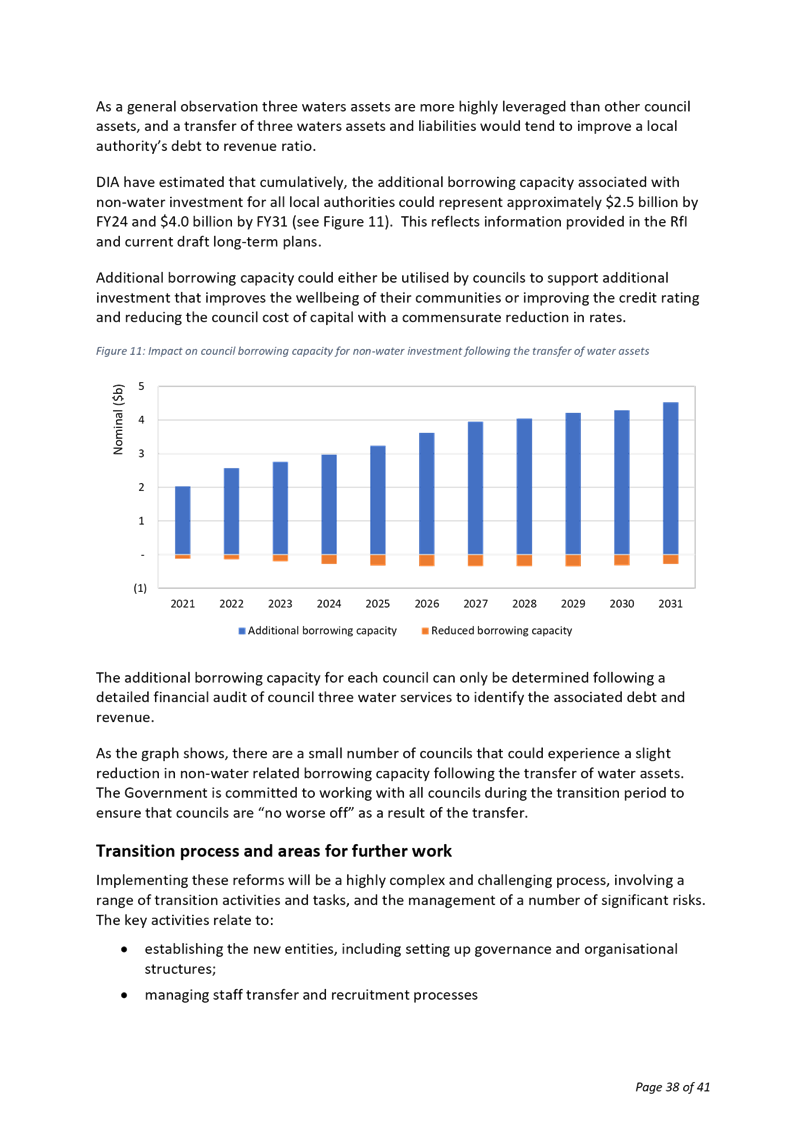
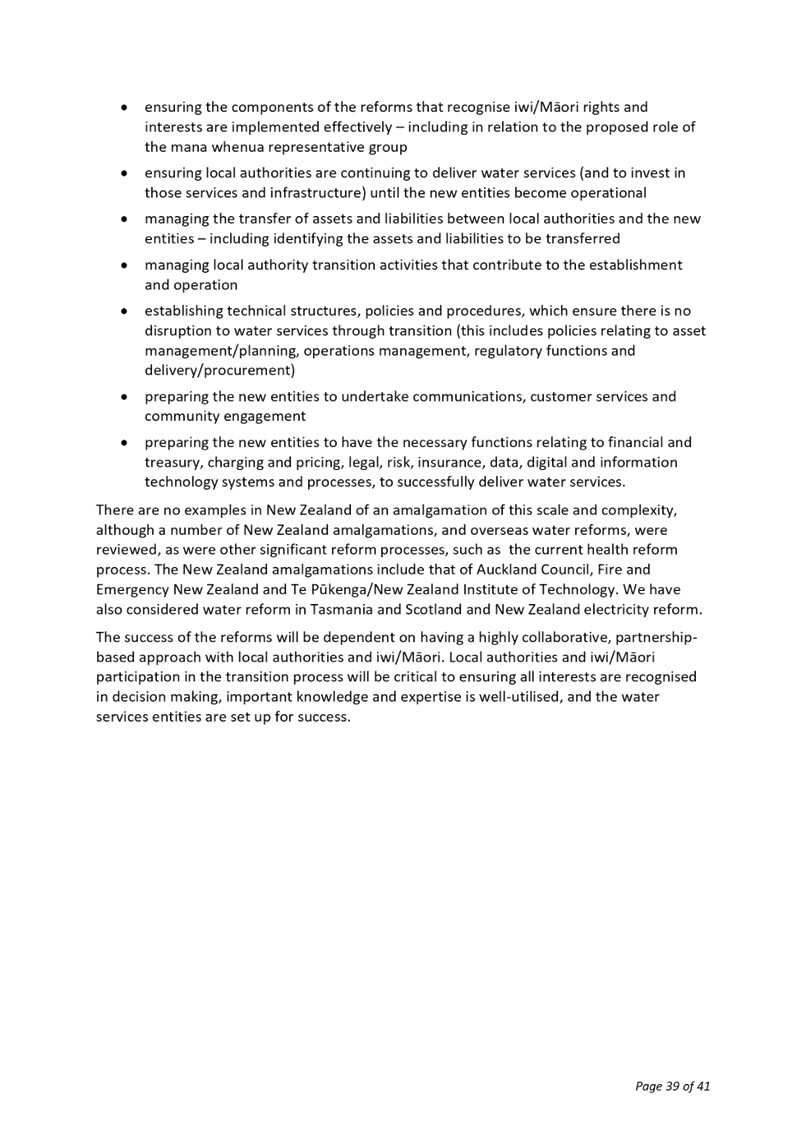
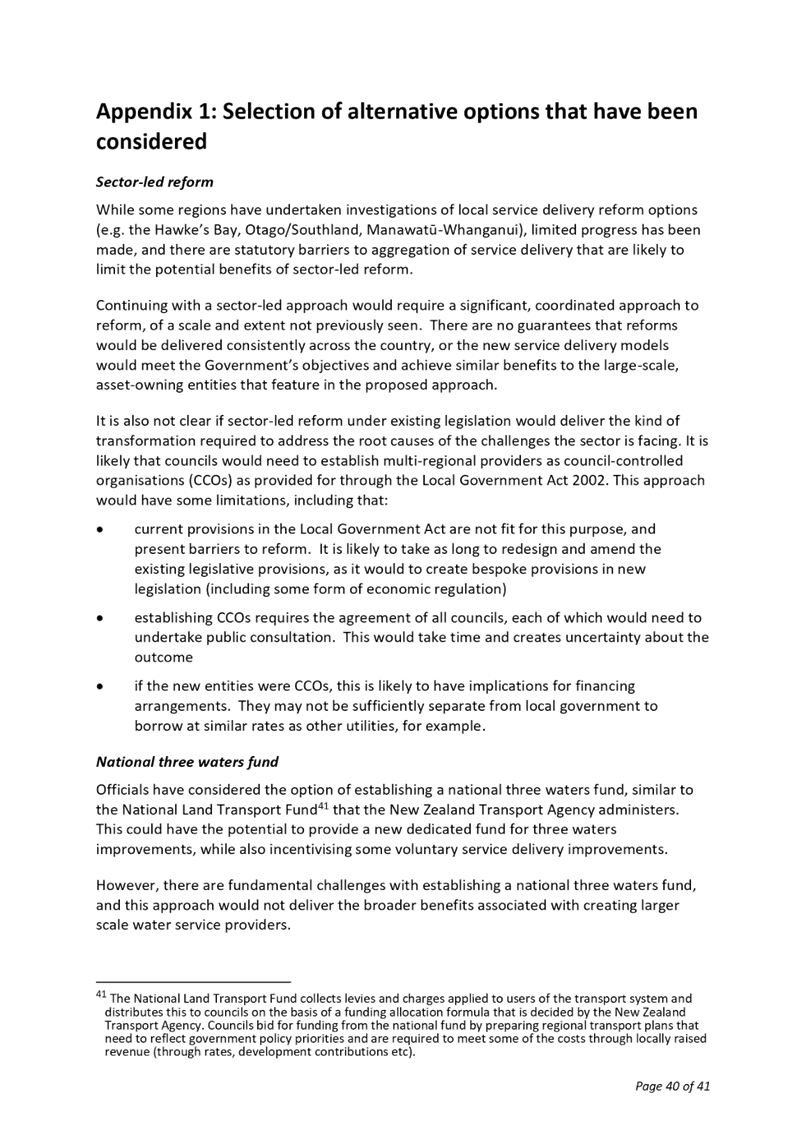
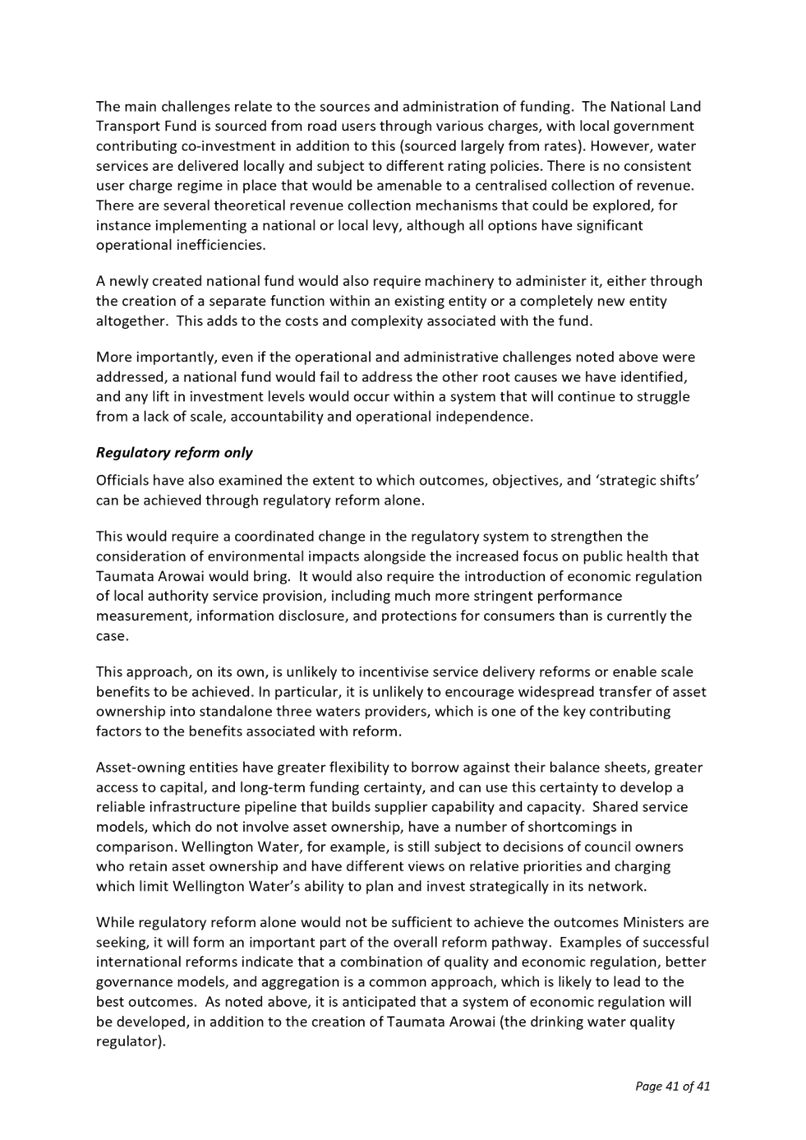
|
Ordinary Council meeting Agenda
|
4 October 2021
|
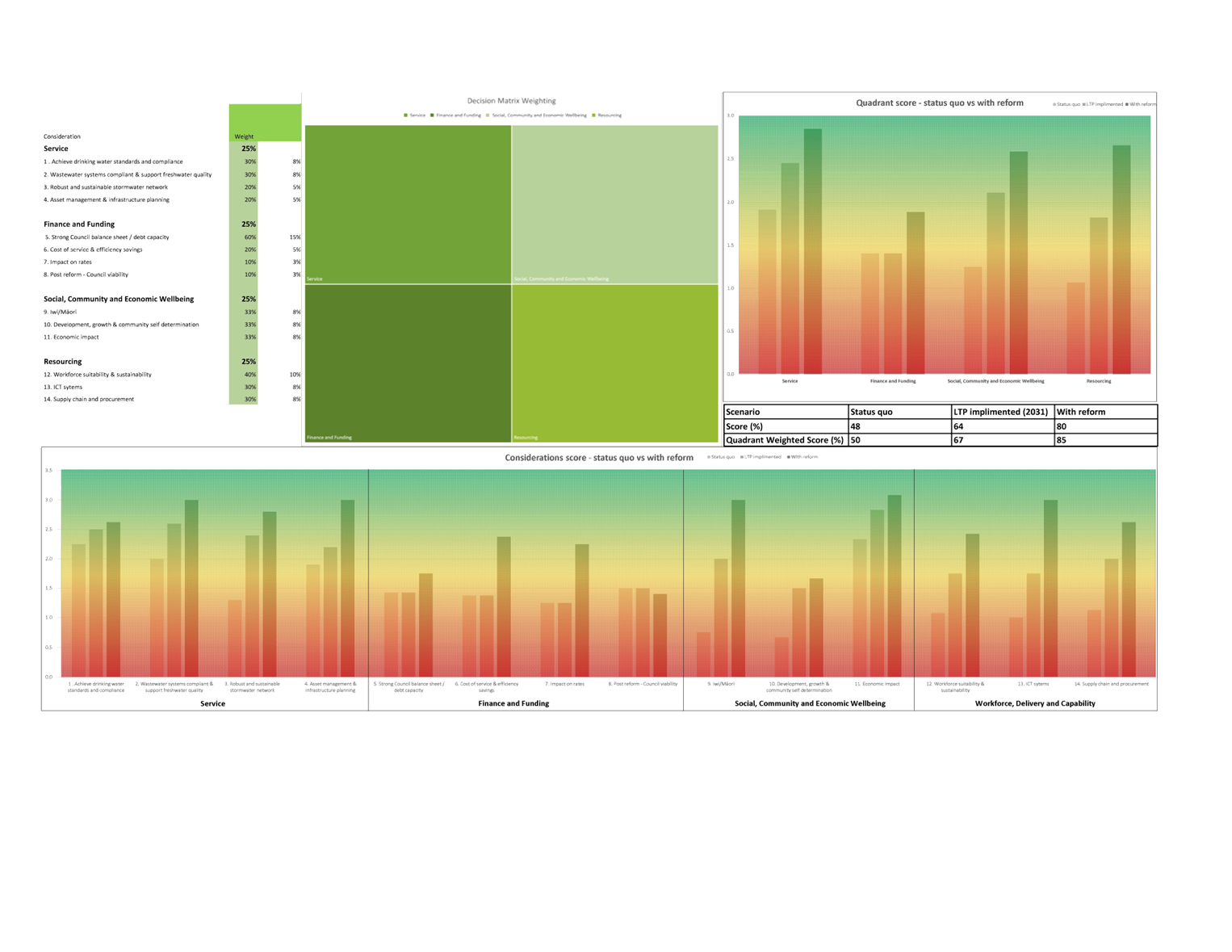
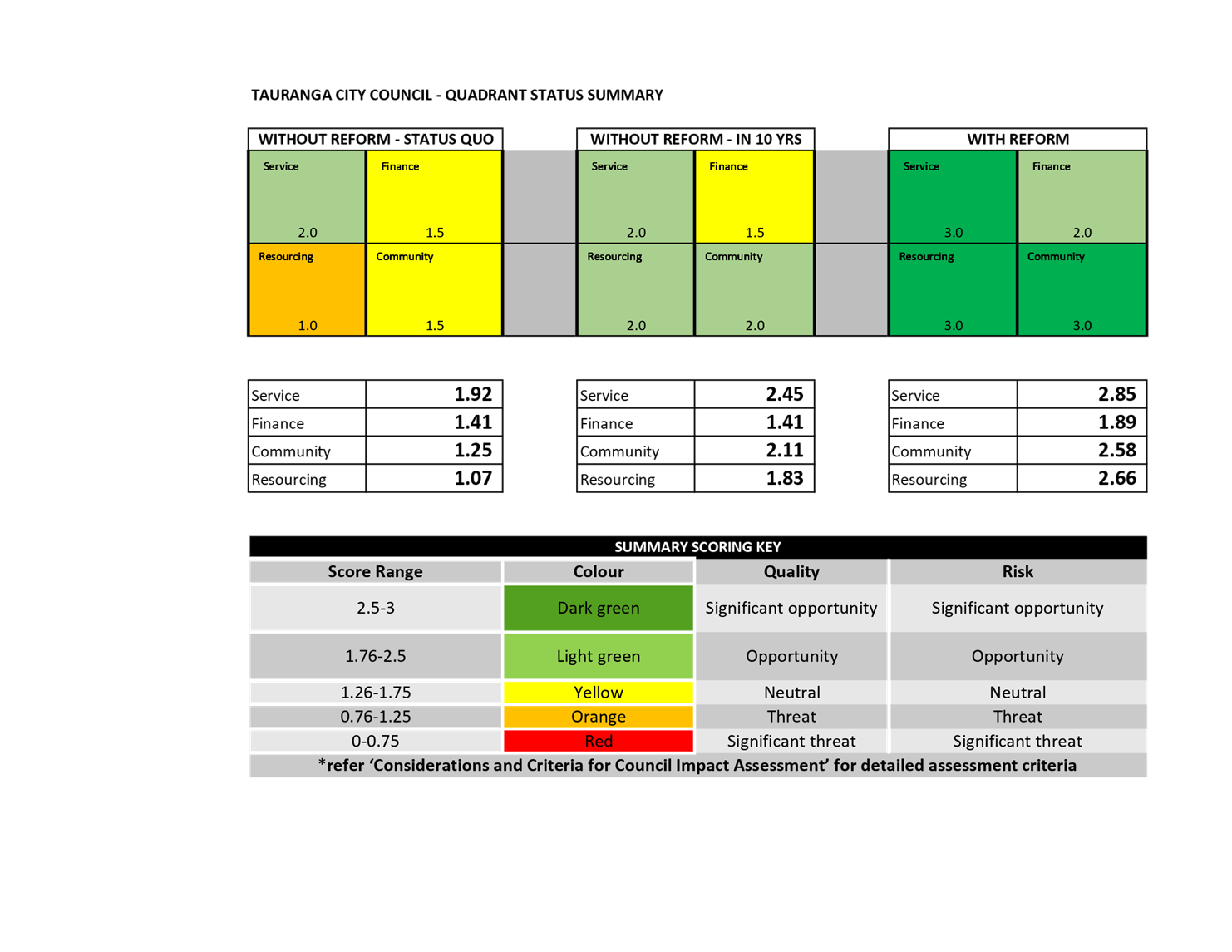
|
Ordinary Council
meeting Agenda
|
4 October 2021
|
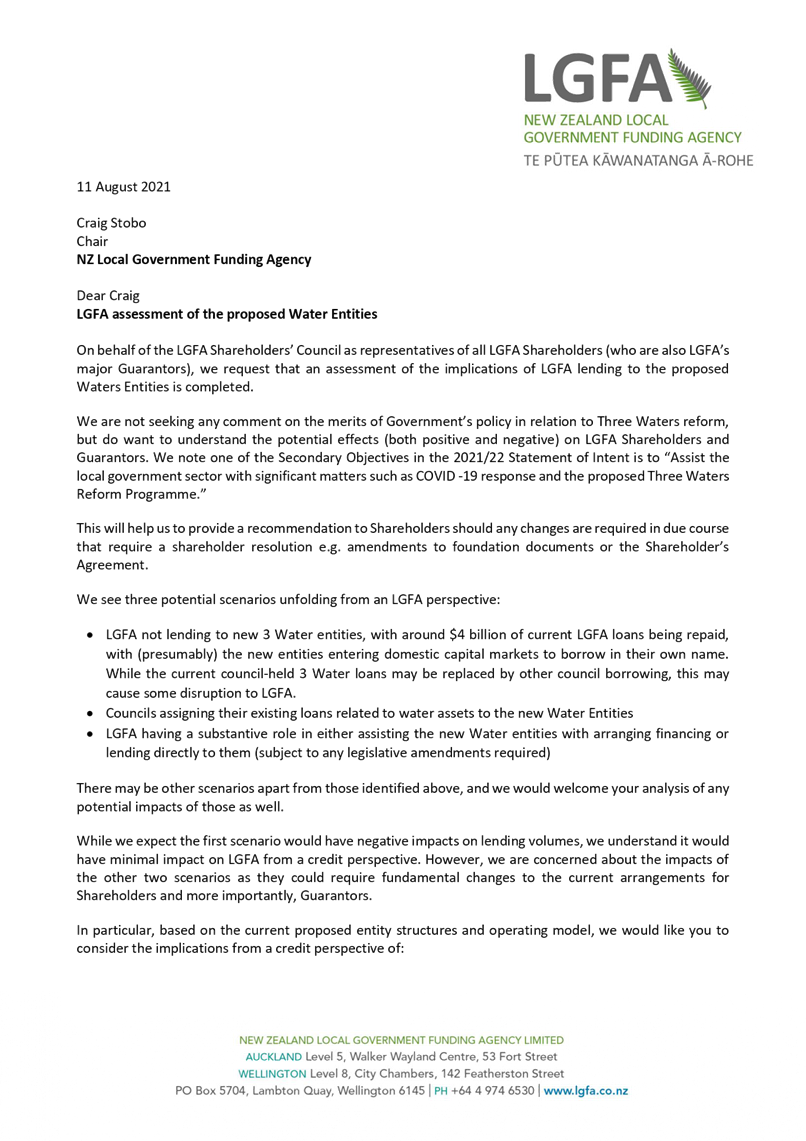


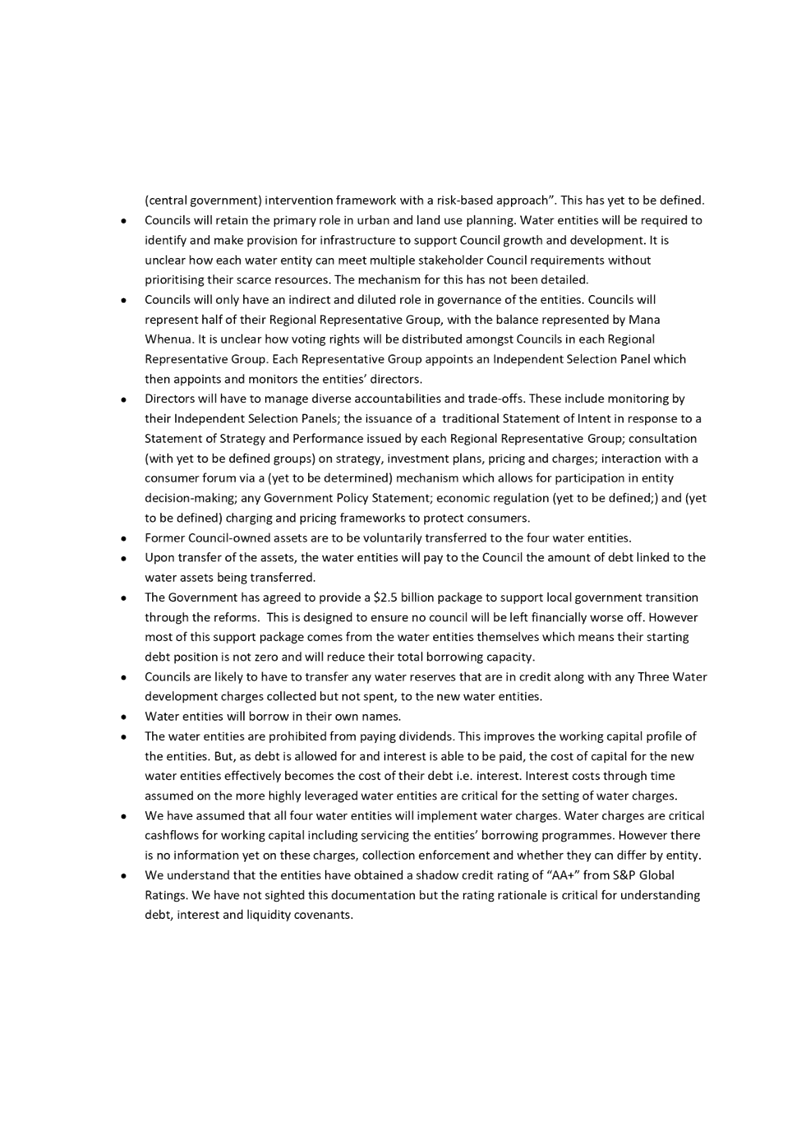


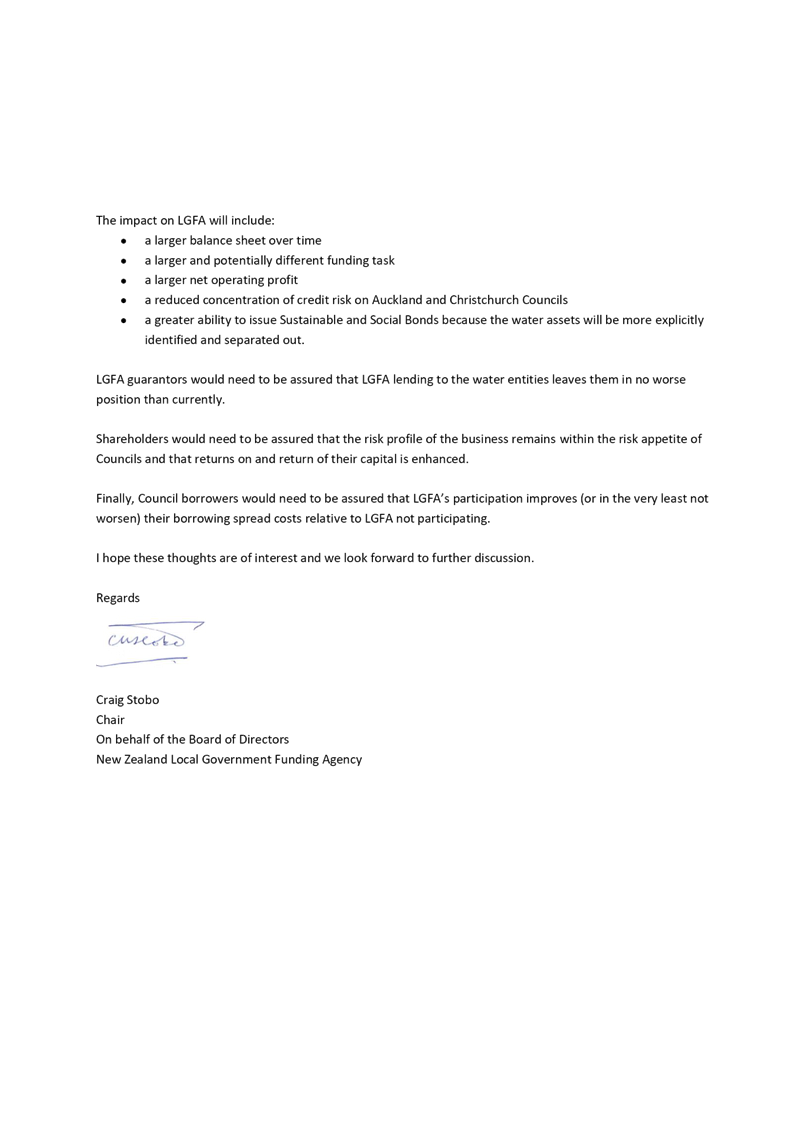
11.7 City
Centre Development Incentive Fund
File
Number: A12892815
Author: Jeremy
Boase, Manager: Strategy and Corporate Planning
Authoriser: Christine
Jones, General Manager: Strategy & Growth
Purpose
of the Report
1. This report addresses the
application of the City Centre Development Incentive Fund (the fund) including
whether it is to be used to further investigate and understand the feasibility
of residential accommodation developments in the city centre.
|
Recommendations
That the Council:
(a) Agree that the City Centre
Development Incentive Fund be used to investigate and further understand the
feasibility of residential accommodation developments in the city centre; and
(b) Adopt the draft City Centre
Development Incentive Fund Framework as appended at Attachment 1; OR subject
to the following amendments:
(i) Xx;
(c) Revokes part resolution
CO12/21/6 as follows “(b) Creates a $500,000 City
Centre Development Incentive Fund. with a range of criteria that can
target the costs of development, especially promoting affordable residential
development, covering the likes of development contributions, consenting
fees, parking fees during development and public amenity in the
vicinity of developments (Option 6)”.
|
Executive
Summary
2. A budget of $500,000 per
annum was included in the Long-term Plan 2021-2031 (LTP) to support residential
development in the city centre. While the City Centre Development Incentive
Fund was initially targeted towards offsetting the costs of development,
further discussions between staff, Priority One and the development community
have generated a proposed alternative use for the fund. Rather than offsetting
the costs of development, the fund has the potential to support studies
investigating the feasibility of residential accommodation the city centre.
3. Staff have prepared a
draft City Centre Development Incentive Fund Framework (draft framework)
outlining the scope and criteria of any feasibility study (attachment one).
4. This report seeks
agreement to re-direct the fund towards feasibility studies and adoption of the
draft framework. If Council agrees to re-direct the fund, the previous
resolution will need to be partially revoked.
Background
5. In adopting the LTP,
Council resolved to create a specific fund to target the costs of development,
with an objective of encouraging affordable residential development in the
Tauranga city centre. A copy of the resolution is below for information;
That the Council
(b) Creates
a $500,000 City Centre Development Incentive Fund with a range of criteria that
can target the costs of development, especially promoting affordable
residential development, covering the likes of development contributions,
consenting fees, parking fees during development and public amenity in
the vicinity of developments (Option 6).
6. The fund responded to
submissions noting that an increase in development contributions may discourage
development in the city centre. It was noted that provision of a fund to wholly
or partially offset development contributions was a common practice by councils
wanting to attract private development in particular areas.
7. Subsequent discussions
between Priority One, council staff, Kāinga Ora, and the development
community have led to an alternative option for expending the fund. Rather than
targeting the costs of development, there is potential for the fund to support
further work investigating the feasibility of certain residential accommodation
developments proposed for the city centre.
8. A draft framework has
been developed to align with the proposed alternative option. The draft framework
recognises Council’s previous resolution to promote affordable
development by requiring the feasibility studies to consider provision of
housing at a range of different price points and provision of different housing
typologies. It also proposes criteria to determine which developers and
developments qualify for Council investment in feasibility studies.
9. The draft framework
acknowledges that collaborating on feasibility studies may also provide an
opportunity for consideration of other strategic objectives such as improving
public amenity, promoting sustainable development, and achieving high quality
urban design.
10. It is proposed that the Chief
Executive is given delegation through the draft framework to negotiate and
agree those developments to be supported with a feasibility study.
11. There are two issues for Council to
consider;
· Whether
to re-direct the fund towards feasibility studies or continue with a fund
targeting the costs of development (issue 1); and
· Whether
to adopt the draft framework (issue 2).
Options Analysis
Issue 1: Scope of
the fund
12. Council could either choose to use
the fund for feasibility studies or retain the original resolution that the
fund target costs of development. The advantages and disadvantages of each
option are outlined below.
|
Option
|
Advantages
|
Disadvantages
|
|
1.1
|
City
Centre Development Incentive Fund supports feasibility studies of certain
residential accommodation developments (recommended)
|
· Retains intent of fund
to encourage residential accommodation development in the city centre
· Fosters relationship
with development sector and public agencies
· Opportunity to
investigate how development can incorporate good urban design and
sustainability principles
|
· Inconsistent with other
councils who incentivise development in the city centre through reduced
development contributions.
· Potential that other
developments do not proceed due to high development costs
|
|
1.2
|
City
Centre Development Incentive Fund targeted towards offsetting costs of
development
(status
quo)
|
· Consistent with other
councils who offer reduced development contributions to incentivise
development
|
· Potential that
targeting development costs does not increase availability of affordable
residential development
· May limit opportunity
to work directly with public sector agencies
|
Issue 2: Adoption of draft City Centre Development
Incentive Fund Framework
13. Should Council approve option 1.1
above, consideration should be given to adopting a framework providing general
guidance as to Council’s intent for the fund. Council could either choose
to adopt the draft framework as attached, adopt the draft framework with
amendments, or not to adopt the framework.
14. In considering the draft framework,
matters that Council may wish to consider include:
· Whether
the framework refers the city centre zone only or, as drafted, the city centre
zone and the wider city living zone (see Attachment 2 for an
indicative map of the zones).
· Whether
reference to potentially working collaboratively with the University of Waikato
should be retained as is, whether it should be expanded to reference ‘or
other education providers’ or whether it should be deleted.
|
Option
|
Advantages
|
Disadvantages
|
|
2.1
|
Adopt
the draft framework
(recommended)
|
· Provides clear
guidance on Council objectives and criteria for the fund
· Acknowledges
Council’s role in partnering with developers to achieve objectives for development
in the city centre
· Clear delegation to
Chief Executive to negotiate and agree disbursement of fund
|
· Nil
|
|
2.2
|
Adopt
the draft framework subject to any amendments
|
· ·
| 2.3 |
Do not
adopt the draft framework
|
· Nil
|
· Unclear guidance on Council
objectives for fund
|
Strategic / Statutory
Context
15. The city
centre is in transition from a traditional retail and service centre to a major
commercial, retail, civic, cultural, and residential centre for the region. Its
successful transformation is integral to the implementation of the Urban Form
and Transport Initiative and the Te Papa Spatial Plan. Supporting
intensification in the city centre also helps Council meet its obligations
under the National Policy Statement for Urban Development.
Financial Considerations
16. The fund was approved for three
years with a budget of $500,000 per year.
Legal Implications / Risks
17. There are no legal implications
arising from the recommendations in this report. The draft framework
acknowledges the requirement for prudent financial management.
Consultation / Engagement
18. The fund was developed in response
to submissions received through the LTP process. Submitters noted that the
increase in development contributions proposed (and subsequently approved) in
the LTP may make developing in the city centre less attractive to private
developers.
19. Since the adoption of the LTP, staff
and Priority One have been working with the development community to identify
best use of the fund. The recommendations in this report are in response to
those discussions.
Significance
20. The Local Government Act 2002
requires an assessment of the significance of matters, issues, proposals and
decisions in this report against Council’s Significance and Engagement
Policy. Council acknowledges that in some instances a matter, issue,
proposal or decision may have a high degree of importance to individuals,
groups, or agencies affected by the report.
21. In making this assessment,
consideration has been given to the likely impact, and likely consequences for:
(a) the current and future social,
economic, environmental, or cultural well-being of the district or region
(b) any
persons who are likely to be particularly affected by, or interested in, the
matter.
(c) the
capacity of the local authority to perform its role, and the financial and
other costs of doing so.
22. In accordance with the
considerations above, criteria and thresholds in the policy, it is considered
that the decision is of low significance. However, it is acknowledged that
enabling development in the city centre is an issue of high importance.
ENGAGEMENT
23. Taking into consideration the above
assessment, that the decision is of low significance, officers are of the
opinion that no further engagement is required prior to Council making a
decision.
Next Steps
24. Staff will work with developers and
Priority One to identify and confirm opportunities for undertaking the
feasibility studies.
25. If Council decides to retain the
fund as originally resolved, staff will prepare a revised framework outlining
the criteria for disbursing the fund for approval.
Attachments
1. Draft City Centre
Development Incentive Fund Framework - A12919419 ⇩ 
2. Attachment 2 to 4-10-21
report - City Center Living Zones - A12948613 ⇩ 
|
Ordinary Council
meeting Agenda
|
4 October 2021
|
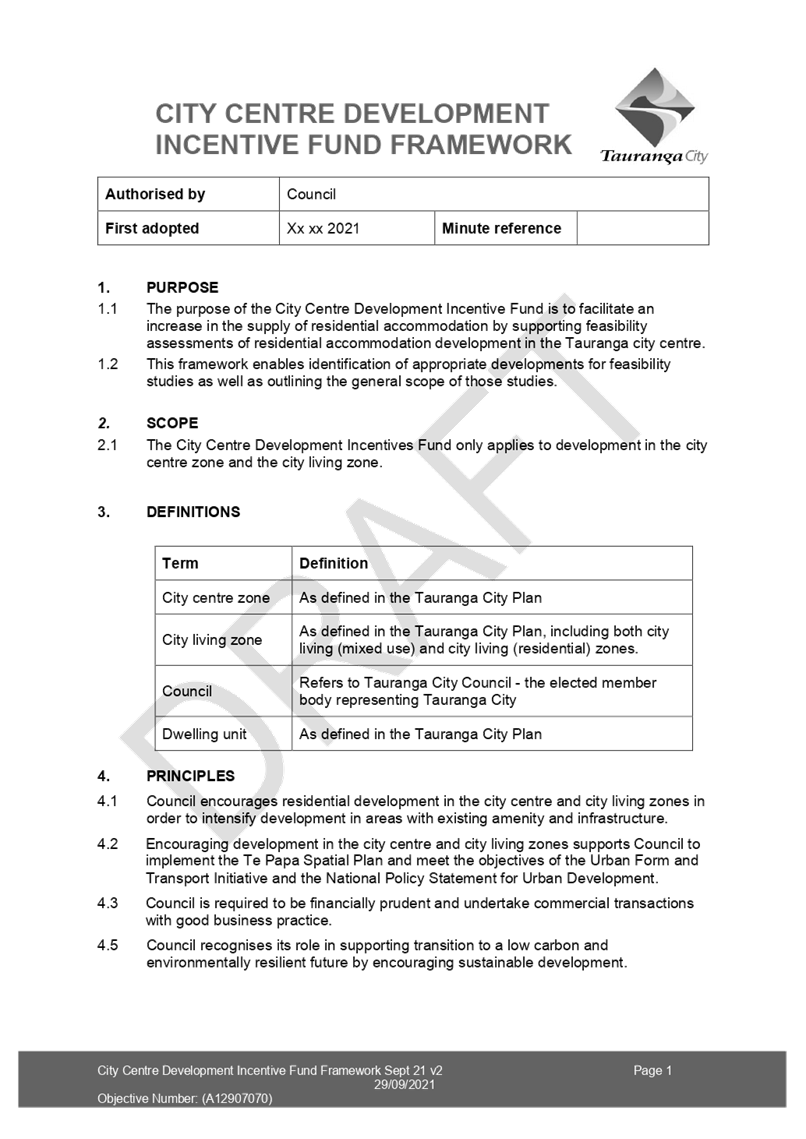
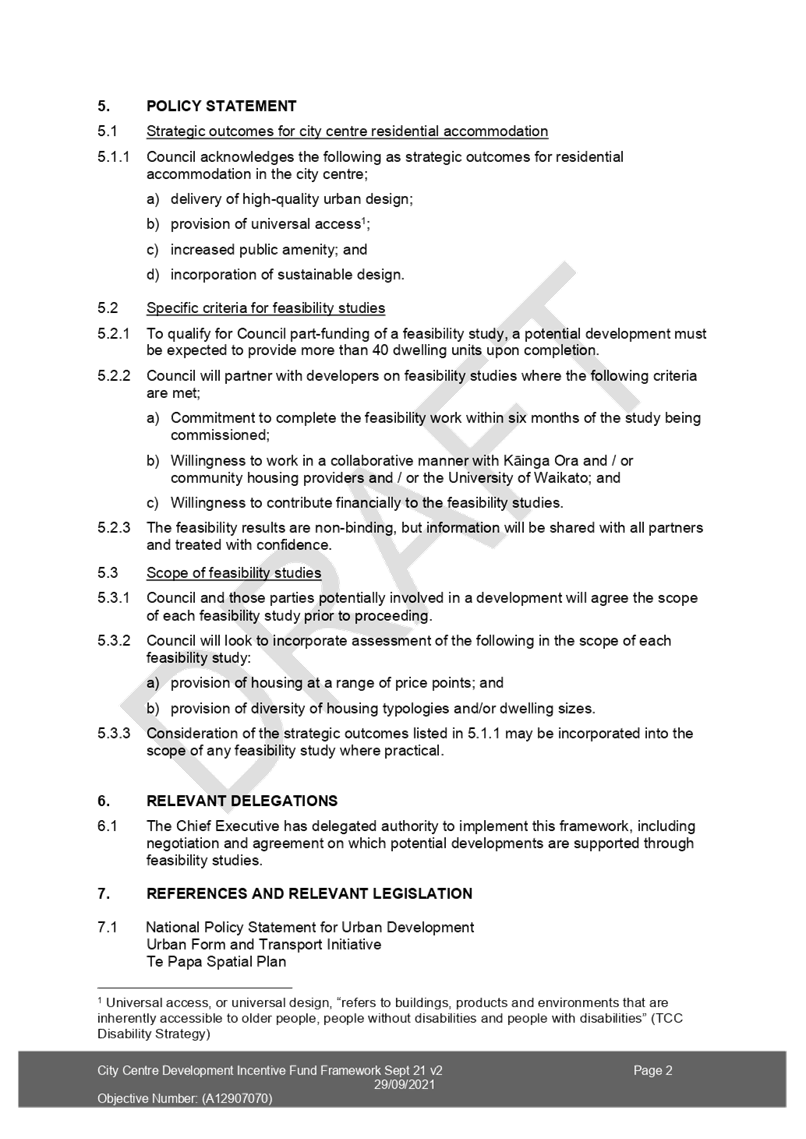
|
Ordinary Council meeting Agenda
|
4 October 2021
|
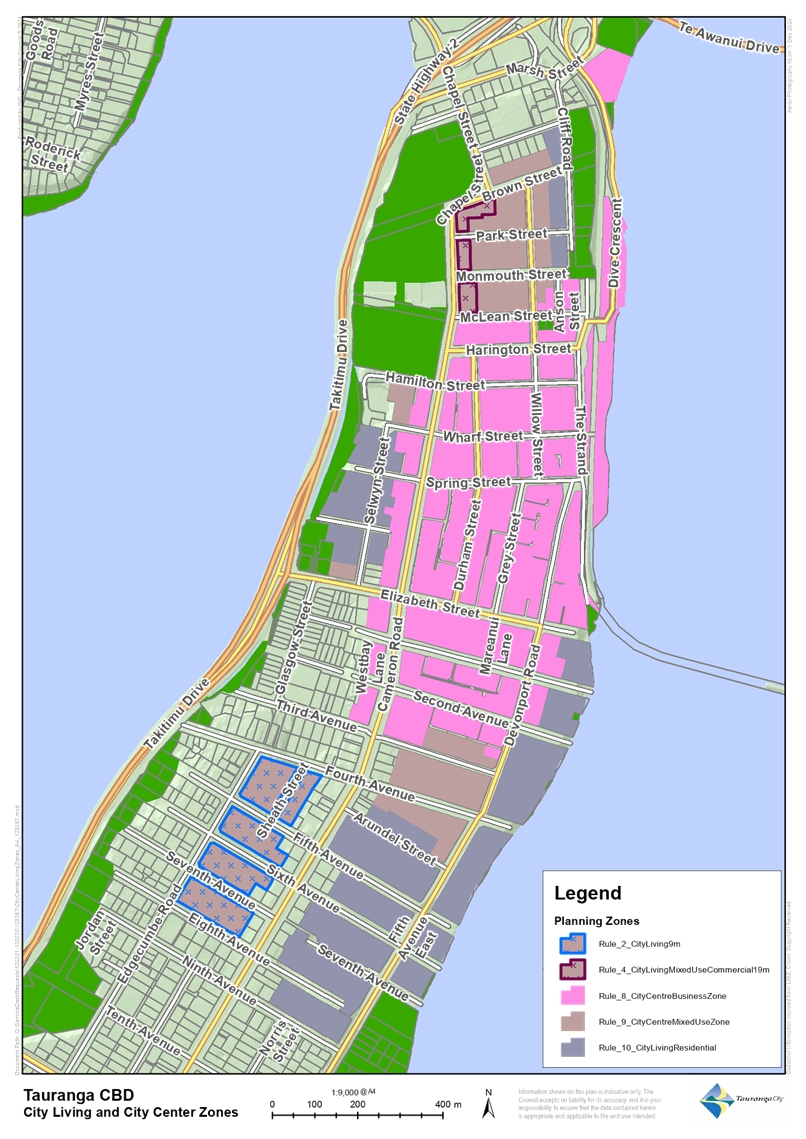
11.8 National
Land Transport Programme 2021-24 release - Update
File
Number: A12897239
Author: Alistair
Talbot, Team Leader: Transport Strategy & Planning
Brendan Bisley, Director of
Transport
Kathryn Sharplin, Manager:
Finance
Authoriser: Paul
Davidson, General Manager: Corporate Services
Purpose
of the Report
1. The purpose of this
report is to update Council on the outcome of the National Land Transport
Programme 2021-24.
|
Recommendations
That the Council:
(a) Receives
report “National Land Transport Programme 2021-2024 Release
Update”.
|
Discussion
National Land Transport Programme
2. The National Land
Transport Programme (NLTP) (https://www.nzta.govt.nz/assets/planning-and-investment/nltp/2021/NLTP-2021-24.pdf)
was released by Waka Kotahi New Zealand Transport Agency (Waka Kotahi) on 7
September 2021.
3. The NLTP gives effect to
the strategic direction and funding allocations in the Government Policy
Statement on land transport 2021–31 (GPS 2021). The NLTP achieves this by
identifying the activities Waka Kotahi consider will best deliver on the
government’s priorities for land transport within the funding parameters
set by the GPS 2021.
4. In the NLTP, Waka Kotahi
has categorised / prioritised activities as either:
· Committed
– meaning funding is approved for the activity in a previous NLTP and
carried forward to the 2021-24 NLTP.
· Approved
– meaning funding is approved for the activity in the 2021-24 NLTP.
· Probable
– meaning these are new activities that are expected to proceed during
this NLTP period, subject to a successful business case and funding being
available when the application is received.
· Possible
– meaning high priority activities that have been included but are not
expected to be funded during the 201-24 NLTP period.
· Not
included.
5. It is noted that the NLTP
is a snapshot in time. Waka Kotahi describe this as:
“…
the demand for funding from the NLTF means that not all activities can be
funded at the start of the NLTP, and some activities currently identified for
funding may not proceed. We expect that there will be changes in the activities
that are able to be approved for funding under the NLTP through the three-year
period as revenue and spend changes.”
6. This is an important aspect
of the NLTP as it means that activities (primarily those categorised as
Probable or Possible activities) and their categorisation / prioritisation and
ability to be funded by the National Land Transport Fund can change over the
3-year period of the NLTP. An increase or reduction in costs or faster or
slower progress of an activity than assumed at the time the NLTP released can
lead to these changes. Given this a focus on the prompt delivery of business
cases to enable decision-making on implementation is important.
Tauranga City
Council Transport Programme and the NLTP
7. The Waka Kotahi
‘endorsed’ Urban Form & Transport Initiative (UFTI) framed and Western
Bay of Plenty Transport System Plan (TSP) represented the Councils transport programme
as included in the Long-Term Plan and submitted to Waka Kotahi for
consideration to include in the NLTP. The adoption of these documents by Waka
Kotahi and regional partners were key to the Council being able to successfully
attract funding for the projects in our long term plan.
8. From a TSP perspective
(which includes a broader western BoP focus rather than just TCC):
· 81.8
% of submitted projects by value are recognised in the NLTP as being Committed or
Probable; and
· 97.1
% of submitted projects by value are recognised in the NLTP as being Committed,
Probable or Possible.
9. From a TSP Tauranga City
Council perspective, all submitted projects are categorised as either Committed,
Approved or Probable activities. There are no Possible categorisations.
10. The following projects have been
‘not included’ with the Waka Kotahi decision noting:
· Access
to housing at Smiths Farm (the funding required for this work is outside the
3-year NLTF programme and will be applied for the in the next NLTF).
· Papamoa
East Interchange – This will be funded through the Housing Infrastructure
Fund rather than NLTF.
· Windemere
to Oropi ‘green bridge’ – This project was not included in Waka
Kotahi programme, it was not a Tauranga City Council project.
· Arataki
to Papamoa East business case – this project be integrated into the TSP Combined
Public Transport Services & Infrastructure business case which is funded.
11. A high-level
summary of the NLTP in relation to key Council activities is as follows:
· Maunganui Road implementation: Committed and will start construction
this financial year.
· Cameron Road Stage 1 implementation: Committed (CIP funding) and
construction is underway.
· Totara Street safety improvements implementation: Confirmed and
construction is planned to start this financial year.
· Maintenance
and Operations programme: Approved c.$65m which is above the earlier Waka
Kotahi indicated investment level of c.$54m. This allows more investment into
the network to maintain and improve the condition of the roading assets. The
programme budget had been included in the LTP at c$65m based on the ongoing
negotiations with Waka Kotahi.
· Road
safety promotion: Approved $2.4m (as requested and included in the LTP). This
allows the existing programmes delivered by the Travel Safe team to continue.
· Minor improvement programme (‘low cost low risk’
programme of less than $2m improvement activities): Approved (as requested)
which will allow delivery of physical works to commence this financial year:
o Local roads improvements: $23,257,000
o Public transport infrastructure: $11,185,000
o Road to zero (safety): $13,392,000
o Walking and cycling improvements: $16,578,000
· Business cases
o Accessible
Streets Area B (Otumoetai/Bellevue/Brookfield): Probable (business case;
design; implementation)
o Accessible
Streets Area A (Mount/Papamoa/CBD): Probable (business case; design)
o Public
Transport Services & Infrastructure: Probable (business case)
o Cameron
Rd Stage 2: Probable (business case; design)
o 15th
Ave/Turret Rd/Welcome Bay Rd: Probable (business case & design)
o SH2/Hewletts
Rd/Totara St/Hull Rd/Manganui Rd sub-area: Probable (business case; design; SH2/Hewletts
Road / State highway implementation identified from 2025/26)
o SH29 Tauriko
Enabling Works Detailed Business Case Business case: Committed; Detailed
design, consenting and implementation: Probable
Note: Waka Kotahi component for Cambridge Road intersection is
‘Possible’.
o SH29
Tauriko Long-Term Detailed Business Case:
§ Long-term
option business case: Committed. Note: Business case will need to make
the case for bringing forward next stage activities like corridor
protection/designation, detailed design and implementation into the NLTP.
§ SH29A
‘optimisation package’ (e.g. Barkes to The Crossing): Business case:
Probable.
o Arataki
bus facility: Business case – Committed; Pre-implementation (consenting
& detailed design) & delivery: Probable
o City
Centre bus facility: Business case & Pre-implementation (consenting &
detailed design): Probable
Programme Delivery
12. With the confirmation of the funding
in the NLTF, Council will start a number of significant construction projects
(Totara St cycleway, Maunganui Road stages 3 and 4, Cameron Road etc) as well
as undertaking important safety changes to the network that are funded through
the road to zero, local road improvements and the walking and cycling budgets.
Attachment 1 to this report provides a summary of the transport delivery for
2021/2022. The funding approved through the public transport infrastructure
budget will enable up to 300 new bus shelters to be installed across the city
over the next 3 years, as well as upgrading the bus stops and providing better
connectivity and access to the bus stops.
13. The funding for the larger business
cases will allow Council, and its regional partners, to investigate the options
for the key transport corridors across the city to then apply for the
implementation / construction funding in the next NLTF in 3 years’ time.
These projects are the key to improve the ability to move around the city for
all modes and ensure that the city can cope with the growing population.
14. The point of entry documents for
these business cases are currently being finalised and will be submitted to
Waka Kotahi in October. Once these are approved, the development of the
business cases will get underway. Due to the size of the projects being
investigated, it is anticipated the business cases will take over 12-18 months
to complete.
15. Council staff had been working on
developing delivery programmes and advancing development of points of entry
documentation for the TSP programme prior to confirmation of the NLTF, to
minimise the impact of the delay in funding confirmation from Waka Kotahi.
16. Further, it is noted that Council is
engaging with Waka Kotahi seeking to streamline the business case approach to enable
projects to be delivered in a more-timely way and at pace. This includes
proposals to make better use of strategic documents (such as UFTI & the
TSP) and past analysis, the simplification including where appropriate
standardisation of the option development and assessment process, and the use
of consistent Project teams and individuals to deliver a business
case.
Long Term Plan Implications
17. The 2021-31 Long-term Plan was based
on Council funding requests to Waka Kotahi and the projects agreed with TSP
partners. These budgets were overlaid with a transportation capital timing
adjustment, which moved a portion of total budget from the early years of the
LTP to the later years. This capital adjustment was included in the LTP
to reflect overall deliverability challenges and also was a way of addressing
the Waka Kotahi funding uncertainty that existed at the time the LTP was
agreed. The initial budgets remain consistent with the updated approvals
from Waka Kotahi. Because of ongoing supply challenges for the delivery of
capital we consider the capital delivery adjustments remain relevant. We
also note that in TCC’s LTP budgets, total project costs were higher than
the TSP-agreed project costs, particularly in the middle to later years of
projects, to reflect cost and scope risk. These risk adjustments in the
LTP also remain relevant.
Next Steps
18. The next steps are focussed on the
delivery of the programme and include:
· Submission
of the points of entry for the large business cases
· Starting
on construction projects that have committed funding
· Design
of the minor works projects and construction of the programme, starting this
financial year.
Attachments
1. Attachment
1 - Transport summary - NJ 21-9-21 - A12926284 ⇩ 
|
Ordinary Council
meeting Agenda
|
4 October 2021
|
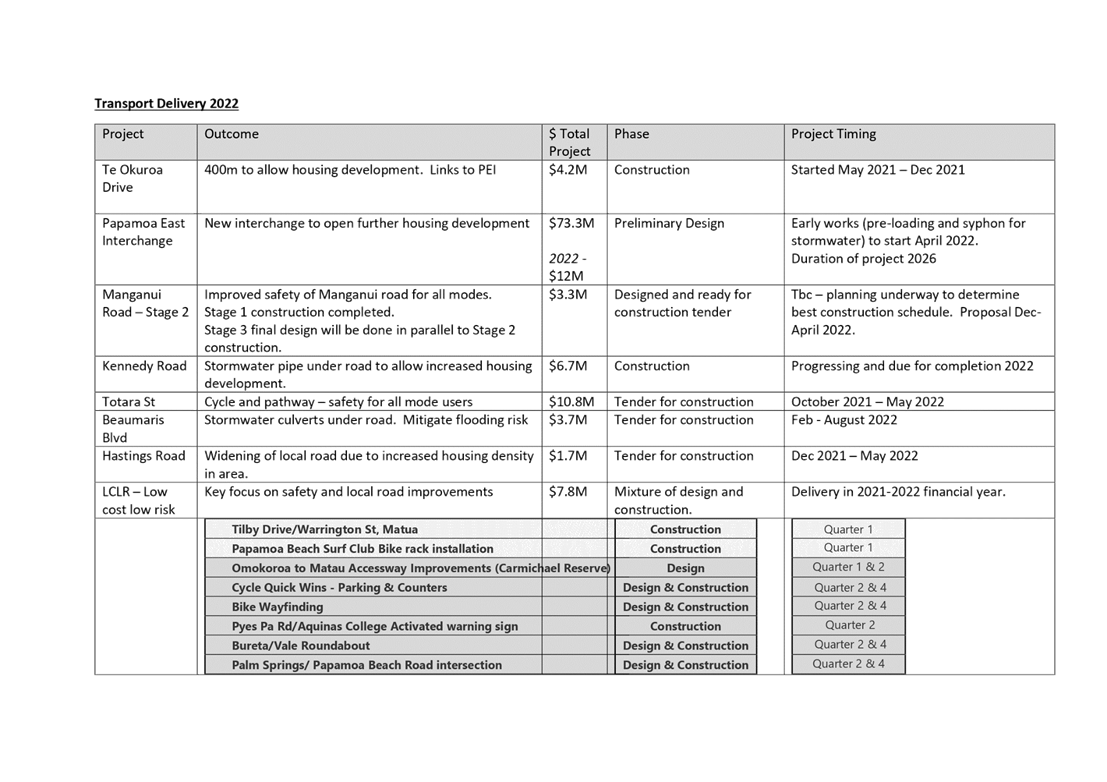
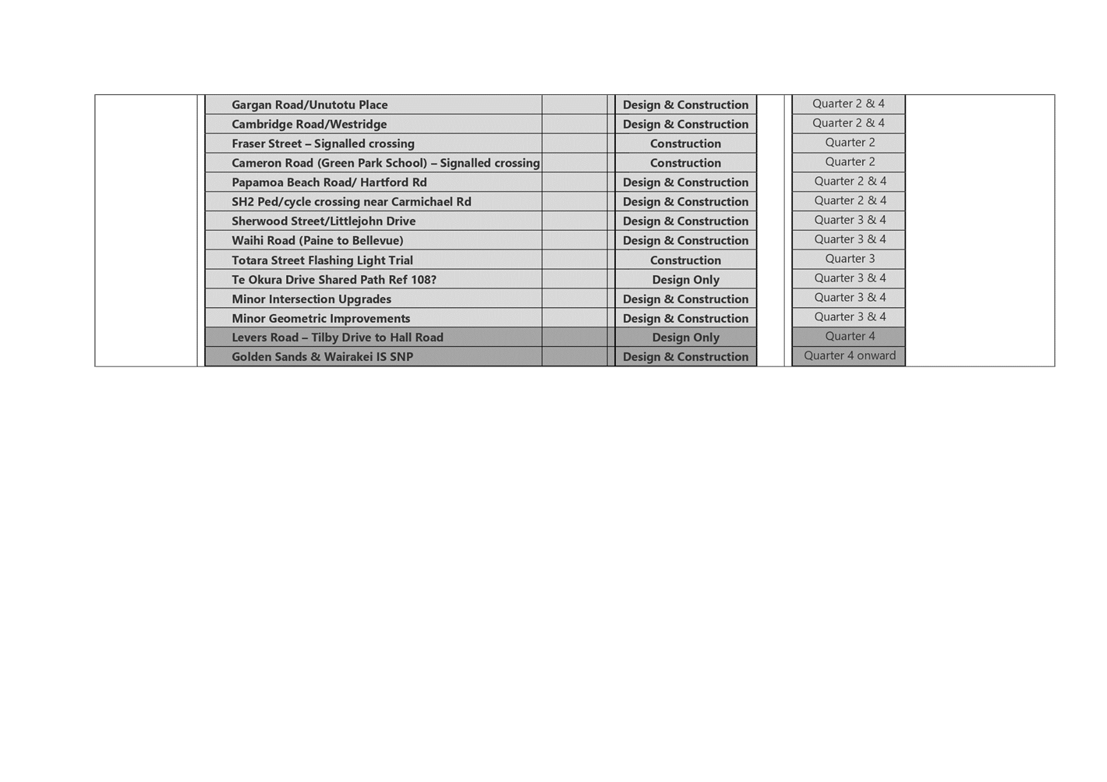
11.9 Council
Objectives and Role in Housing and Urban Development of Council Land
File
Number: A12892997
Author: Andy
Mead, Manager: City & Infrastructure Planning
Doug Spittle, Team Leader:
Urban Spaces
Authoriser: Christine
Jones, General Manager: Strategy & Growth
Purpose
of the Report
1. To
seek direction on the objectives and Council’s role in development of
Council-owned land identified for housing and urban development.
|
Recommendations
That the Council:
(a) Approves the following
objectives where Council decides to utilise Council-owned land for housing
and urban development purposes:
(i) Enabling and
supporting the increase of public and private housing supply, including
affordable housing and a range of housing types to meet community need;
(ii) Facilitating a change in
greenfield development in Tauranga away from a traditional model of single
level detached housing toward a model of medium density master planned
development with variation in housing choice and typology;
(iii) Recognising cultural
connections with the land, supporting cultural values and working
collaboratively with mana whenua;
(iv) Supporting quality urban
development and thriving communities. Plans that consider sustainability
(including carbon emissions), the integration of public transport networks,
and community facilities to support urban growth in the area will be key to
any future development;
(v) Achieving prudent financial
returns from the development and/or sale of property while appropriately
balancing risk and achievement of broader outcomes.
(vi) Reinvesting funds received
through the development of land currently owned by Council into other
strategic purposes including housing projects and initiatives aligned with
the objectives above.
(b) Notes the intent to explore,
on a site-by-site basis, the role of Council as vendor and/or development
partner where Council owned land is to be utilised for housing and urban
development purposes.
|
Executive
Summary
2. There
is a national priority for housing which has led to central government
implementing the National Policy Statement - Urban Development (NPS-UD).
Council is required to meet the targets of the NPS-UD. This report seeks
confirmation of Council's prioritisation of enabling housing supply, whilst
working to provide appropriate Levels of Service (LOS) for other activities /
resources such as parks and reserves.
3. To inform current and
future planning for housing opportunities on Council-owned land, clear
strategic direction on the following is required:
(a) prioritisation for development
and key objectives to guide Council assessment and decision-making regarding
future use and ownership; and
(b) the role Council should play
in achieving the outcomes on Council-owned land, for example, simply as a
vendor or as a development partner in some form.
Strategic objectives for developable land
4. Tauranga's population
growth and current housing needs are well documented. To meet the current and
future needs of our communities, we need to prioritise Council investment,
including the use of Council-owned land that may be suitable for urban
development.
5. There is a national
priority for housing which has led to central government implementing the
National Policy Statement - Urban Development (NPS-UD), amongst other policies
and tools. Council is committed to complying with the NPS-UD which is one of
Council's performance measures in the Long-term Plan 2021-31. Council has just
completed its Housing & Business Assessment under the NPS-UD which
reconfirms a shortage of housing supply in the city and identifies
non-compliance with the development capacity requirements of the NPS-UD,
particularly over the 0-3 year and 4-10 year periods.
6. Provision of housing
aligns with the Urban Form and Transport Initiative (UFTI) as part of
SmartGrowth. The Joint Spatial Plan, which is under development, will convert
UFTI into a spatial plan which has a wider focus and will include
considerations such as the impact on three waters and the environment. As
such, urban development is not solely about sufficient housing supply but also
about building complete and sustainable communities which means other outcomes
are important, for example:
(a) The affordability and typology
of housing as well as public/social housing provision
(b) Access to employment, services
and community facilities.
(c) The delivery of sustainable
multi-modal transport options.
7. These outcomes are
considered at a range of spatial levels such as the Western Bay of Plenty
sub-region, Tauranga City and at a more granular corridor and urban growth area
level. For example, it is important that key amenities like sports fields
and community facilities can be delivered within each growth corridor as part
of wider city-wide and sub-regional networks.
8. Within each growth
corridor Council plans to achieve all of the outcomes outlined above and needs
to consider the role of Council-owned land in this broader context given the
opportunities available to achieve each outcome.
9. Where it is determined
that Council-owned land is available for urbanisation i.e. is not required for
sports fields, community facilities or other council provided infrastructure,
it is recommended that the following key objectives should guide outcomes:
(a) Enabling and supporting the
increase of public and private housing supply, including affordable housing and
a range of housing types to meet community need;
(b) Facilitating a change in
greenfield development in Tauranga away from a traditional model of single level
detached housing toward a model of medium density master planned development
with variation in housing choice and typology;
(c) Recognising cultural
connections with the land, supporting cultural values and working
collaboratively with mana whenua;
(d) Supporting quality urban
development and thriving communities. Plans that consider sustainability
(including carbon emissions), the integration of public transport networks, and
community facilities to support urban growth in the area will be key to any future
development;
(e) Achieving prudent financial
returns from the development and/or sale of property while appropriately
balancing risk and achievement of broader outcomes.
(f) Reinvesting
funds received through the development of land currently owned by Council into
other strategic purposes including housing projects and initiatives aligned
with the objectives above.
10. These are overarching objectives
which we recommend are considered on a case-by-case basis, noting at times that
trade-offs between objectives will be required. Council will need to make
decisions regarding the future use of its land on individual sets of
circumstances; however, an agreed set of objectives will provide guidance for
staff and the community, including those seeking to use / develop Council land.
11. When considering the sale of Council
land, guidance is also contained in Council policies such as the Property
Acquisitions and Disposals Policy.
Role of Council in land development
12. Potential Council involvement in the
land sale and/or development process runs on a continuum from vendor only, to
Council as joint venture partner (or similar) with a developer / investor, to
Council being the land developer (utilising development manager or developing
in-house expertise).
13. Considerations will include the role
Council should play in such circumstances, including sale or lease of land
and/or whether Council holds more control in these arrangements, for example,
in prescribing specific outcomes to be delivered by a purchaser or developer,
or in a role as a development partner. The potential risks and profits
available to Council/community will depend on the role Council takes.
14. Council working as joint venture
partner or similar could be structured in a number of ways. Most probably
by Council contributing the land and a developer bringing expertise and working
capital. In this scenario the Council would take a relatively passive role in
the development. The proceeds of section sales would be split in an agreed
manner between Council and the developer.
15. Council acting as developer would
involve employing consultants or additional in-house resources with expertise
in property development to manage the development of the site. It is not
uncommon for developments to be delivered in this manner in other parts of the
country (for example, Napier and Taupō). In this option the Council would
provide the capital required to undertake the development and take on the full
development risk.
16. Taxation is a relevant consideration
which will need to be taken into account and will be dependent on the nature of
the transaction and the structure utilised. Specific taxation advice would be
sought.
17. While there is potential for
developers to willingly deliver outcomes associated with housing choice,
increased density and housing affordability on the site, it is more likely that
they could be achieved if the Council is directly involved with the delivery of
the development in some way (development partner/ developer).
18. While the developer role affords
potentially greater financial returns, it carries potentially significant
risks. For this reason, and noting Council’s obligations of financial
prudence, it is not generally recommended for projects of medium to high scale.
Instead, Council would be better to focus on its role as vendor (requiring
particular outcomes through sale terms and other mechanisms) or development
partner to achieve good housing and financial outcomes.
19. It is recommended that Council
considers these sale and partnership options when decisions for Council-owned
land being used for housing/urban development arise on a case by case basis.
Financial Considerations
20. No financial
considerations are provided with this report as the report recommends
Council’s strategic objectives and role when assessing developable
Council-owned land within the city’s growth corridors on a site-by-site
basis.
Legal Implications / Risks
21. Council is legally obliged to meet
the requirements of NPS-UD. This is a target within the Long-term Plan 2021-31.
Development of urban capacity assists Council with meeting this target.
Significance
22. The Local Government Act 2002
requires an assessment of the significance of matters, issues, proposals and
decisions in this report against Council’s Significance and Engagement
Policy. Council acknowledges that in some instances a matter, issue,
proposal or decision may have a high degree of importance to individuals,
groups, or agencies affected by the report.
23. In making this assessment,
consideration has been given to the likely impact, and likely consequences for:
(a) the
current and future social, economic, environmental, or cultural well-being
of the district or region
(b) any
persons who are likely to be particularly affected by, or interested in, the
decision.
(c) the
capacity of the local authority to perform its role, and the financial and
other costs of doing so.
24. In
accordance with the considerations above, criteria and thresholds in the
policy, it is considered that the decision is of medium significance due to
having moderate consequences for the city and public interest. However,
consultation is not recommended as the report presents the strategic approach
for assessing Council-owned land that may be suitable for housing and urban
development. These areas of land will be considered on a site-by-site basis and
including appropriate consultation processes.
Next Steps
25. If
approved, investigation will continue into specific Council-owned land within
the city’s growth corridors that may have potential for housing and urban
development. These sites will be presented to Council separately for further
consideration if required, within the context of the approved strategic
objectives.
Attachments
Nil
11.10 Use
of Council Land - Parau Farms / Smith's Farm
File
Number: A12948106
Author: Andy
Mead, Manager: City & Infrastructure Planning
Doug Spittle, Team Leader:
Urban Spaces
Authoriser: Christine
Jones, General Manager: Strategy & Growth
Purpose
of the Report
1. To
seek direction on the future use of Council-owned land in the west of Tauranga,
including the areas known as Parau Farms and Smith’s Farm.
|
Recommendations
That the Council:
(a) Approves in principle the
utilisation of the Parau Farms site in Bethlehem for housing development, and
proceeding with:
(i) Investigation of
housing development options in partnership with Kāinga Ora – Homes
and Communities and Ngāti Kahu; and
(ii) Process of public
consultation for the disposal of park under section 138 of the Local
Government Act 2002;
(b) In relation to Smith’s
Farm:
(i) Notes that the
investigation into sports field options in the western and central corridors
is progressing and that consequential decisions will impact on the
availability or otherwise of Council-owned Smith’s Farm land for
housing; and
(ii) Notes that lead-in time for
access and services means that land development for any purpose will not
commence for at least 3 years; and
(iii) Approves, subject to
housing options being pursued, the future reconsideration of the four rural
residential lots that provide a buffer between the Westridge community and
the proposed development to ensure efficient use of this site for housing,
including engagement with those affected.
|
Executive
Summary
2. There is a national
priority for housing which has led to central government implementing the
National Policy Statement - Urban Development (NPS-UD). Council is required to
meet the targets of the NPS-UD.
3. Council’s role and
strategic approach for assessing Council-owned land that has potential for
housing and urban development includes a site-by-site consideration of
developable land within the city’s growth corridors. In the western
corridor, land at Parau Farms and Smith’s Farm has potential for housing
and urban development.
4. Parau Farms is
Council-owned land that has the potential to be utilised for housing and urban
development. It was acquired as active reserve and is one of a number of
locations Council is investigating for potential housing development. To
progress such investigation, Council will need to consult with the community
due to the land having been acquired for parks / sports fields purposes. This
is required by Section 138 of the Local Government Act 2002 (LGA) before
Council can change the use / dispose of such land.
5. Smith’s Farm is an
area of developable land with current resource consents for residential
development. Decisions on the future uses of this site will be influenced by
the provision of housing at Parau Farms and the investigation into sports field
options in the western and central corridors of Tauranga.
Western / Central Growth Corridor
6. Council has needs and
opportunities in the western and central corridors of the city to deliver
additional and improved housing outcomes as well as community amenities,
especially additional sports fields. This is one of the drivers for
reconsidering the best use of the Parau Farms site.
7. Another driver for
investigating Parau Farms is the national and local priority for housing and
delays in releasing additional development capacity through projects like
Tauriko West, Te Tumu and Smith’s Farm. The land is well located for
residential use, close to the Bethlehem town centre and transport options.
8. While utilising the Parau
Farms site for housing would remove the opportunity for a large scale active
reserve development on-site, it would not necessarily compromise the overall
delivery of active reserve to meet the emerging need in the western and central
corridors of the city as alternative options exist, including larger sites such
as Smith’s Farm or in the infield of the Tauranga Racecourse. The lower
level of Parau Farms, which is less likely to be suitable for housing, may
still be suitable for reserves.
parau farms SITE –
Background
9. Parau Farms is an area of
land situated south of SH2 in Bethlehem shown below in Figure 1. The area
shaded in blue is approximately 22.4ha and is zoned as Active Open Space
– Major in the City Plan and was acquired by Council in 2000. The area shaded
in yellow is approximately 10.9ha and is zoned as Active Open Space, is held as
Recreation Reserve, and was acquired by Council in 2001.

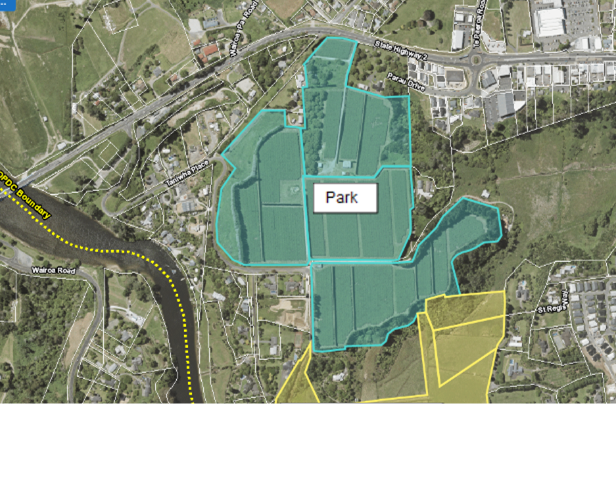
Figure 1 – Parau Farms
10. The land falls within the rohe of Ngāti
Ranginui iwi, and Ngāti Kahu and Ngāti Hangarau hapū. The land
has been held by Council for the purposes of future sports field provision for
the city’s western catchment.
11. Currently, there is a management
agreement for the orchard that is contained within the area shaded in blue
(referred to as the ‘upper platform’). There is an annual grazing
licence over the area shaded in yellow (referred to as the ‘lower
platform’).
Parau Farms SITE - change in use
12. The land at Parau Farms was
purchased for sports fields and passive recreation space, however, there are
alternative areas available for this use which would enable the upper platform
to be made available for housing, The use of this area for housing would
contribute to Council's ability to meet NPS-UD targets and legislative
requirements.
13. The potential provision of housing
at Parau Farms aligns with UFTI connect centres urban form and also with the
recently published Housing Action Plan which details the steps needed to
deliver more affordable, warm, and dry homes in the right places across
Tauranga and the Western Bay of Plenty region.
14. The upper platform is defined as
park and to enable disposal for residential use, consultation must be
undertaken in accordance with section 138 LGA.
15. The Property Acquisitions and
Disposals Policy (also on this 4 October 2021 Council agenda), sets out the
approach where Council is disposing of land. The discussions on the Parau
Farms site have commenced prior to the adoption of the final policy with open conversations
held with mana whenua. The Parau Farms land would likely be assessed
under the policy as both ‘strategic’ and ‘atypical’ and
therefore mana whenua Right of First Refusal would not apply.
16. The potential disposal of this site
could be to Kāinga Ora – Homes and
Communities, the government’s primary housing and urban development
delivery arm.
17. A Memorandum of Understanding is
being developed between Kāinga Ora – Homes and Communities,
Ngāti Kahu hapū and Council with the purpose to formalise a common
agreement for the investigation of this residential development opportunity at
Parau Farms. This further develops the working relationship between all three
parties and will benefit the delivery of housing and urban development at Parau
Farms should it proceed.
18. A number of factors need to be
considered by Council prior to deciding to alter the intended use of this land
for sports fields.
Levels of Service for Active Reserves in the Western
Corridor
19. It is estimated that Parau Farms
could provide between 5-7 sports fields for the western catchment. Should this
area of land no longer be used for this purpose, this level of service could
still be met in the wider area.
20. Investigation into alternative
sports fields sites and an updated supply and demand analysis for active
reserves is underway, which will inform planning for delivery of active
reserves in the city. Smith’s Farm
21. Smith’s Farm provides a viable
alternative to meet the active reserve needs of the western areas of the city
and for the citywide network. It also has the potential to provide housing.
22. Smith’s Farm contains
approximately 14ha of developable land, with underlying Rural Residential land
zoning, and with current resource consents for residential development, namely:
(a) A Special Housing Area (SHA)
confirmed under the now repealed Housing Accords and Special Housing Areas Act
2013. This provides for over 300 residential lots including detached homes,
duplexes and terraced housing. As the legislation has been repealed, variations
to this consent may be challenging.
(b) Four rural residential lots
immediately adjacent to the west of the SHA, adjoining the residential area at
the north-eastern end of Westridge Drive. The rationale for this consent was to
provide a buffer to protect the residential amenity for Westridge Drive
residents in line with resolutions made by Council at the time the SHA was
established.
23. In the past, concepts and proposals to
develop Smith’s Farm have been considered, however, viable access and
servicing to the site has constrained the ability for Council to confirm
development arrangements/partnerships or to enable a feasible open market
approach to deliver housing in this area. While legal road access is available,
a previous Council resolution of December 2015 restricted access from Westridge
Drive (which would require significant upgrade) and reticulated services such
as wastewater are not available from Westridge Drive. Most recently, Council
has entered a Heads of Agreement with NZTA to enable a new access road and
services to be constructed through the Takitimu North Link project, to connect
the site with Cambridge Road. This access road is likely to be delivered in or
around 2026/27.
24. Since the SHA process commenced,
Council has received a number of unsolicited approaches from residential and
retirement village developers expressing interest in developing the site.
25. The current rural-residential
consent could be reviewed, and an increased number and type of housing be
delivered on that area of around 1ha, noting potential inconsistency with the
‘buffer’ resolution previously passed to address concerns raised by
the Westridge community.
26. In summary, Council could achieve
various objectives/outcomes at this site.
27. Given the potential need to relocate
sports fields from Parau Farm and the significant lead time for access and
services to be in place to enable development, Council is not actively
assessing or progressing development options or proposals for Smiths
Farm. This is not likely to change for around 12-24 months.
28. It is recommended that should a
later decision of Council result in the Smiths Farm land being utilised for
housing development, then the strategic objectives resolved through the
“Housing Objectives and Role in Housing and Urban Development of Council
Land” report on this Council agenda should apply.
Tauranga Racecourse / Golf Course Site
29. Council has agreed “to
engage with existing users, mana whenua, government partners, and key
stakeholders to undertake an options study to explore the most appropriate and
efficient use of ‘Recreation Reserve – Tauranga Racecourse’
land in the short, medium and long term”.
30. The study area includes the Tauranga
Racecourse and Golf Course, as described in Council’s Reserves Management
Plan.
31. The study will include, but is not
limited to, consideration of the following options:
(a) Status quo i.e. redevelopment
of the racecourse on site,
(b) Redevelopment on site, with
retention of the racecourse, golf course and open space, with the addition of
other activities that align with community needs, which may include:
(i) auxiliary uses for
Council community facilities e.g. sports fields, park and ride facilities,
aquatic facility etc. By way of example, this could include consideration of
locating some of the proposed western corridor sports fields to this location; and/or,
(ii) residential/commercial
development, to varying levels of scale and intensity.
(c) Relocation of the racecourse
and/or golf course (including assessment of alternative racecourse /golf course
sites and funding options) and development of the site for residential and
community purposes.
(d) As part of the options above,
reconfiguration of the racecourse and/or golf course should not be precluded
from consideration where this may enhance opportunities.
32. The outcome of the study may have an
impact on the future use of Smith’s Farm.
parau farms SITE –
disposal of park
33. The land identified for potential
use for housing was acquired for park and zoned in the City Plan as Active Open
Space - Major and would require disposal in accordance with section 138 of the
Local Government Act 2002. This would require Council to undertake public
consultation notifying its intent to change the use of the land from park. The
process would include:
(a) Letters to adjoining
landowners, any other stakeholders, and iwi/hapū, and advertisement of
intention to dispose of the land (newspaper/online) twice over one calendar
month.
(b) If no submissions in objection
are received, Council can progress with a potential disposal.
(c) If submissions in objection
are received, they will be referred to Council for consideration.
34. It is important that Council
continues to progress its investment in its active reserves network to meet
current and future community need.
Timeframe
35. Should Council, as a result of the
public consultation process, approve to dispose of the land to Kāinga Ora
– Homes and Communities, the next phase would include:
(a) Further due diligence and
testing of the land to allow for detailed design of potential residential
development.
(b) A private plan change process
to change the zoning for such a development (as although at this point, Council
would have confirmed its intent to change the use from park, the underlying
zoning of Active Open Space - Major would remain, which would not allow for
residential development). If decisions are made to pursue urban development
outcomes on the Parau Farms site it is anticipated that these processes would
be led by the prospective developer rather than Council. However, Council
would likely play a significant role, including in its regulatory capacity
processing a consent or running a plan change process
(c) A resource consent process.
(d) This process could take around
3 years.
Parau farms SITE - Other matters
36. Council is currently finalising a
transport access solution to the land at Parau Farms. This access would be
required regardless of the site's use. It is expected that a preferred
option(s) will be presented to Council in October/November for approval.
37. Other related projects including the
placement of the temporary cycleway from the Wairoa bridge to Carmichael Road,
and stormwater discharge from properties on the northern side of SH2 into the
gully at Parau Farms are being managed in alignment with the project
undertaking the potential change in use to Parau Farms.
38. The lower platform at Parau Farms is
flood prone. It is unlikely to be suitable for residential development but may
provide active reserve outcomes or wetlands to comply with the National Policy
Statement for Freshwater Management (NPS-FM). It is being investigated for
sports field development feasibility and could be included in future plans for
sports fields as a result of the work reviewing the supply and demand for
active reserves.
Financial
Considerations
39. No financial considerations are
provided with this report as the report recommends the undertaking of formal consultation
to obtain views from the community prior to a decision on potential disposal of
Parau Farms.
40. If, following community
consultation, Council decides to dispose of the land for park and progress the
housing development opportunity, expenditure will be required to meet some
related costs (noting that the bulk of the costs will be met by or recovered
from the purchaser/developer/development partner). In that case, budgets will
be proposed for approval through the upcoming annual plan process and/or
recorded for offset against future proceeds of sale of the land.
Legal Implications /
Risks
41. Council is legally obliged to meet
the requirements of NPS-UD. This is a target within the Long-term Plan 2021-31.
Development of urban capacity assists Council with meeting this target.
42. The land identified for potential
housing development is defined as "park" under the LGA. Potential
disposal will be in accordance with Section 138 of the LGA.
Consultation /
Engagement
43. For Parau Farms, consultation will
be in accordance with section 138 of the LGA and will comprise of the
following:
(a) Letters to adjoining
landowners, any other stakeholders, and mana whenua and advertisement of
intention to dispose of the land (newspaper/online) twice over one calendar
month.
(b) Have Your Say online process
on the Council website to provide the ability for the community to submit their
feedback.
44. All feedback will then be collated
and reported to Council following the consultation.
45. Council may wish to hear from
submitters in person, but this is not expressly required by section 138 LGA.
Significance
46. The Local Government Act 2002
requires an assessment of the significance of matters, issues, proposals and
decisions in this report against Council’s Significance and Engagement
Policy. Council acknowledges that in some instances a matter, issue,
proposal or decision may have a high degree of importance to individuals,
groups, or agencies affected by the report.
47. In making this assessment, consideration
has been given to the likely impact, and likely consequences for:
(a) the
current and future social, economic, environmental, or cultural
well-being of the district or region
(b) any
persons who are likely to be particularly affected by, or interested in, the
decision.
(c) the
capacity of the local authority to perform its role, and the financial and
other costs of doing so.
48. In accordance with the
considerations above, criteria and thresholds in the policy, it is considered
that the decision is of medium significance due to having moderate consequences
for the city and the potential to affecting a number of subgroups. Council will
need to consult regardless in accordance with Section 138 of the LGA.
Next Steps
49. If
approved, consultation for Parau Farms will be undertaken and all feedback will
be collated for reporting back to Council before February 2022.
Attachments
Nil
11.11 Proposed
Cultural Centre - Pukehinahina / Gate Pā Recreation Reserve
File
Number: A12917598
Author: Gert
van Staden, Senior Strategic Advisor
Brigid McDonald, Manager:
Strategic Investment & Commercial Facilitation
Authoriser: Christine
Jones, General Manager: Strategy & Growth
Purpose
of the Report
1. To seek Council’s
mandate to explore options for a proposed cultural centre at the Gate Pā
Domain Recreation Reserve, including land tenure options.
|
Recommendations
That the Council:
(a) Approves the continued
investigation and related work to support the proposal by Ngāi
Tamarāwaho for a cultural and historic centre on Gate Pā Domain
Recreation Reserve, in particular, as it relates to land tenure; and
(b) Notes that a subsequent
report setting out options and considerations regarding land tenure and the
future use of the reserve will be presented.
|
Discussion
Approved funding and recent work
2. Through the Long-Term
Plan 2021-31 (LTP), Council resolved to allocate new operating expenditure of
$125,000 to progress a proposal by Ngāi Tamarāwaho hapu and the
Pukehinahina Charitable Trust to establish a historic and cultural centre on
Gate Pā Domain Recreation Reserve (the reserve). The resolution
noted the need for a further report to Council.
3. The rationale for
Council’s support and the history to this matter were outlined in the
Issues & Options report presented to Council for LTP deliberations, 24-25
June 2021. It stems from a commitment associated with the
Kopurererua (Route K) transport corridor between Ngai Tamarawaho, Council and
NZTA regarding provision of a site for the establishment of a cultural and
wellness centre. These discussions were initially based around land within
Kopurererua Valley and Smiths Farm, but subsequent flood modelling identified
that some land was not suitable, and the possible use of Smiths for housing
also affected suitability.
4. Since then, discussions
involving the hapu, trust and Council staff have occurred, together with
initial correspondence with the Department of Conservation (DOC), due to the
Crown’s underlying ownership of the Gate Pa reserve.
5. While funding was been
approved via the LTP, staff seek formal Council mandate to explore whether the
Gate Pa Reserve site is suitable for the proposal and options for development
and land tenure. This will require engagement with stakeholders such as DOC and
other government and funding agencies, and community engagement.
Strategic context
6. The Gate Pa Domain
Recreation Reserve is the current site for consideration for the cultural
centre. The reserve and adjacent area was the site of the battle of Gate
Pā (29 April 1864). The area is of high cultural and historical
significance. The reserve is situated across the road from the Gate Pā
Historic Reserve.
7. The reserve is located at
1085 Cameron Road, and was previously used by the Gate Pā Bowling Club. It
is not currently being used for any competing activity.
8. This proposal will
significantly increase the recreational amenity of the park. It would deliver a
building to house the cultural centre with car parking, grassed areas, pathways
and other landscaping enhancing the balance of the site.
9. Ngāi Tamarāwaho
has expressed their interest in securing tenure of the reserve land, including
to enhance funding and financing opportunities for the centre.
10. There is clear benefit in
facilitating the use of the reserve land for such recreational, cultural,
educational and economic benefit.
11. To secure adequate funding for the
project, Ngāi Tamarāwaho seeks security of tenure; this may be in the
form of a lease (if seen as sufficient security), a vesting of the reserve or
alternative process to secure ownership, as the land is owned by the Crown
(Council is the administrating body for the reserve). This will require further
work and discussion with central government and the community.
Next Steps
12. Staff will continue working with
Ngāi Tamarāwaho, the Pukehinahina Charitable Trust, stakeholders
(government and other agencies and groups) and the community to investigate
options.
13. A follow up report will be presented
containing options, key risks and next steps.
Attachments
Nil
11.12 Marine
Park - Proposed Reserve Reclassification and Marine Research and Education
facility
File
Number: A12893061
Author: Brigid
McDonald, Manager: Strategic Investment & Commercial Facilitation
Gert van Staden, Senior
Strategic Advisor
Authoriser: Christine
Jones, General Manager: Strategy & Growth
Purpose
of the Report
1. To seek approval to reclassify
a portion of Marine Park, under the Reserves Act 1977, and to initiate the
public lease tender process under the Public Bodies Leases Act 1969.
|
Recommendations
That the Council:
(a) Approves in principle,
subject to community consultation and deliberations, the reclassification of
a portion of Marine Park identified as SO plan 530292, appended to this
report as Attachment A, from recreation reserve to local purpose
(marine research and education facility) reserve, subject to feedback
following engagement with tangata whenua and public consultation being considered;
(b) Confirms the consideration
of feedback following public consultation [will / will not] include
the hearing of oral submissions; and
(c) Subject to a decision to
reclassify the area of reserve referred to above, approves the initiation of
the lease tender process under the Public Bodies Leases Act 1969, if and when
the new classification has been confirmed.
|
Executive
Summary
2. There is a long-standing
proposal by the University of Waikato to develop a Marine Research and
Education Facility in Tauranga. Council has identified city-wide benefits and
has supported such a facility being established. Marine Park (the reserve) has
been identified as the most suitable parcel of land for this activity.
3. The recent attempts at
facilitating this proposal have been unsuccessful for several reasons,
primarily due to competing interests and views as to the most appropriate
long-term use of the land.
4. To progress the proposal,
the recommendation to Council is to reclassify a portion of the reserve, from
recreation reserve to local purpose (marine research and education facility)
reserve, and to lease the reclassified area via public tender, as is required
for such a lease of a local purpose reserve.
5. Staff are engaging with
tangata whenua. Feedback will be presented for consideration as part of the
deliberations report.
6. The proposed
reclassification will be publicly notified. Feedback will be considered and
reported back to Council for a decision.
7. If the reclassification
is confirmed, it is anticipated that the University of Waikato will submit a
lease proposal for a marine research and education facility through the tender
process. This process would be open to application from other entities which
have an interest in, and which are able to demonstrate the capability of
establishing and operating such a facility.
Background
8. Since
2017, Council has been investigating feasible locations within the city for the
potential development of a Marine Research and Education Facility (the
facility).
9. The facility will
increase the quality and quantity of tertiary and post-tertiary education,
allowing Tauranga to further establish itself in this important and valuable
sector.
10. In addition to the above primary
benefits, there are also numerous flow-on benefits to the community and
regional economy especially in the construction industry, on-going employment
opportunities as well as environmental benefits stemming from an increased
capability to protect New Zealand's marine environments through the development
of marine processes, products and technologies. It will also attract research
and development activity and academic staff and students to the city, to build
on the existing investment of the university and its partners.
11. Following an assessment of
landholdings that commenced in May 2017, and consultation on two sites at
Sulphur Point including the subject site at Marine Park, Council approved in
principle its intention to seek the revocation of the reserve status of a
portion of the reserve, at a Council meeting on 16 October 2018 (M18/90.5).
Reserve revocation was sought because it was not possible to lease a recreation
reserve for the intended purpose and an unencumbered site more easily
facilitated development. This was subsequent to council deciding against an
alternative (non-reserve) site, located at the northern end of Keith Allen
Drive at Sulphur Point, adjacent to the sports fishing club and marine car
park.
12. Consultation on the proposed
revocation, which included information about the facility, took place from 12
November to 14 December 2018, with two open day sessions held at the Tauranga
Fish and Dive Club adjacent to the proposed site. The full deliberations report
is included as Attachment B, supplementary paper.
13. Council also engaged with Tangata
Whenua from late 2018 onwards, with information provided to all Tauranga Moana
iwi and hapu. Responses were received from Ngai Te Rangi, in support; and while
initial responses from Ngati Pukenga and Ngai Tamarawaho opposed the
application, their support was provided for the proposal in mid-2020.
14. The previous Council affirmed its
support for the facility and the revocation through the consultation process,
confirmed by resolution M19/51.5.
15. Following engagement, public
consultation and the Council decision in support of revocation, the revocation
application was submitted to the Department of Conservation (DOC) in November
2019. The application comprised relevant Council reports and resolutions and
supporting material, and objections and other submissions received by Council.
16. On 29 July 2020, the then Minister
of Conservation declined the application. The Council was of the view that some
of the material on which the former Minister based the decision was incomplete
and that was raised with DOC and the Minister's office with a request that the
refusal be reconsidered. Subsequent communications with DOC have advised that
DOC will not reconsider Council's application without the entire revocation
process being run afresh.
17. Consideration has again been given
to alternative locations; however, Marine Park remains the optimal location for
the facility for the reasons as provided in paragraph 19(a) to (f) below.
18. As an alternative to reserve
revocation, Council has the option of reclassifying the relevant part of the
reserve, to a purpose which will enable the lease for the proposed facility to
be granted. Under this process, reserve status will be retained. The
Minister has delegated the power to reclassify reserves to local councils.
Rationale for location
19. The reserve has been identified as
the most suitable location for the facility, considering the factors below:
(a) Proximity to a deep-sea
channel connected to the harbour entrance
(b) Proximity to water for boat
launch and water intake for the filtration tanks
(c) Good water quality to enable
world class coastal marine research
(d) Adequate area to provide for
required functions (generic and specialist laboratories, as well as research
facilities)
(e) Community outreach and public
engagement capabilities
(f) Proximity to Tauranga
CBD campus on Durham Street
20. These factors are key requirements
of the University due to the nature of the facility and planned functions. This
is the only site of adequate size and proximity to a deep-sea channel which is
available for the development. Although the northern Sulphur Point site was
originally considered, it is not large enough to site a full-sized facility
with ancillary amenities. No other suitable sites have been identified.
Strategic / Statutory
Context
21. Council has previously been in
support of this proposal, due to the wide-ranging primary and flow-on benefits
a facility of this type offers. This is especially true in Tauranga with the
strong connection to the harbour/ocean and the activities it supports, and the
current and future challenges to be faced such as climate change.
22. Some of the specific outcomes sought
from the project include:
a) Public
benefit, including accessible, marine and coastal environmental based education
and/or public engagement initiatives
b) Resilience
understanding; including innovative and sustainable responses to climate
change, water quality and sea level rise. We have considerable modelling
regarding natural hazards risks and climate change implications but need to
understand this more in an applied way, e.g. environmental engineering, policy
etc.
c) Identified
benefit to Tauranga Moana Iwi and Hapu, focused on educational wellbeing and/or
provision for Maori culture and design in such research and education and
Matauranga approaches as well as social and economic outcomes.
d) Employment
opportunities to people living in Tauranga and the wider Bay of Plenty region
including Eastern Bay aquaculture initiatives.
e) Increased
tertiary education (including research) capabilities, in undergraduate, post
graduate and doctoral programmes as well as national and international collaboration.
f) Potential
identification of sustainable and valuable commercial development
opportunities, e.g. entrepreneurial universities, cancer drugs, nutraceutical,
etc.
23. In order to deliver on the outcomes,
Marine Park has been identified as the most suitable site for the reasons as
stipulated in paragraph 19.
24. The subject site is currently
classified as recreation reserve; however, its recreational value is arguable,
and its usage in reality is limited.
25. There was considerable engagement and
consultation on the previous proposal to revoke the reserve status of the same
area of land in 2018-19, the feedback from which is addressed in Attachment B.
In summary, feedback was divided.
26. We know from Council records that
the area is used occasionally for events and some informal recreation. An
observational study of Marine Park conducted between 25 January and 3 February
2019 concluded that there appeared to be little active recreational use of the
grassed area between the Fish and Dive Club and the northern boundary of the
reserve. People that were counted were generally passing through, walking
dogs, fishing, socialising, or gaining access to the beach. During the
busiest period observed, 11 people were seen using the area. A more
recent report by Xyst consultants further confirmed that the area proposed to
site the facility is underutilised, with a maximum of 16 users counted on the
afternoon of Sunday, 31 January 2021. These users were mostly associated with
other zones in the Marine Park area, and generally consisted of people going or
returning from fishing, vehicles or obtaining access to the beach and walking
dogs. No active recreation or sport was observed. The proposed facility is
therefore unlikely to interfere with casual recreational use and will
significantly increase activation of the reserve.
27. For further information, please
refer to Image 1 below. The majority of users were observed within Zone 4,
associated predominately with camper vans and vehicles. The proposed location
for the facility is immediately adjacent (to the right) of Zone 2 shown below.
Image 1
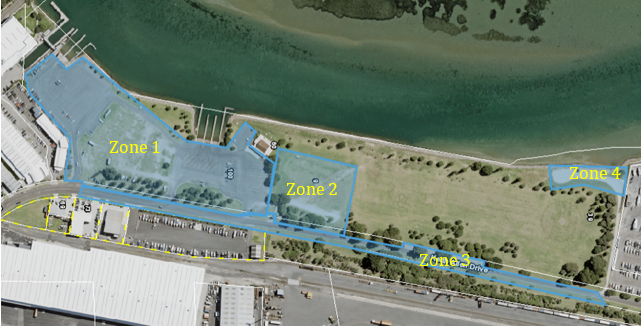
28. The proposal will not interfere with
existing public accessways, access to the (significant) balance of the reserve
and, in particular, access along the harbour edge of the reserve. The
siting of the facility will not materially affect the recreation amenity on the
balance of the reserve and indeed, it is likely to enhance the area as a public
space for the reasons provided in table 2 below. Additionally, it would enable
new educational opportunities, investment in the city and the creation of
quality jobs, and, at the same time, will help maintain and enhance our
precious coastal environment. By reclassifying the land, it will remain within
the overall reserve estate and will still be subject to relevant Reserves Act
protections and constraints.
29. It is acknowledged that the
amenities and facilities surrounding the reserve are of considerable value,
particularly to those who enjoy the deep-water access from the existing
facilities (including recreational boaties, waka ama and dragon boat clubs).
The boat ramps and adjacent car parking areas are well used at peak times.
Funds to upgrade and provide new facilities at Sulphur Point are budgeted in
the current Long-Term Plan (new 6-lane boat ramp at the northern end,
formalised car parking and additional furniture and landscaping), to be
delivered from 2024 onwards. The proposed facility will therefore not interfere
with current use or planned future investment in the reserve and its
facilities.
30. As reported previously, enabling the
facility aligns to council's intention to enable a city of talent, innovation
and economic opportunities, and to enable inward investment in strategic
economic assets. This will be New Zealand's only marine research and education
facility focused on resilience and restoration of our urbanised coasts,
situated adjacent to the country's largest commercial port.
31. Overall, although the proposed
reclassification may involve some theoretical reduction in recreation amenity,
given the nature and current use of the land, and taking into account that the
balance of Marine Park will remain recreation reserve, it is considered this
will be immaterial. On the other hand, the benefits of the proposed local
purpose reserve classification, as set out above, are significant.
Reclassification will mean the subject site remains protected as a reserve
subject to the Reserves Act, and it will remain in Council ownership. This will
afford greater protection for the site as part of the wider reserve than if the
reserve classification were revoked and will limit the use of the site to the
intended purpose.
32. As the proposal will require a
lease, consideration will be given to policies regarding use of
Council-administered land. Prior to entering into a long-term lease, council
needs to assess:
(a) The impact on public access
and public benefit;
(b) The potential of the project
to enhance the space; and
(c) The likelihood of the land
being declared surplus or required for other purpose.
33. The preliminary findings of the
assessment against these criteria are contained in Table 1 below:
Table 1
|
Consideration
|
Impact
|
Findings
|
|
a
|
The impact on public
access and public benefit
|
Minor negative impact
|
General public access
to the reserve will be maintained and only a portion of the reserve will be
used to site the facility. Although this precludes that specific section of
the reserve from general use, it does not impact the use of the wider reserve.
Especially relevant here is the general low usage of the grassed area
identified in the Xyst and previous reports and the fact the majority of
users were associated with a zone which will not be impacted by the proposed
facility
|
|
b
|
The potential of the
project to enhance the space and improve public benefit
|
Significant positive
impact
|
The facility will offer
significant reserve activation as well as major economic benefits. Increased
general use of the park will also improve safety through passive surveillance
as identified in the Crime Prevention through Environmental Design standards.
Quality job creation and increased coastal environment protection capability
are amongst the various benefits identified. Additionally, a public
engagement and education space is proposed, housing a small aquarium with
educational resources, cameras in the harbour and activities for students,
families and school visits.
|
|
c
|
The likelihood of the
land being declared surplus or required for other purposes
|
No impact
|
The proposal will not
impact on council’s planned upgrades to meet future levels of service
for general park users or the deep-water recreation community. The reserve
cannot be declared surplus as it is required for future service levels.
|
Options Analysis
34. Table
2 below identifies the options which have been assessed. Staff recommend option
two as set out in the recommendation.
|
Option
|
Advantages
|
Disadvantages
|
Key risks
|
|
1
|
Revocation
of reserve status
|
Removes
the Reserves Act status from the land (or portion of the land).
|
Requires
re-run of revocation process from the beginning, followed by DoC
decision/approval
|
Potential
significant delays, no guarantee that Minister will confirm revocation
|
|
2
|
Reclassification of
reserve
|
Retains the
land’s reserve status, decision to reclassify is delegated to council
|
Additional step to
lease the land via public tender is required
|
Potentially multiple
applicants for the site under the process required by the Public Bodies
Leases Act 1969
|
|
3
|
Reserve exchange
|
Not viable
|
Not viable
|
Not viable due to no
suitable land for exchange being available
|
|
4
|
Alternative site
investigation
|
Not viable
|
Not viable
|
Previous investigation
confirmed Marine Park as the most suitable site
|
Financial Considerations
35. There are no significant financial
considerations regarding the reclassification and subsequent leasing of the
site, this can be undertaken within current staff resource and operational
budgets.
36. There is no identified additional
financial burden.
Legal Implications /
Risks
37. Reclassification and subsequent
leasing of the facility will reduce general access to this 7,000m2
area of the 100,802m2 reserve land; however, this can be mitigated
by incorporating design principles to maintain public access-ways e.g. a
proposed 20-metre wide set back from the harbour edge.
38. Conversely, not facilitating the
proposal can lead to other regions being considered for the facility or the
facility not proceeding - the loss of a valuable opportunity, depriving Tauranga
and the sub-region of the benefits associated with the proposal.
39. The tender process required by the
Public Bodies Leases Act 1969 will potentially enable applications to be made
by other entities interested in establishing a marine research and education
facility. The applications will need to be assessed in accordance with the
tender process in that Act. That will enable the applications to be assessed in
accordance with all relevant considerations, including whether the applicant
can demonstrate the capability of establishing and operating such a facility.
Staff have delegated authority to enter into and decide on the preferred
applicant under the tender process.
Significance
40. The Local Government Act 2002
requires an assessment of the significance of matters, issues, proposals and
decisions in this report against Council’s Significance and Engagement
Policy. Council acknowledges that in some instances a matter, issue,
proposal or decision may have a high degree of importance to individuals,
groups, or agencies affected by the report.
41. In making this assessment,
consideration has been given to the likely impact, and likely consequences for:
(a) the
current and future social, economic, environmental, or cultural
well-being of the district or region
(b) any
persons who are likely to be particularly affected by, or interested in, the
proposal.
(c) the
capacity of the local authority to perform its role, and the financial and
other costs of doing so.
42. In accordance with the considerations
above, criteria and thresholds in the policy, it is considered that the
proposal is of medium significance.
ENGAGEMENT AND
CONSULTATION
43. Taking into consideration the above
assessment, that the proposal is of medium significance, officers are of the
opinion that the following consultation/engagement is required under the
Reserves Act 1977 and Local Government Act 2002:
(a) Engagement with tangata whenua
/ mana whenua on the proposed reclassification and potential use of the land.
(b) Consultation with DOC and
notification of the reasons why the reclassification is required.
(c) Public consultation on the
reclassification, which will include advertising/information through print and
online media and the ability for people to provide feedback to Council within a
specified period.
(d) All feedback will be reported
on and considered through a deliberations report to Council.
44. There is no statutory requirement to
hold a public hearing for the proposed reclassification of reserve; this is a
matter of discretion for Council. Proceeding to consider written feedback only
would streamline the process (administration, report preparation and hearing
time) and still enable interested persons and groups to have their say.
Alternatively, Council may wish to allow the 2-3 extra weeks required to add
this step to the process, ahead of a separate deliberations report and meeting.
45. In the event the Council decides to
proceed with the reclassification, staff would facilitate the public lease
tender process, engage with applicants, and confirm the preferred applicant.
Next Steps
46. Staff will initiate the consultation
and engagement processes and will present views as part of the deliberations
report.
47. Council will confirm (or abandon)
the reclassification and lease tender following Council deliberations and
decision-making.
Attachments
1. Attachment A - SO plan
530292 - A10298399 ⇩ 
2. Attachment B -
deliberations report - A10271556 (Separate Attachments 1) 
|
Ordinary Council
meeting Agenda
|
4 October 2021
|

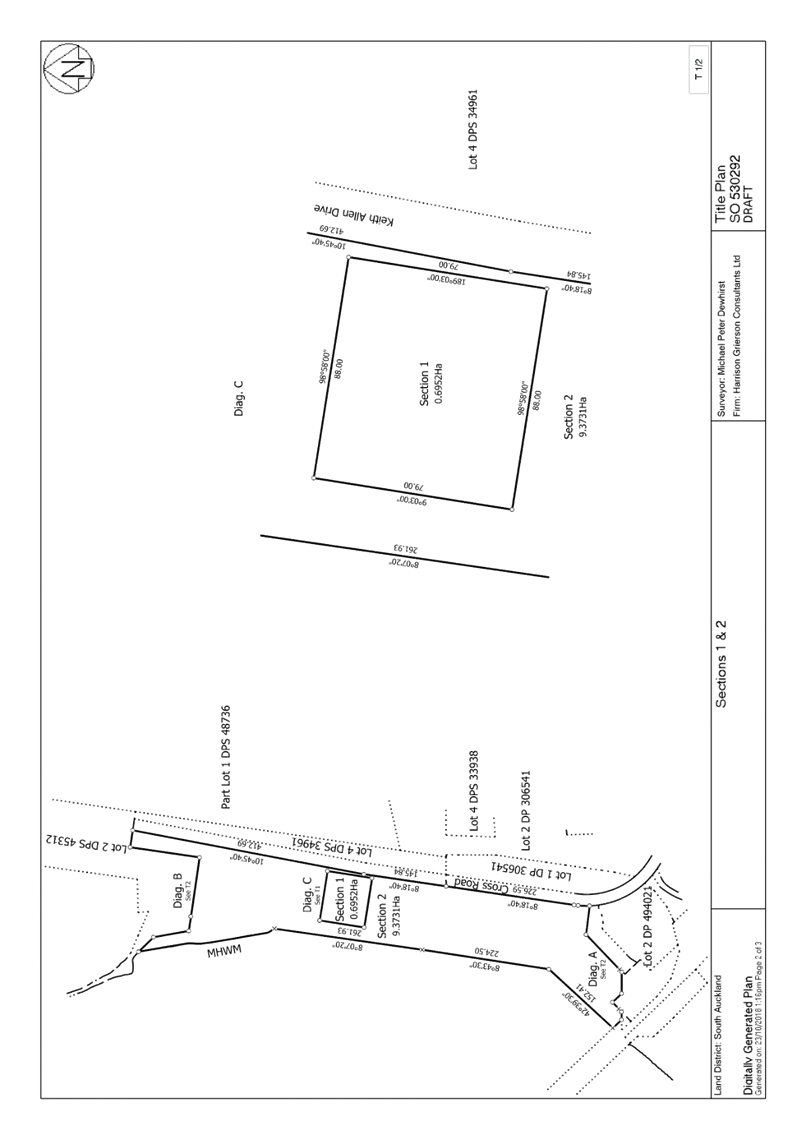
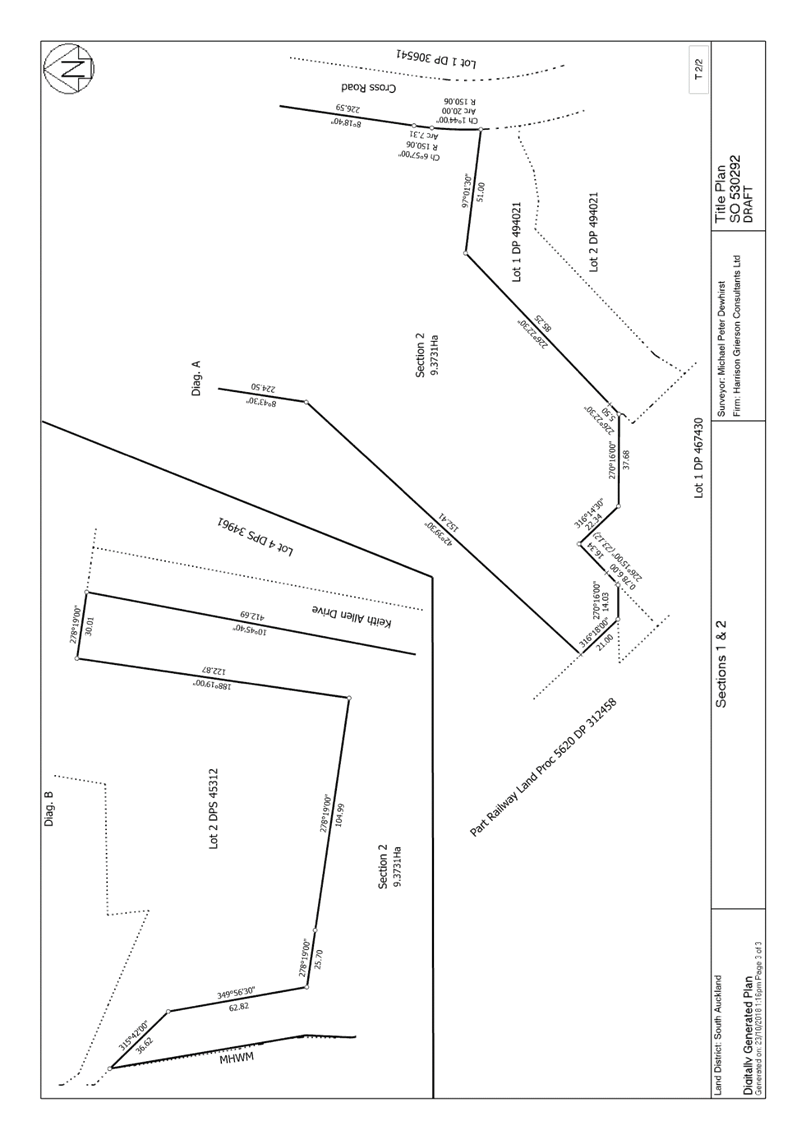
11.13 Adoption
of Property Acquisitions and Disposals Policy
File
Number: A12907025
Author: Christine
Jones, General Manager: Strategy & Growth
Authoriser: Christine
Jones, General Manager: Strategy & Growth
Purpose of the Report
1. To adopt the draft
Property Acquisitions and Disposals Policy.
|
Recommendations
That the Council:
a) Adopts
the Property Acquisitions and Disposals Policy with proposed amendments in
red contained in Attachment 1
b) Revokes
the following policies:
(i) Council
Land: Recognition of Tangata Whenua Interests and Aspirations Policy
(ii) Property
Acquisition and Divestment Road Stopping Policy
(iii) Strategic
Acquisitions Fund Policy
c) Authorises
the Chief Executive to make any necessary minor drafting or presentation
amendments to the Property Acquisitions and Disposals Policy prior to final
publishing.
|
Executive Summary
2. This
report seeks to adopt the draft Property Acquisitions and Disposals Policy
(“Policy”) contained in Attachment 1.
3. The
Policy proposed, incorporates the substance of three existing policies. If the
Policy is adopted, the following policies will be revoked:
a) Council
Land: Recognition of Tangata Whenua Interests and Aspirations Policy
b) Property
Acquisition and Divestment Road Stopping Policy
c) Strategic
Acquisitions Fund (SAF) Policy
4. Council
at the 13 September 2021 meeting resolved that staff report back to the 4
October 2021 Council meeting with “a revised policy incorporating
amendments discussed at the meeting including:
a) Proposed
amendments in red, with the exception of 45 working days to be changed to 30
working days;
b) Inclusion
of the ‘atypical’ property category as highlighted in orange in
Attachment 1;
c) Remove
the offer back requirements and replace with a decision to be made by Council;
d) Various
clarifications to Attachment A”.
5. Council
also directed that by reporting back to Council that those interested parties
could provide feedback on these changes prior to the 4 October 2021
meeting. All submitters, including Te Rangapū, have been notified of
the proposed changes. All feedback which is received prior to the 4 October
2021 meeting will be provided to Council directly.
Options
Analysis
6. The Policy has been
amended to include the recommendations from the 13 September 2021 Council
meeting. All proposed changes to the Policy since consultation are
contained in red in Attachment 1.
7. If
adopted, this Policy will guide the delivery of Council’s acquisitions
and disposals, which is a key part of ensuring that Council plans for and
provides affordable fit-for-purpose services and enhances the quality of life
for current and future residents.
8. The
policy also aims to recognise the close association that Mana Whenua has with
the land in Tauranga Moana. The proposed policy provides Mana Whenua with a
right of first refusal for the purchase of surplus property, suitable for
disposal.
9. Council
can choose to adopt the draft policy or not.
Strategic / Statutory Context
10. If
adopted, this policy will guide the delivery of Council’s property
acquisitions and disposals, which is a key part of ensuring that Council plans
for and provides affordable fit-for-purpose services and enhances the quality
of life for current and future residents.
11. A
right of first refusal would recognise Council’s ongoing commitment to
working with Mana Whenua and the significant relationship Mana Whenua of
Tauranga Moana have with the land.
Legal
Implications / Risks
12. This
matter complies with the Council’s legal and policy requirements. Legal
advice has been sought throughout the development of this policy, except for
the inclusion of the ‘atypical’ property category, the introduction
of two valuations, or a change in timeframe.
13. The risks, such as the reputational
risks, have been discussed in the 13 September 2021 Council report.
Consultation
/ Engagement
14. Public
submissions were sought from 15 March 2021 to 15 April 2021. Two drop-in
sessions were held the first on 7 April 2021 and the second on 15 April 2021.
15. The
consultation was advertised widely through council libraries, on the website
and through social media.
16. A
total of 104 submissions were received. Of the 104 submissions 38 indicated
that they wish to be heard, with 11 submitters speaking at the hearings on 31
May 2021.
17. Submitters
were notified of the proposed changes to the policy following the 13 September
2021 Council meeting. The feedback received has been provided to Council for
their consideration.
Significance
18. The
Local Government Act 2002 requires an assessment of the significance of matters,
issues, proposals and decisions in this report against Council’s
Significance and Engagement Policy. Council acknowledges that in some
instances a matter, issue, proposal or decision may have a high degree of
importance to individuals, groups, or agencies affected by the report.
19. In
making this assessment, consideration has been given to the likely impact, and
likely consequences for:
(a) the current and future
social, economic, environmental, or cultural well-being of the district or
region
(b) any
persons who are likely to be particularly affected by, or interested in, the
decision.
(c) the
capacity of the local authority to perform its role, and the financial and
other costs of doing so.
20. In
accordance with the considerations above, criteria and thresholds in the
policy, it is considered that the decision is of medium significance.
ENGAGEMENT
21. Taking
into consideration the above assessment, that the decision is of medium
significance, officers are of the opinion that no further engagement is
required prior to Council making a decision. As discussed, public consultation
has already been undertaken on the issue, and we received a variety of
responses to the issue. Ongoing communication has occurred with Mana Whenua
through Te Rangapū as to the progress of the policy review. The proposed
changes to the policy do not change the intent of the policy and in our opinion
do not require further public consultation.
Next Steps
22. If
the policy is adopted and no further consultation deemed necessary, the policy
would be uploaded to the Council’s webpage and the following policies
would be removed:
a) Council
Land: Recognition of Tangata Whenua Interests and Aspirations Policy
b) Property
Acquisition and Divestment Road Stopping Policy
c) Strategic
Acquisitions Fund (SAF) Policy
23. Staff
would continue to review the appropriateness of the inclusion of
leases/easements in the policy and report back as part of the policies review in
two years’ time.
24. Council’s
decision will be communicated to those that submitted on the draft policy.
Attachments
1. Draft
Property Acquisitions and Disposals Policy - A12926585 ⇩ 
|
Ordinary Council
meeting Agenda
|
4 October 2021
|
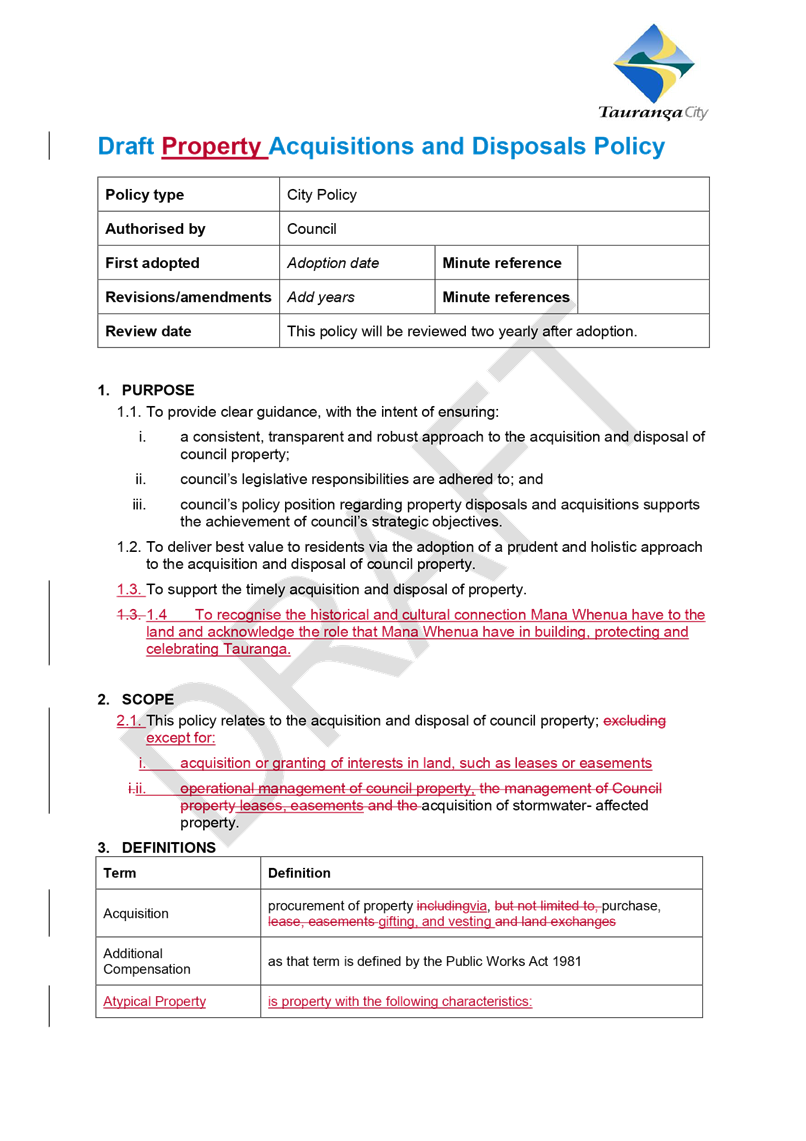
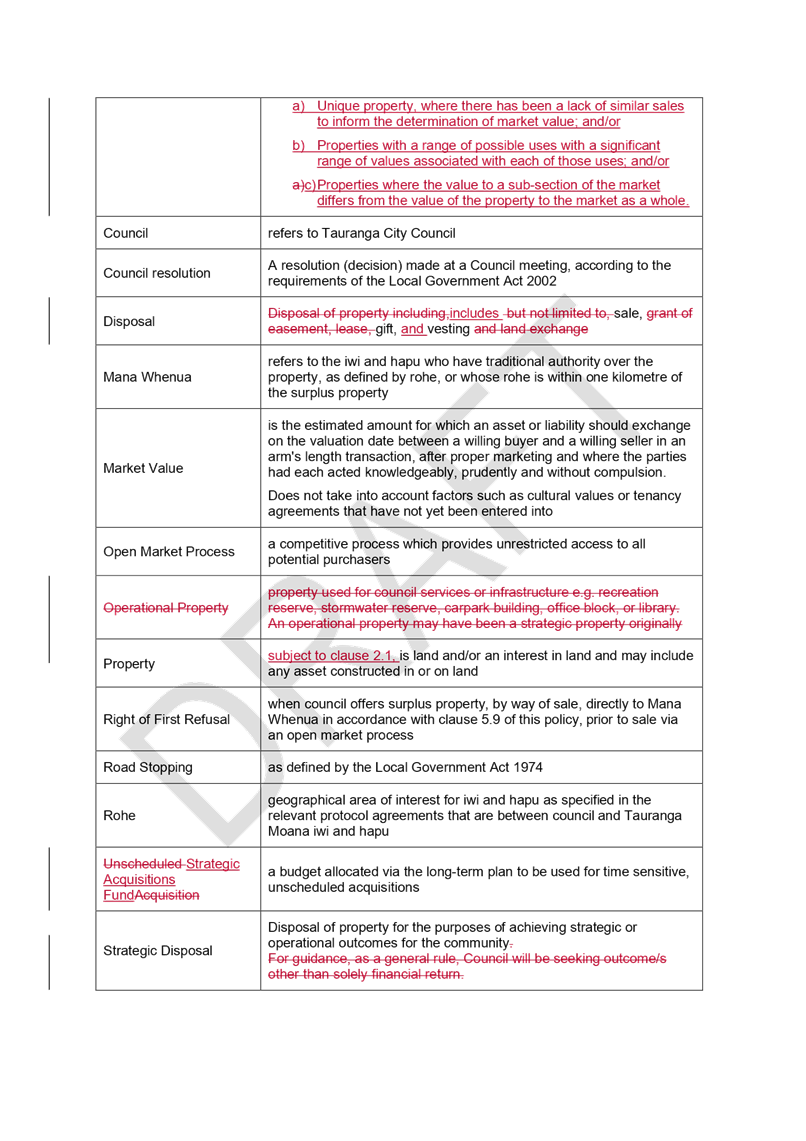

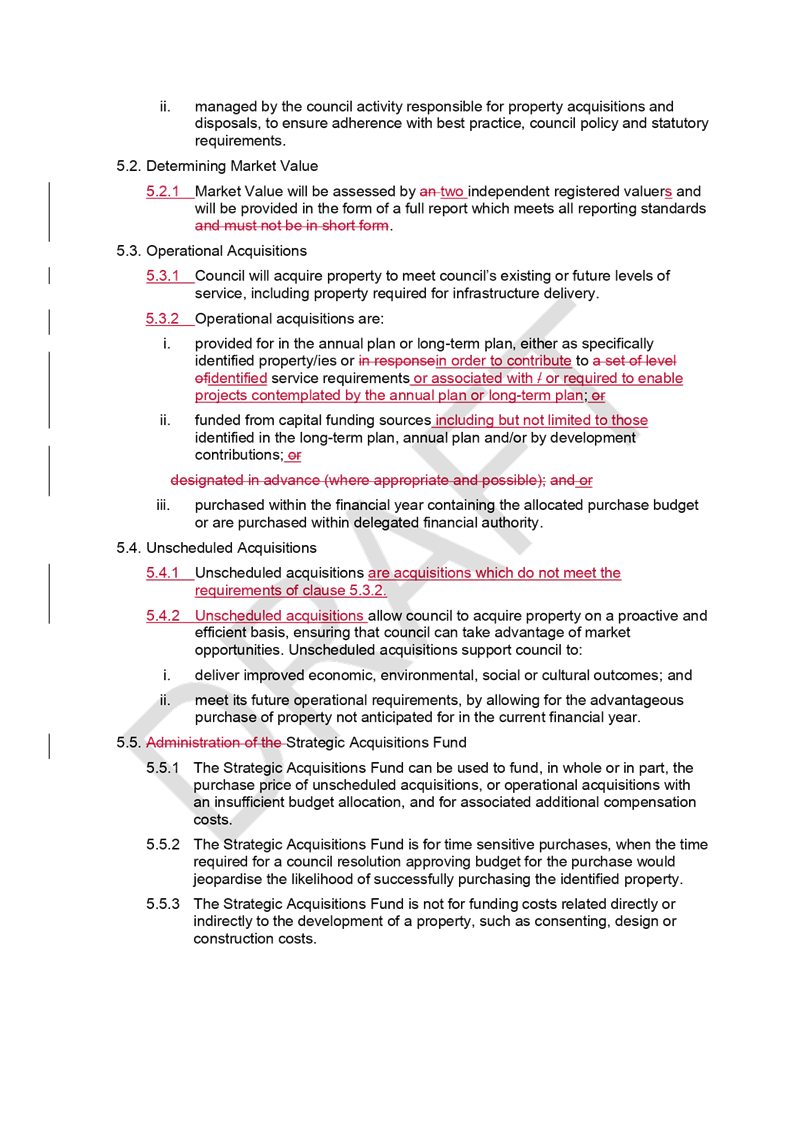
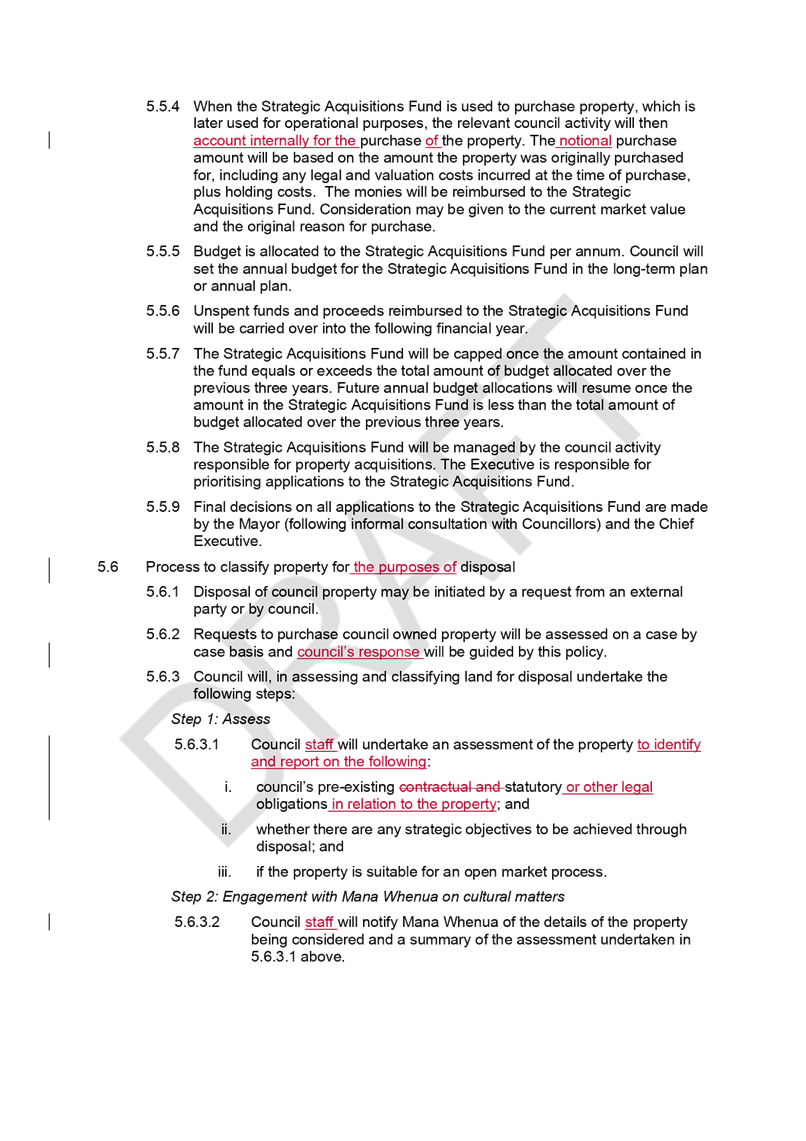
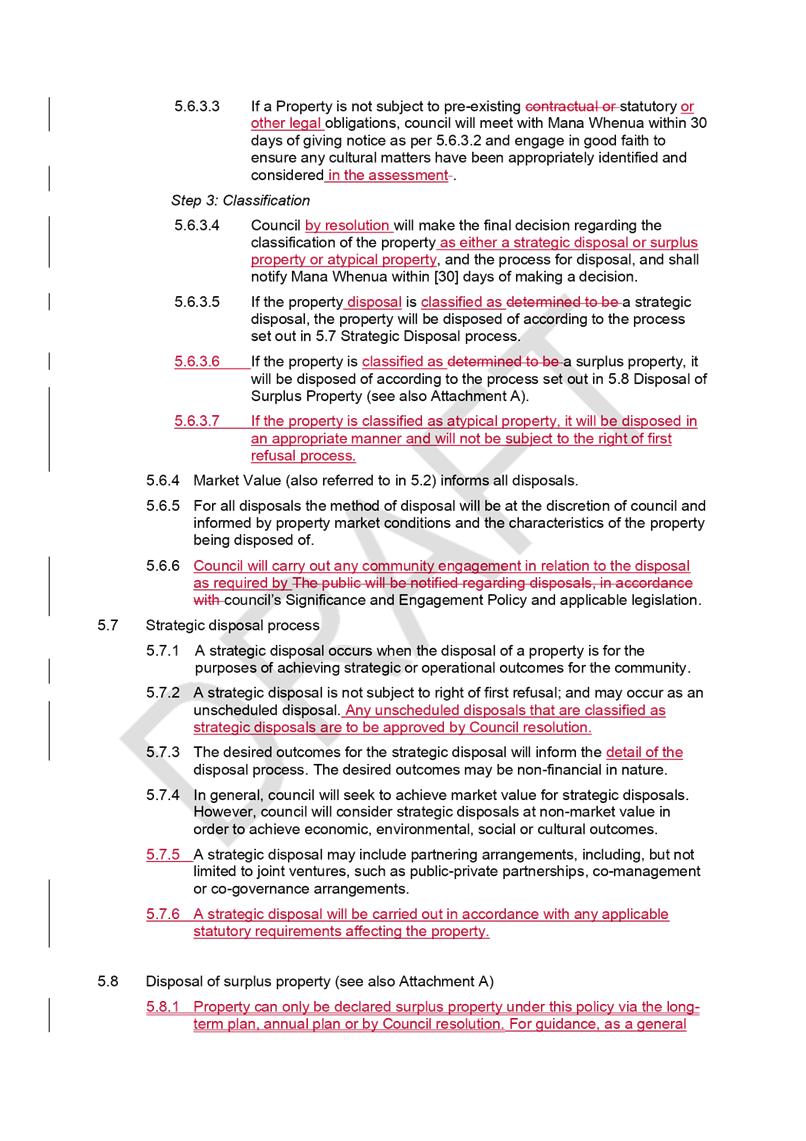
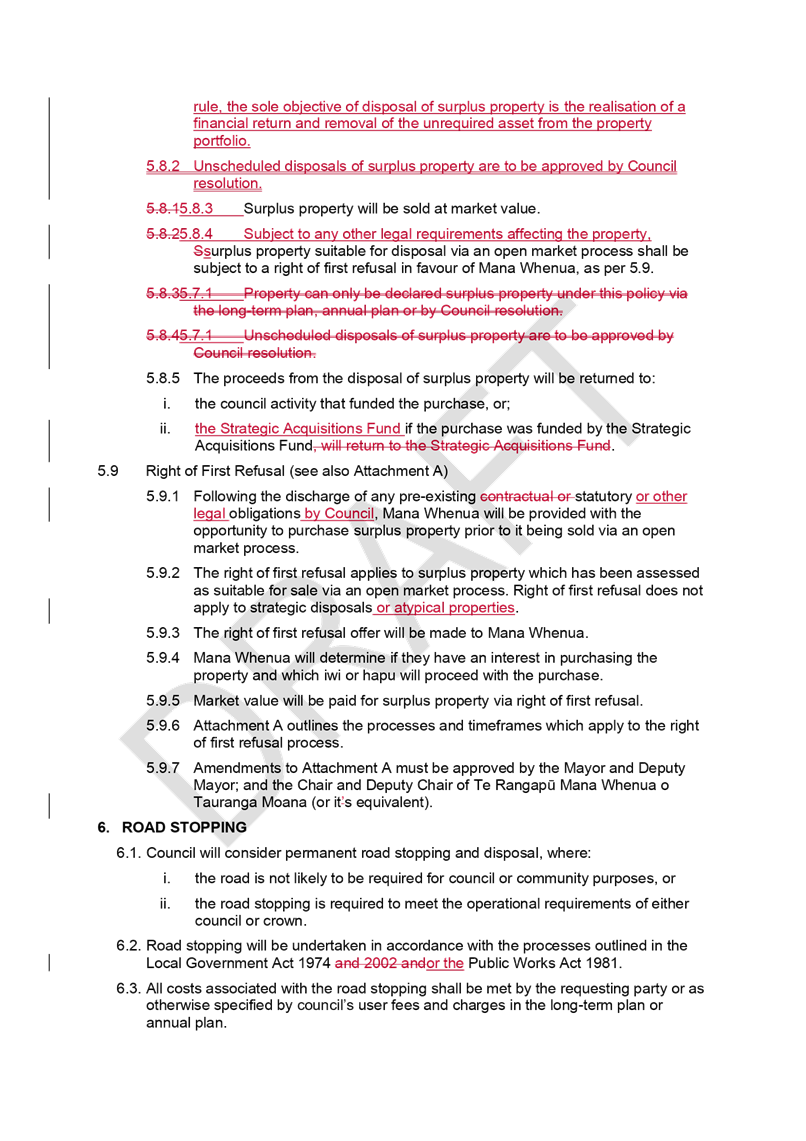
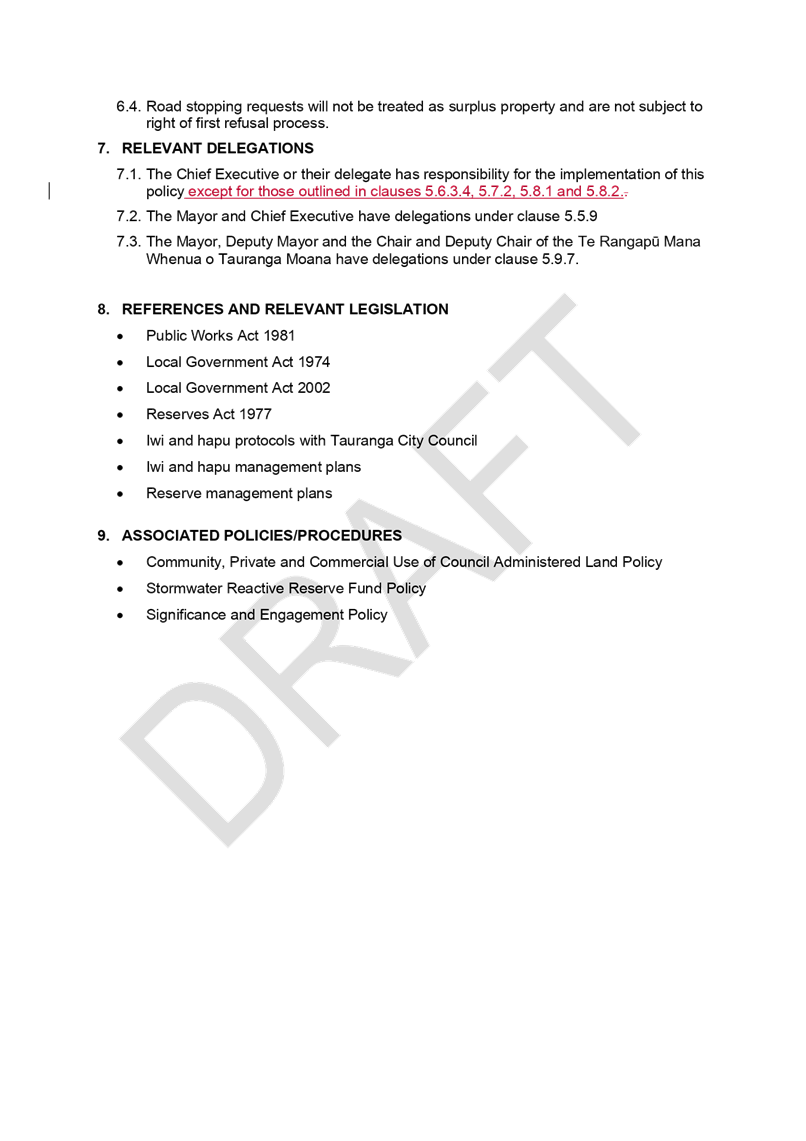
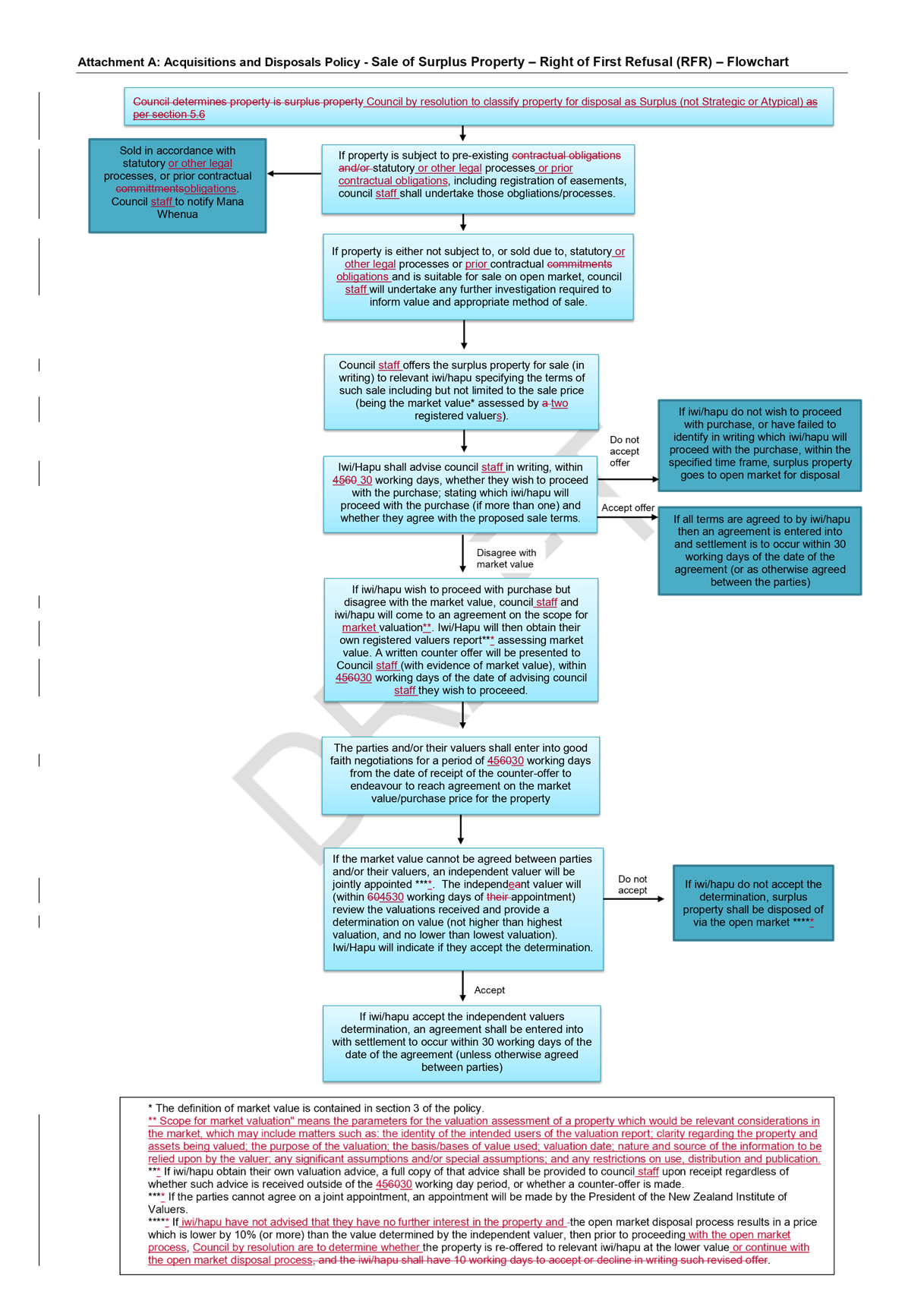
11.14 Distribution
Policies for Grants for Development Contributions on Community and
Papakāinga Housing
File
Number: A12908076
Author: Anne
Payne, Strategic Advisor
Authoriser: Christine
Jones, General Manager: Strategy & Growth
Purpose of the Report
1. This
report provides two draft distribution policies to Council for consideration,
along with several matters for direction that arose during the policy
development process.
|
Recommendations
That the Council:
(a) Adopts
the Grants for Development Contributions on Community Housing Policy (with,
if necessary, the amendments listed in paragraphs xx of this report)
(b) Adopts
the Grants for Development Contributions on Papakāinga Housing Policy
(with, if necessary, the amendments listed in paragraphs xx of this
report)
(c) Delegates
to the General Manager Strategy & Growth the approval of the final
wording of the policies consistent with Council’s direction above (this
resolution only needed if the adopted amendments warrant it).
|
Executive Summary
2. Council
established two grant funds to subsidise development contribution costs and
requested staff to prepare policies regarding the distribution of those grant
funds.
3. Working
with potential recipients of those grant funds, staff have prepared two draft
policies for consideration, one covering each fund. During the
development of the draft policies there was much that was consistent and agreed
between different stakeholders and between staff and stakeholders. There
are a small number of issues where different views were expressed and where
direction is sought before the policies are adopted and implemented.
Those issue are presented in this report.
Background
4. On
15 March 2021, Council resolved that two new grant funds, each being $250,000
per year, were to be included in years 1 to 3 of the draft Long-term Plan
2021-2031, funded from the proceeds of the Elder Housing portfolio sale.
5. The
purpose of the two grant funds was to assist development of community and
papakāinga housing within the city. Council intended that the grant
funds should be available to fully subsidise development contributions on
papakāinga housing and on community housing developments by registered
community housing providers (“CHPs”).
6. Council
directed that policies be developed that define eligibility, application,
assessment and approval processes for these grant funds.[4]
7. In
response to public submissions to the draft Long-term Plan, both grant funds
were subsequently doubled to $500,000 per annum for years 1 to 3 of the
Long-term Plan 2021-2031.
Distribution
policy development process
8. As there are only a small
number of potential recipients for both grant funds, Tauranga City Council
staff worked directly with these parties to draft two separate policies, as
follows:
(a) regarding
papakāinga housing: two workshops with Te Rangapū Mana Whenua o
Tauranga Moana on 29 April and 29 July, as well as a brief discussion on 27
May; one workshop with local Māori Land Trust representatives on 14 July.
(b) regarding
community housing: two workshops with registered CHPs working locally and
Community Housing Aotearoa on 4 May and 19 May.
9. Workshop
participants generally appreciated being involved from the outset, and that
Council has taken action to support progress of community and papakāinga
housing in Tauranga.
10. Both
workshop groups discussed the value of collating a ‘pipeline’ of
proposed developments and made plans to progress this task. Through the
SmartGrowth partnership the Housing Action Plan was adopted in July 2021 which
includes specific actions with respect to identifying and progressing public
housing, community housing and housing for Maori. Each action has a
responsible entity and there is a joint Housing Action Plan Working
Group. This would be an appropriate vehicle through which to develop and
progress a pipeline of proposed developments.
11. As
the affected parties have had the opportunity to input into the policy
development process, and as the substantive decision to implement the grant
funds was made as part of the Long-term Plan 2021-2031 process, officers’
view is that no further public consultation on the draft policies is required.
12. Given
that both the grant funds and the policies are new, it will be important to
conduct a review after the first year of operation to determine, among other
things, whether the size of the fund is adequate in relation to the demand, and
whether the distribution policies are operating as intended. This
intention has been recognised in both policy documents.
13. During
the process of developing the policies there arose a small number of matters
where Council direction is sought. These are addressed in the Options
Analysis section of this report below.
Policy structure and
content
14. The
two draft policies take quite different approaches to achieving the intended
outcomes, reflecting what will work best for those developing the housing in
that sector. From an implementation perspective, both proposed approaches
seem simple and workable at this stage.
15. Both
draft policies specify that:
(a) The
grants apply to development contribution fees incurred, so the grant funding
process is triggered by resource or building consent applications. (Note
that this matter is addressed in the Options section below.)
(b) The
grants are not retrospective, i.e. grants are only available for development
contributions paid on or after 1 July 2021.
(c) Any
unallocated funding would be ‘rolled over’ into the following
year’s budget.
(d) Housing
is only eligible for one grant fund, no ‘double dipping’.
(e) Eligible
housing developed must be primarily not for commercial gain (this is specified
within the registered CHPs’ requirements of registration and is directly
specified in the draft papakāinga housing policy).
(f) Those
considering community or papakāinga housing development are advised to
talk with Tauranga City Council at the very outset, to enable good advice and
awareness.
(g) A
list of all successful grant applications will be reported to Council in an
open meeting at least annually.
(h) The
policies will be reviewed annually with affected parties.
Community housing approach
– and matters to note
16. Registered
CHPs wanted a simple, fair and equitable approach that did not require them to compete
against each other for the grant funding.
17. The
approach proposed is that all registered CHPs will pay development
contributions for eligible developments as they fall due. Then, after the
financial year end and a verification process outlined in the draft policy,
Tauranga City Council will pro-rata the entire year’s grant fund across
the registered CHPs according to the dollar value of development contributions
each has paid for eligible developments that year.
18. Workshop
participants were comfortable with the retrospective nature of the development
contribution fee reimbursements, and that they may have less than (but never
more than) 100% reimbursement of their development contribution fees depending
on how much other eligible development happened in the same year. Their
intention will be to factor their grant allocations into their following
year’s community housing development programmes.
19. The
result of this retrospective approach is that grants will support the community
housing provider in general, rather than provision of the specific community
housing development itself. This seems appropriate for the nature of
registered CHPs’ businesses.
20. Two
matters relating to this policy are covered in the Options Analysis section
below:
(a) Whether the grant should apply
to only city-wide development contributions or both city-wide and local
development contributions
(b) Whether
progressive home ownership housing should be eligible for the grant or whether
only rental community housing should be eligible.
Papakāinga housing
approach – and matters to note
21. Workshop
participants see the grant fund as concrete action Council is taking to support
the aspirations of local iwi/Māori to return to their whenua through the
provision of affordable, safe and healthy homes.
22. The
approach proposed is on a ‘first in, first served’ basis, where
eligible developments would have their development contributions
‘paid’ directly by Tauranga City Council at the time they fall
due. This would be done through in-house transfer processes at the time
consents are approved, requiring streamlined processes and clear eligibility
criteria to ensure consents can be issued as soon as possible.
23. Three
matters relating to this policy are covered in the Options Analysis section
below:
(a) As
for the community housing grant policy, whether the grant should apply to only
city-wide development contributions or both city-wide and local development
contributions
(b) The
risk that the fund is exhausted before all qualifying applications in a year
have been received
(c) Whether
the policy should be made retrospective in certain circumstances.
Strategic / Statutory Context
24. Housing
supply across all sectors-of-need is a significant issue in Tauranga.
Through the Long-term Plan process, it was recognised that reducing the cost of
developing new community and papakāinga housing by subsidising development
contribution fees was a priority action that Council could take to assist these
sectors.
policy context
25. These
two policies have been prepared separately and specific to the individual grant
funds. Council has other grant funds that are governed by their own
policies. On 26 July 2021 Council adopted the Community Funding
Policy. The cover report at that time noted that “… the
draft policy has been deliberately written so in the future, it could serve as
an “umbrella” policy providing general guidance as to
Council’s expectations and decision-making around how we financially
support community organisations.” That policy currently covers
the Community Grant Fund and the Community Match Fund. It is possible
that, in time, the two policies subject to today’s report could be
incorporated into a broader ‘grants policy’ under the guise of the
Community Funding Policy. If and when this idea is pursued a report will
be prepared for Council’s (or the appropriate Committee’s)
consideration.
Options
Analysis
Issue 1: Community housing policy – city-wide or
city-wide and local development contributions?
26. Development
contributions come in two types:
· Local
development contributions, covering the cost of infrastructure that services
the specific area, usually charged at the time of resource consent being
granted for subdivision
· City-wide
development contributions, covering the cost of city-wide infrastructure,
usually charged at the time of a building consent being granted.
27. During
the development of the draft policy there were mixed views as to whether the
grant funds should be applied to both types of development contributions or
just to city-wide development contributions. The arguments for each
approach are summarised below.
|
|
Option
|
Arguments for
|
|
1A
|
Both citywide and local development contributions covered
by the policy
(per the policy as drafted)
|
All development contributions have an impact on the cost
of new housing and therefore potentially the supply of new housing.
|
|
1B
|
Only citywide development contributions covered by the
policy
|
Citywide development contributions, charged at the time of
building consent. have a much closer nexus to the development of new
housing. The housing needs of the city are well established and
therefore the immediacy of applying grants to imminent new builds is
attractive.
In contrast, local development contributions, charged at
the time of resource consent, may be several years prior to housing being
provided.
Subsidisation of local development contributions may have
the unintended effect of distorting land values in areas where some land has
received the subsidy and other land has not.
|
28. One
potential ‘middle ground’ approach is to make grants available to
subsidise citywide development contributions first and if (and only if) there
are grant funds remaining at the end of the year, consideration be given to
then subsiding any local development contributions paid during the year.
29. The draft policy prepared in
conjunction with stakeholders is based on the assumption that all
development contributions are covered. Should Council determine that
a different approach is required, the following edits are recommended for
consideration.
30. If
the funding is limited to only citywide development contributions:
(a) Amend
clause 2.3 to state “Only citywide development contribution fees are in
scope for this policy.”
(b) In
clause 3.1, remove the definition of ‘local development
contributions’ (or alternatively amend the definition to state that the
definition is included for completeness only and that local development
contributions are not covered by the policy).
(c) Amend
clause 5.1.2 to remove the words “and local”.
(d) Amend
clauses 4.3, 5.1.3, 5.2.3, 5.3.1 (and subsections 1, 2, and 4) to add the word
“citywide” before each instance of “development contribution
fees” or “development contributions” as appropriate.
31. If
there are unspent grant funds at the end of a year which Council determine may
then be applied to local development contributions:
(a) Add
a new clause 5.1.4 stating “In the event that all citywide development
contributions on eligible developments have been met in full by grants and
there remain unallocated grant funds available in a particular year, Council
will consider applying those remaining grant funds to local development
contributions paid on eligible developments during the year.”
Note that if this approach is
preferred then the change recommended to clause 3.1 in 30(b) above should not
occur (i.e. the definition of local development contributions should remain).
(b) Amend
the numbering of existing clauses 5.1.4 and 5.1.5 accordingly
(c) Amend
clause 6.1 to state “The implementation of this policy is delegated to
the Chief Executive and their sub-delegates, with the exception of decisions
made under clause 5.1.4 which remain with Council or the appropriate Council
Committee.”
Issue 2:
Community housing policy – ownership types
32. During
development of the draft policy, different views were expressed regarding
whether progressive home ownership housing should be eligible for the grant or
whether only rental community housing should be eligible. Arguments for
the two approaches are summarised below.
|
|
Option
|
Arguments for
|
|
2A
|
Include progressive home ownership
(per the policy as drafted)
|
All new housing for demographics in genuine need is
helpful, regardless of ownership model.
Every family (or other unit of housing demand) entering
into a progressive home ownership model is one fewer family in the
undersupplied rental market.
Recent changes have seen progressive home ownership
housing included in registered CHPs’ scope of operations.
|
|
2B
|
Do not include progressive home ownership
|
There is a significant undersupply of rental community
housing and a perception that perhaps this should take priority.
Once a home has moved into private ownership, there is no
guarantee that it would continue to serve as community housing.
|
33. The
draft policy prepared in conjunction with stakeholders is based on the
assumption that progressive home ownership arrangements are covered in the
definition of ‘community housing’.
34. Should
Council determine that a different approach is required, the following edit is
recommended for consideration:
(a) In
clause 3.1, amend the definition of ‘community housing’ to state
“Progressive home ownership arrangements are excluded from the definition
of community housing.”
Issue 3:
Papakāinga housing policy – city-wide or city-wide and
local development contributions?
35. This
issue is very similar to Issue 1 above.
36. It
should be noted for some, (though potentially not all), papakāinga housing
may proceed without resource consents being needed due to the housing being on
Multiply Owned Maori land and not being subdivided for development. In
these circumstances both the citywide and local development contributions will
be payable on building consent.
37.
|
|
Option
|
Arguments for
|
|
3A
|
Both citywide and local development contributions covered
by the policy
(per the policy as drafted)
|
As for Issue 1.
|
|
3B
|
Only citywide development contributions covered by the
policy
|
As for Issue 1.
|
38. As
under Issue 1 above, a potential ‘middle ground’ approach is to
make grants available to subsidise citywide development contributions first and
if (and only if) there are grant funds remaining at the end of the year,
consideration be given to then subsiding any local development contributions
paid during the year.
39. The
draft policy prepared in conjunction with stakeholders is based on the
assumption that all development contributions are covered. Should
Council determine that a different approach is required, the following edits
are recommended for consideration.
40. If
the funding is limited to only citywide development contributions:
(a) Amend
clause 2.4 to state “Only citywide development contribution fees are in
scope for this policy.”
(b) In
clause 3.1, remove the definition of ‘local development
contributions’ (or alternatively amend the definition to state that the
definition is included for completeness only and that local development
contributions are not covered by the policy).
(c) Amend
clause 5.1.2 to remove the words “and local”.
(d) Amend
clause 5.3.3 to state “The process is outlined in Schedule 1.”
(e) Amend
clause 5.3.3 (subsections 1, 2, and 3) to remove “resource or”.
(f) Amend
clauses 4.2, 5.1.3, 5.3.1, 5.3.3 (subsections 3 and 5) to add the word
“citywide” before each instance of “development contribution
fees” or “development contributions” as appropriate.
41. If
there are unspent grant funds at the end of a year which Council determine may
then be applied to local development contributions:
(a) Add
a new clause 5.1.4 stating “In the event that all citywide development
contributions on eligible developments have been met in full by grants and
there remain unallocated grant funds available in a particular year, Council
will consider applying those remaining grant funds to local development
contributions paid on eligible developments during the year.”
Note that if this approach is
preferred then the change recommended to clause 3.1 in 38(b) above should not
occur (i.e. the definition of local development contributions should remain).
(b) Amend
the numbering of existing clauses 5.1.4 and 5.1.5 accordingly
(c) Amend
clause 6.1 to state “The implementation of this policy is delegated to
the Chief Executive and their sub-delegates, with the exception of decisions
made under clause 5.1.4 which remain with Council or the appropriate Council
Committee.”
Issue 4:
Papakainga housing – risk that the fund is exhausted before all
qualifying applications in a year have been received
42. During
the development of the draft policy it was recognised that the ‘first in,
first served’ nature of the distribution approach raises the risk that
funding in any particular year will be exhausted before all qualifying
applications have been met.
43. Two
approaches to this risk are outlined below.
|
|
Option
|
Comments
|
|
4A
|
Refer the issue to Council as and when it arises
(per the draft policy – see clause 5.3.3, step 5)
Recommended
|
This option recognises the risks but simply refers the
issue to the Council of the day to consider.
Under the wording in the draft policy there is no inbuilt
expectation as to what Council may consider as possible options.
|
|
4B
|
State in the policy that a request for additional funding
will be made to Council if and when the issue arises
(preferred by stakeholders but not supported by staff)
|
Under this approach, wording would be included which
specifically references the possibility of additional, unbudgeted funding
being made available to eligible developments in the event that the budgeted
funding is exhausted.
Such unbudgeted funding would need to be expressly
authorised by Council.
Any additional funding for papakāinga housing grants
would be inconsistent with the total funding made available for community
housing grants under the parallel fund.
|
44. The
draft policy attached is based on option 4A above. However, this
is inconsistent with the views of stakeholders who preferred 4B.
45. Should
Council determine that the 4B approach is appropriate, the following edits are
recommended for consideration.
(a) Include
a new principle at clause 4.3 stating “If there is insufficient funding
remaining in the Grant Fund for any Year, then any subsequent applications will
be considered by Council on a case-by-case basis. Council retains sole
discretion to approve or deny a grant in these circumstances.”
(b) Re-number
current principle 4.3 accordingly.
(c) Amend
the end of clause 5.3.3, step 5 to state “TCC staff will prepare a report
to Council on the circumstances requesting that Council considers
reimbursement of the development contribution fees on a case-by-case
basis.”
(d) Add
a clause 6.2 which states “The exception to 6.1 is if there is
insufficient funding remaining in the Grant Fund for any year, then any
subsequent applications will be considered by Council on a case-by-case
basis. Council retains sole discretion to approve or deny a grant under
these circumstances.”
Issue 5:
Papakāinga housing policy – retrospective applications
46. During
the development of the draft policy a request was made for the grant fund to
retrospectively reimburse development contributions in specific
instances. These circumstances included where the matter had been
formally raised with Tauranga City Council (e.g. via letter or LTP/AP
submission), but the development had had to go ahead before this grant fund was
available.
47. Options
related to this issue are summarised below.
|
|
Option
|
Comments
|
|
5A
|
Confirm the policy is not to be applied retrospectively
(per the draft policy – see clause 5.1.5)
Recommended
|
Consistent with standard council approach that grant funds
are not applied retrospectively.
Ensures that grant funds are allocated to the provision of
new housing (not the retrospective funding of housing that has already been
built).
Consistent with the approach in the community housing
policy.
This option does not preclude separate consideration of
such retrospective issues at a governance level, but it excludes them from
what is otherwise a fairly simple, forward-focused policy and grant fund.
|
|
5B
|
Amend the policy to address retrospective applications in
specific circumstances.
|
Creates a formal route to revisit an issue or issues that
have been raised in the past but not resolved to the satisfaction of affected
parties.
May not directly affect the cost or viability of the
provision of new housing.
|
48. The
draft policy attached is based on option 5A above.
49. Should
Council determine that the 5B approach is appropriate, clause 5.1.5 would need
to be amended or removed and policy wording would need to be created to provide
clarity regarding the circumstances where retrospective applications will be
considered.
Financial Considerations
50. Funding
of $500,000 per annum for each grant fund (for three years) was provided
through the Long-term Plan 2021-2031 process. Other than staff time to
assess and process the distribution of grant funds there are no further costs
associated with the development and application of these distribution policies.
Consultation / Engagement
51. The
substantive decision to create the two new grant funds was made, and consulted
on, as part of the Long-term Plan 2021-2031 development process.
52. The
draft policies relate solely to the distribution (eligibility, application,
assessment and approval) processes for the two new grant funds. As there
are only a small number of potential recipients for both grant funds, Tauranga
City Council staff worked directly with those parties to draft two separate
distribution policies that would best meet the intended purpose of the grant
funds.
Significance
53. The
Local Government Act 2002 requires an assessment of the significance of
matters, issues, proposals and decisions in this report against Council’s
Significance and Engagement Policy. Council acknowledges that in some
instances a matter, issue, proposal or decision may have a high degree of
importance to individuals, groups, or agencies affected by the report.
54. In
making this assessment, consideration has been given to the likely impact, and
likely consequences for:
(a) the current and future
social, economic, environmental, or cultural well-being of the district or
region
(b) any
persons who are likely to be particularly affected by, or interested in, the
decision.
(c) the
capacity of the local authority to perform its role, and the financial and other
costs of doing so.
55. In
accordance with the considerations above, criteria and thresholds in the
policy, it is considered that the underlying matter of the two grant
funds is of medium significance, however the decision proposed in this
report (regarding distribution policies for the two grant funds) is of low
significance.
ENGAGEMENT
56. Taking
into consideration the above assessment, that the decision is of low significance,
officers are of the opinion that no further engagement is required prior to Council
making a decision.
Next Steps
57. Stakeholders
involved in the development of the policies will be informed of Council’s
decisions and the adoption of the policies. The policies will be
published on Council’s websites. Internal processes will continue
to be developed to enable simple implementation of the policies.
Attachments
1. DRAFT Grants for DCs on
Community Housing Policy - (Word) version to Council 4-10-21 - A12926890 ⇩ 
2. DRAFT Grants for DCs on
Papakainga Housing Policy - (Word) version to Council 4.10.21 - A12926849
⇩ 
|
Ordinary Council
meeting Agenda
|
4 October 2021
|
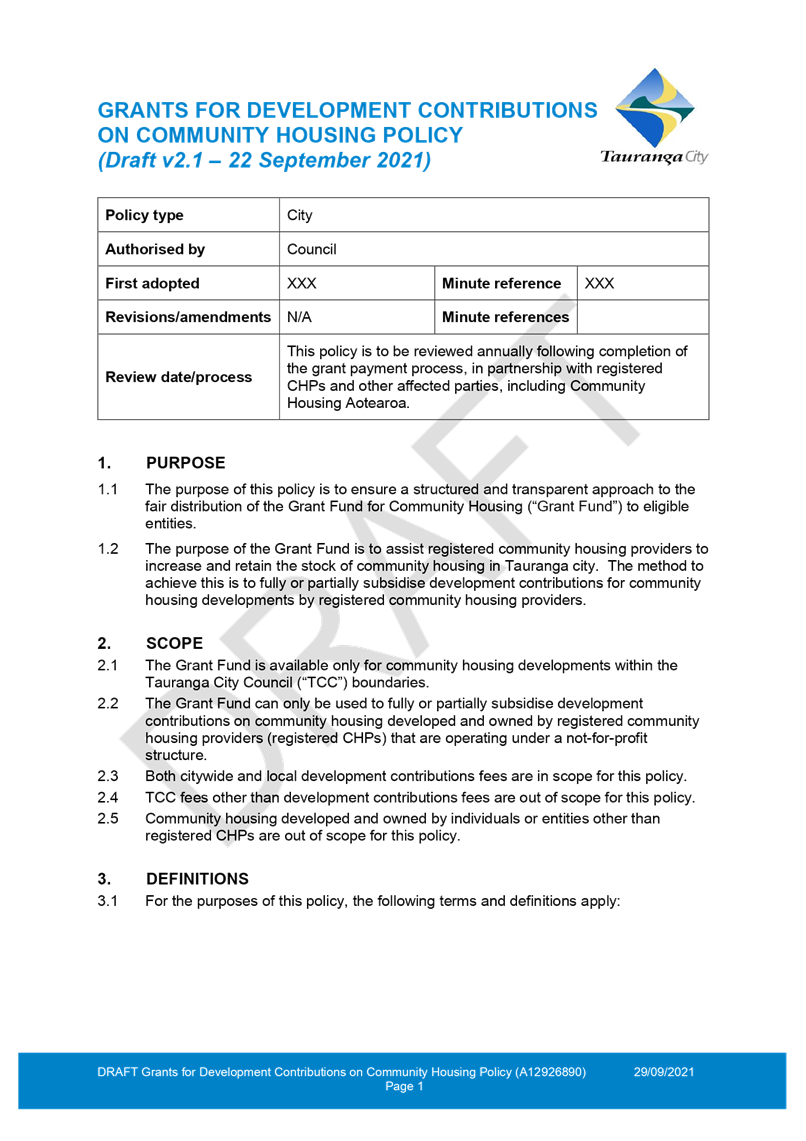
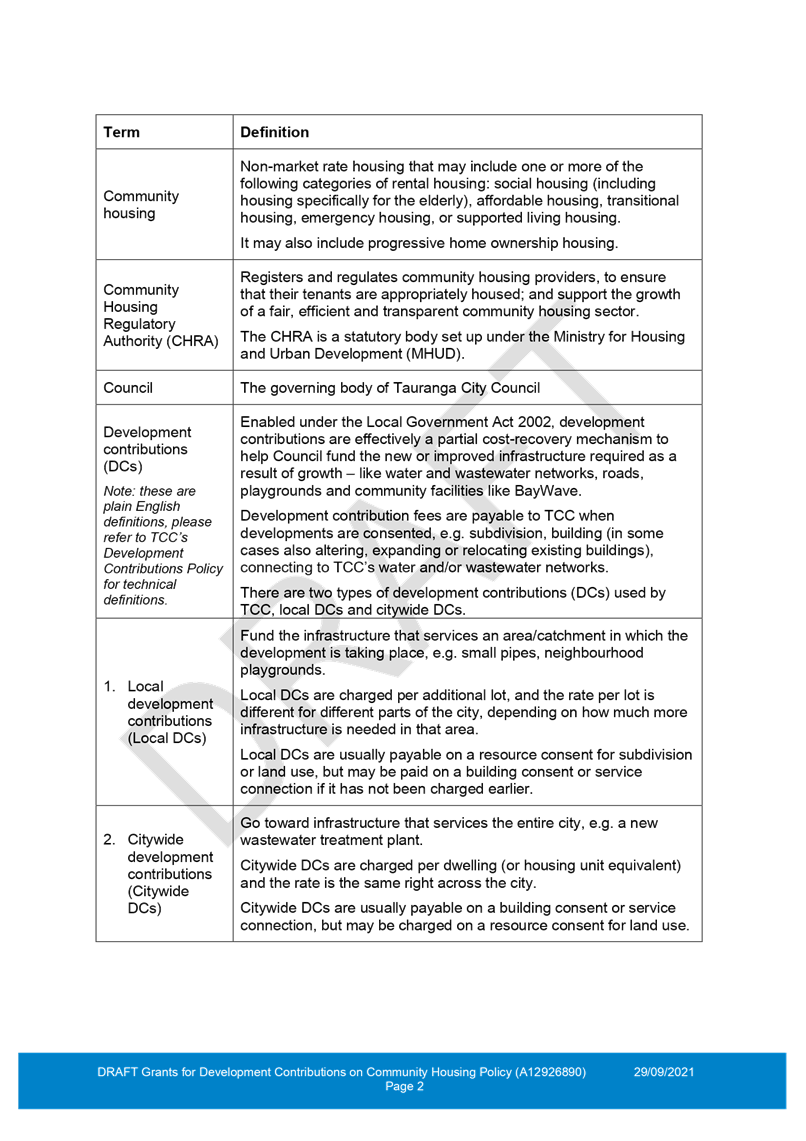
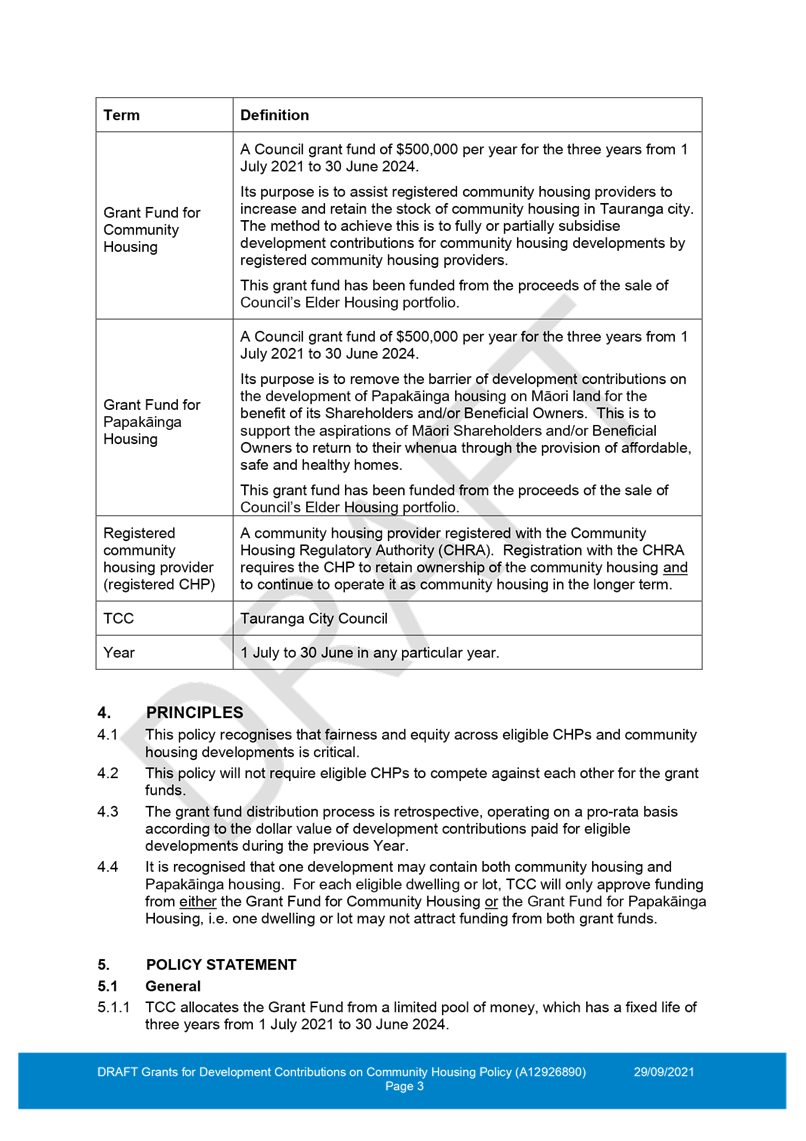
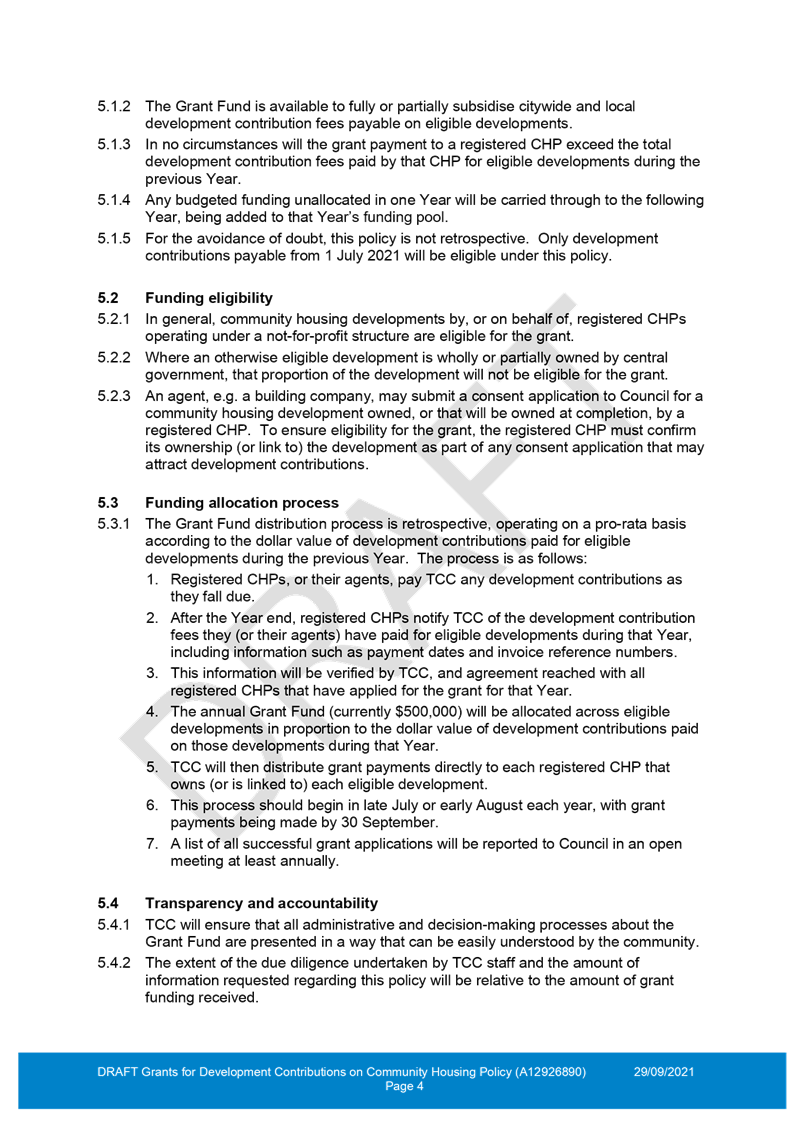
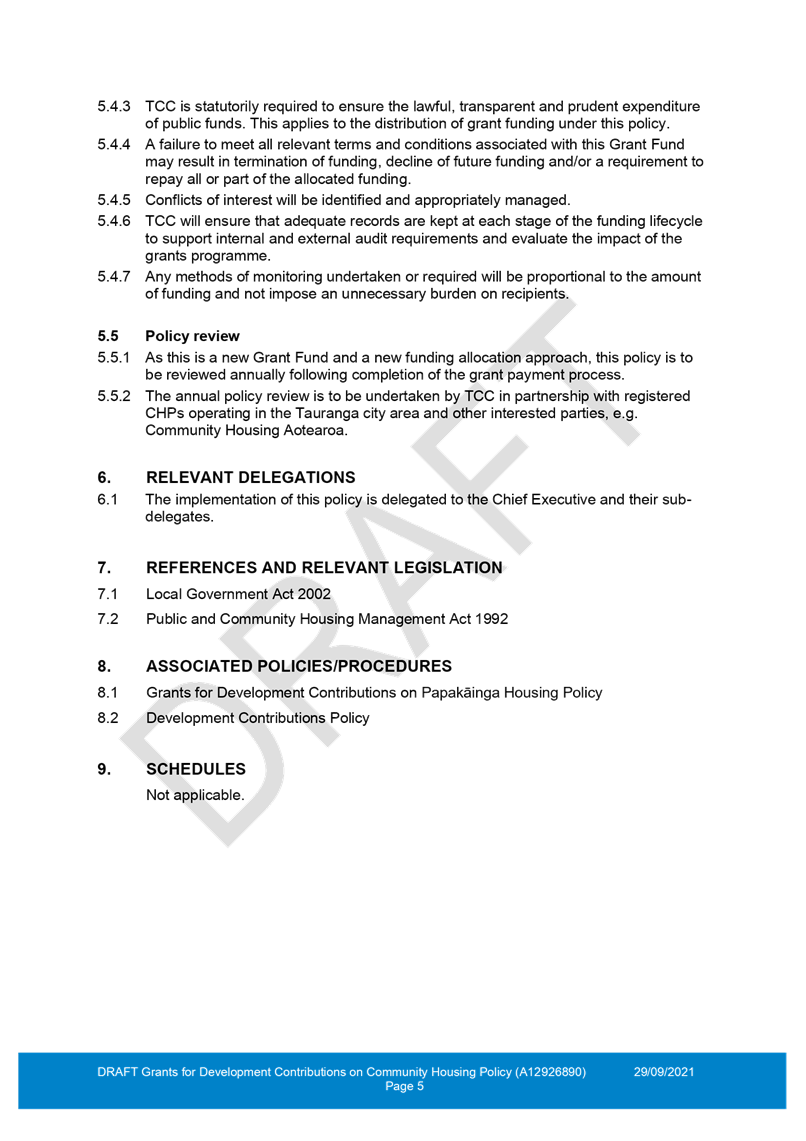
|
Ordinary Council meeting Agenda
|
4 October 2021
|
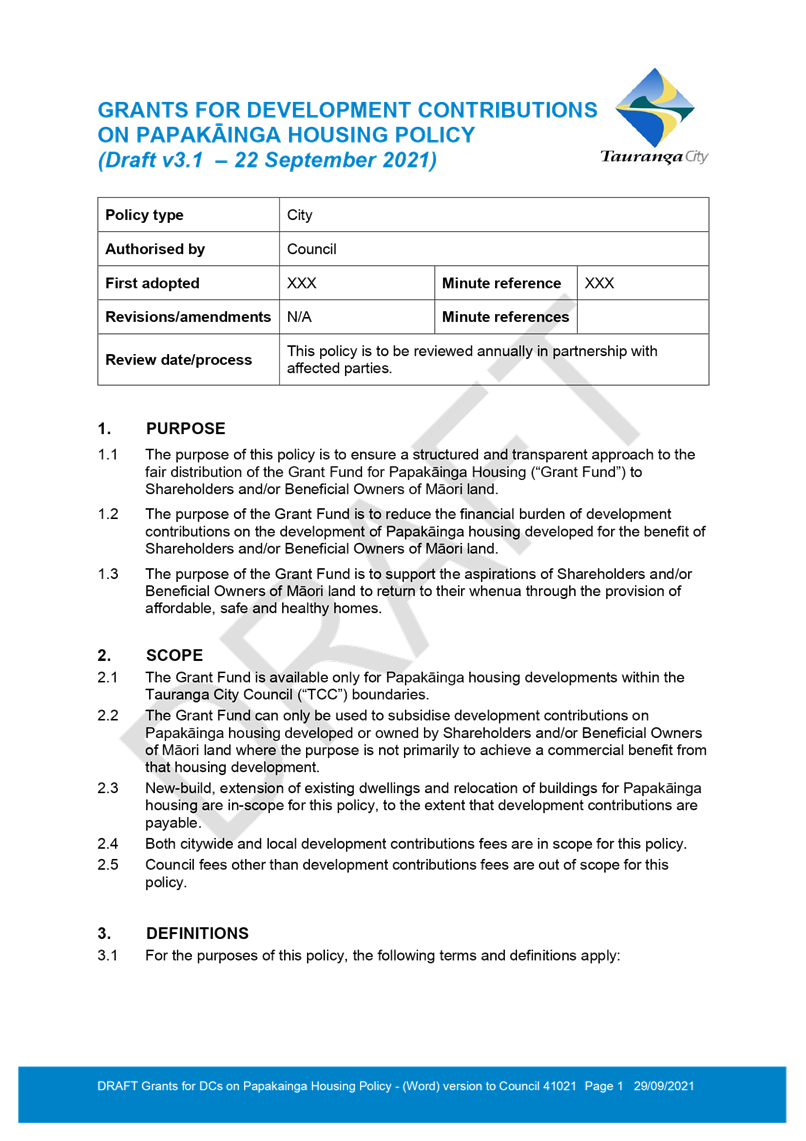
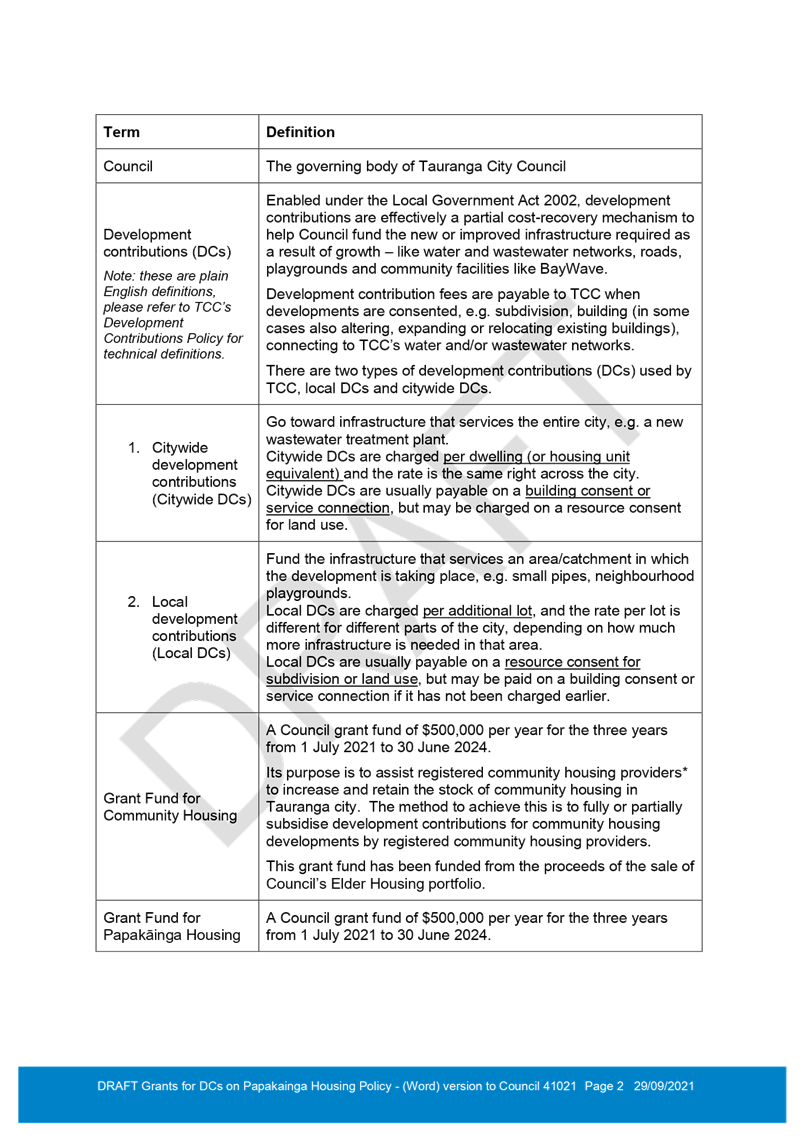
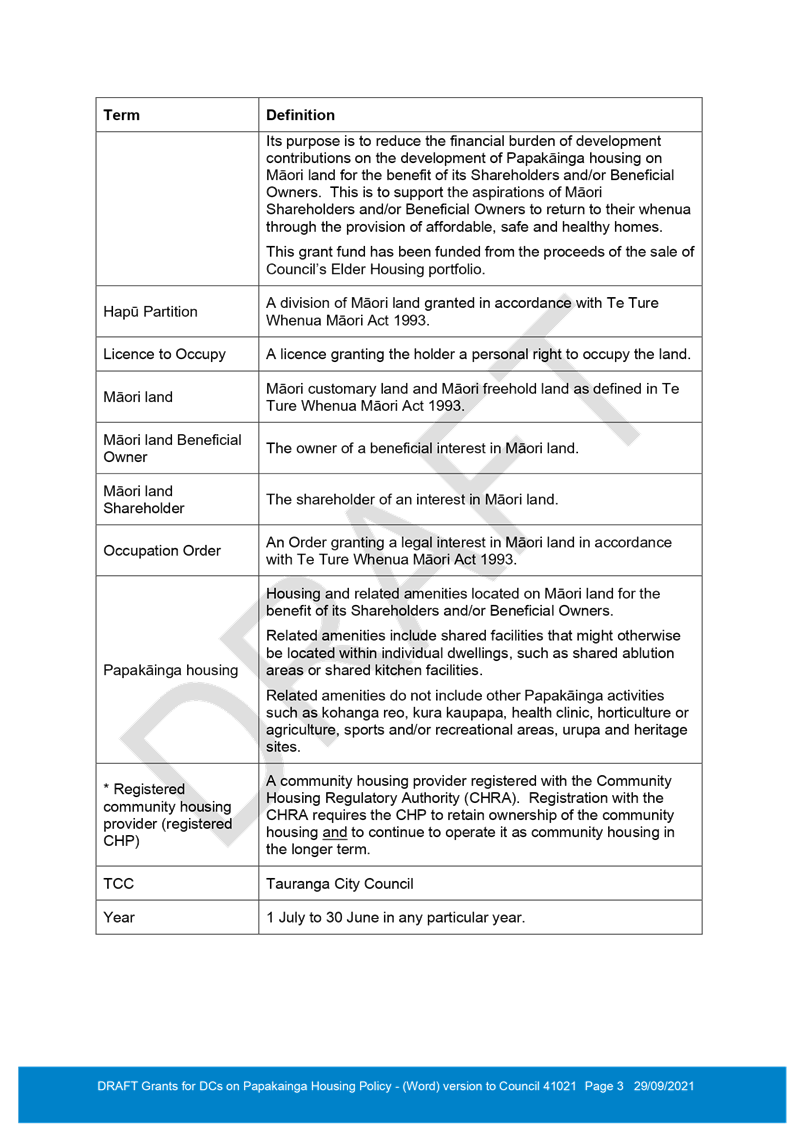
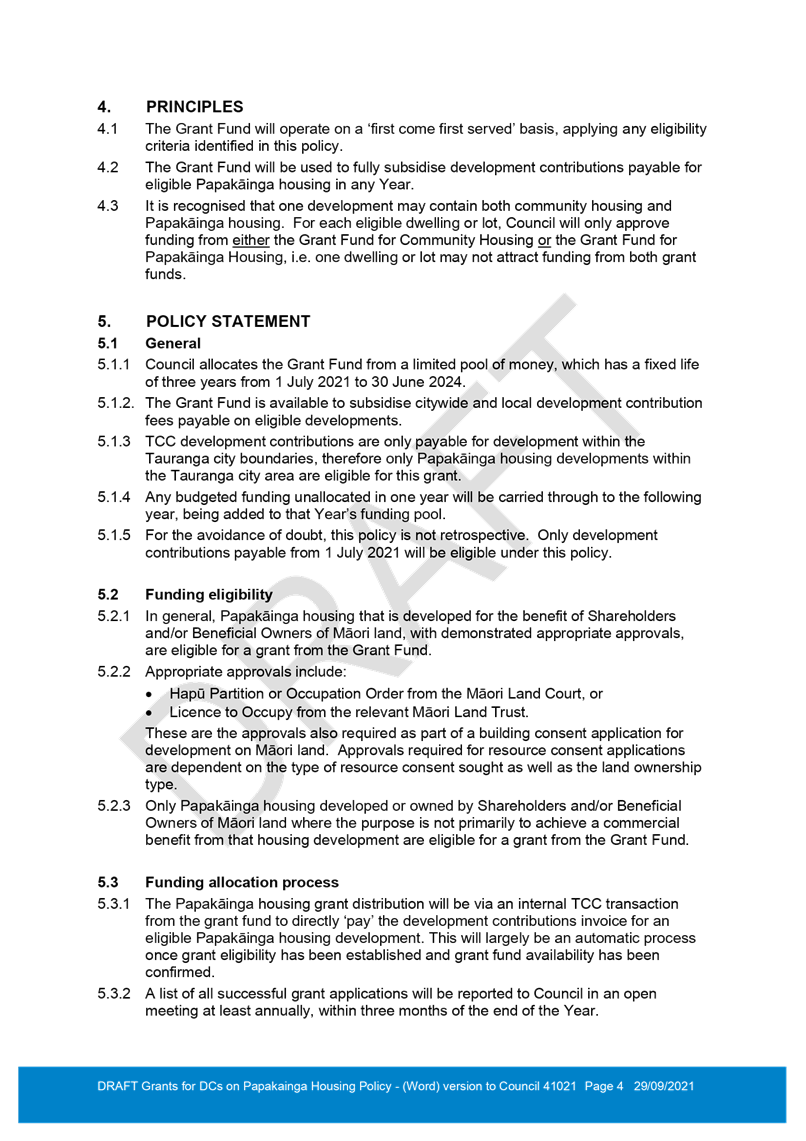
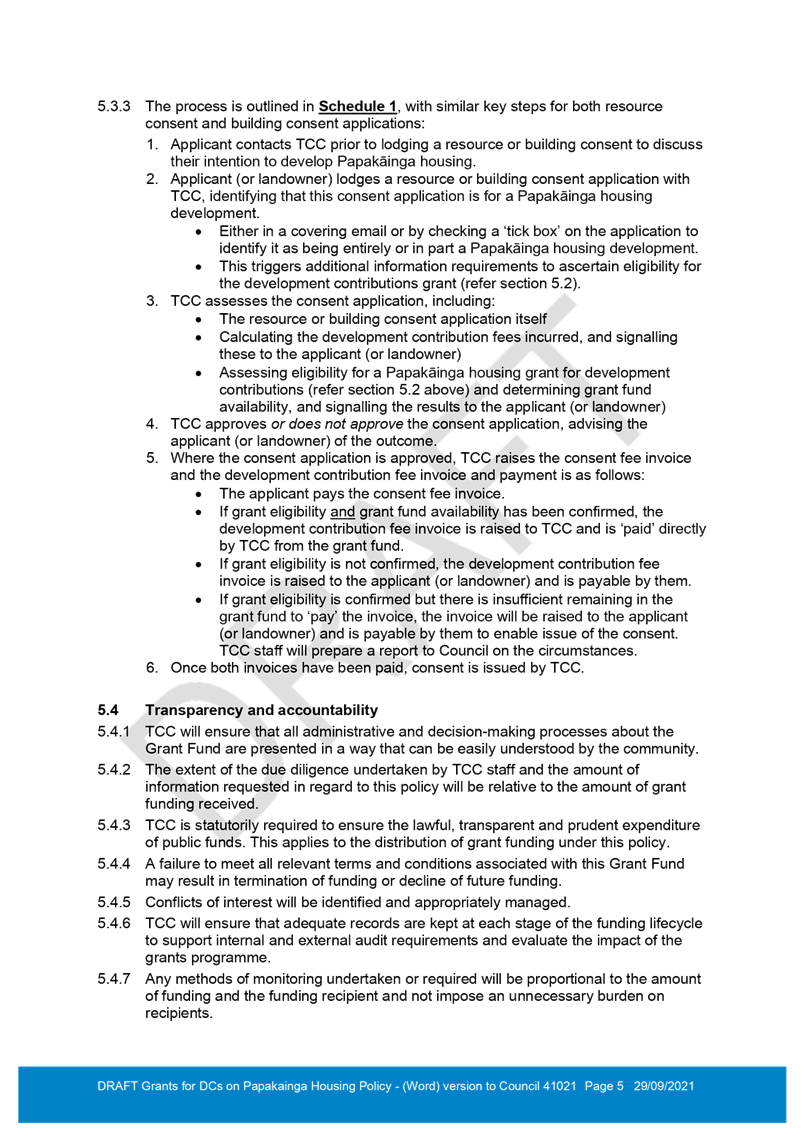
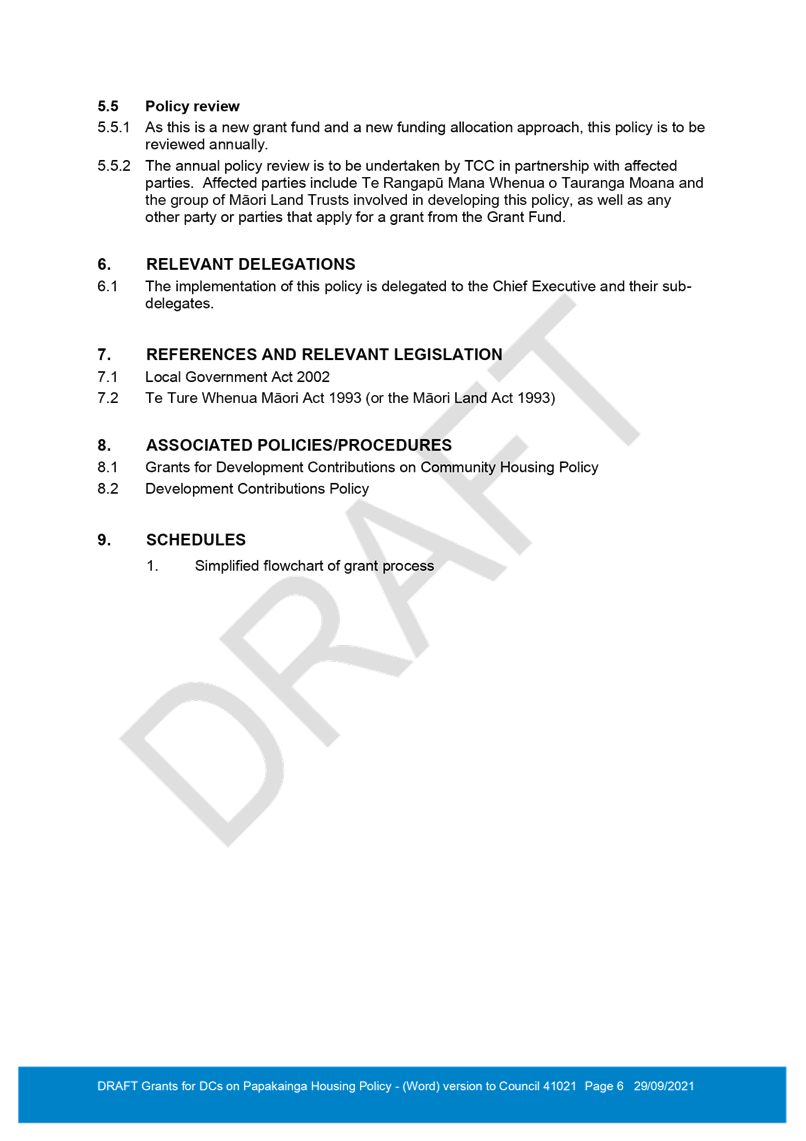
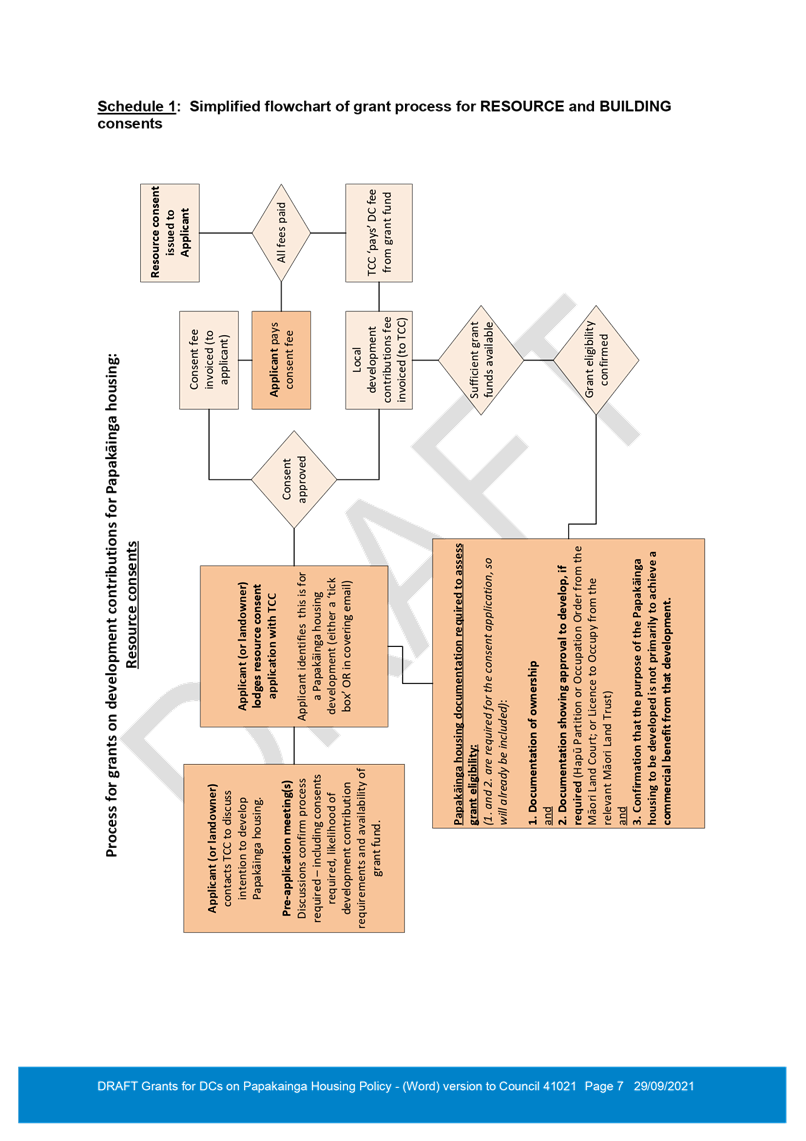
13 Public
Excluded Session
RESOLUTION TO EXCLUDE
THE PUBLIC
|
Recommendations
That the public be
excluded from the following parts of the proceedings of this meeting.
The general subject
matter of each matter to be considered while the public is excluded, the
reason for passing this resolution in relation to each matter, and the
specific grounds under section 48 of the Local Government Official
Information and Meetings Act 1987 for the passing of this resolution are as
follows:
|
General subject of each matter to be
considered
|
Reason for passing this resolution in
relation to each matter
|
Ground(s) under section 48 for the
passing of this resolution
|
|
13.1 - Public Excluded Minutes of the
Council meeting held on 13 September 2021
|
s6(b) - The making available of the information
would be likely to endanger the safety of any person
s7(2)(a) - The withholding of the information is
necessary to protect the privacy of natural persons, including that of
deceased natural persons
s7(2)(b)(i) - The withholding of the information
is necessary to protect information where the making available of the
information would disclose a trade secret
s7(2)(b)(ii) - The withholding of the information
is necessary to protect information where the making available of the
information would be likely unreasonably to prejudice the commercial
position of the person who supplied or who is the subject of the
information
s7(2)(h) - The withholding of the information is
necessary to enable Council to carry out, without prejudice or
disadvantage, commercial activities
s7(2)(j) - The withholding of the information is
necessary to prevent the disclosure or use of official information for
improper gain or improper advantage
|
s48(1)(a) - the public conduct of the relevant
part of the proceedings of the meeting would be likely to result in the
disclosure of information for which good reason for withholding would exist
under section 6 or section 7
|
|
13.2 - Public Excluded Minutes of the
Council meeting held on 12 July 2021
|
s7(2)(a) - The withholding of the information is
necessary to protect the privacy of natural persons, including that of
deceased natural persons
|
s48(1)(a) - the public conduct of the relevant
part of the proceedings of the meeting would be likely to result in the
disclosure of information for which good reason for withholding would exist
under section 6 or section 7
|
|
13.3 - Sale of the Elder Housing
Portfolio to Kāinga Ora: Homes and Communities
|
s7(2)(i) - The withholding of the information is
necessary to enable Council to carry on, without prejudice or disadvantage,
negotiations (including commercial and industrial negotiations)
|
s48(1)(a) - the public conduct of the relevant
part of the proceedings of the meeting would be likely to result in the
disclosure of information for which good reason for withholding would exist
under section 6 or section 7
|
|
13.4 - Papamoa East Infrastructure
Corridor Planning
|
s7(2)(i) - The withholding of the information is
necessary to enable Council to carry on, without prejudice or disadvantage,
negotiations (including commercial and industrial negotiations)
|
s48(1)(a) - the public conduct of the relevant
part of the proceedings of the meeting would be likely to result in the
disclosure of information for which good reason for withholding would exist
under section 6 or section 7
|
|
13.5 - Procurement of Plant Material
for the Kopurererua Stream Realignment Project
|
s7(2)(i) - The withholding of the information is
necessary to enable Council to carry on, without prejudice or disadvantage,
negotiations (including commercial and industrial negotiations)
|
s48(1)(a) - the public conduct of the relevant
part of the proceedings of the meeting would be likely to result in the
disclosure of information for which good reason for withholding would exist
under section 6 or section 7
|
|
14 Closing
Karakia


















































































































































